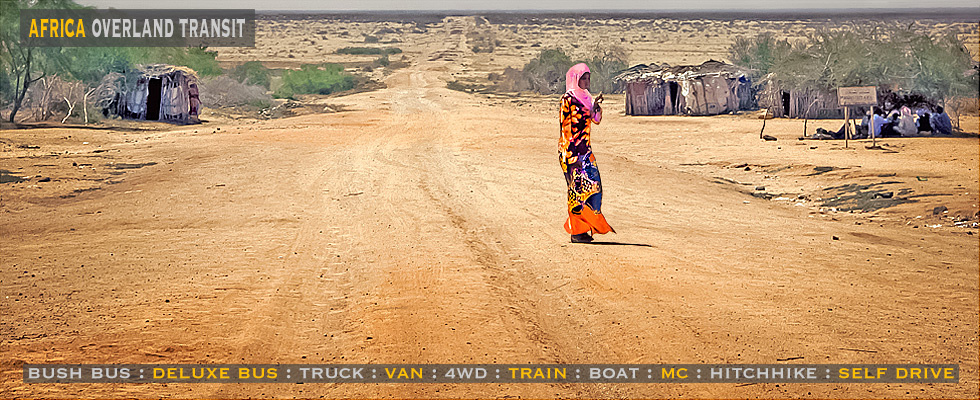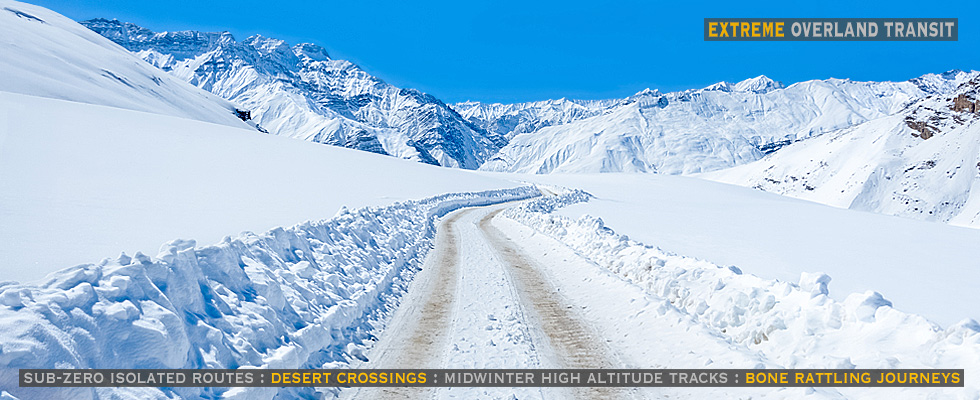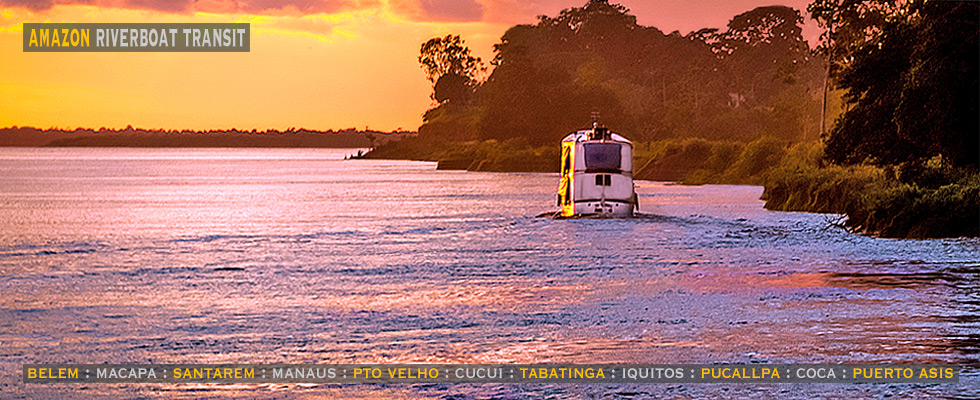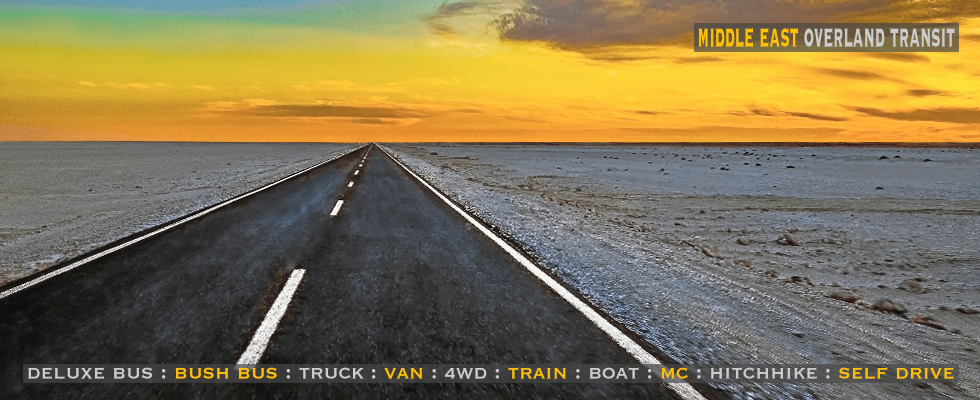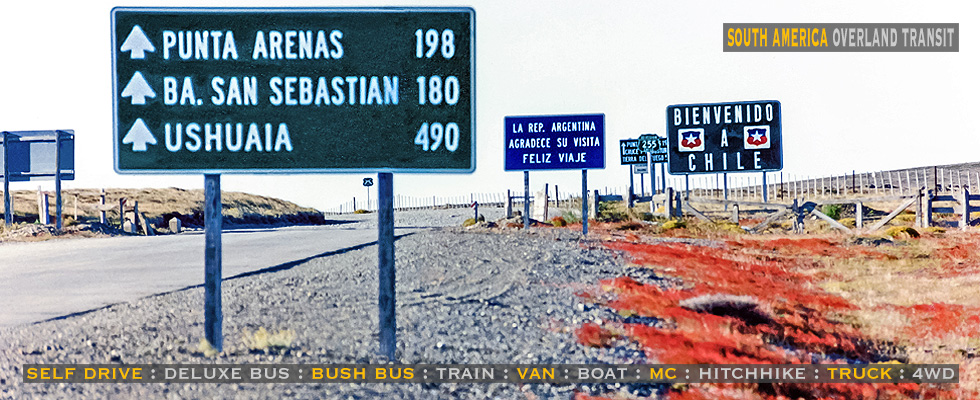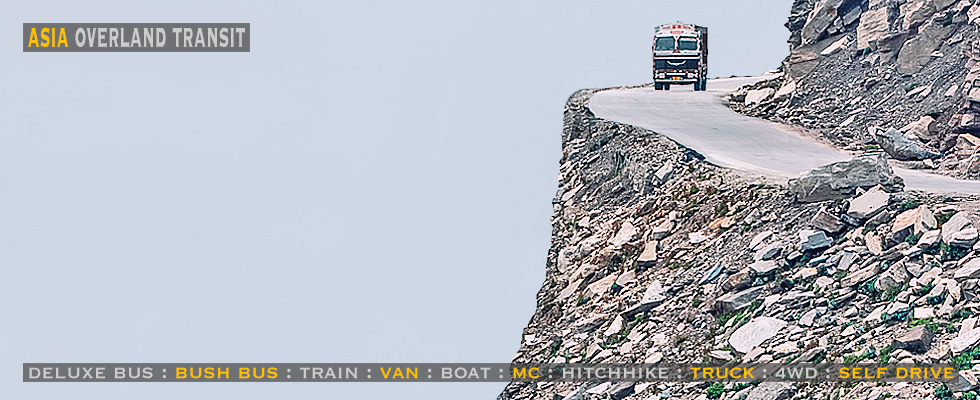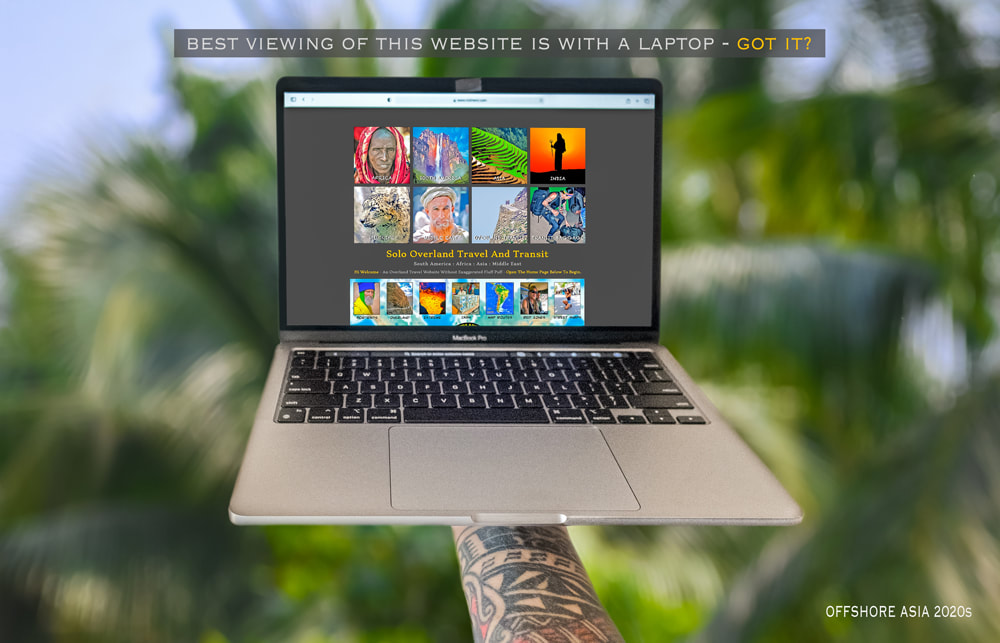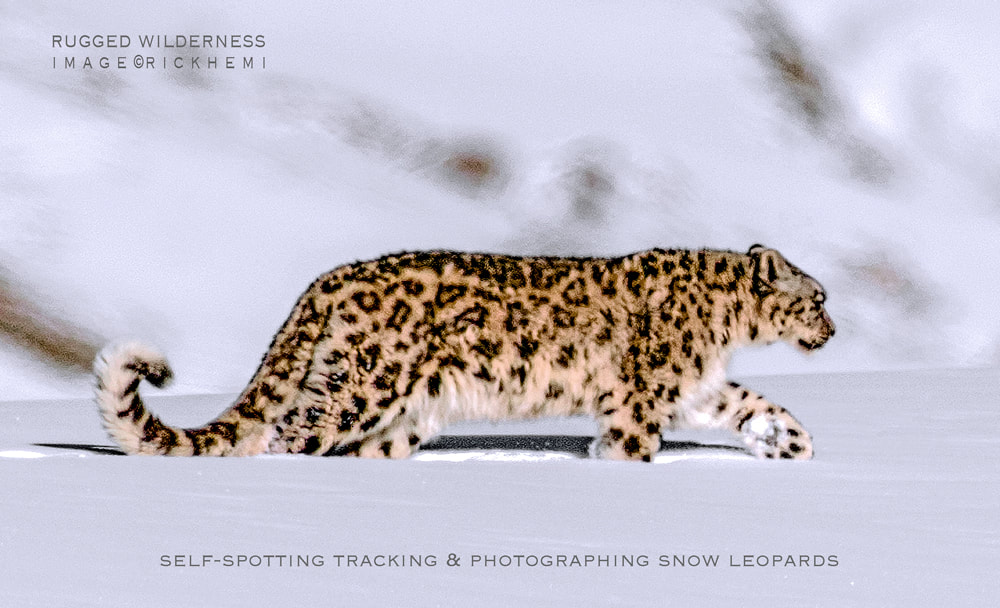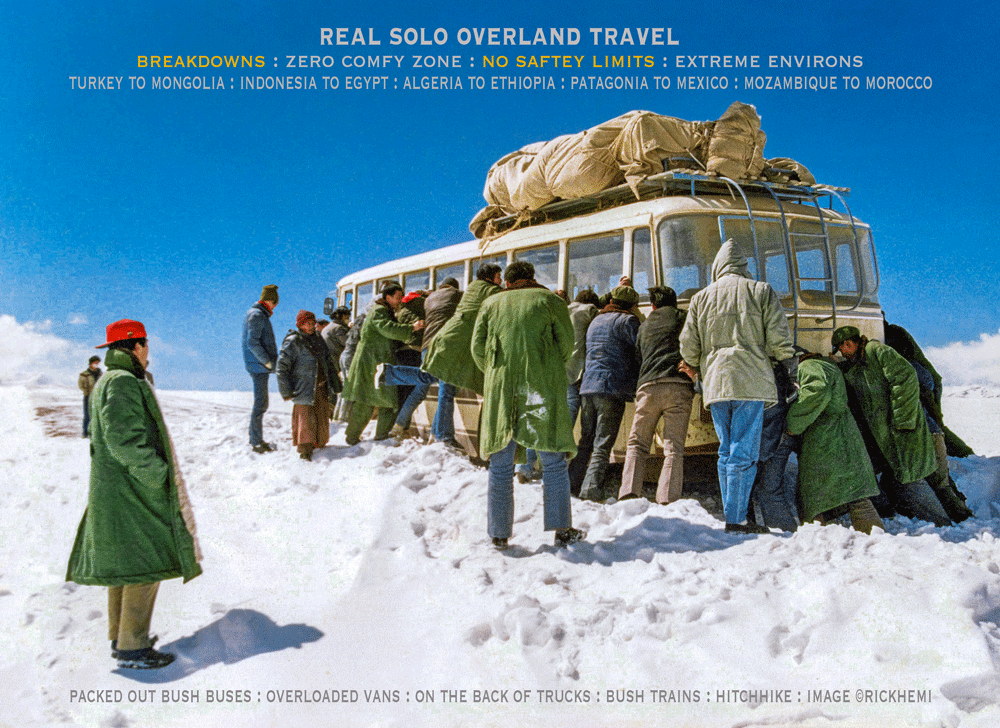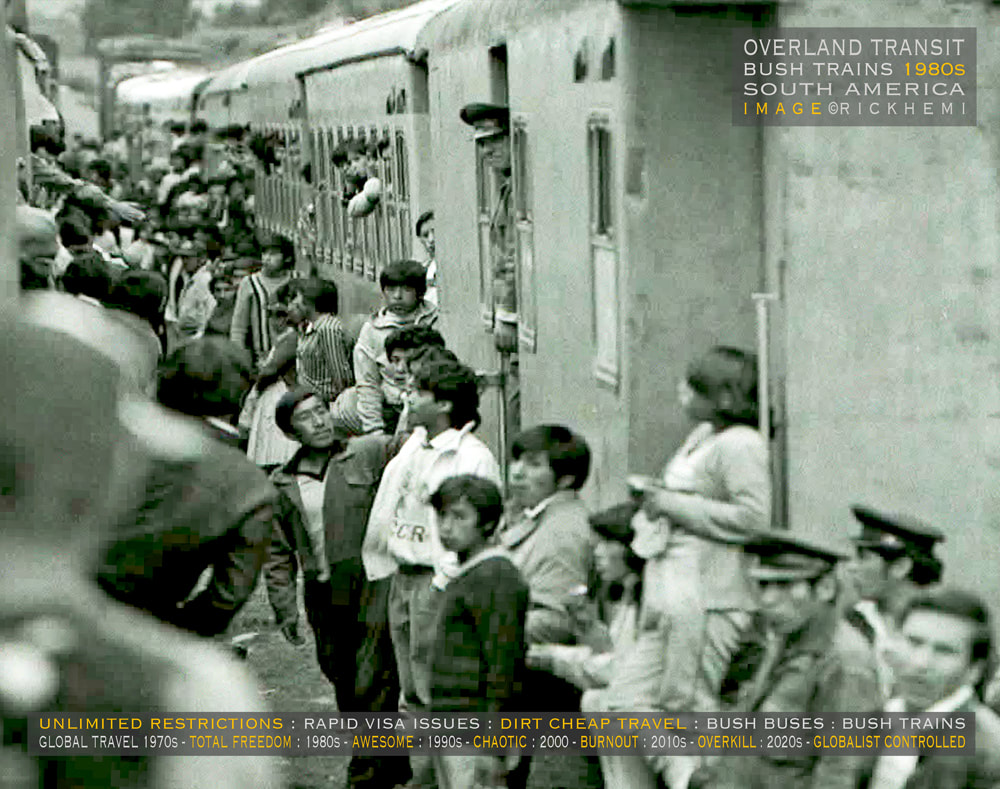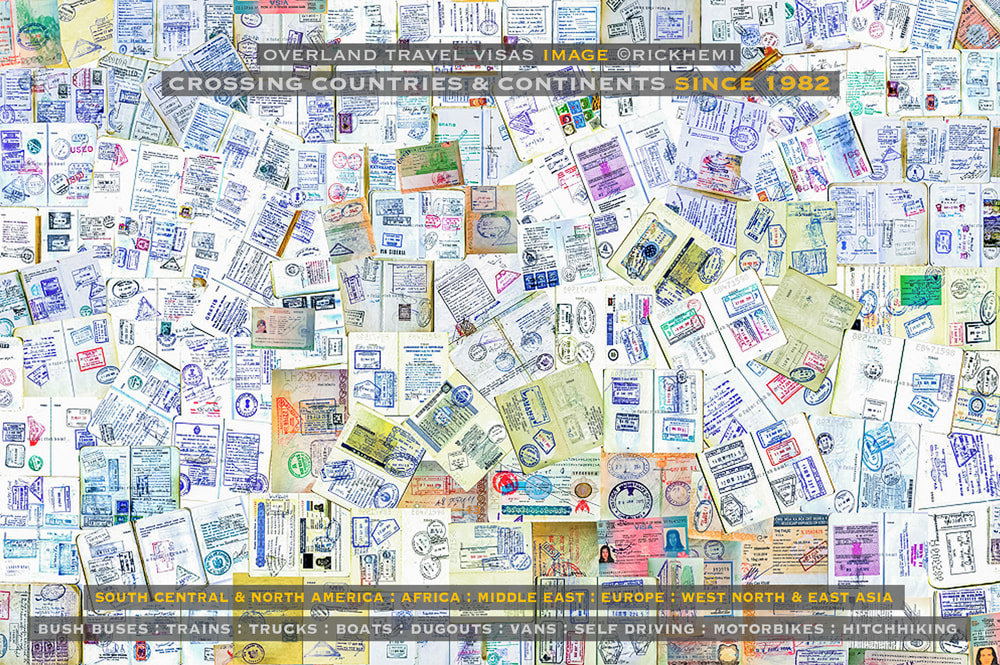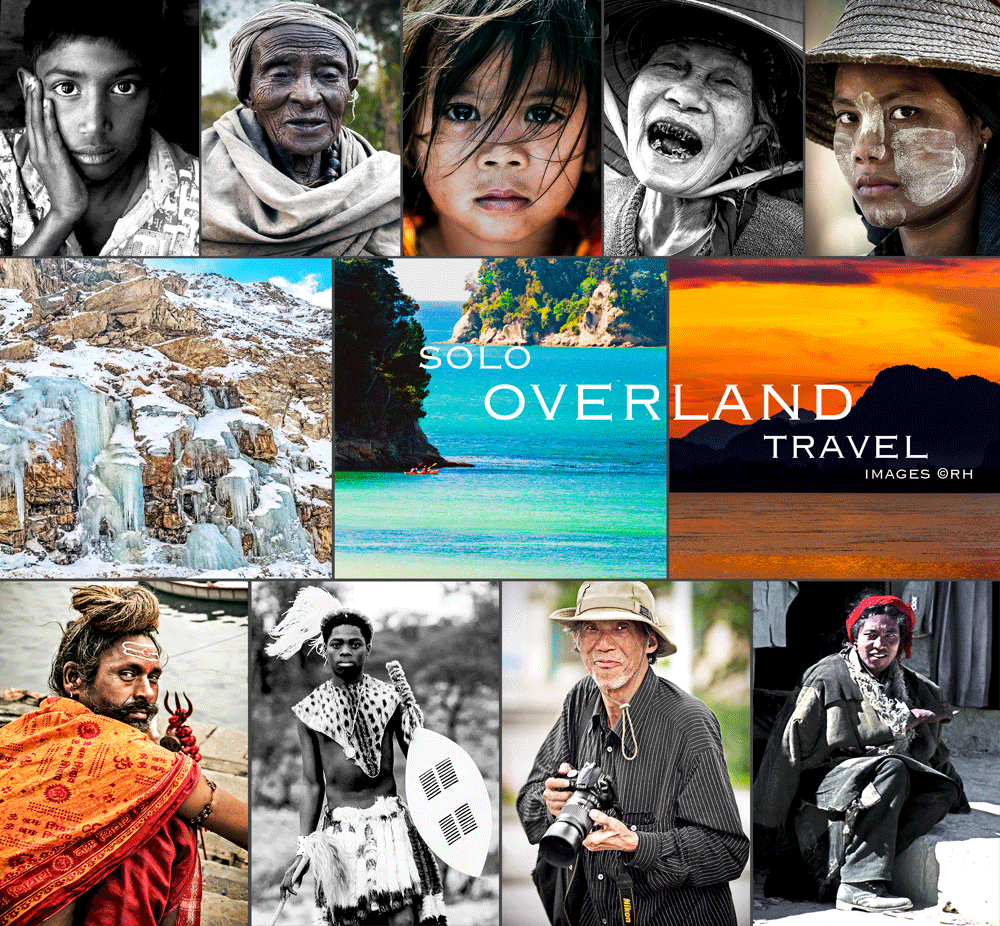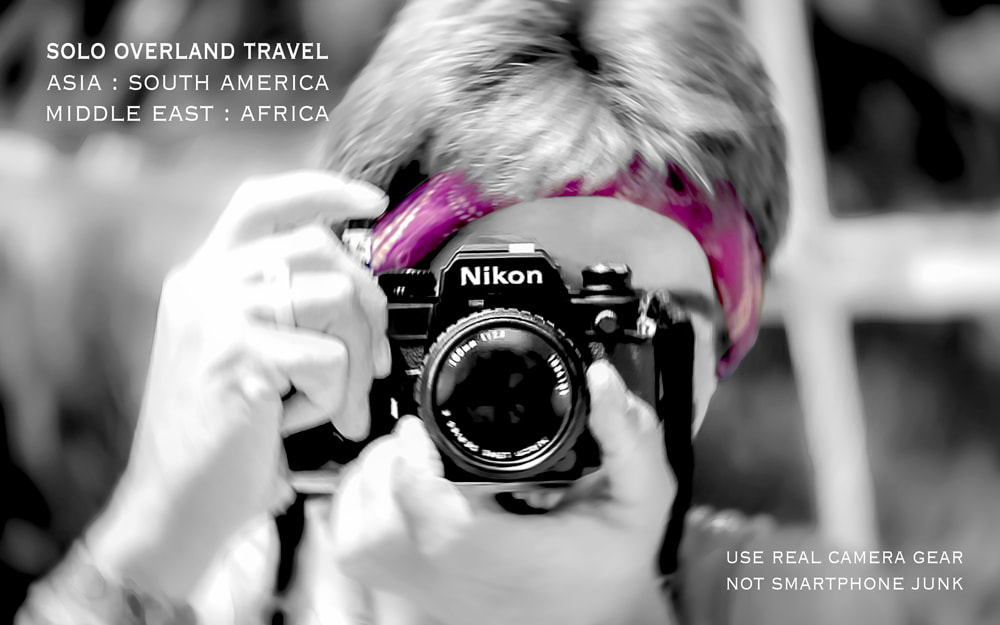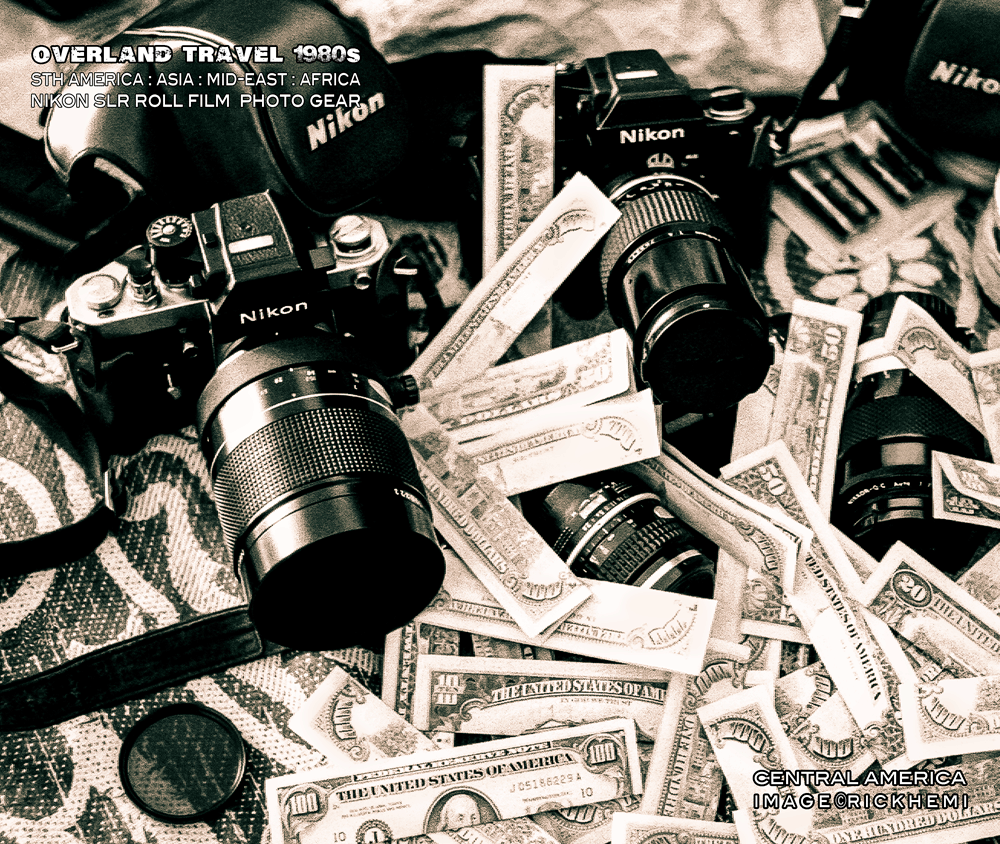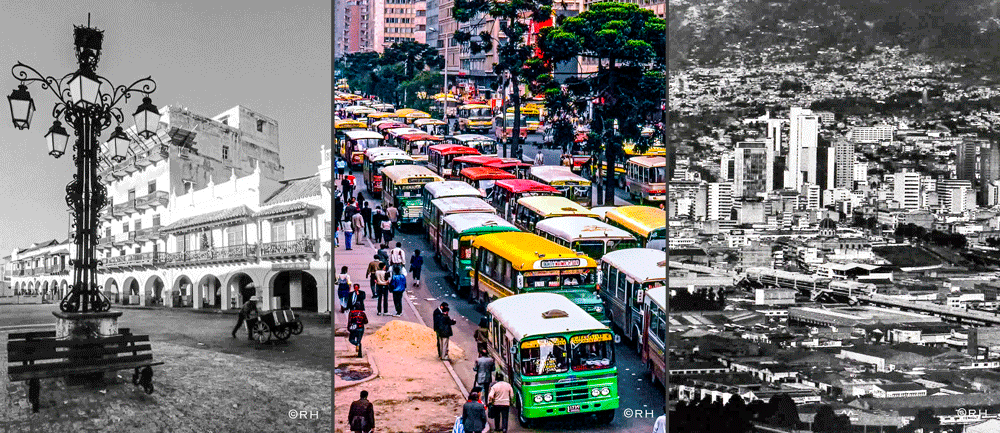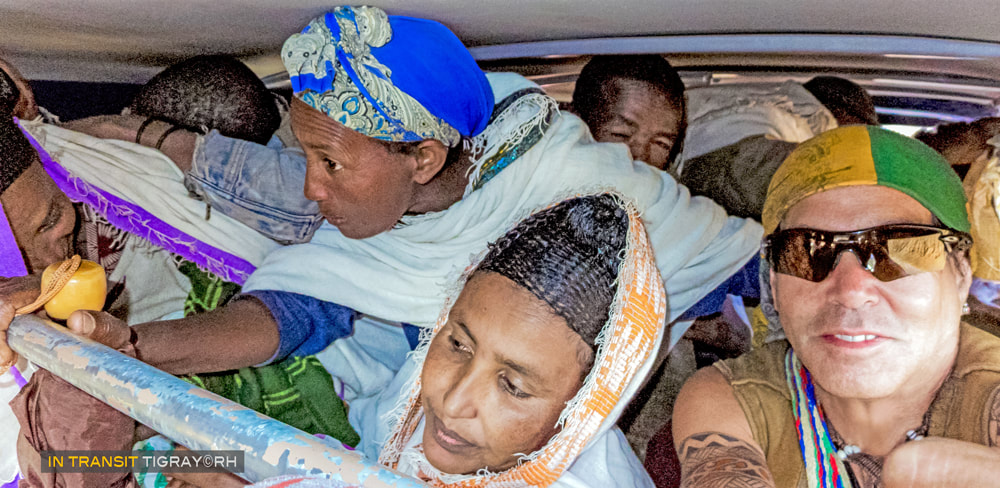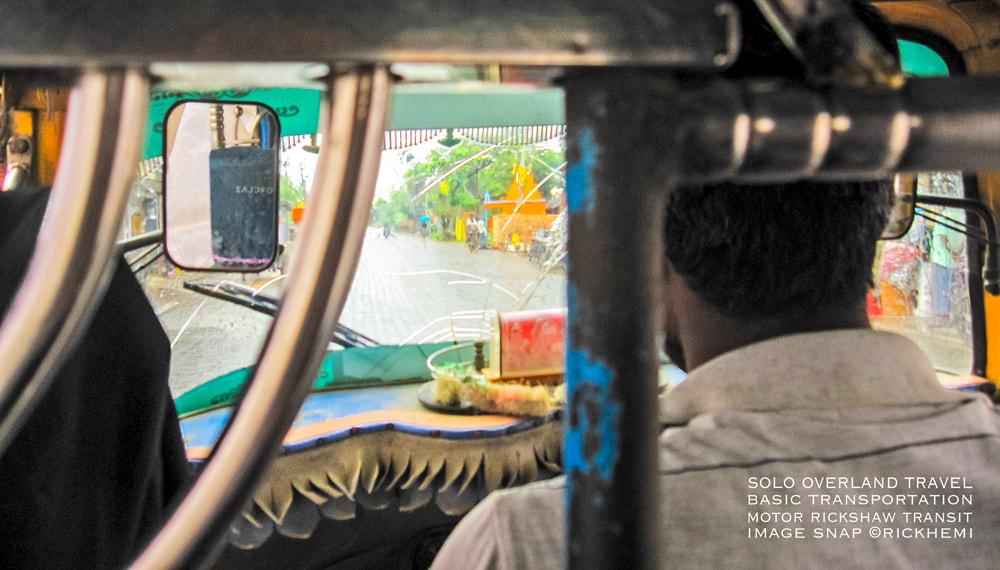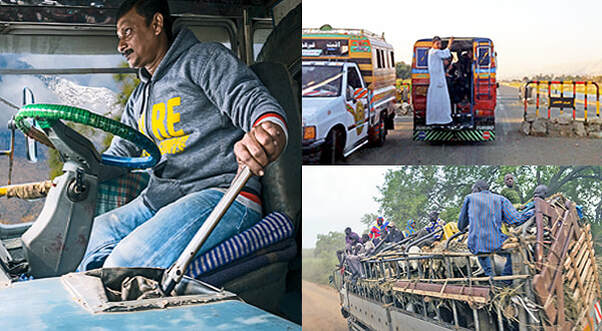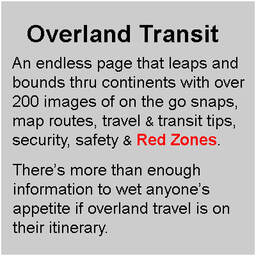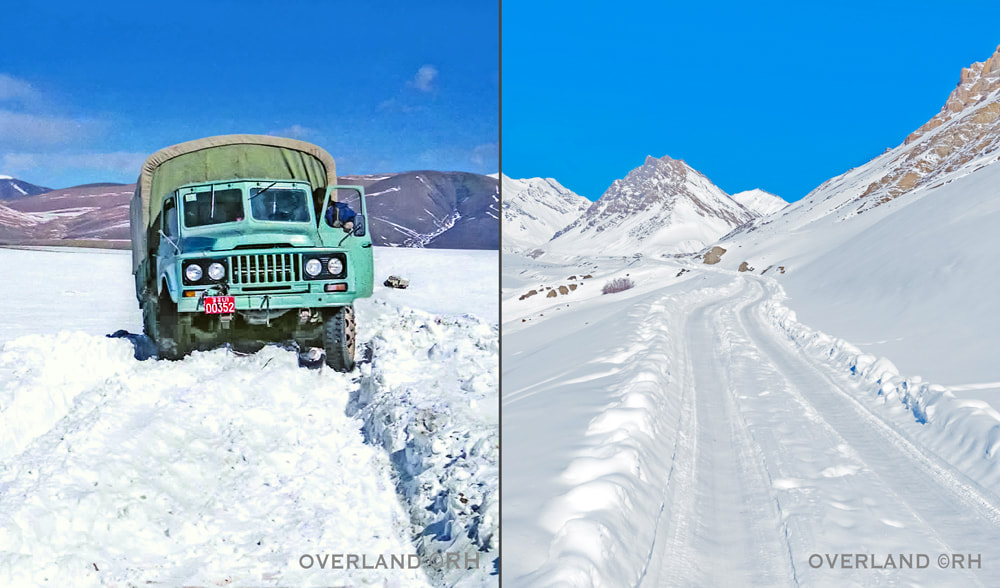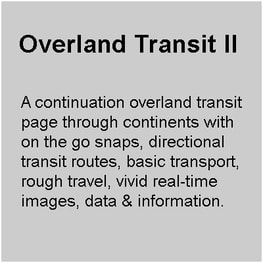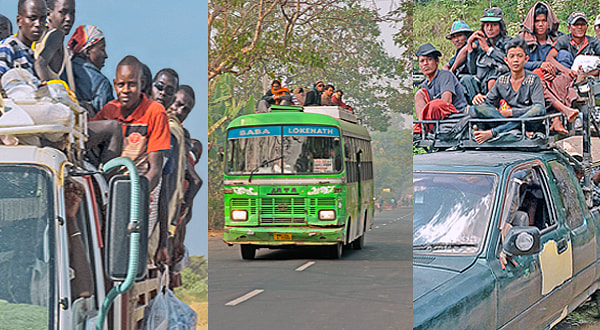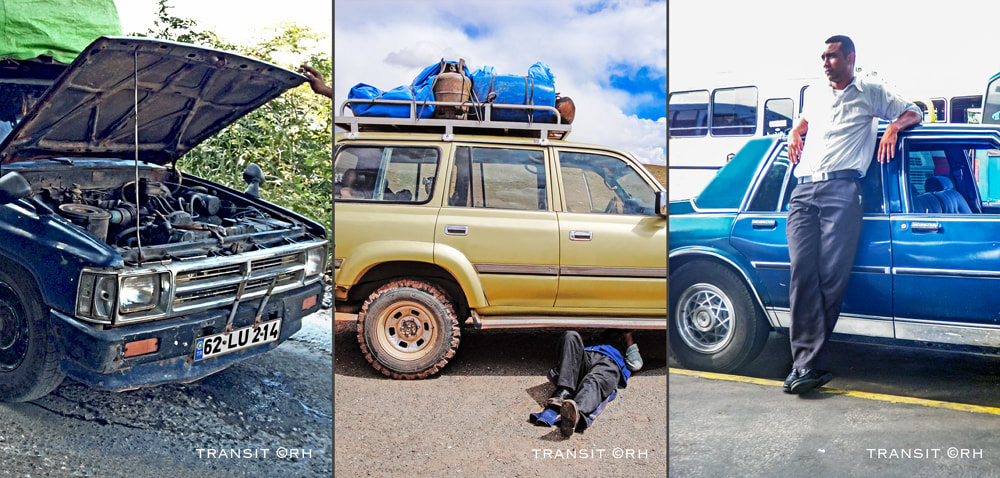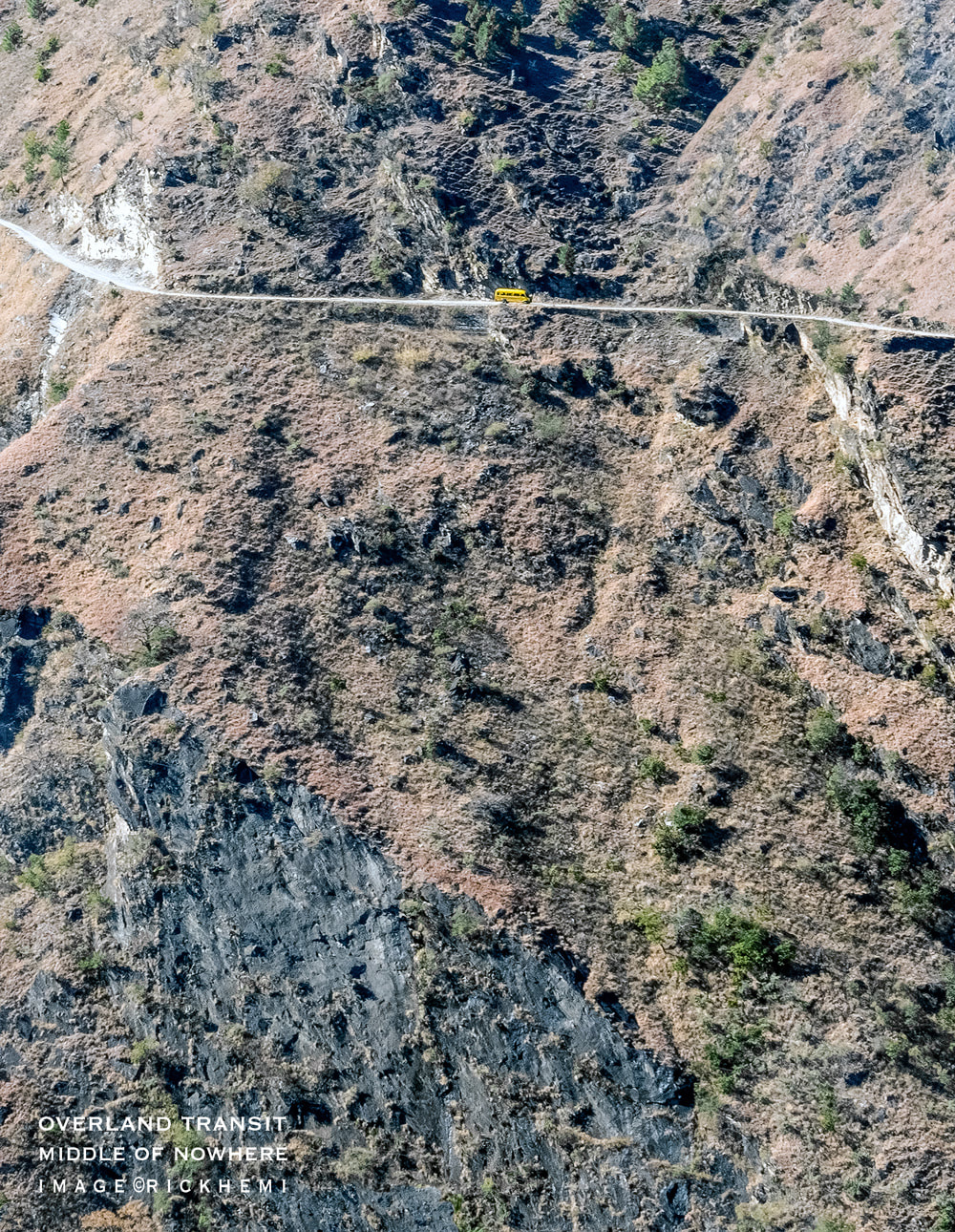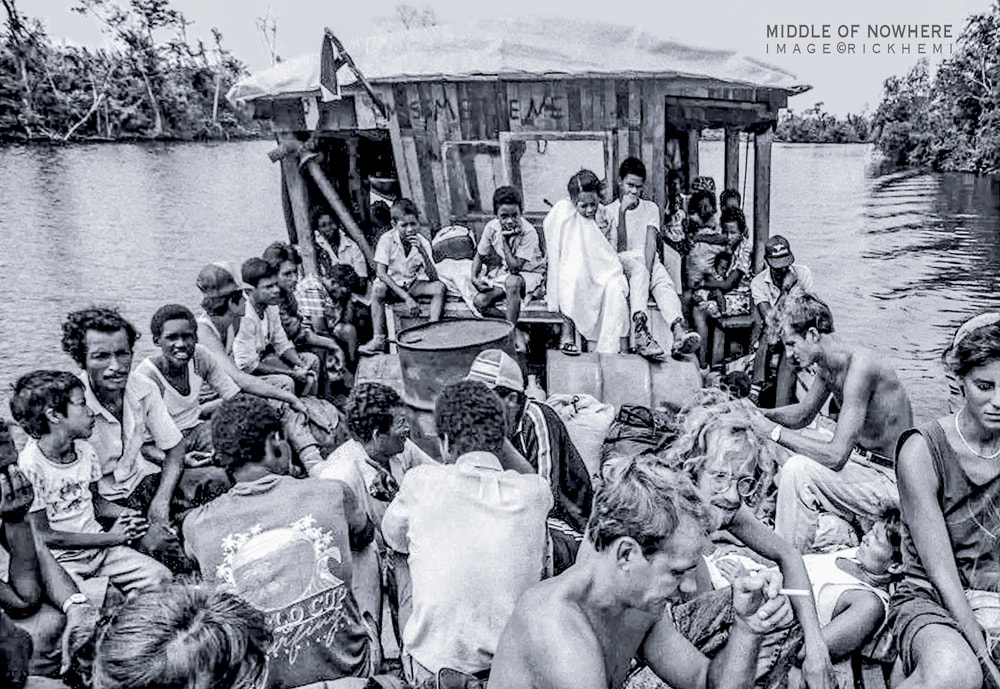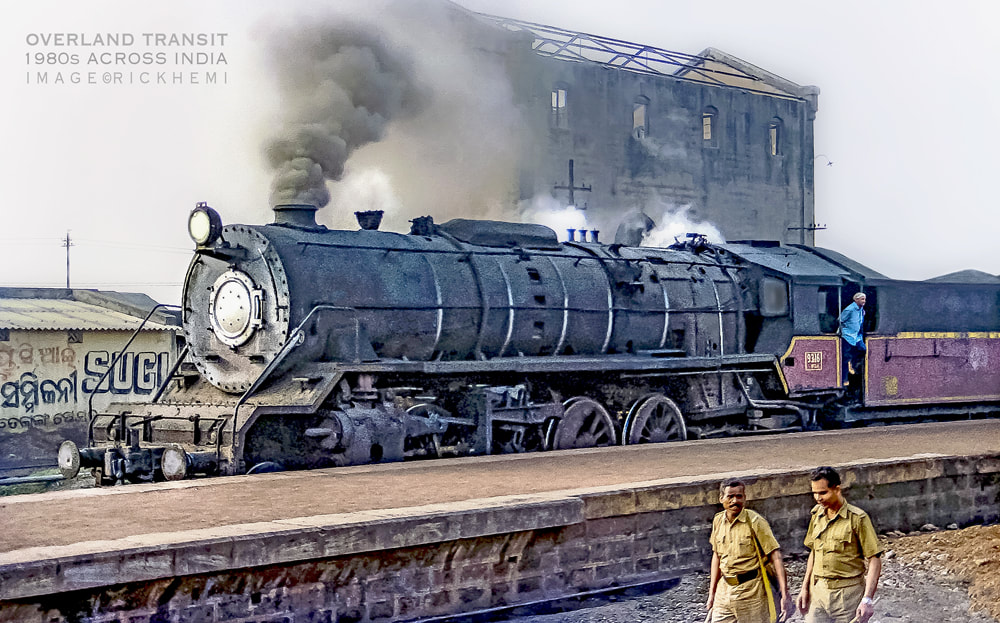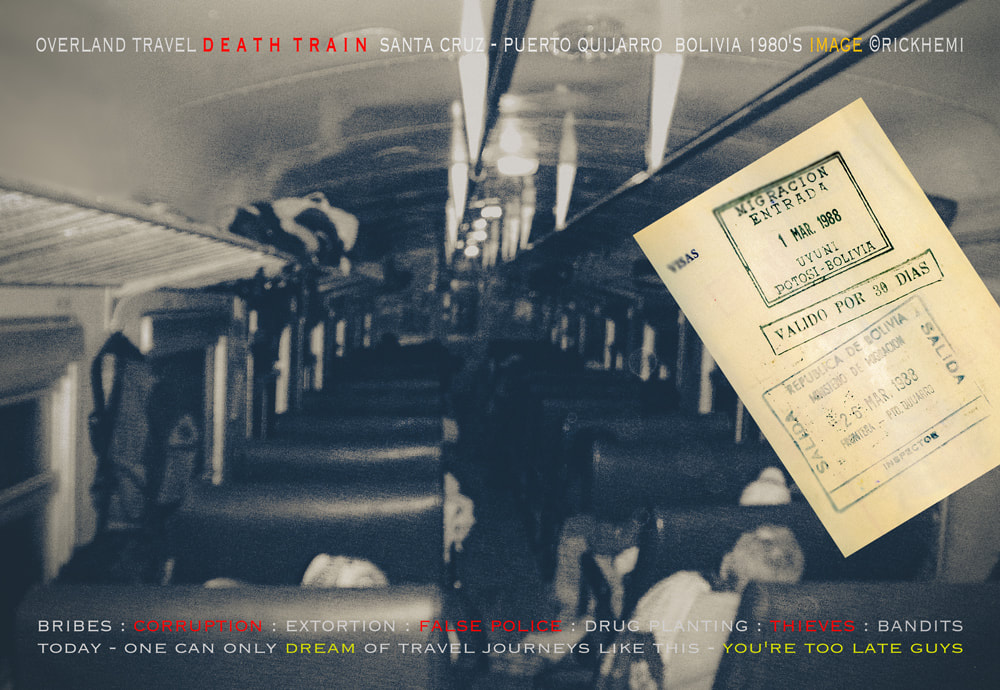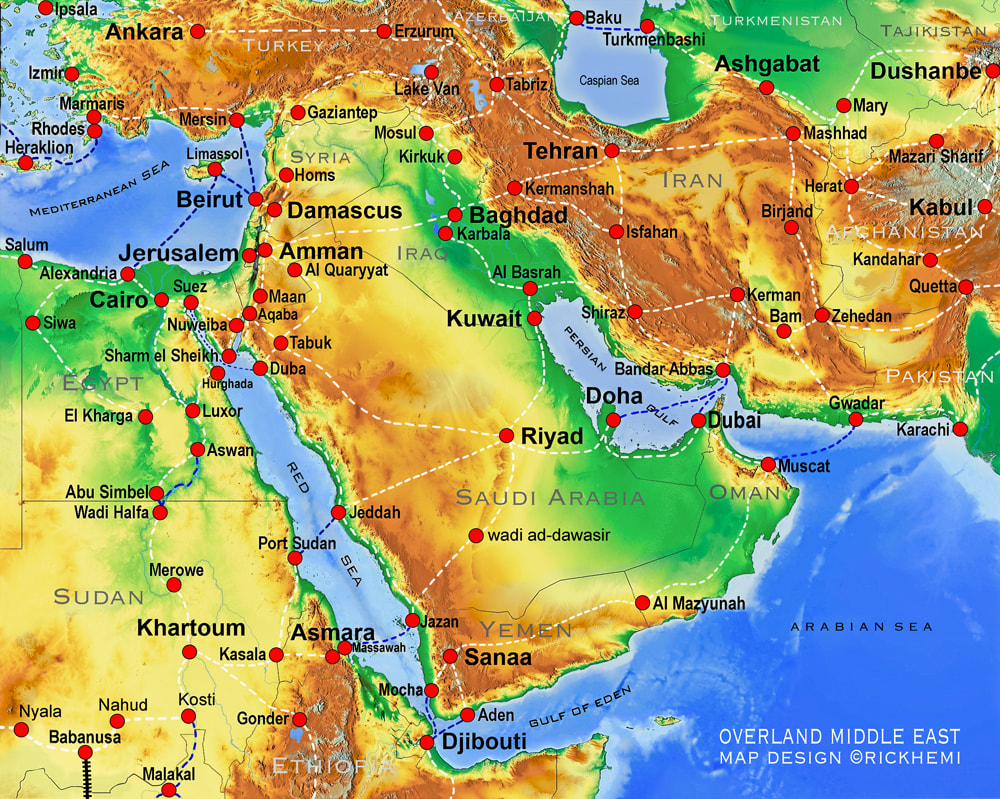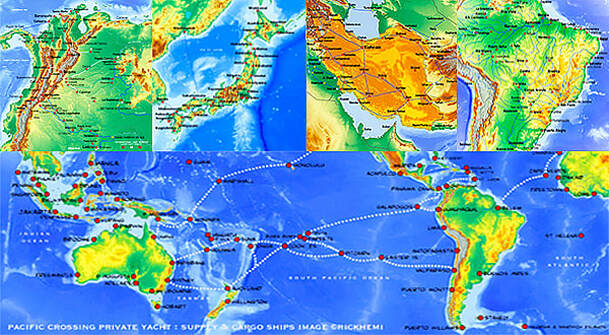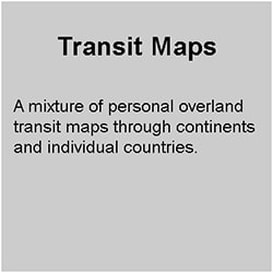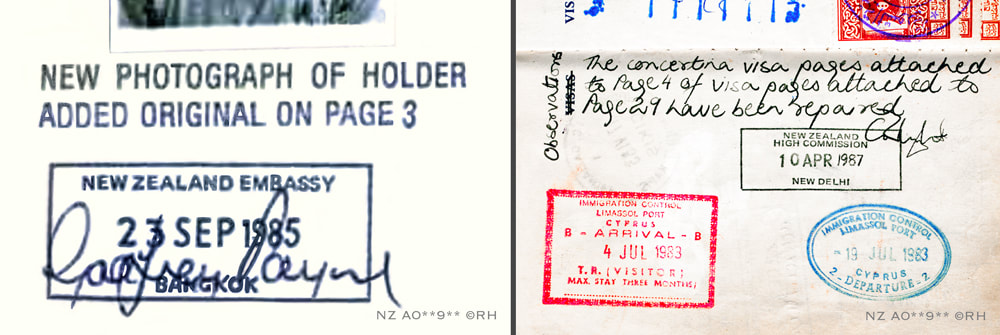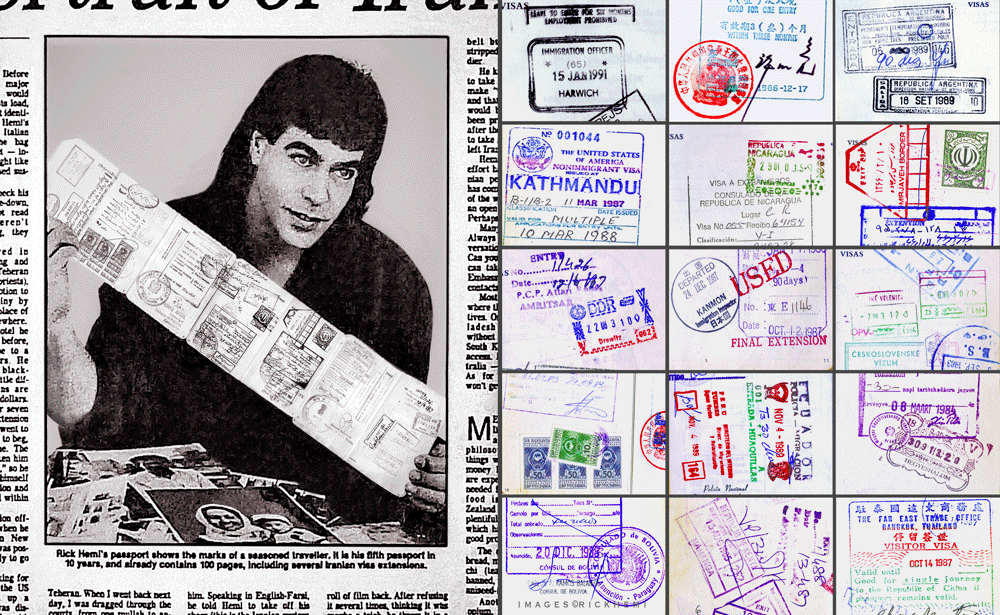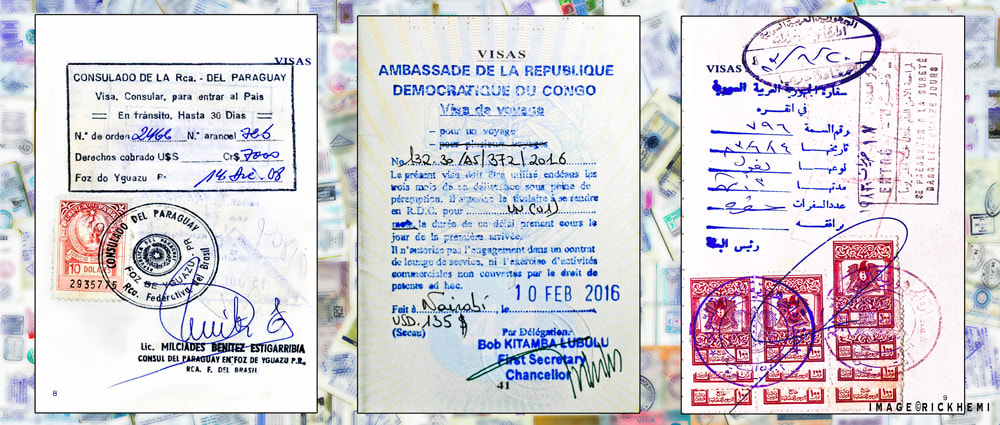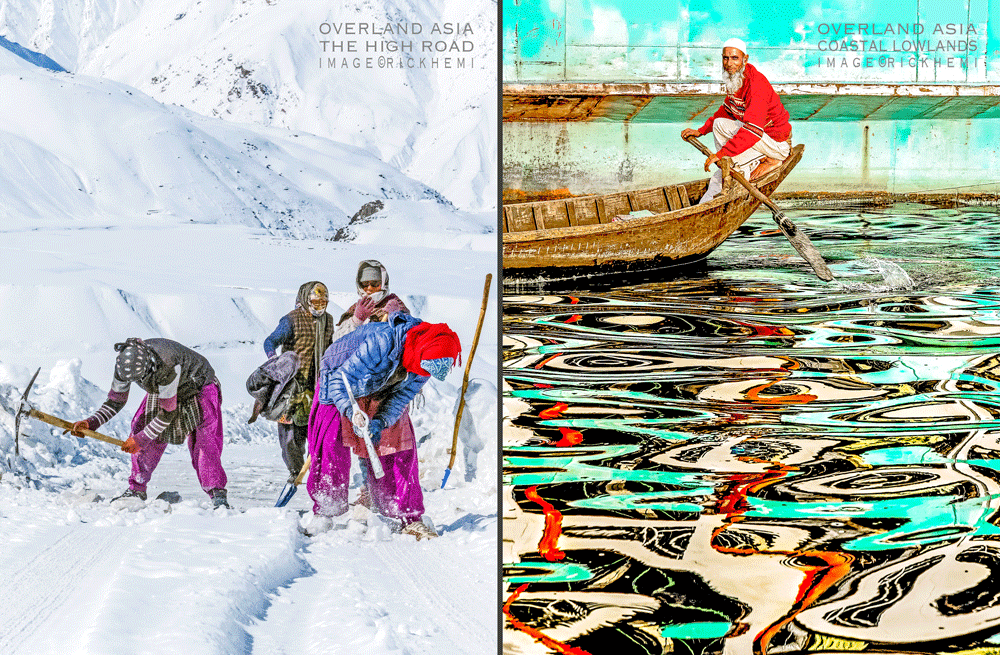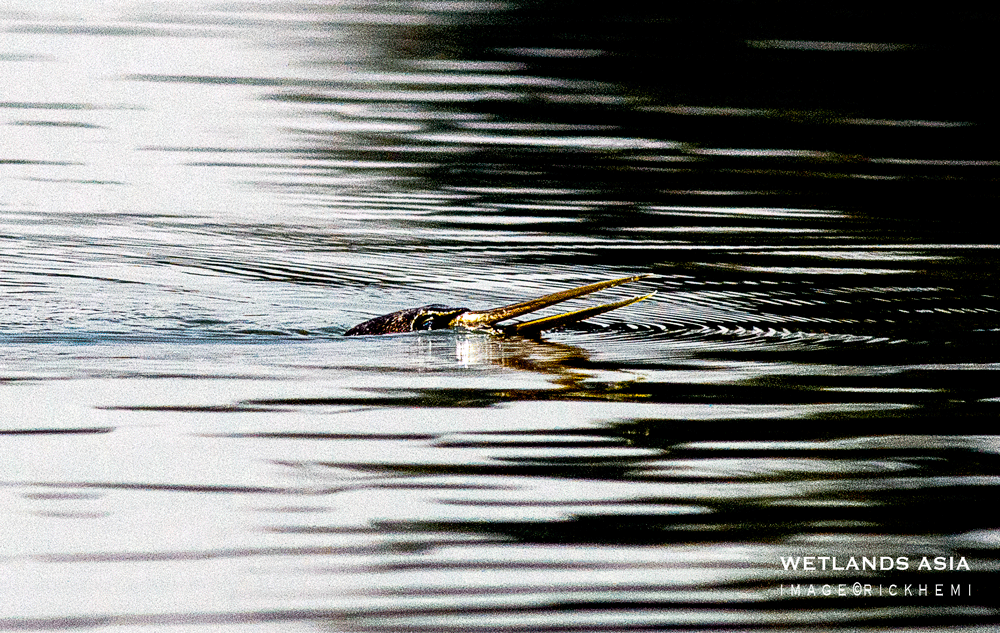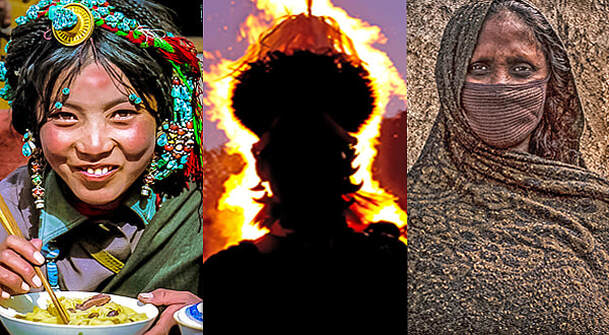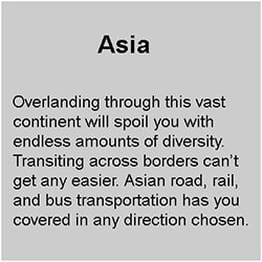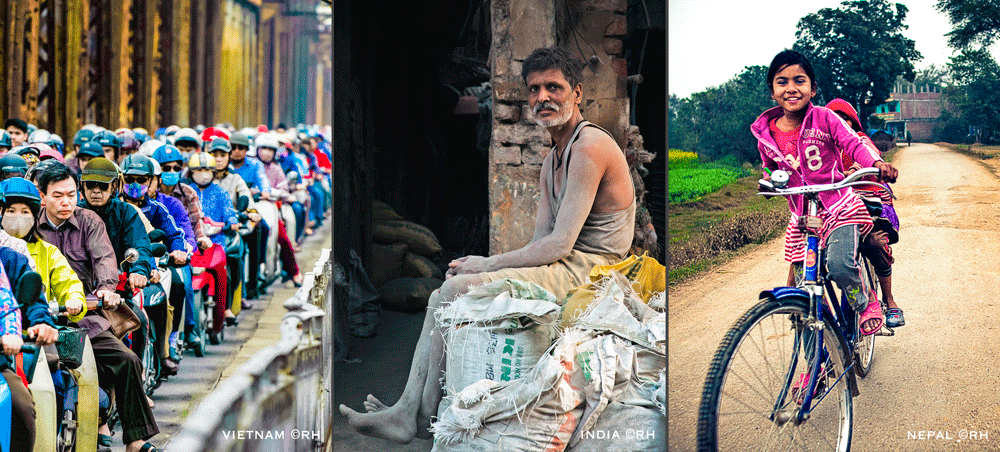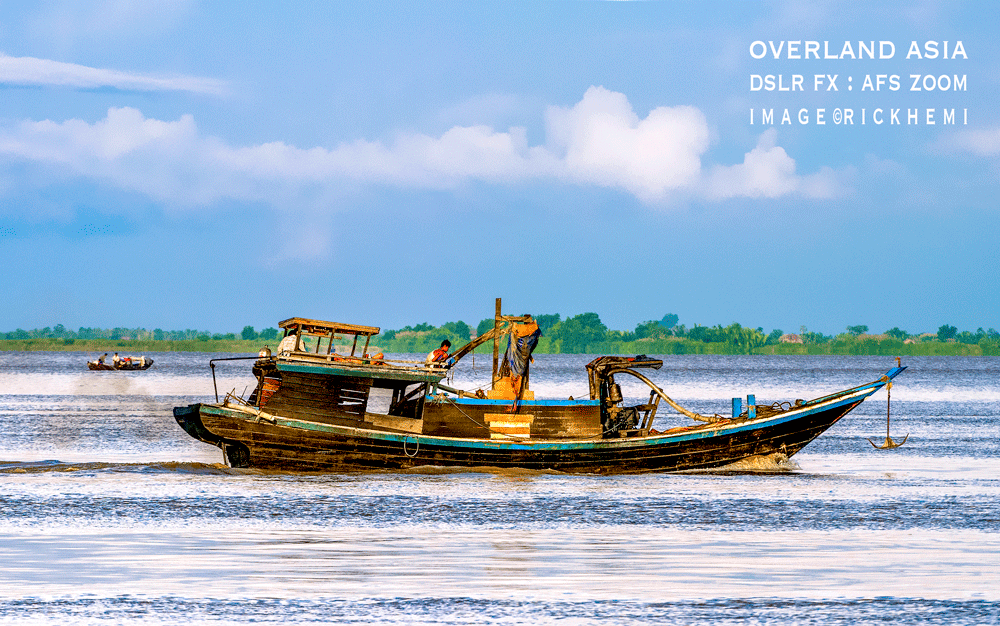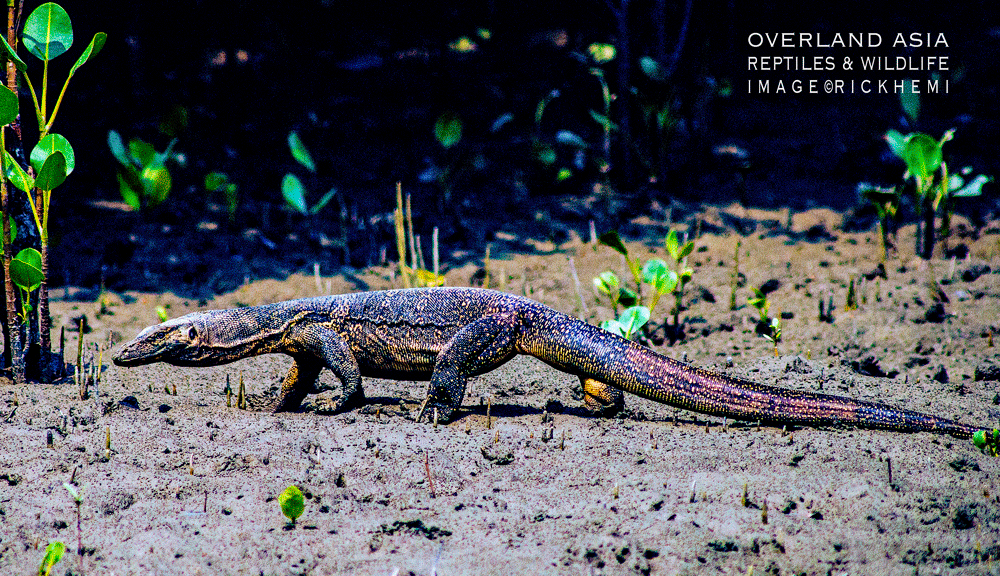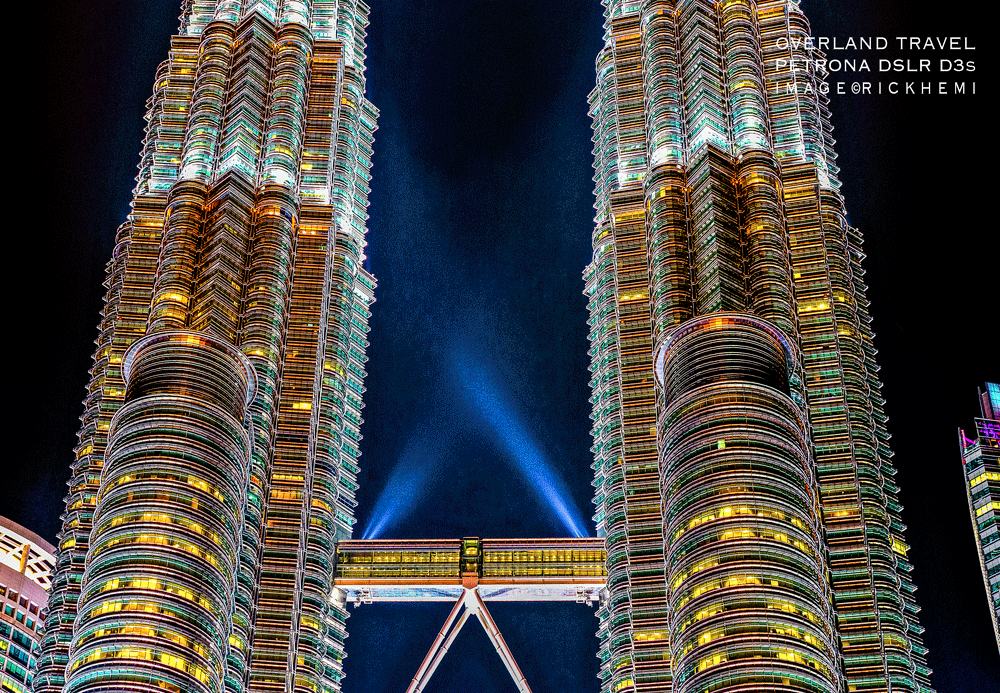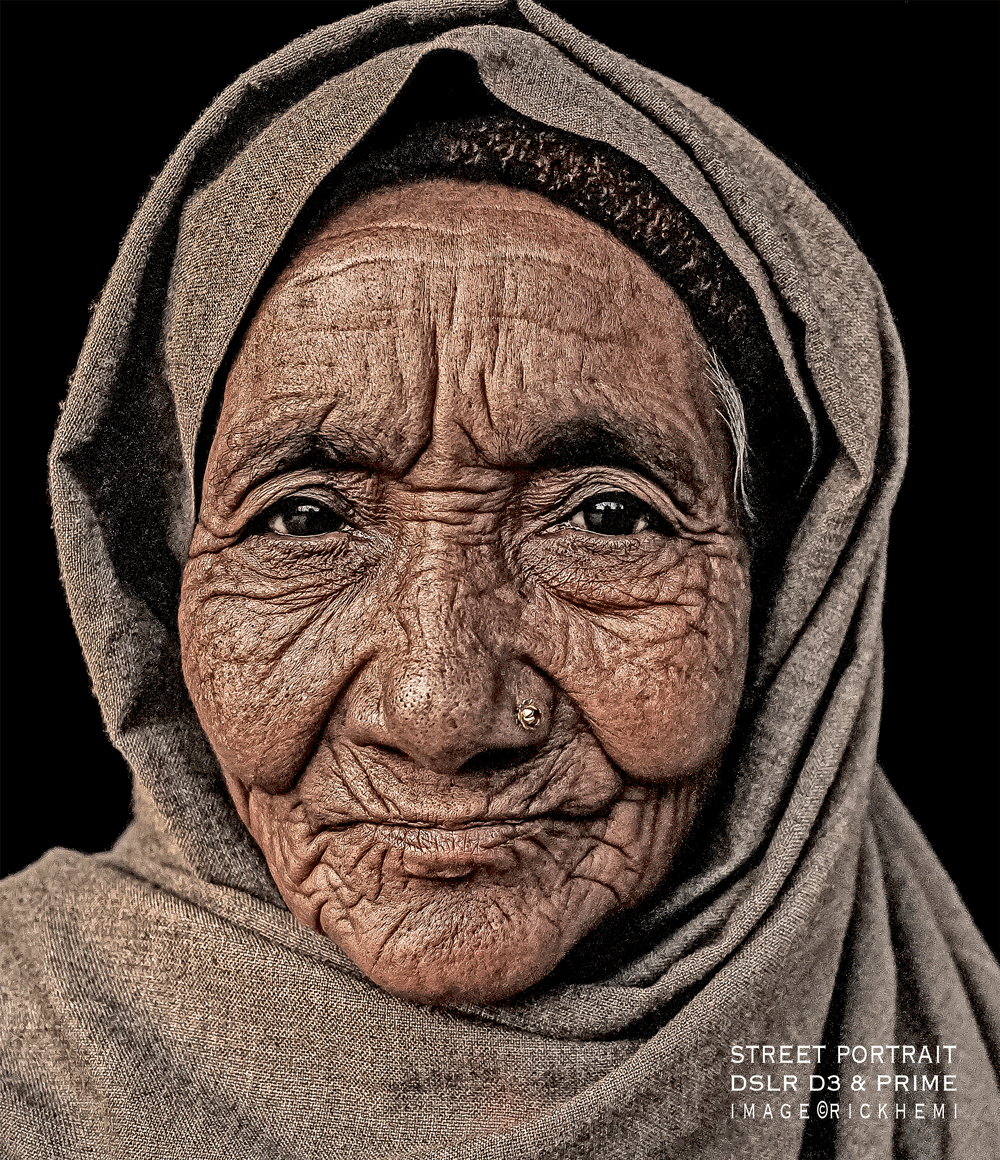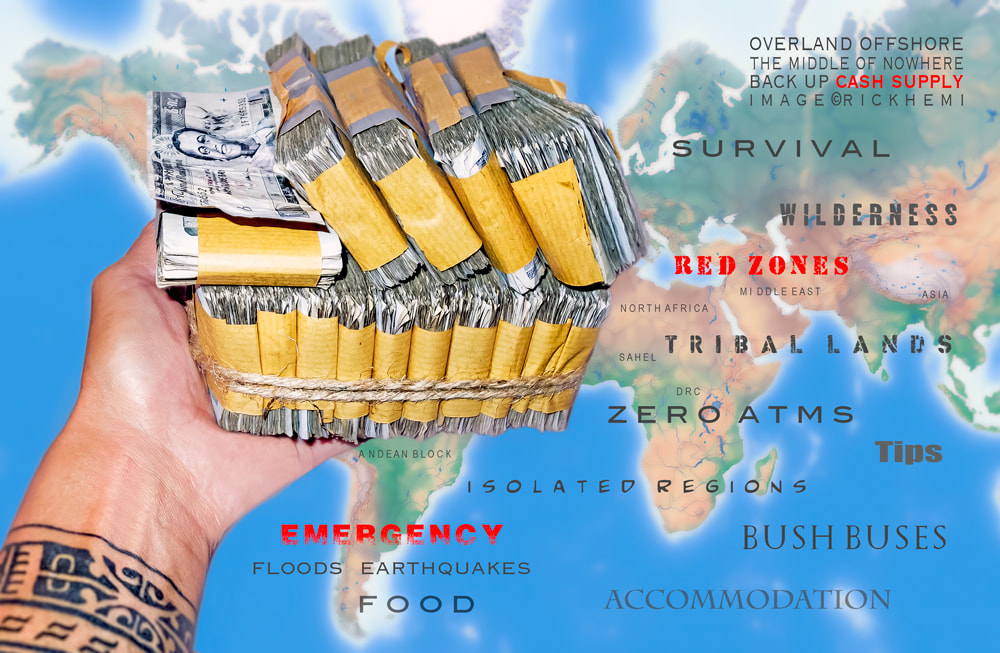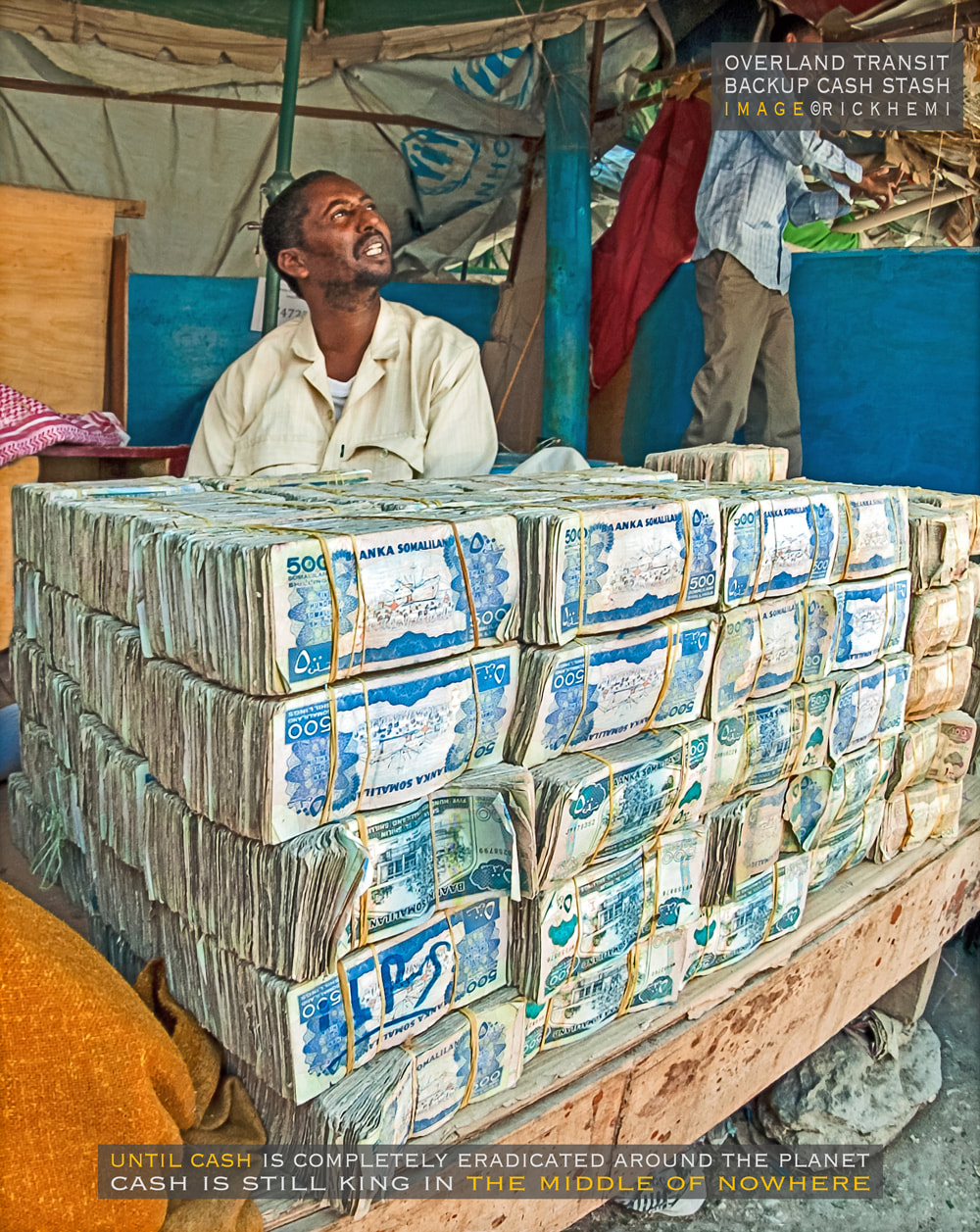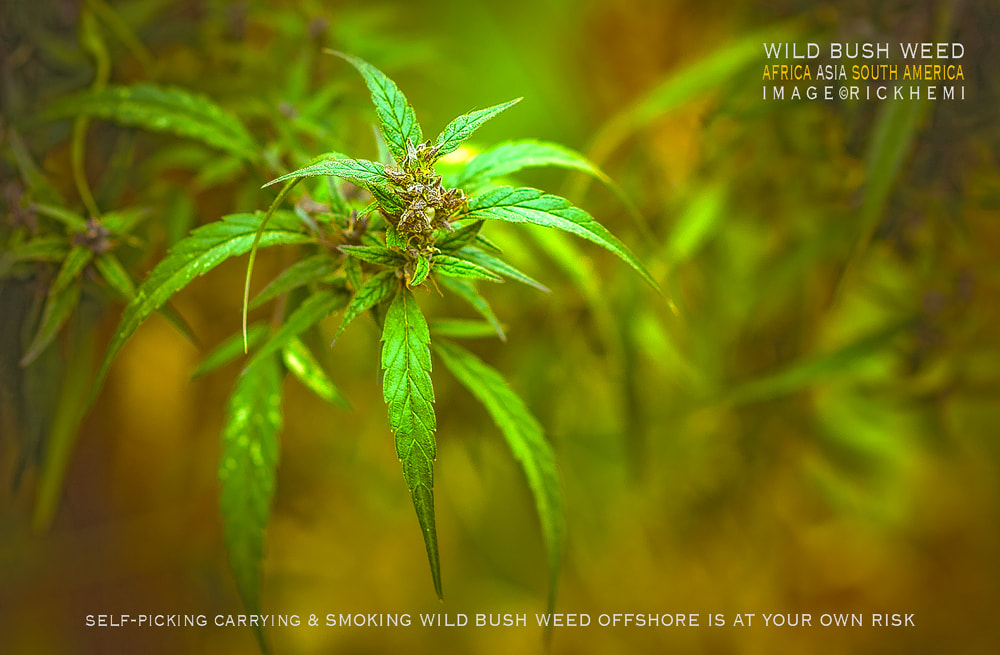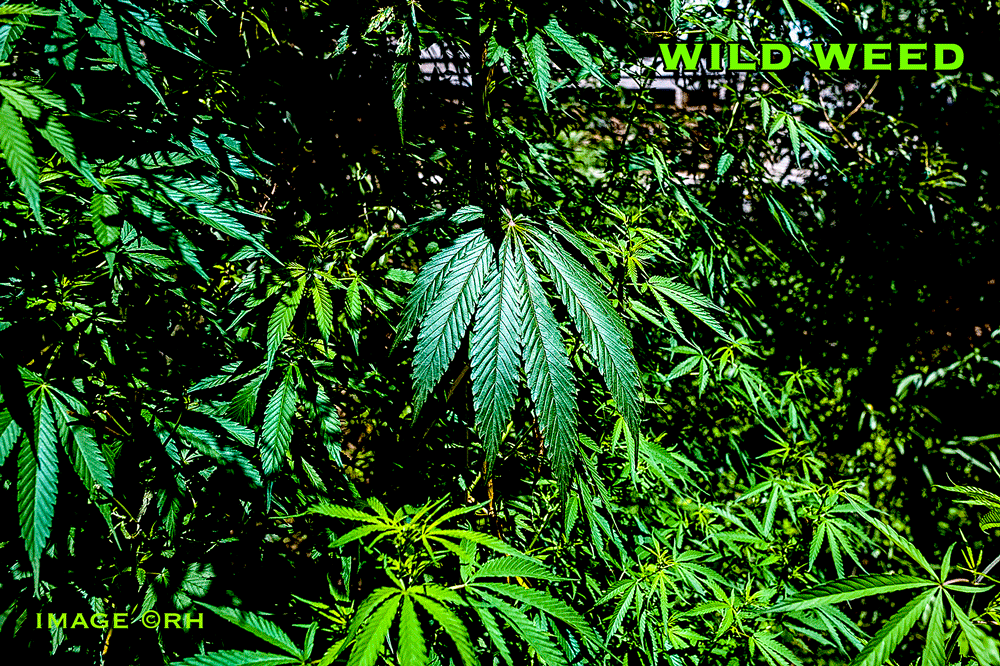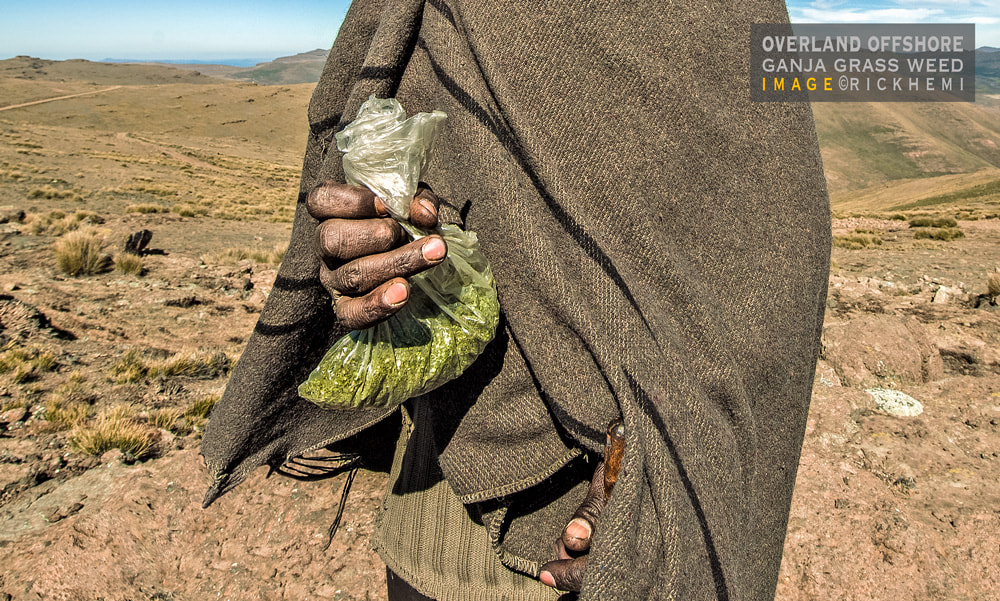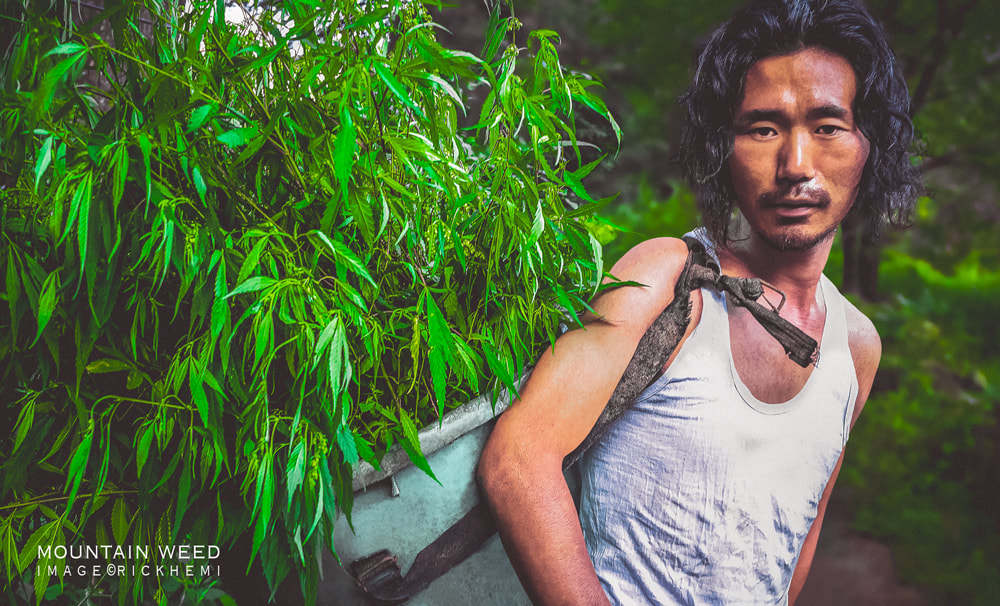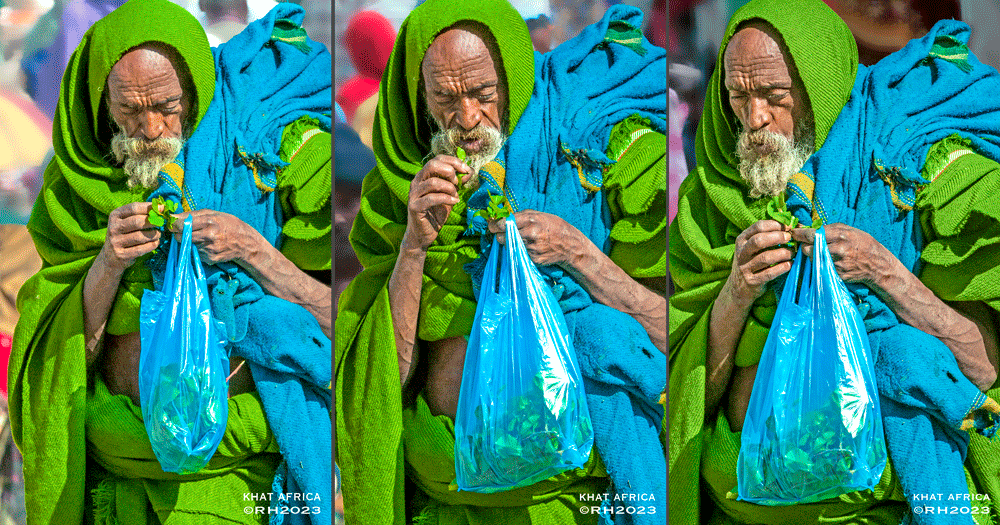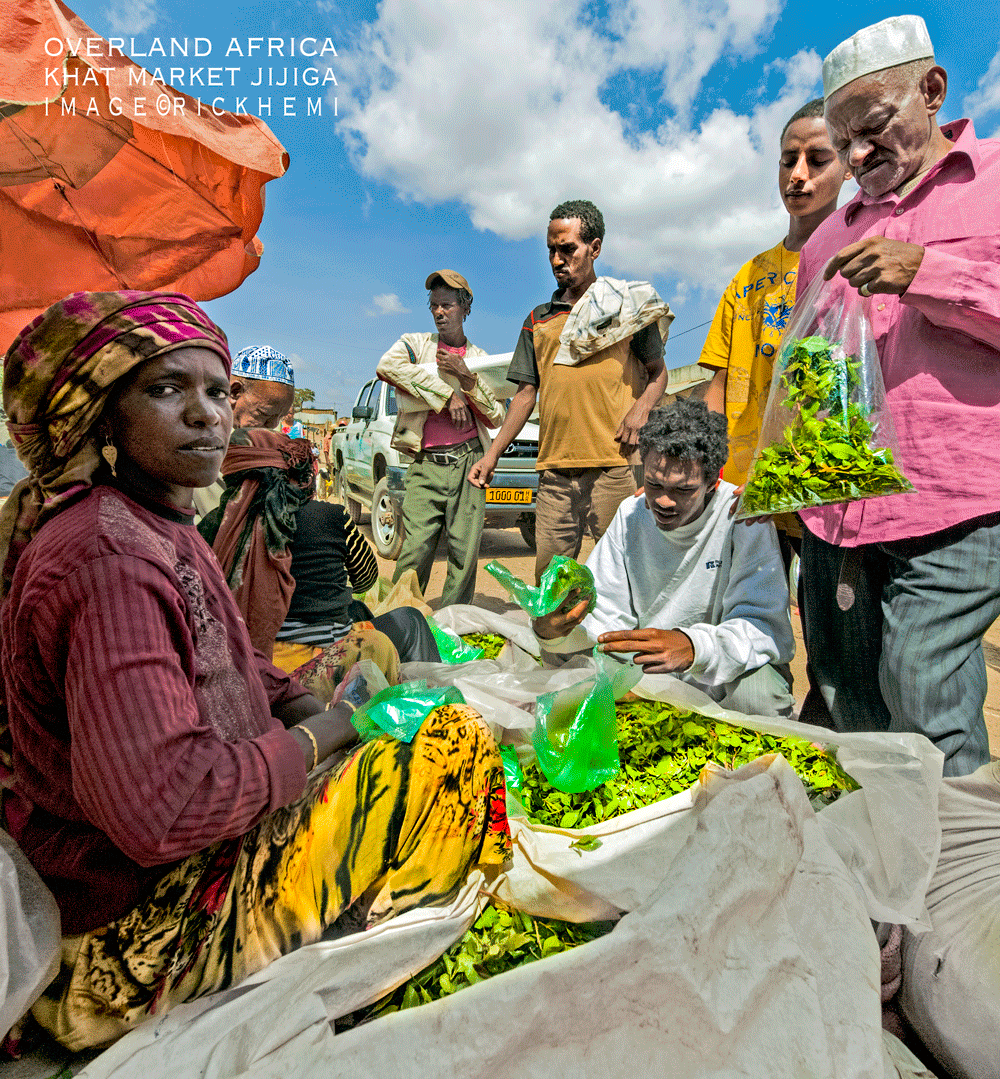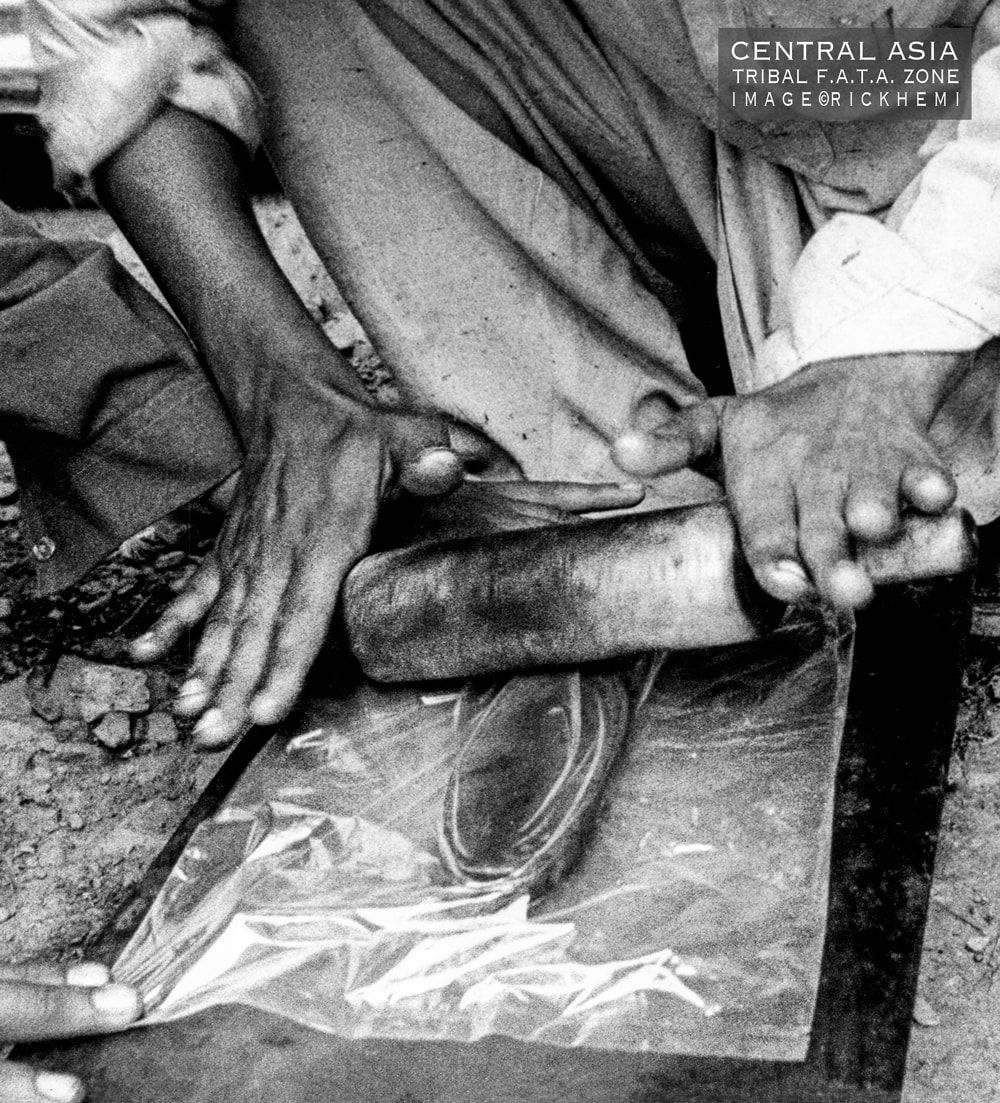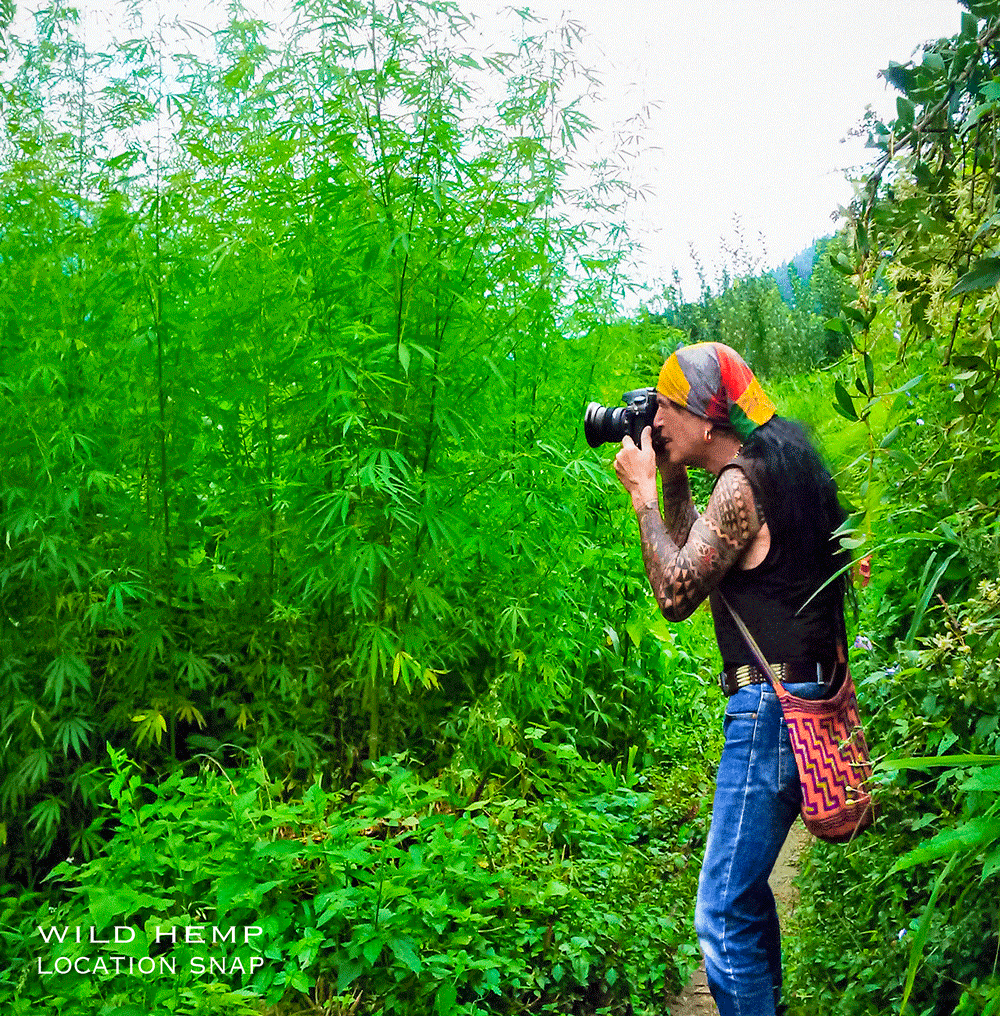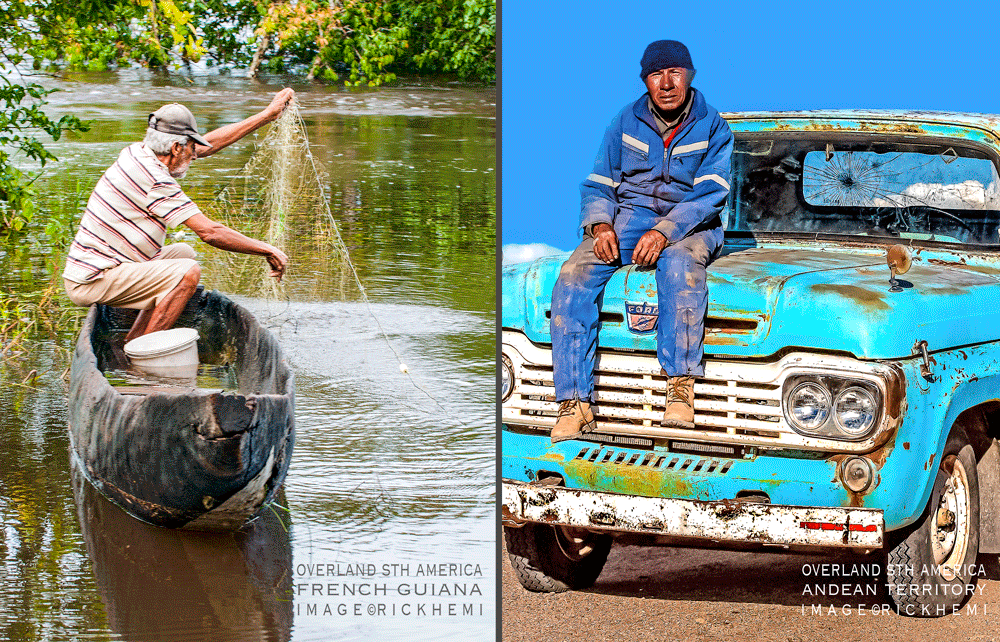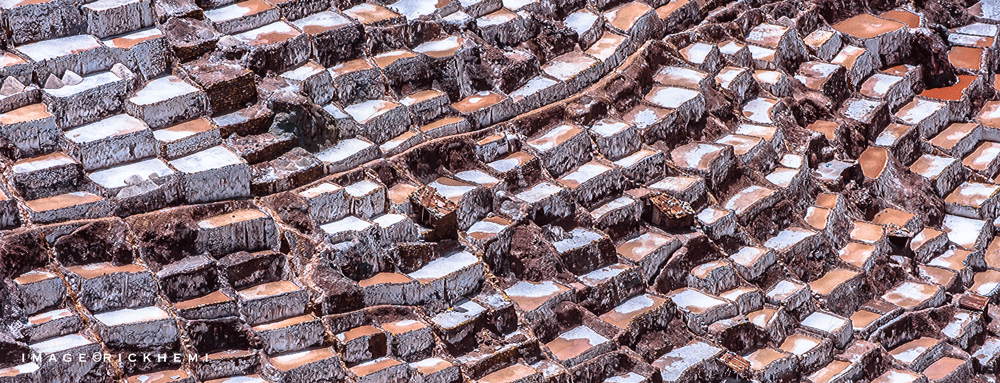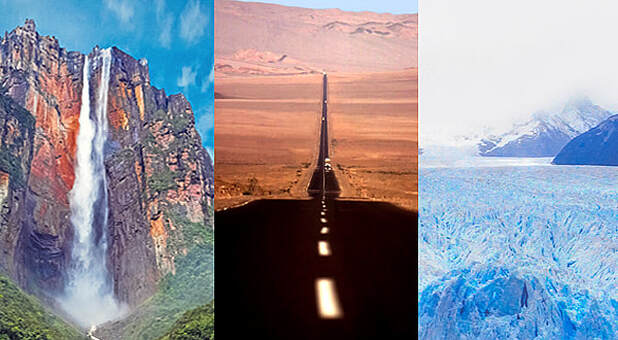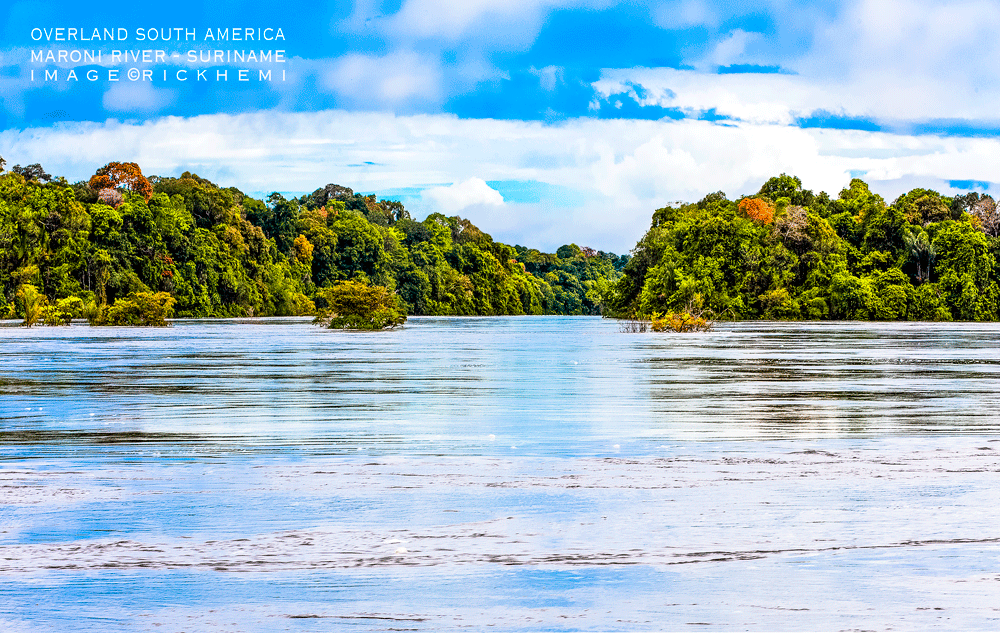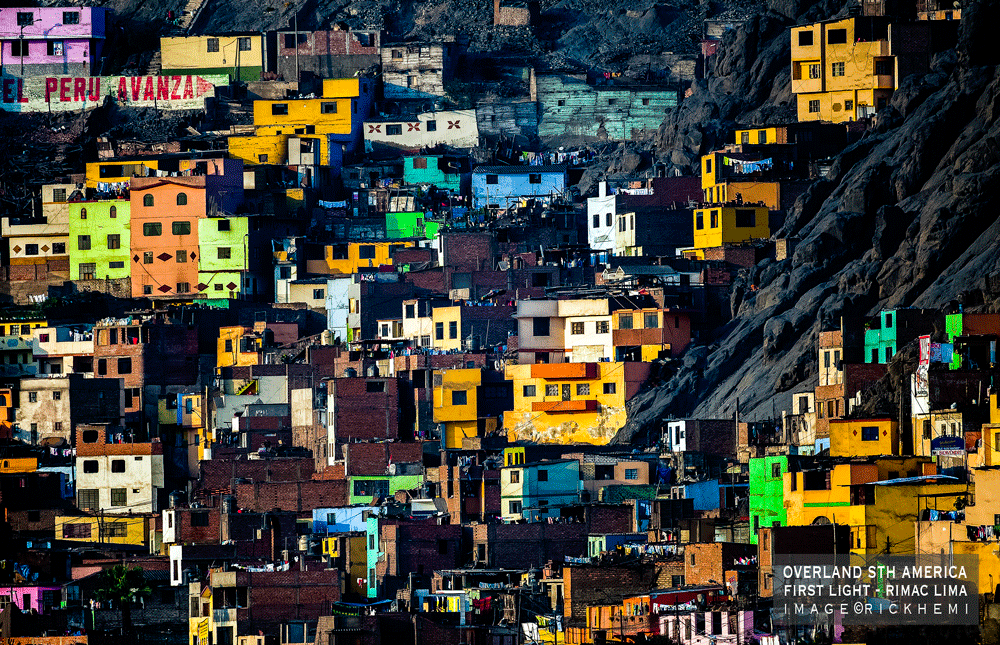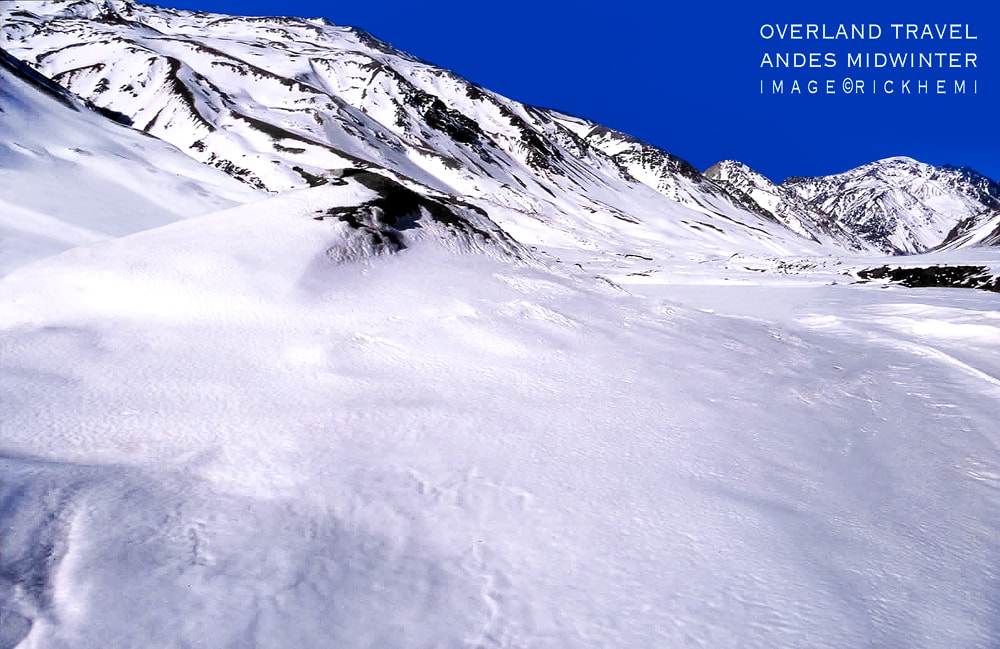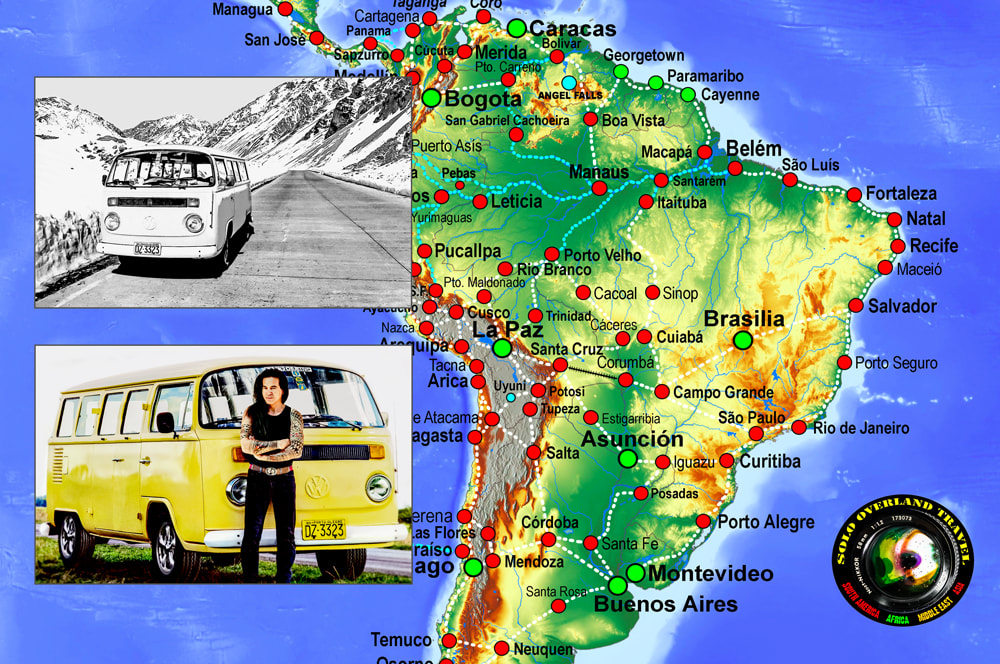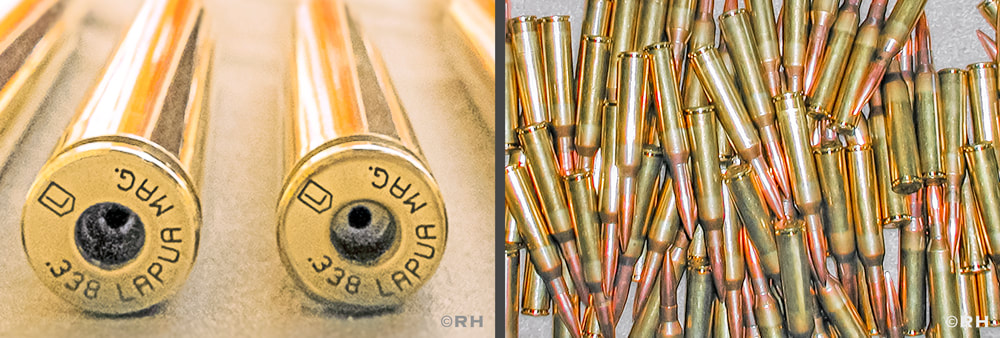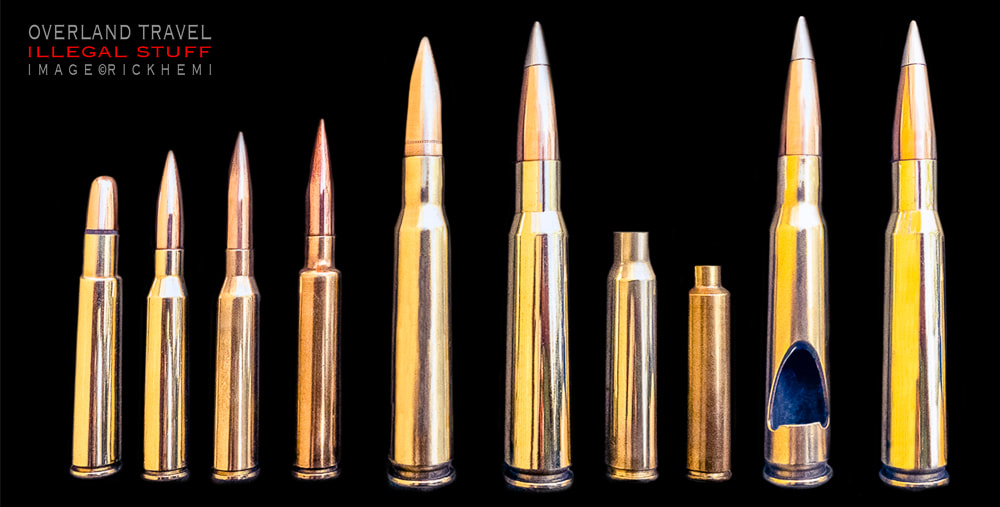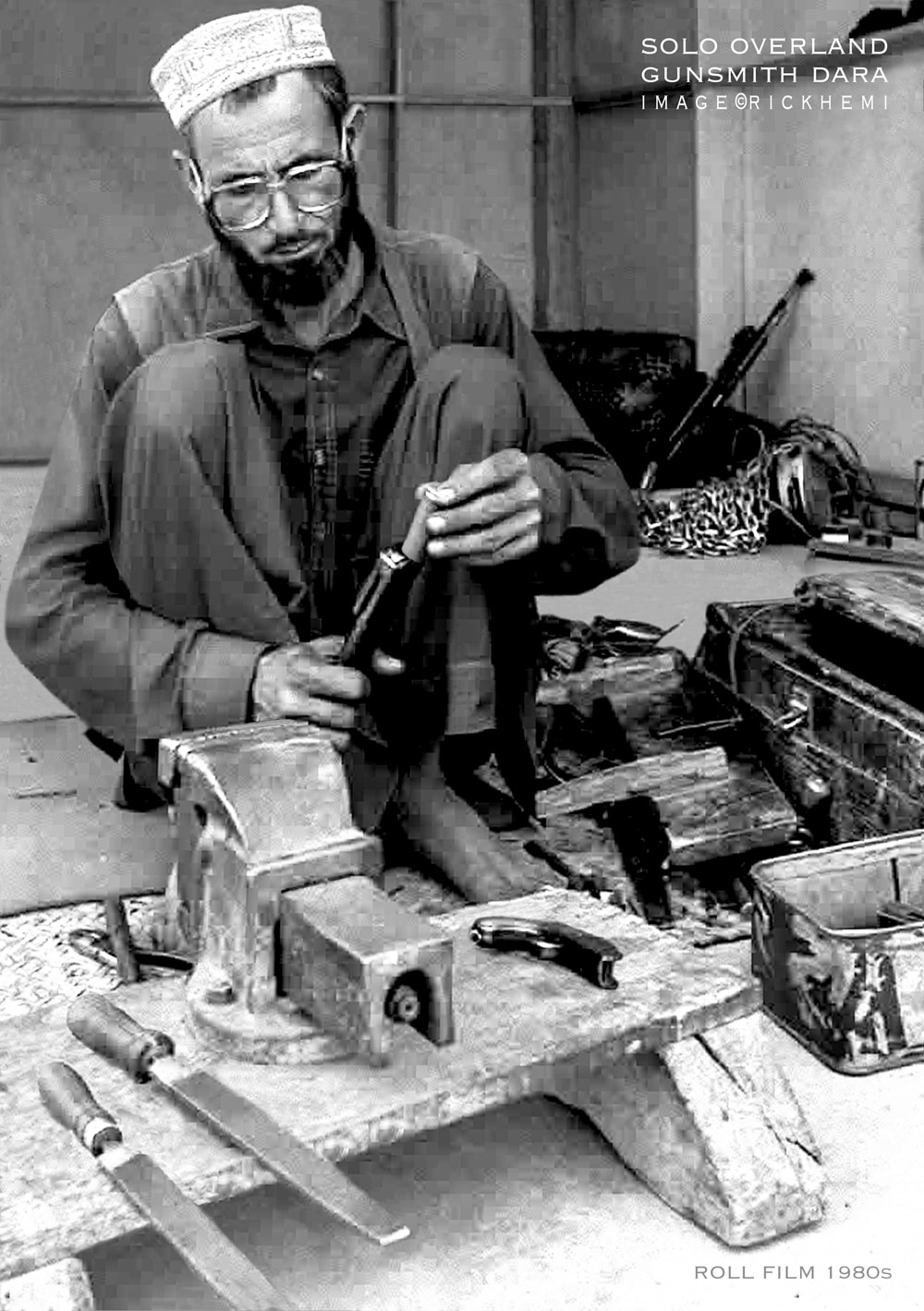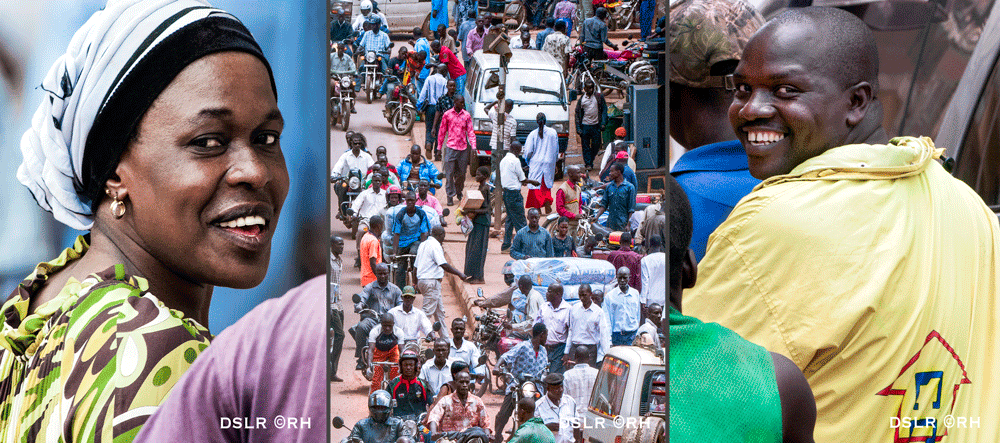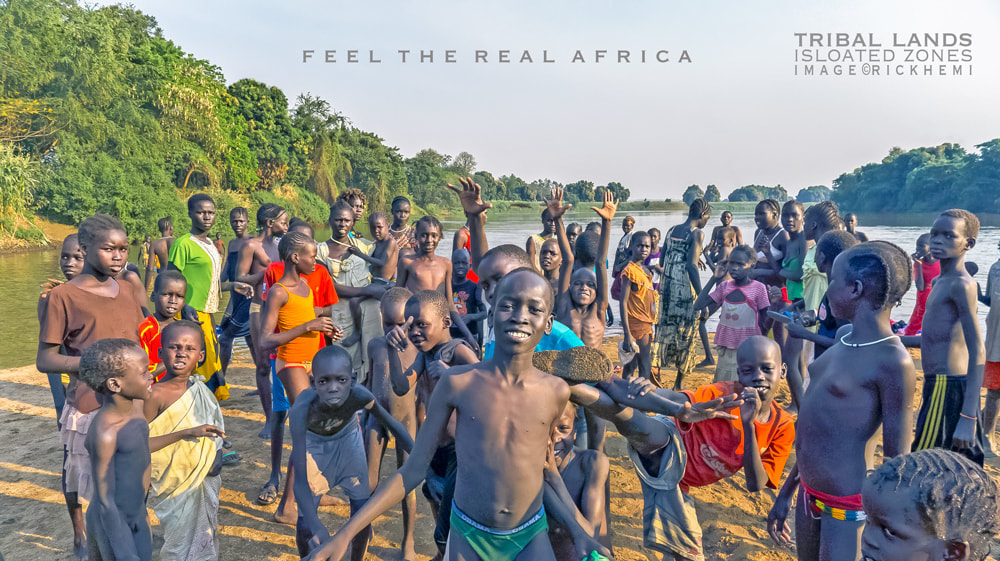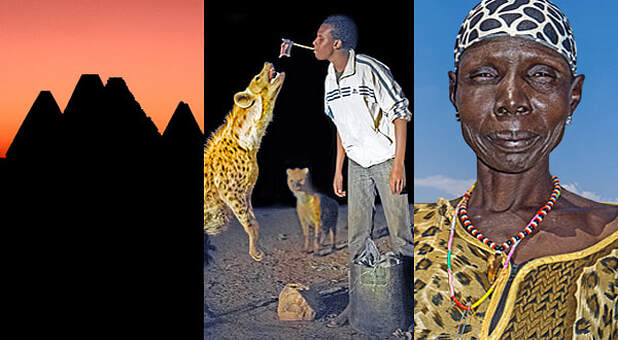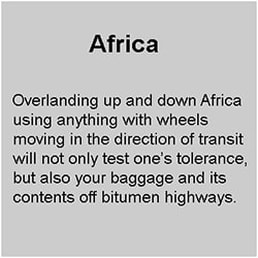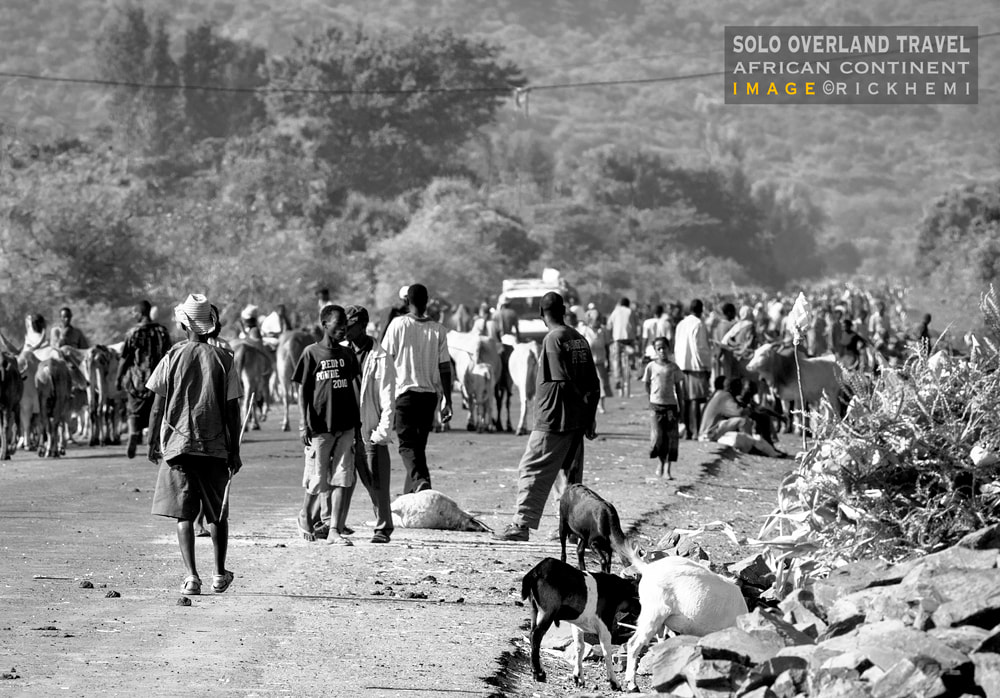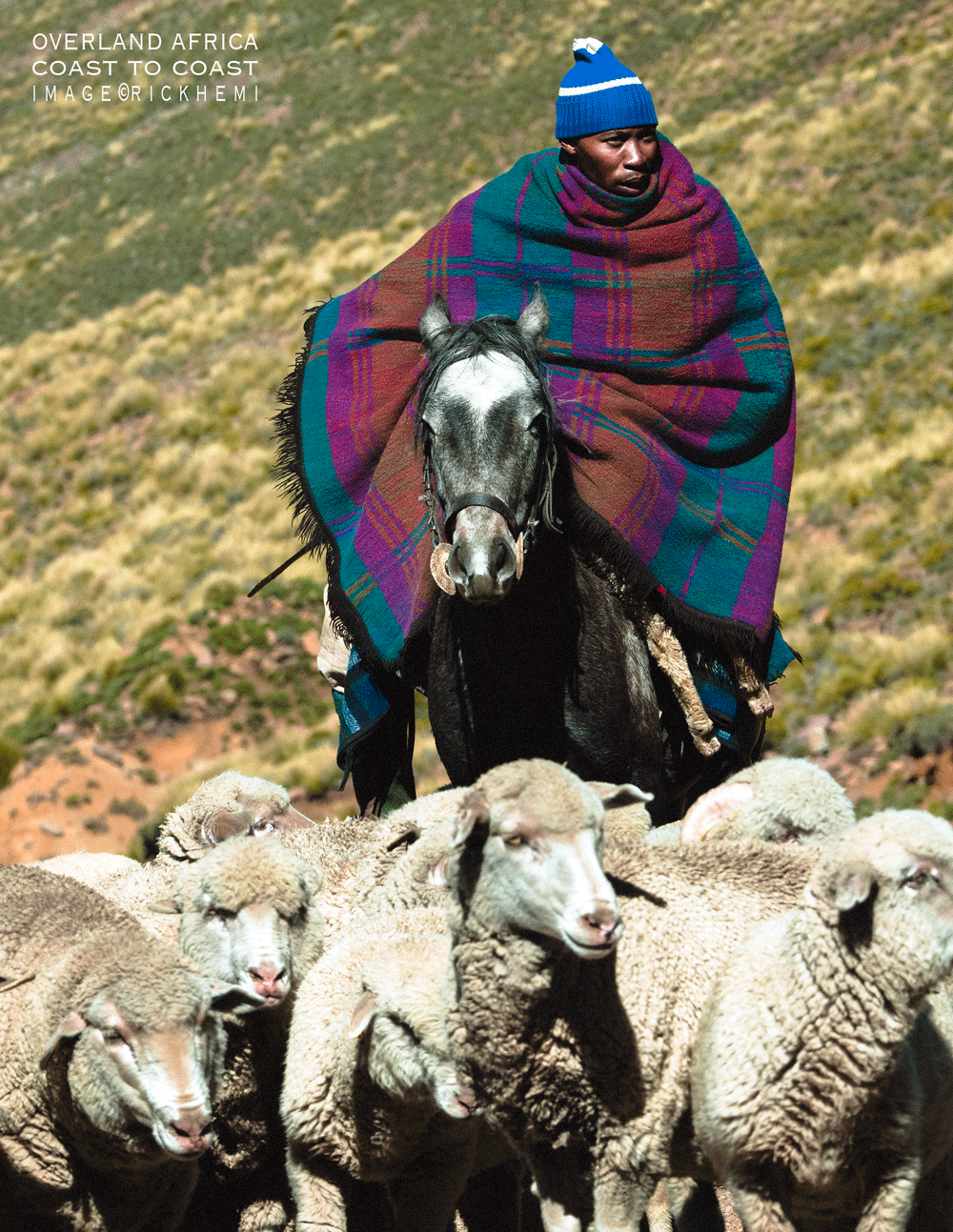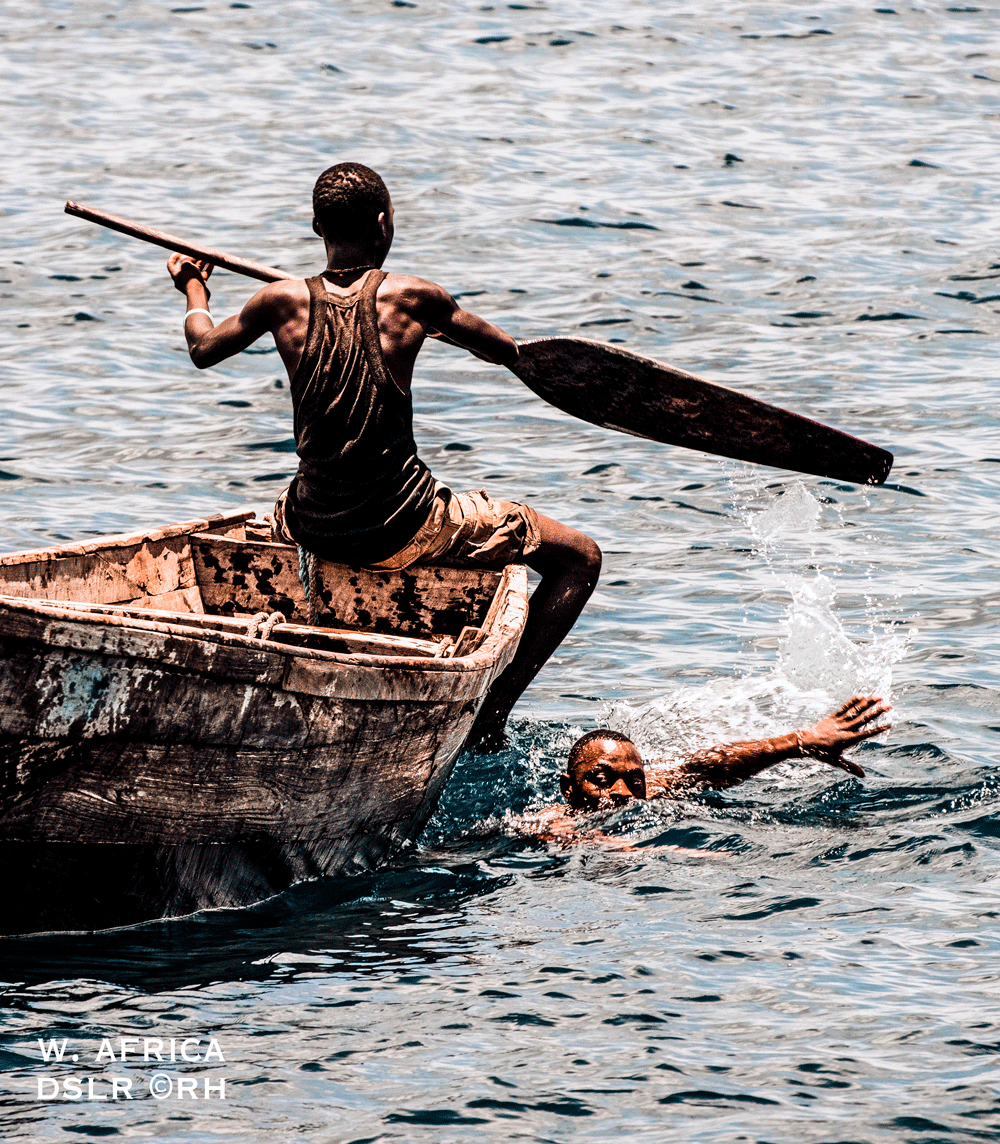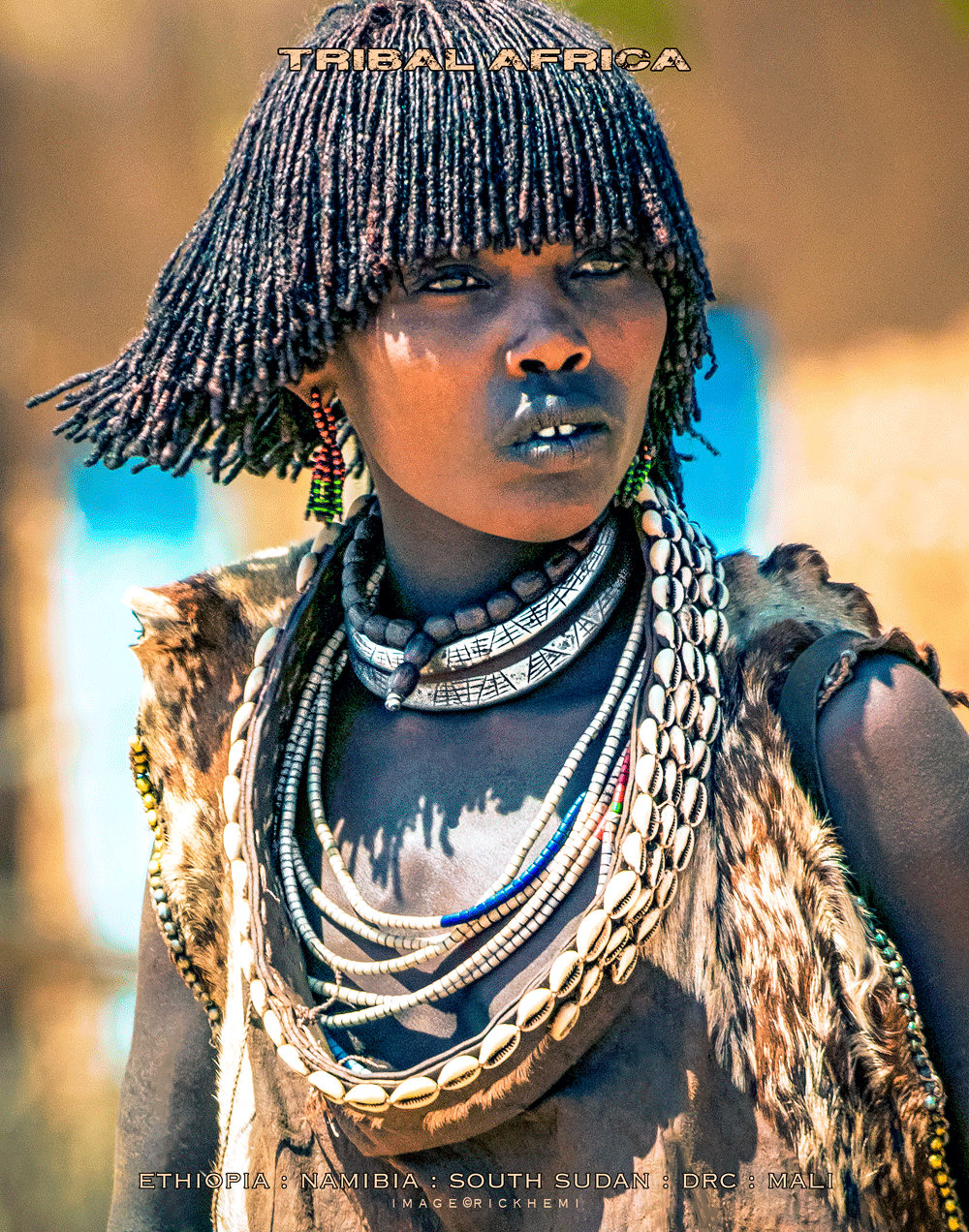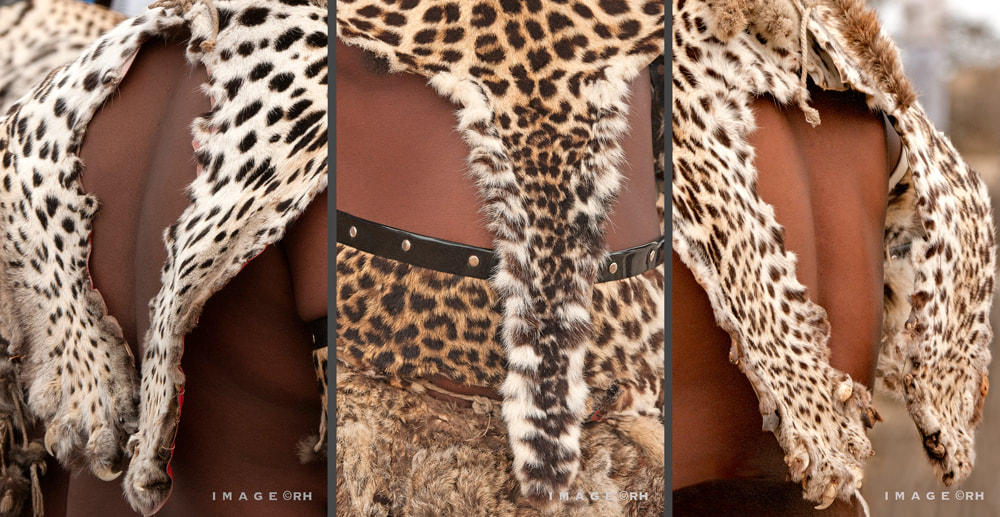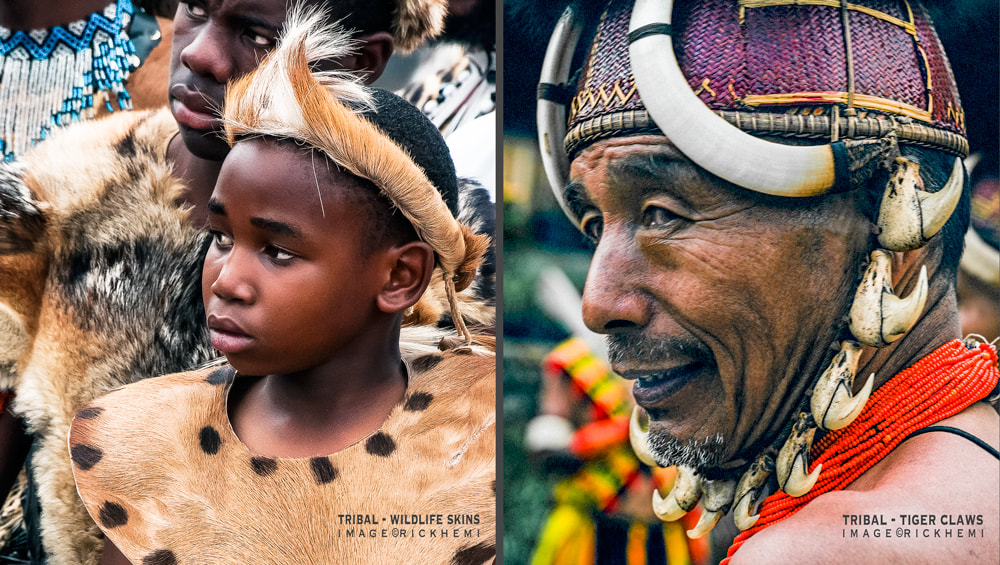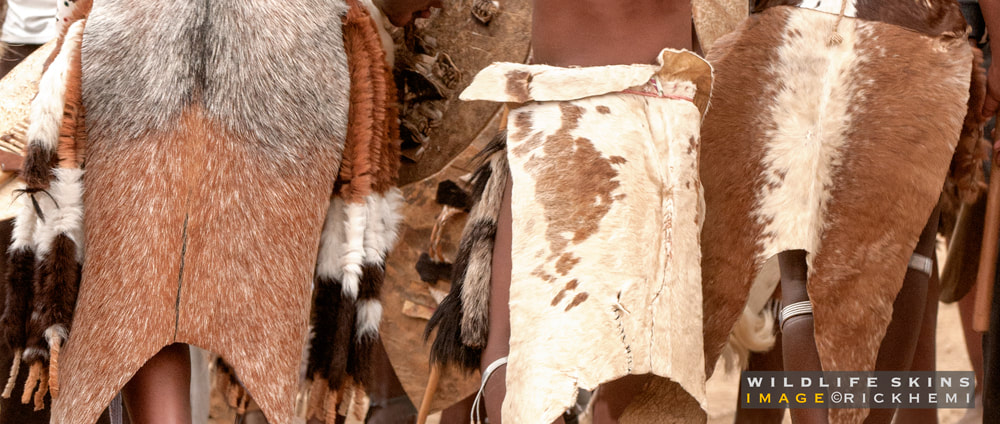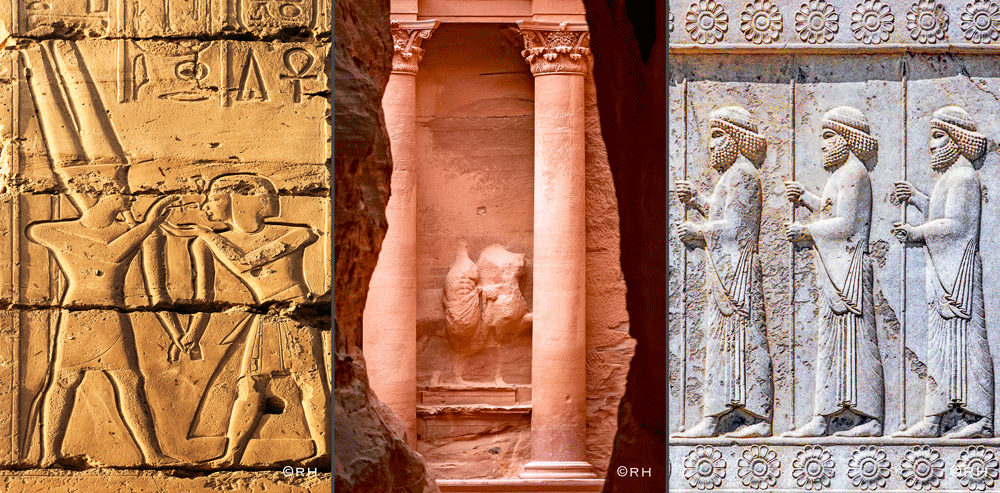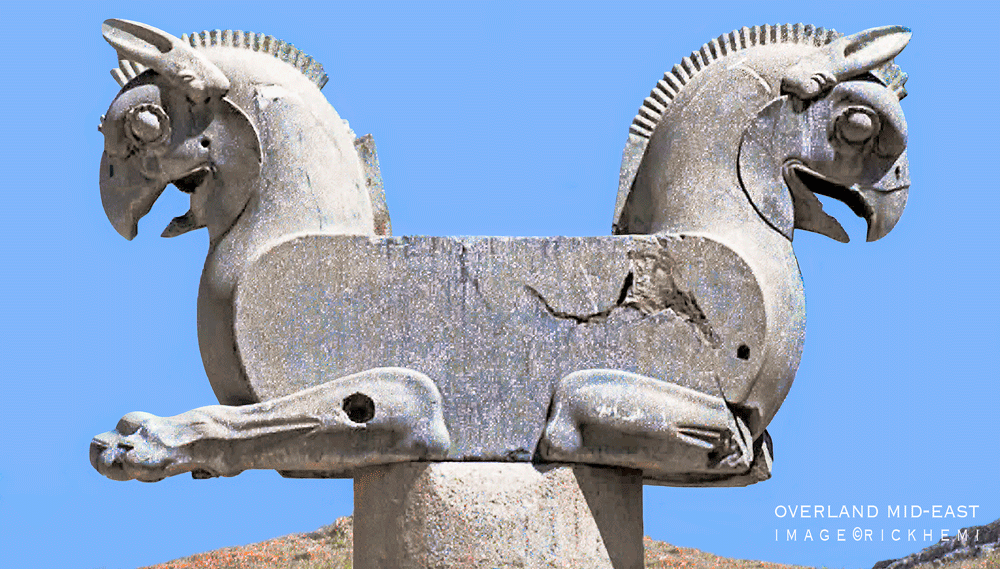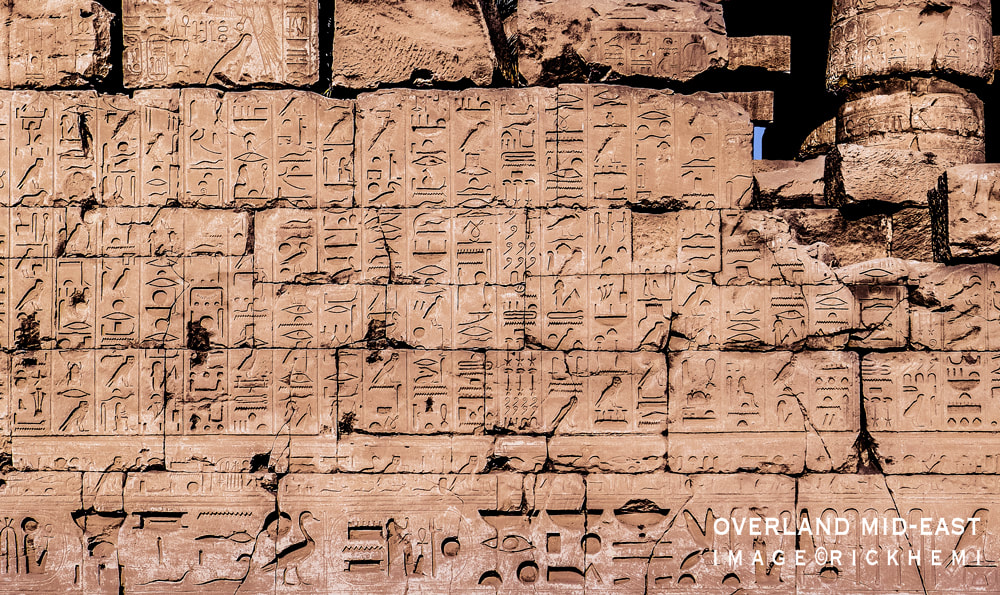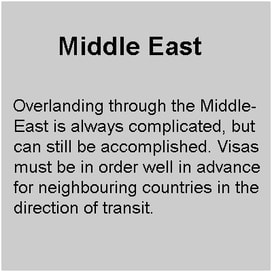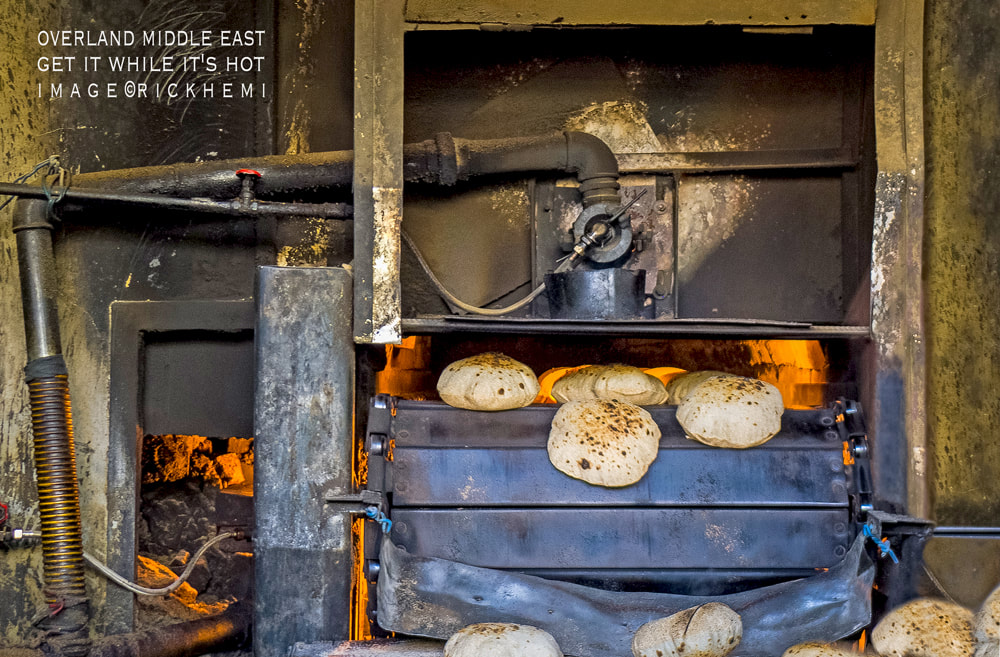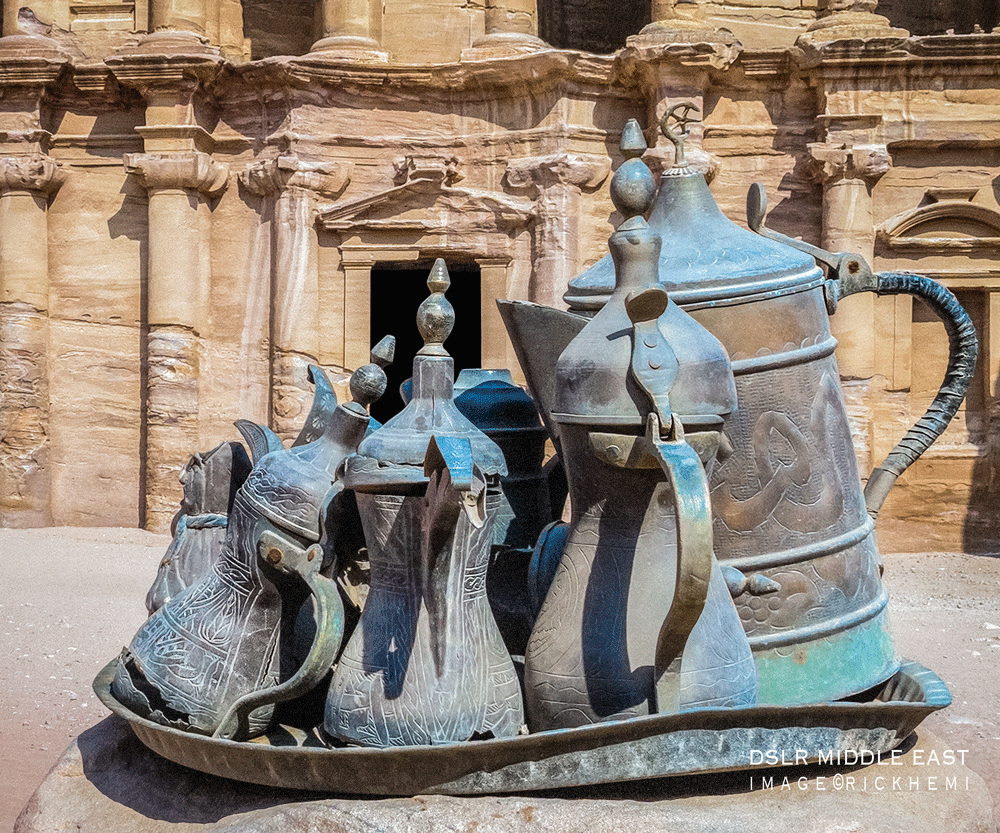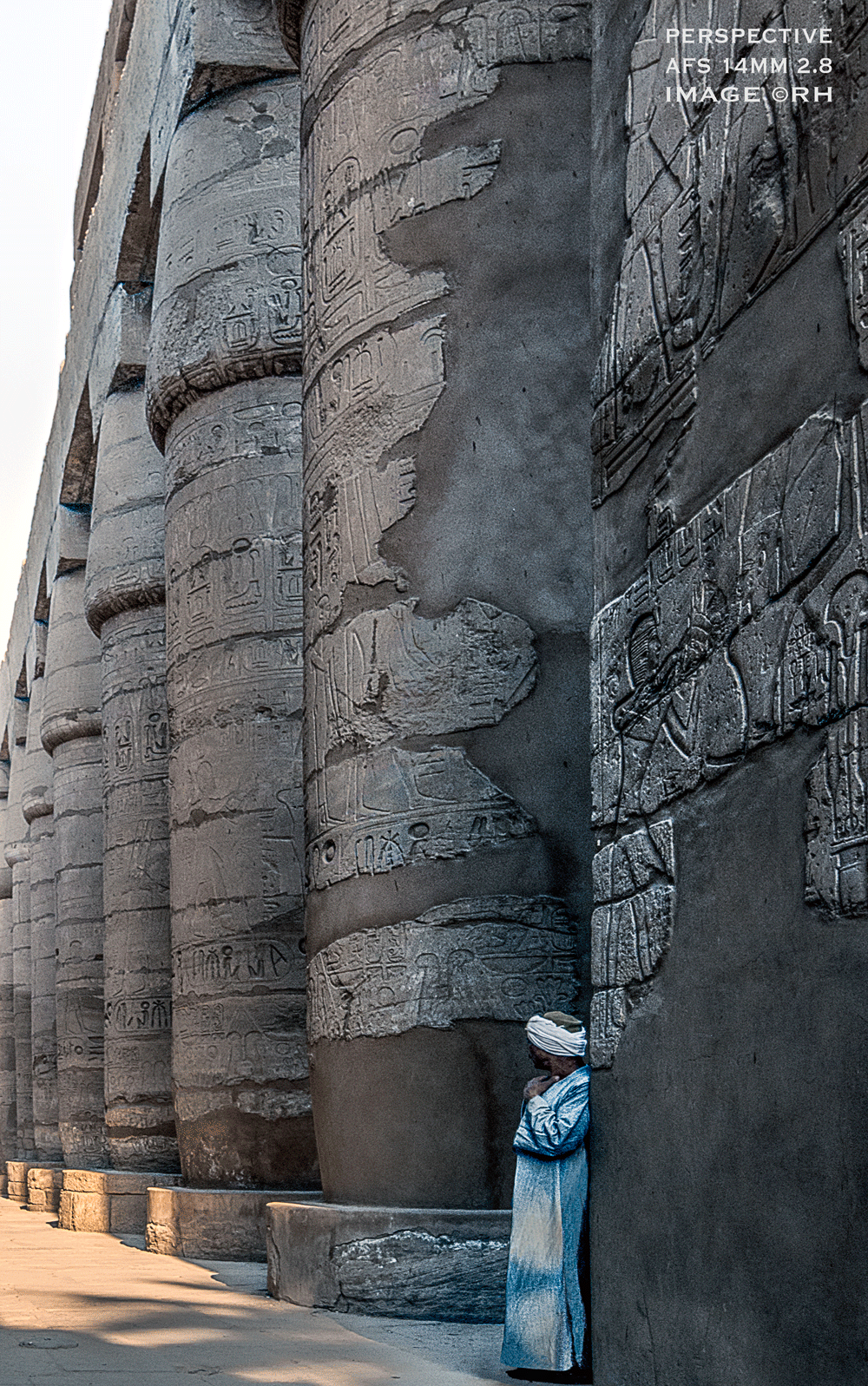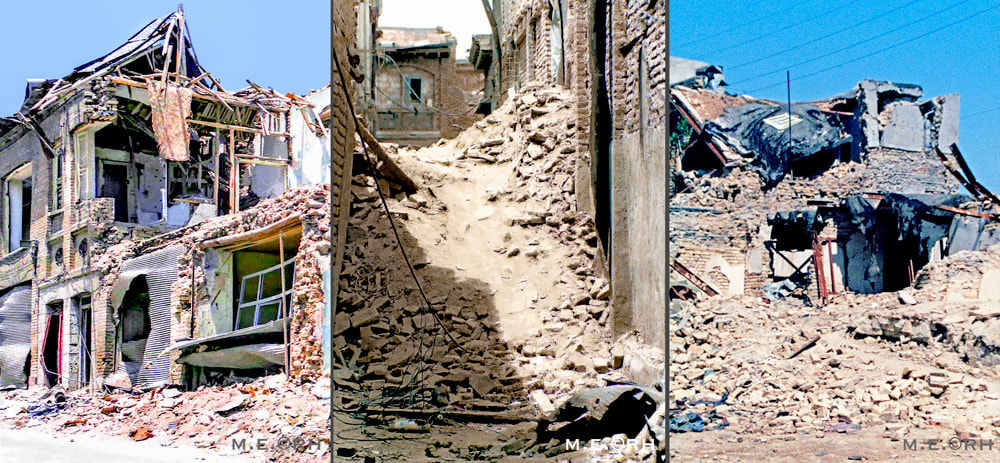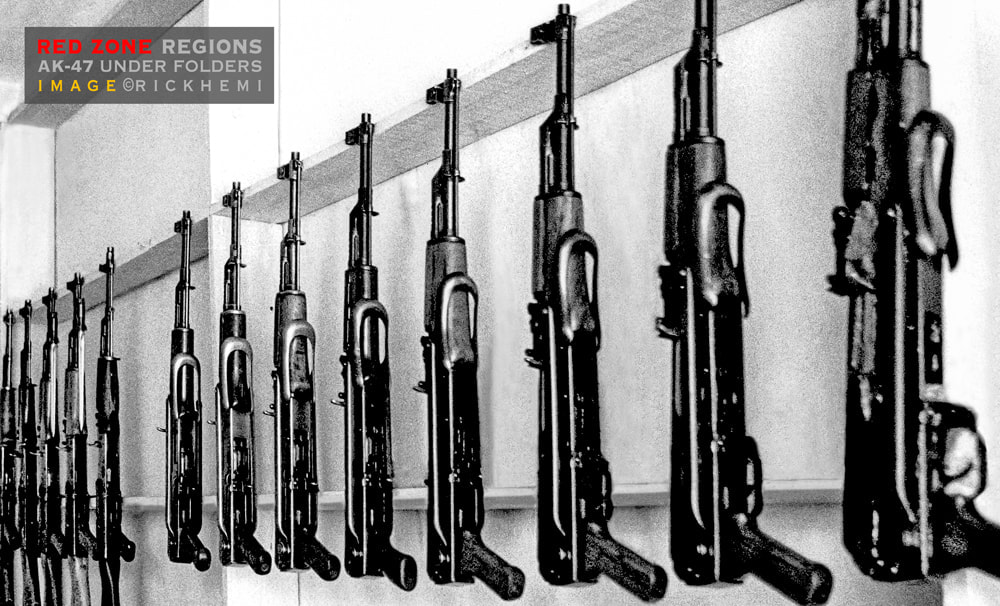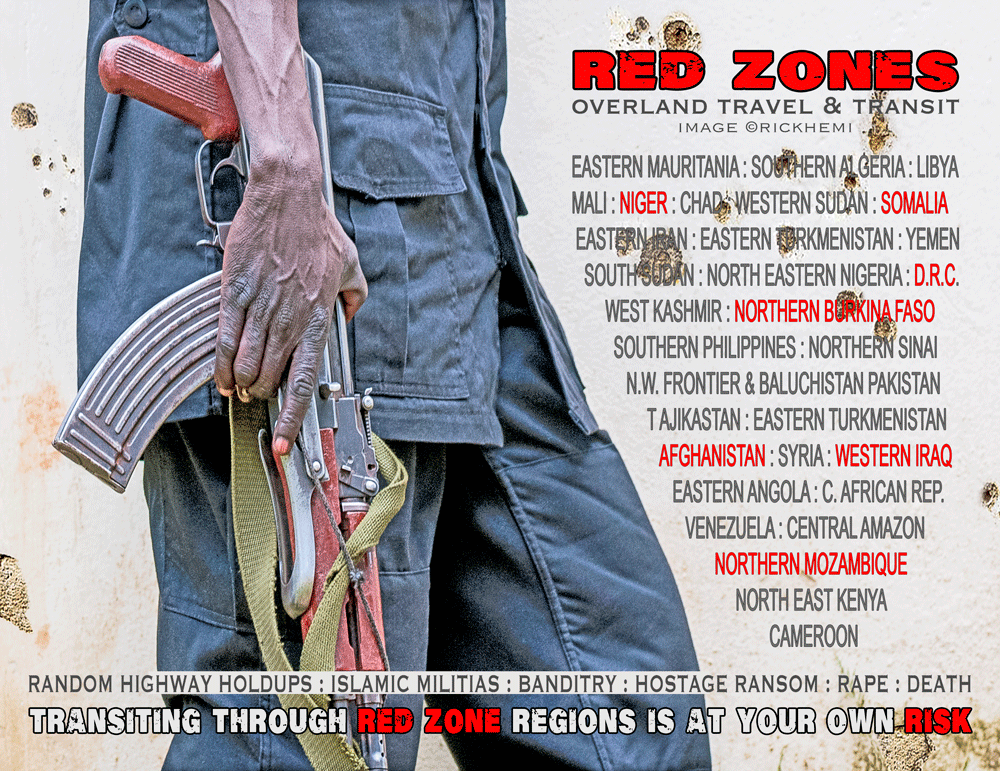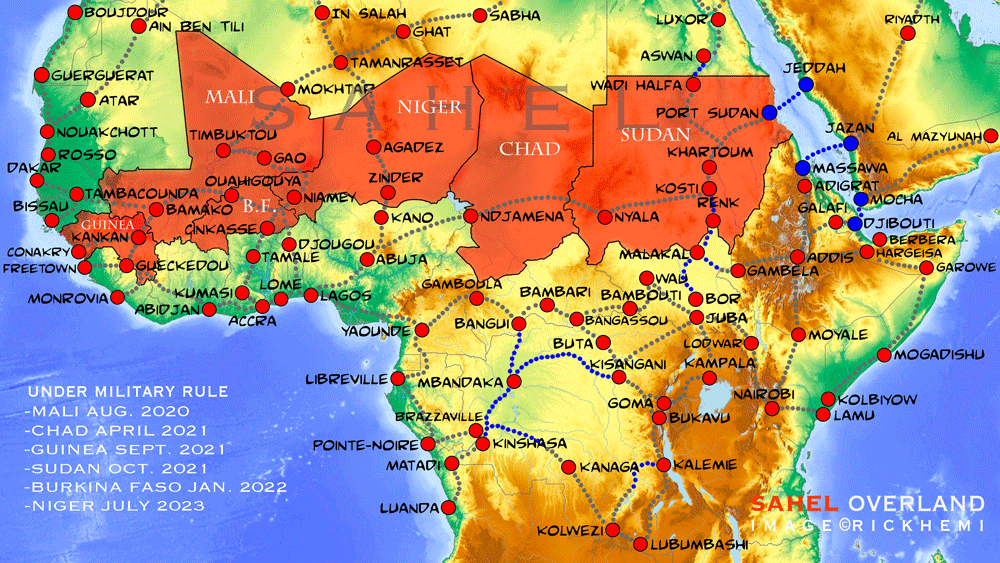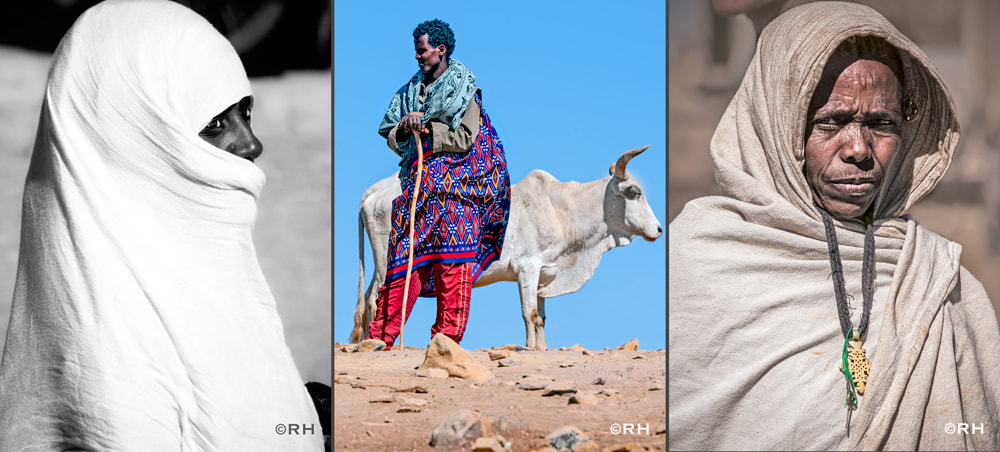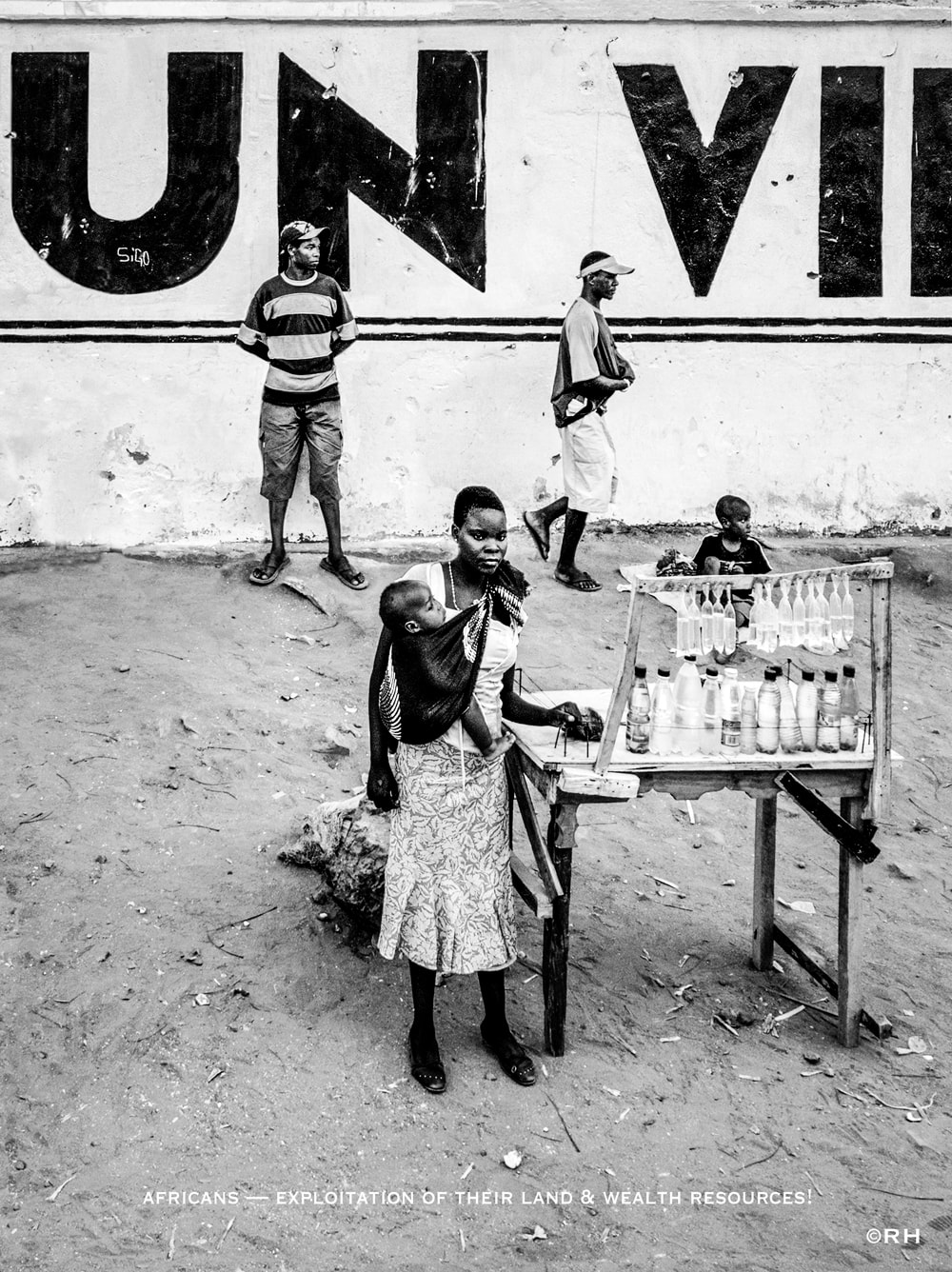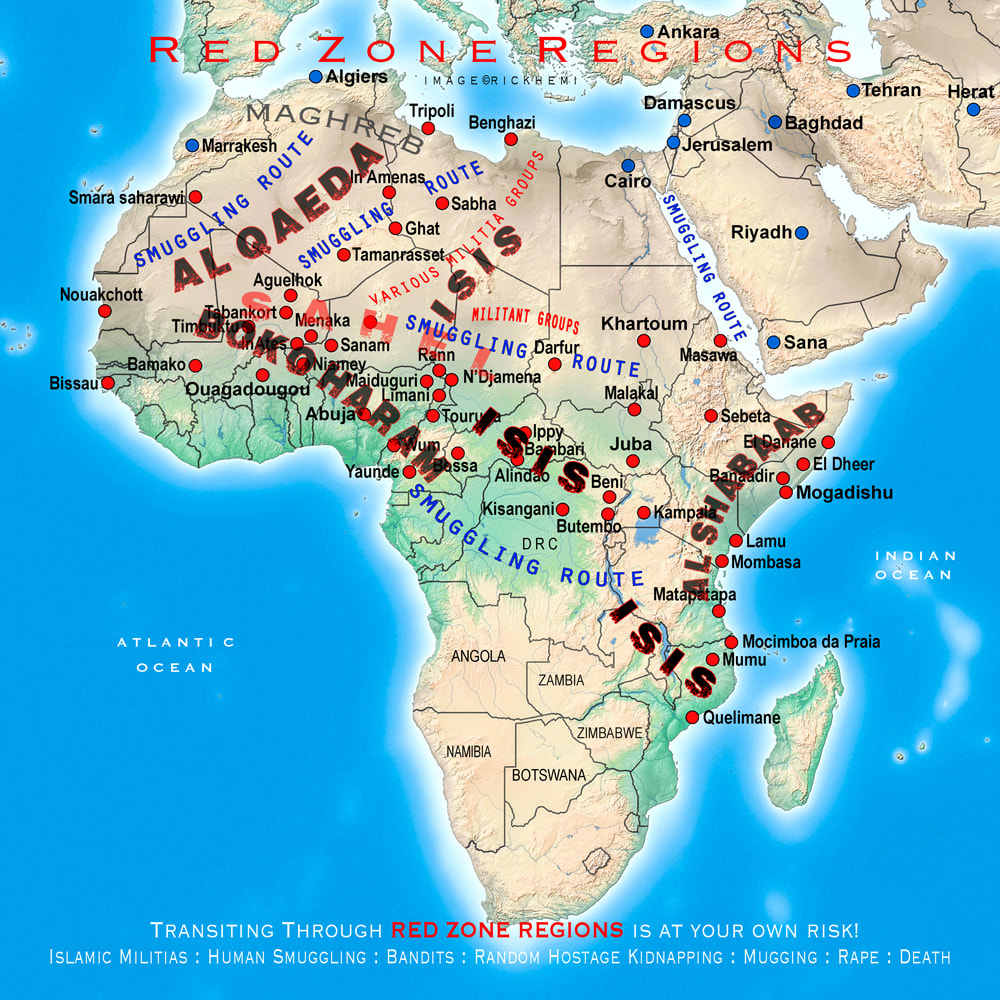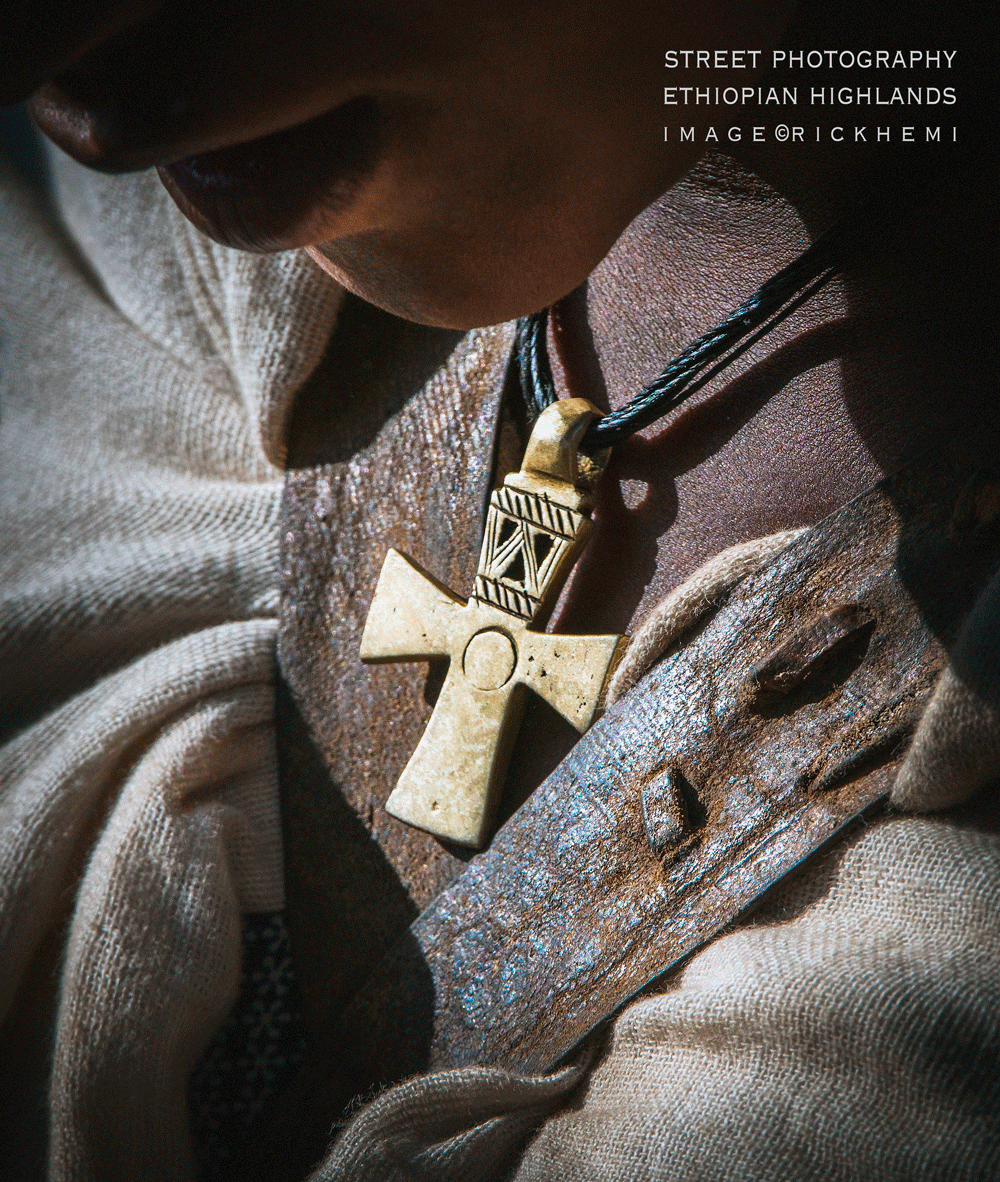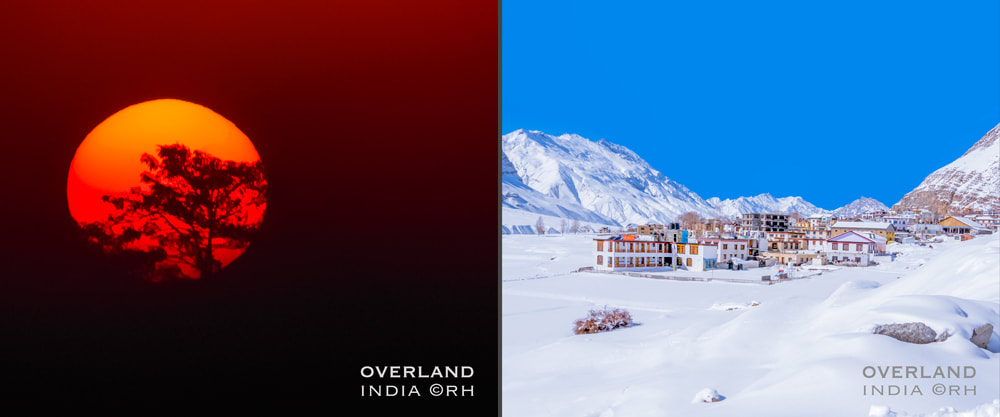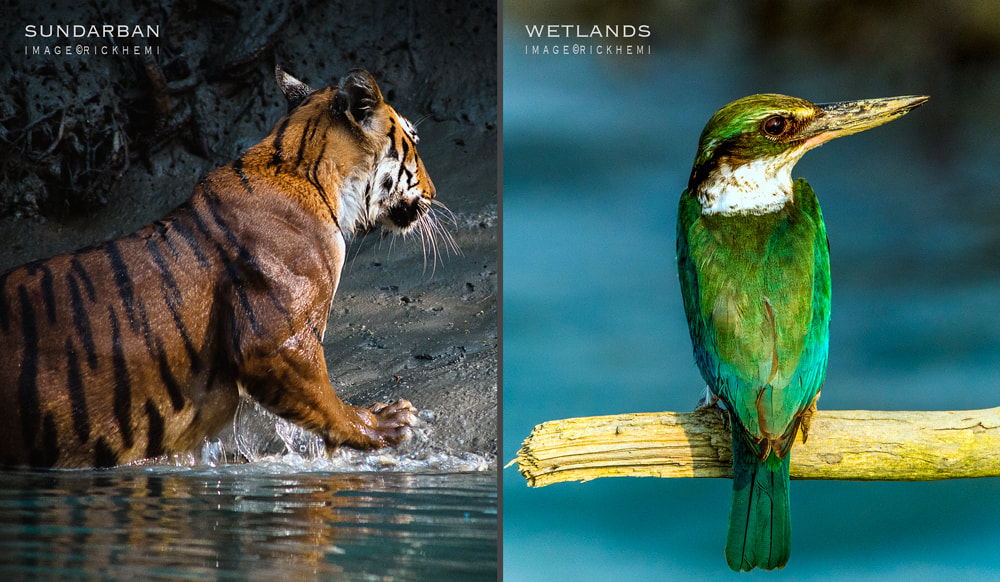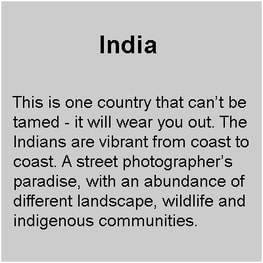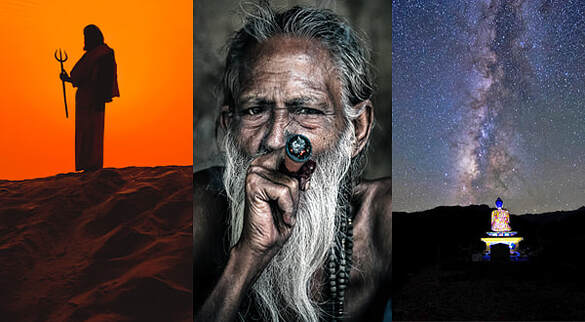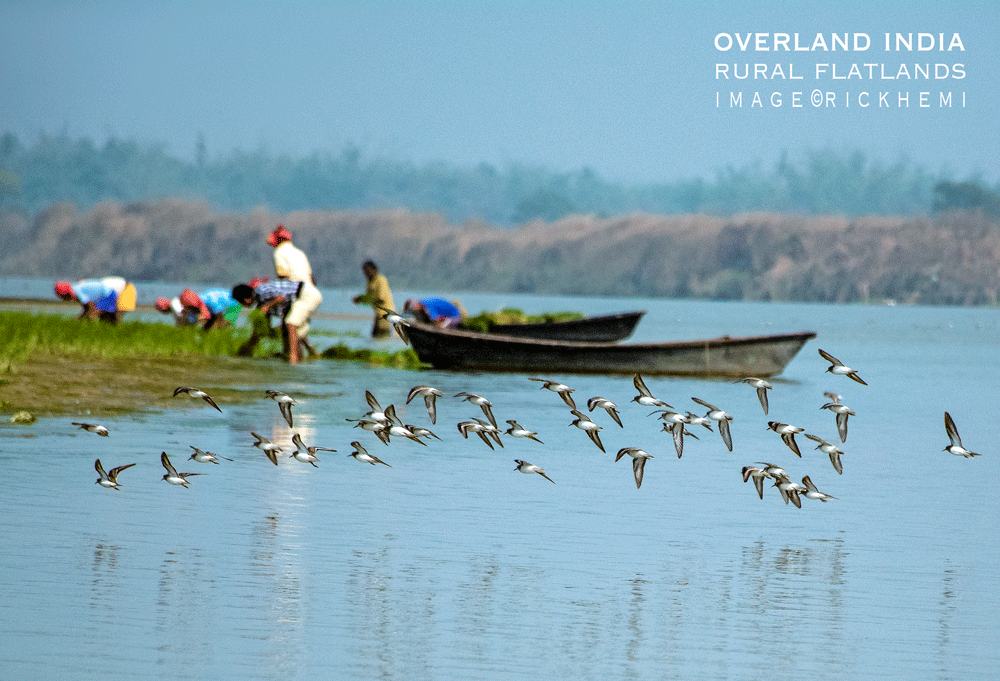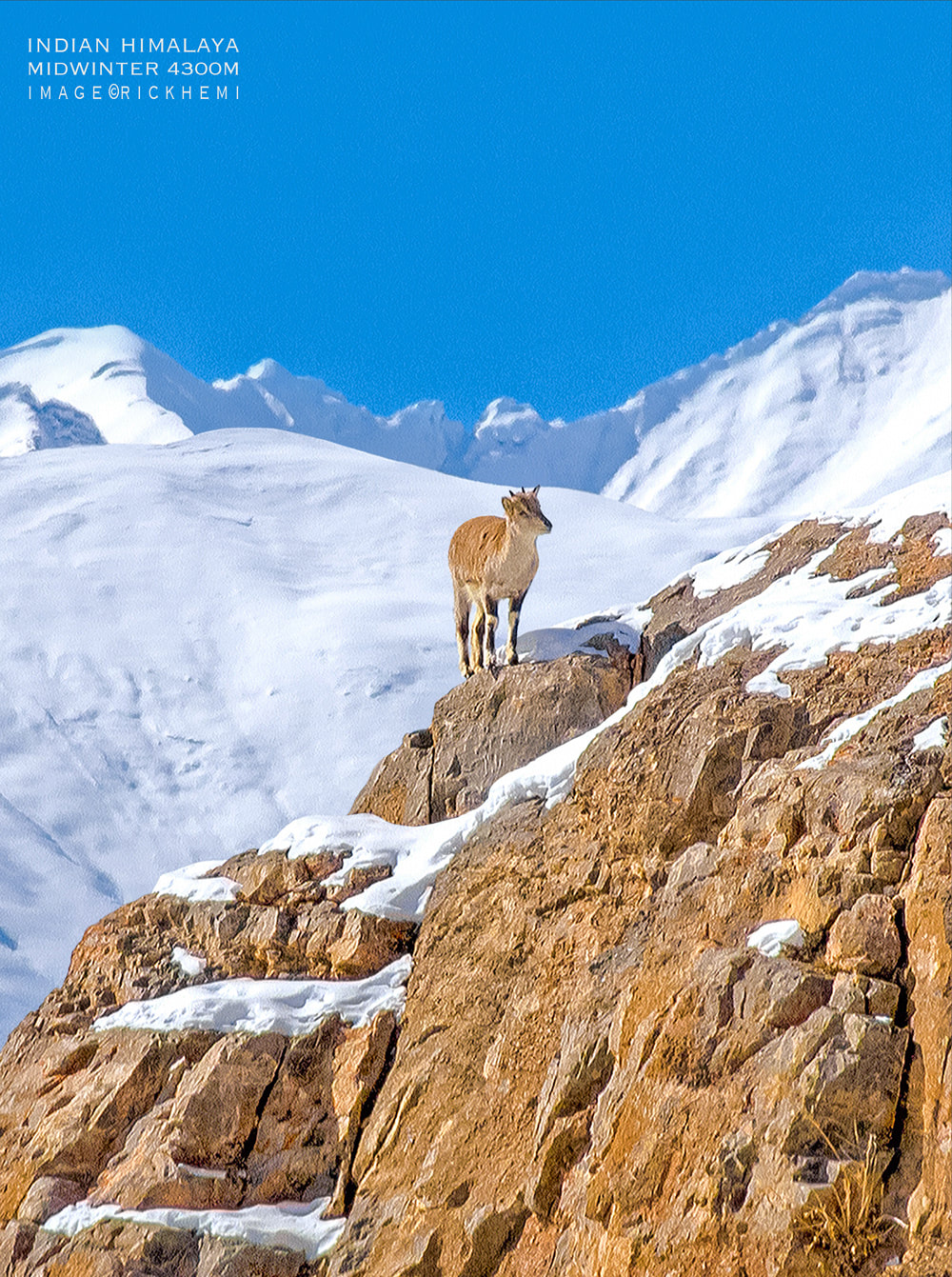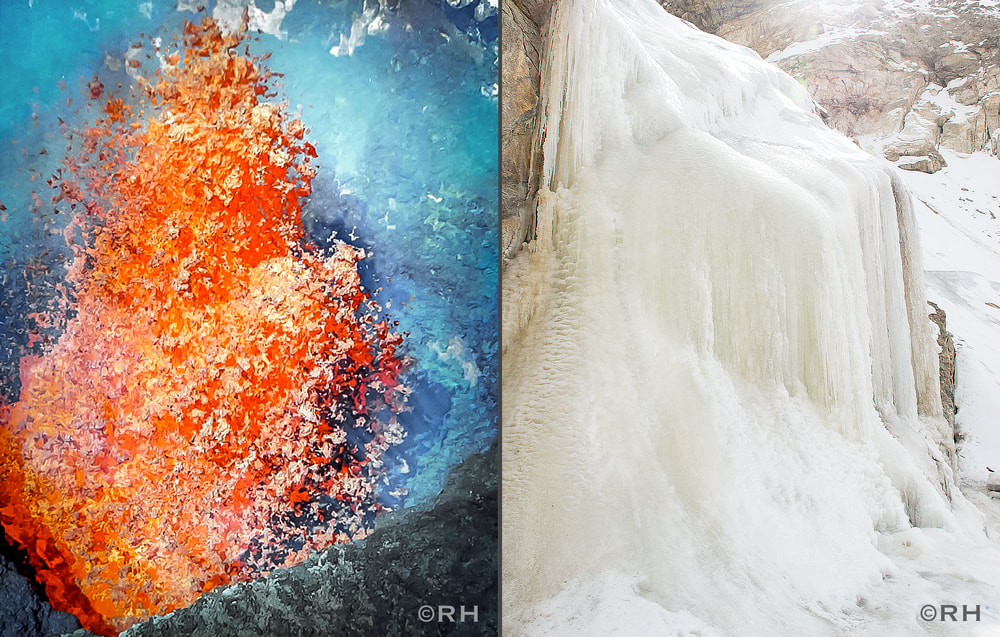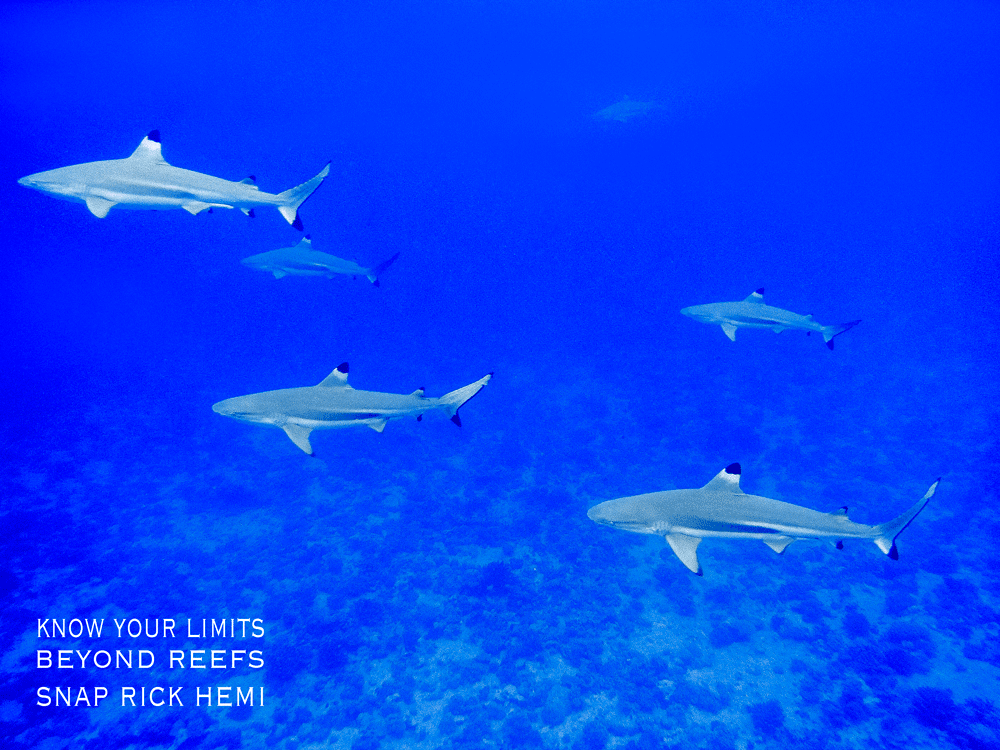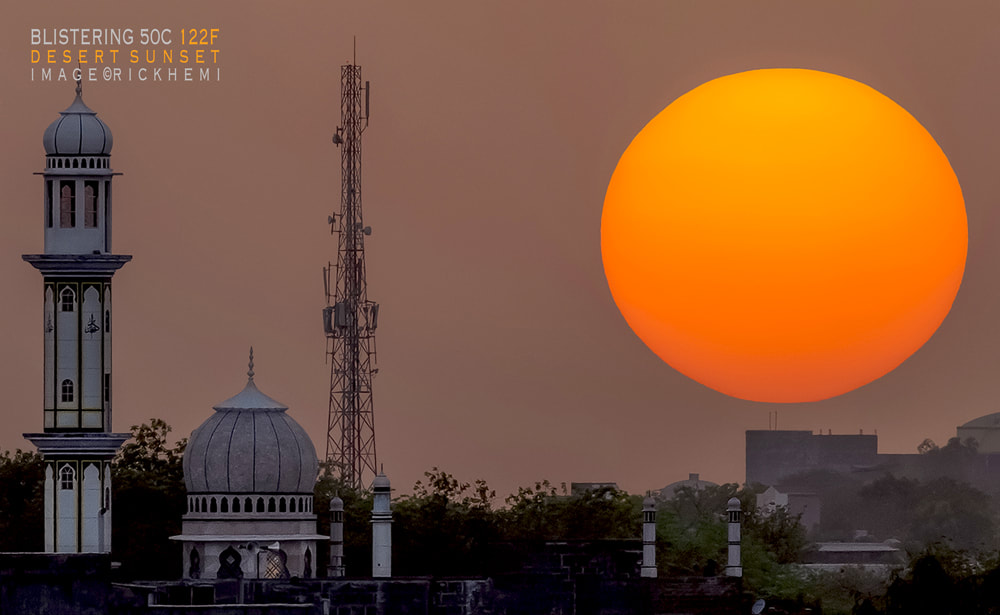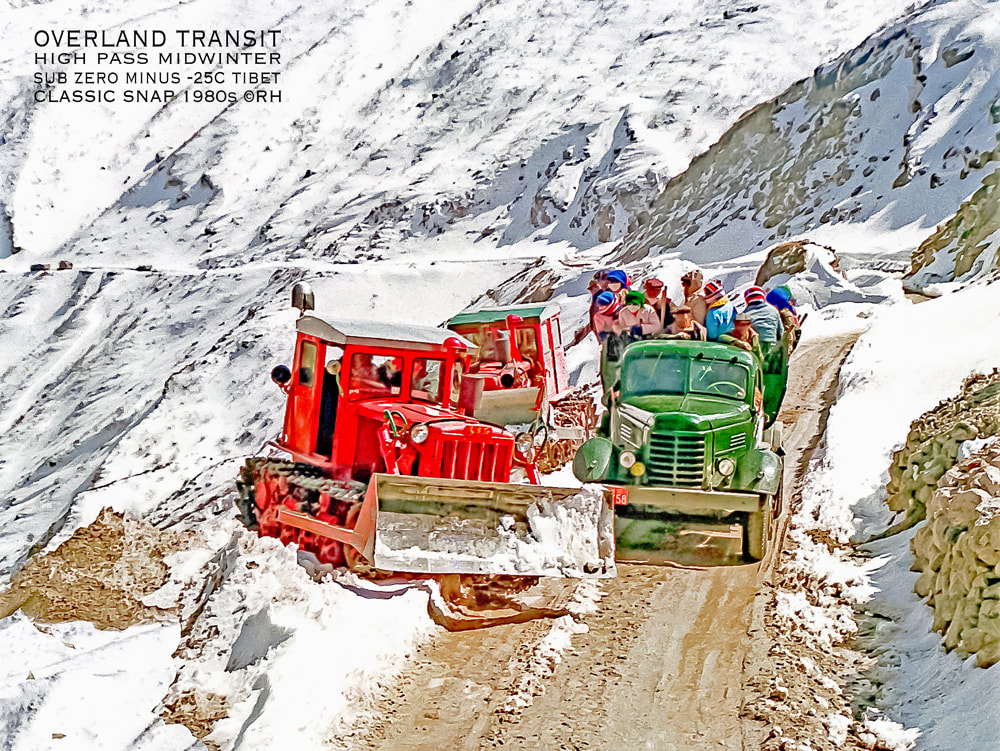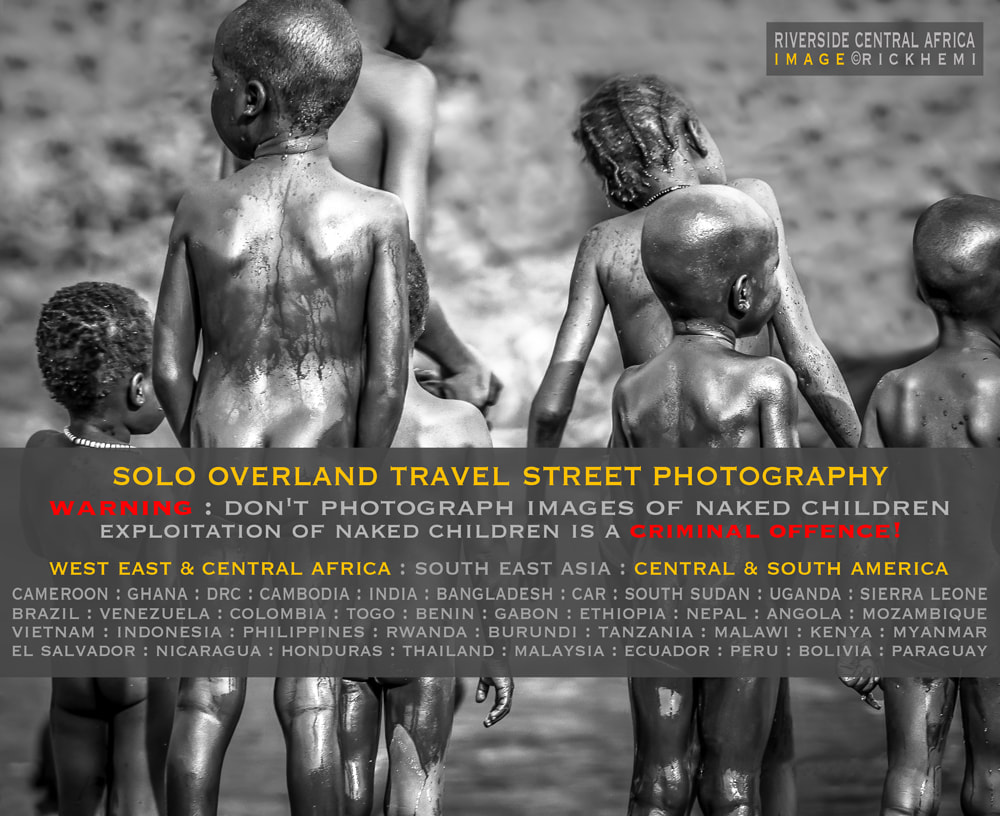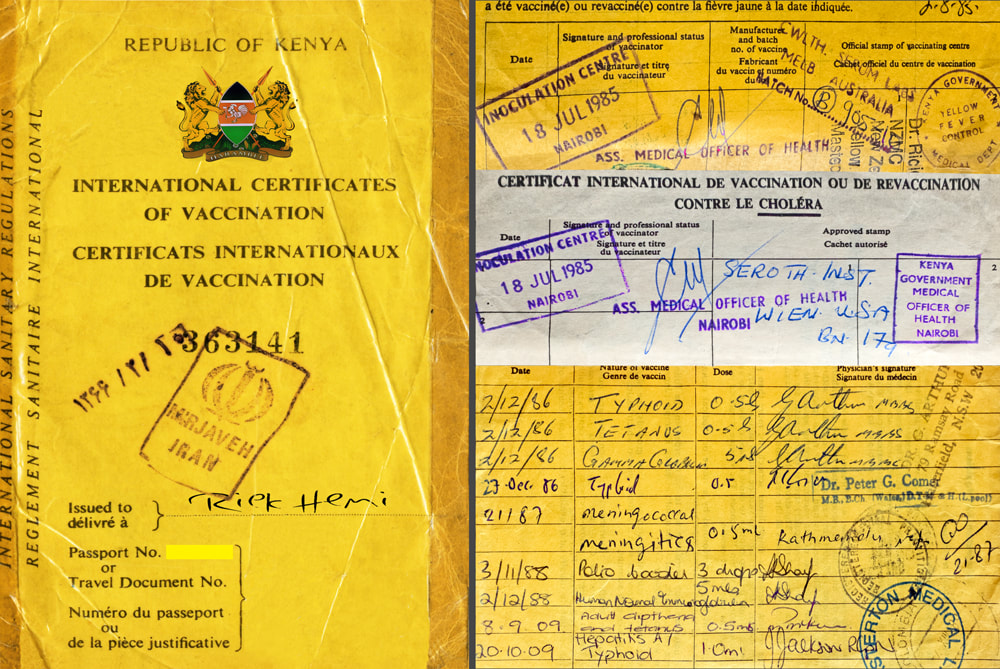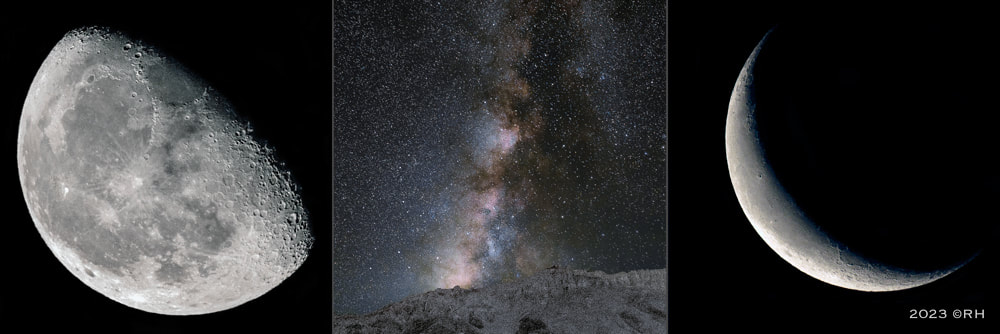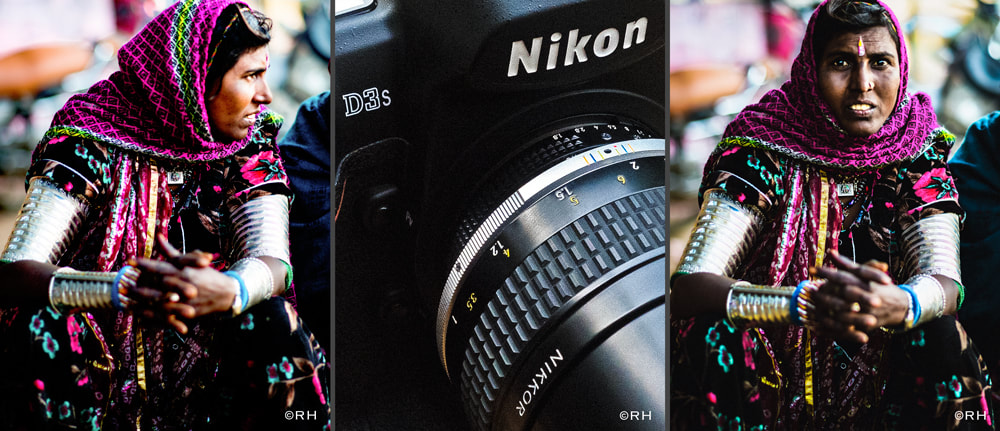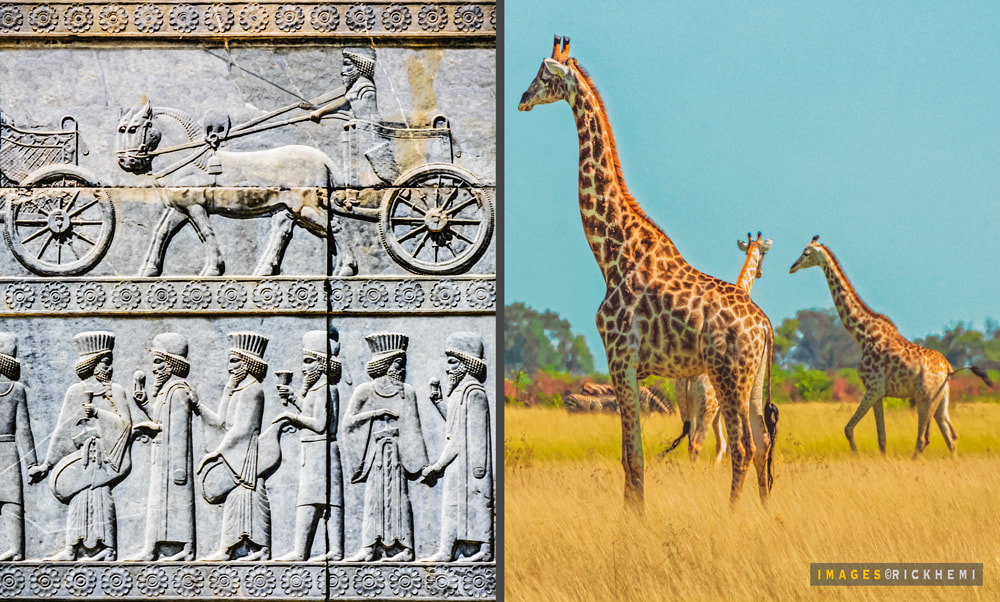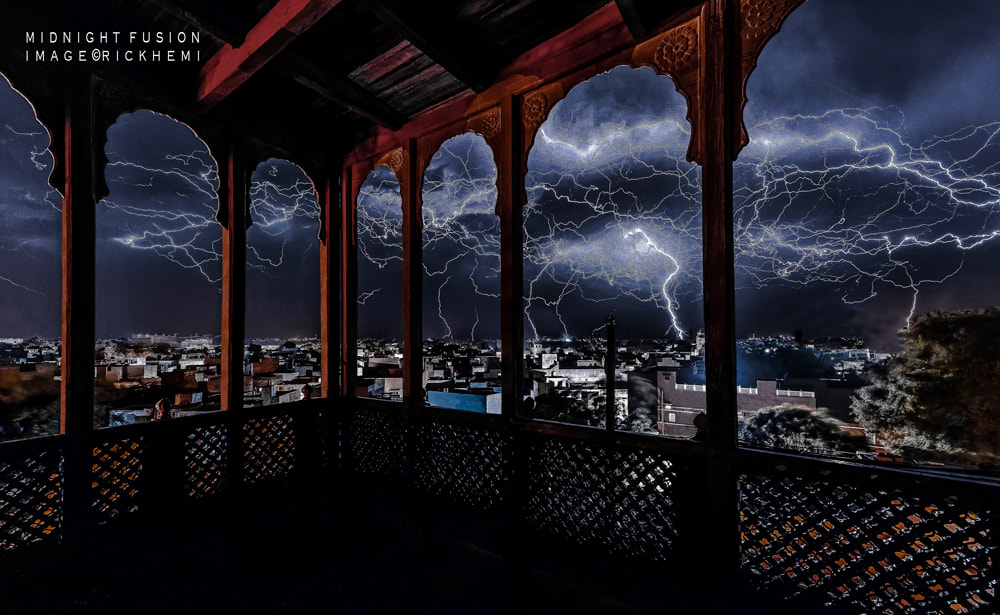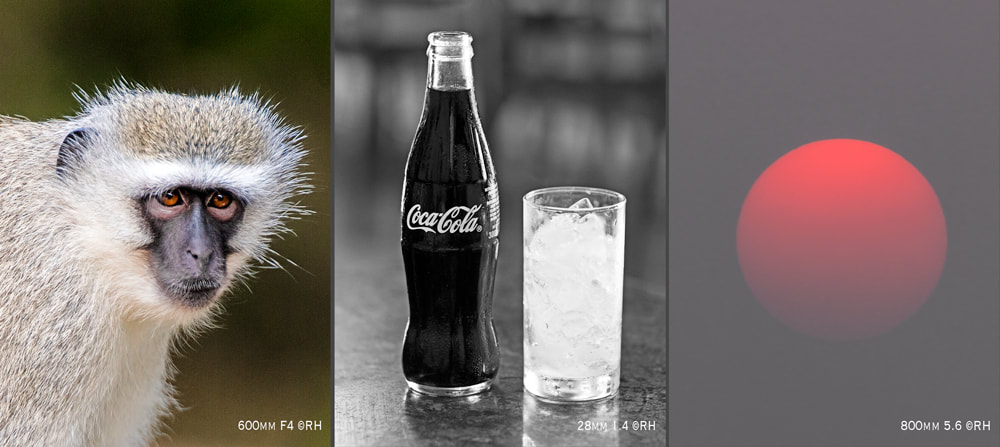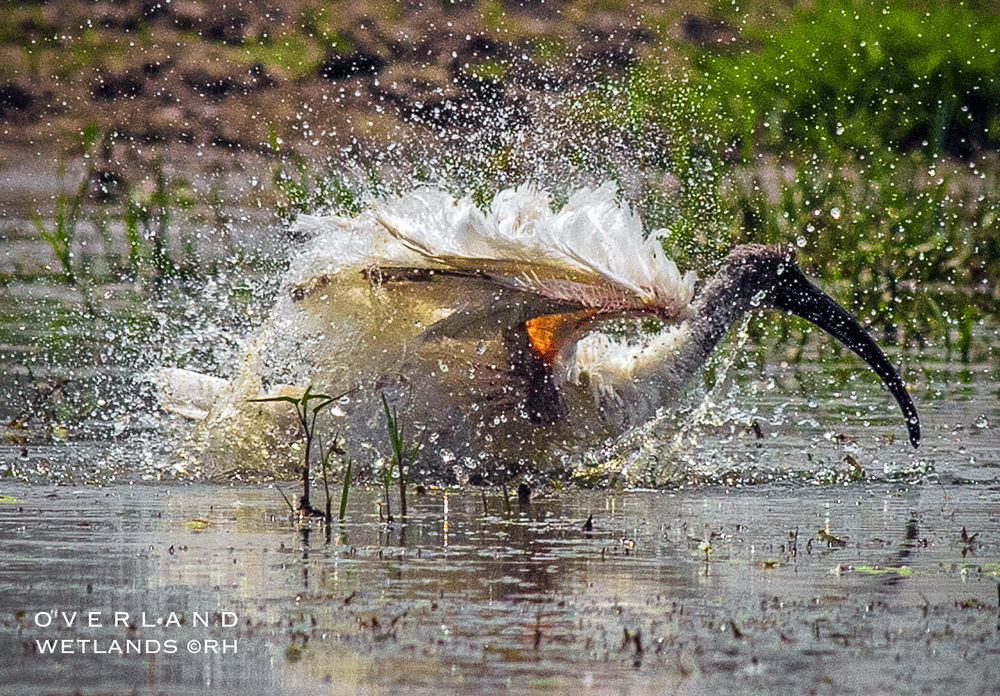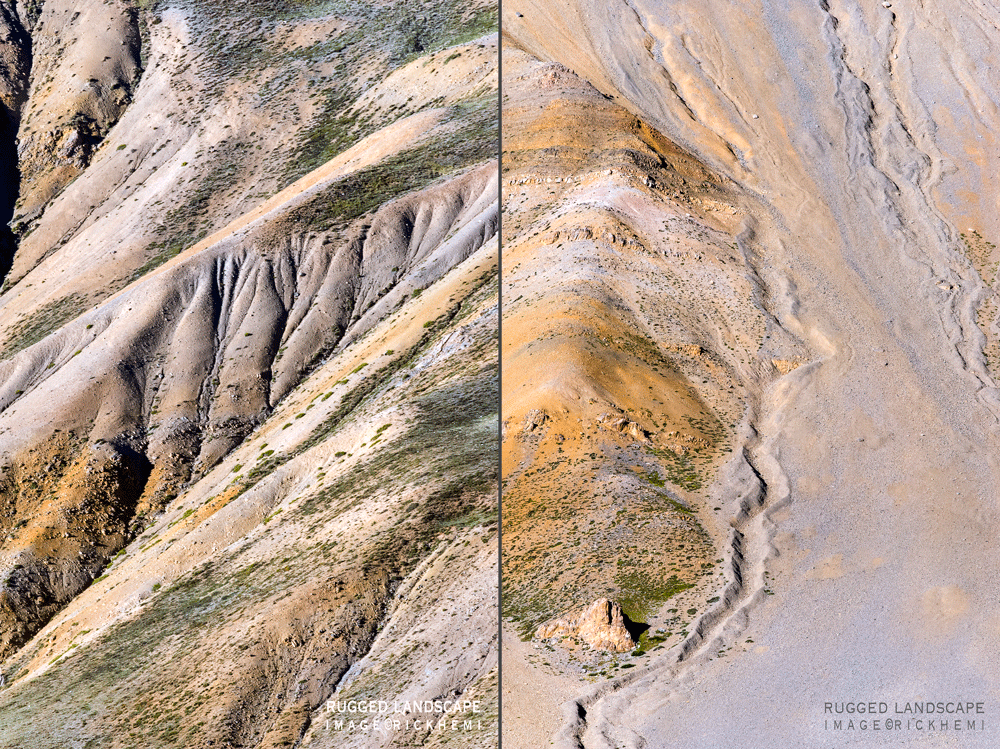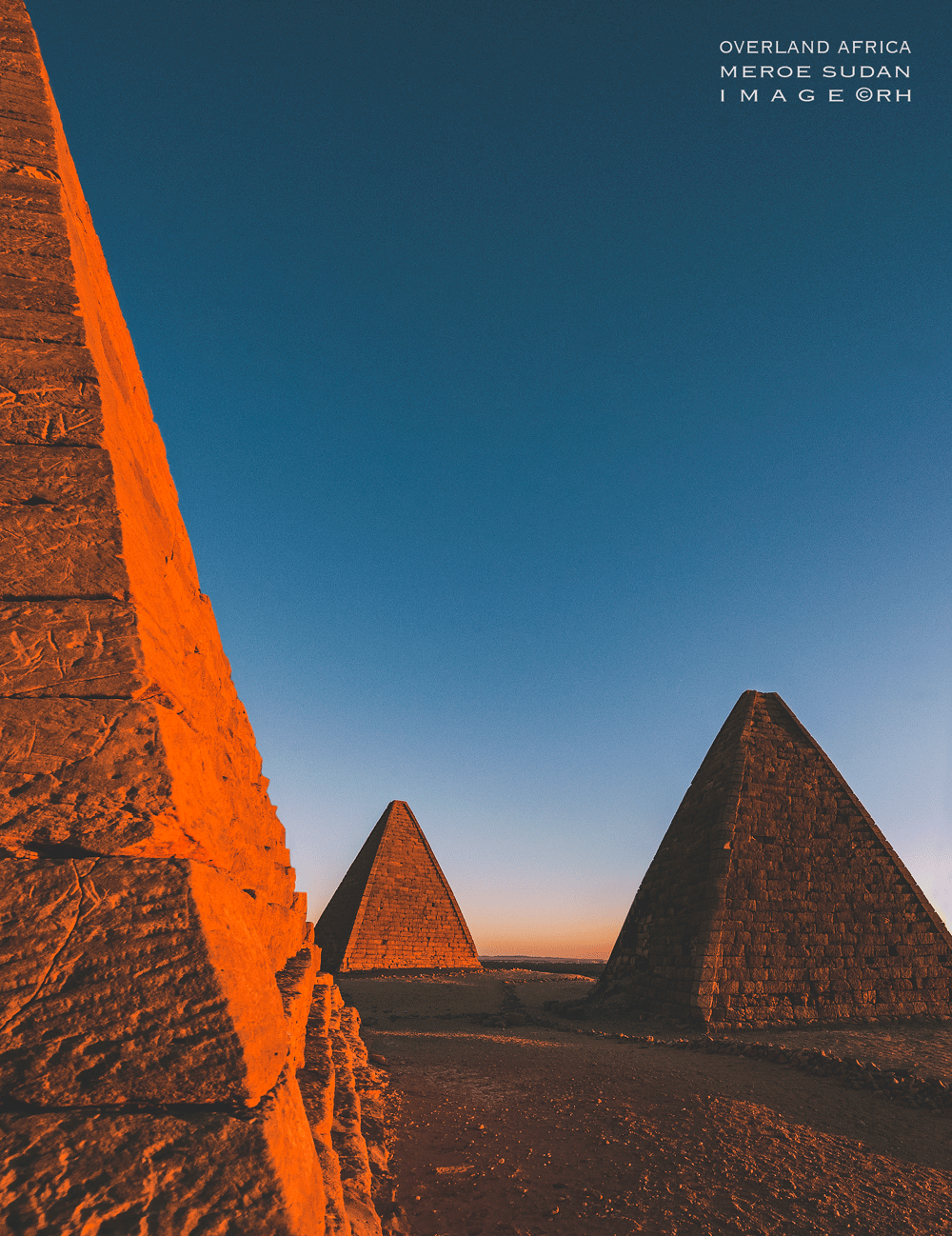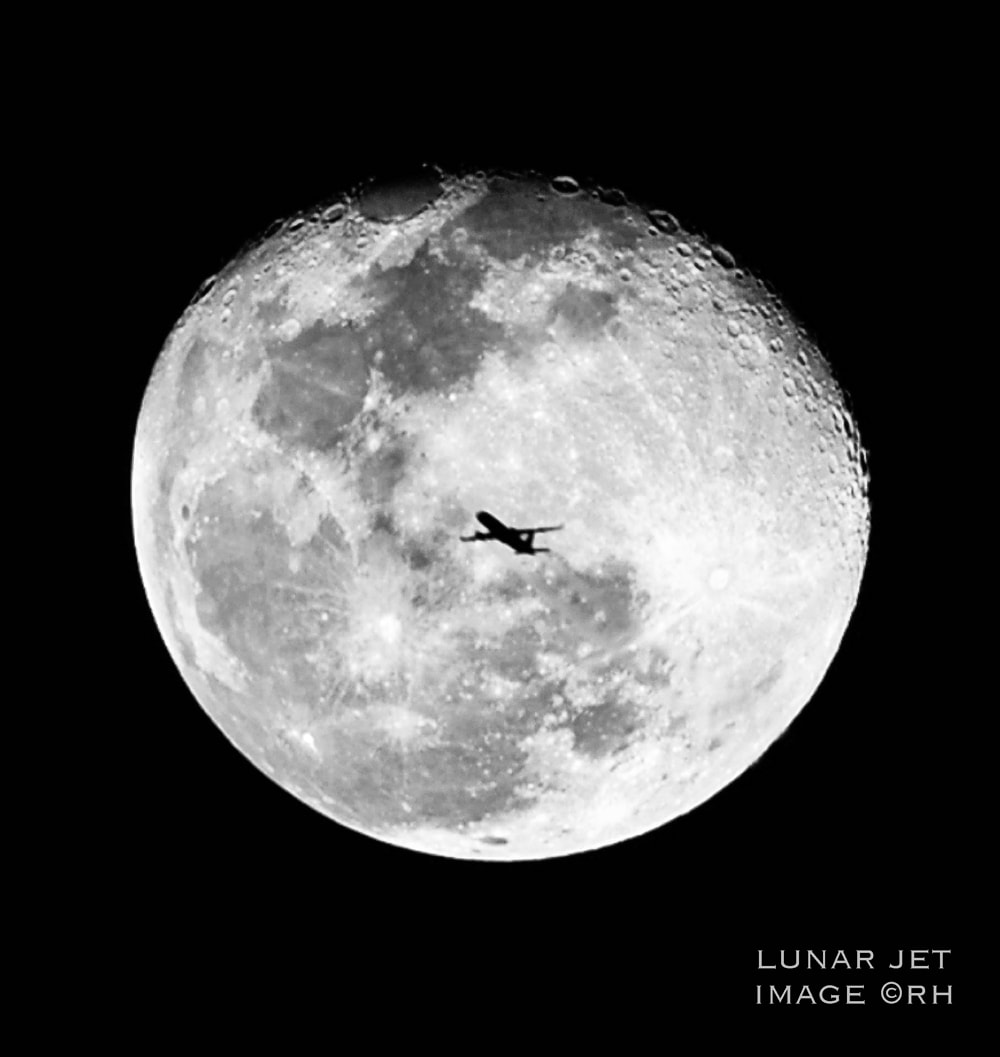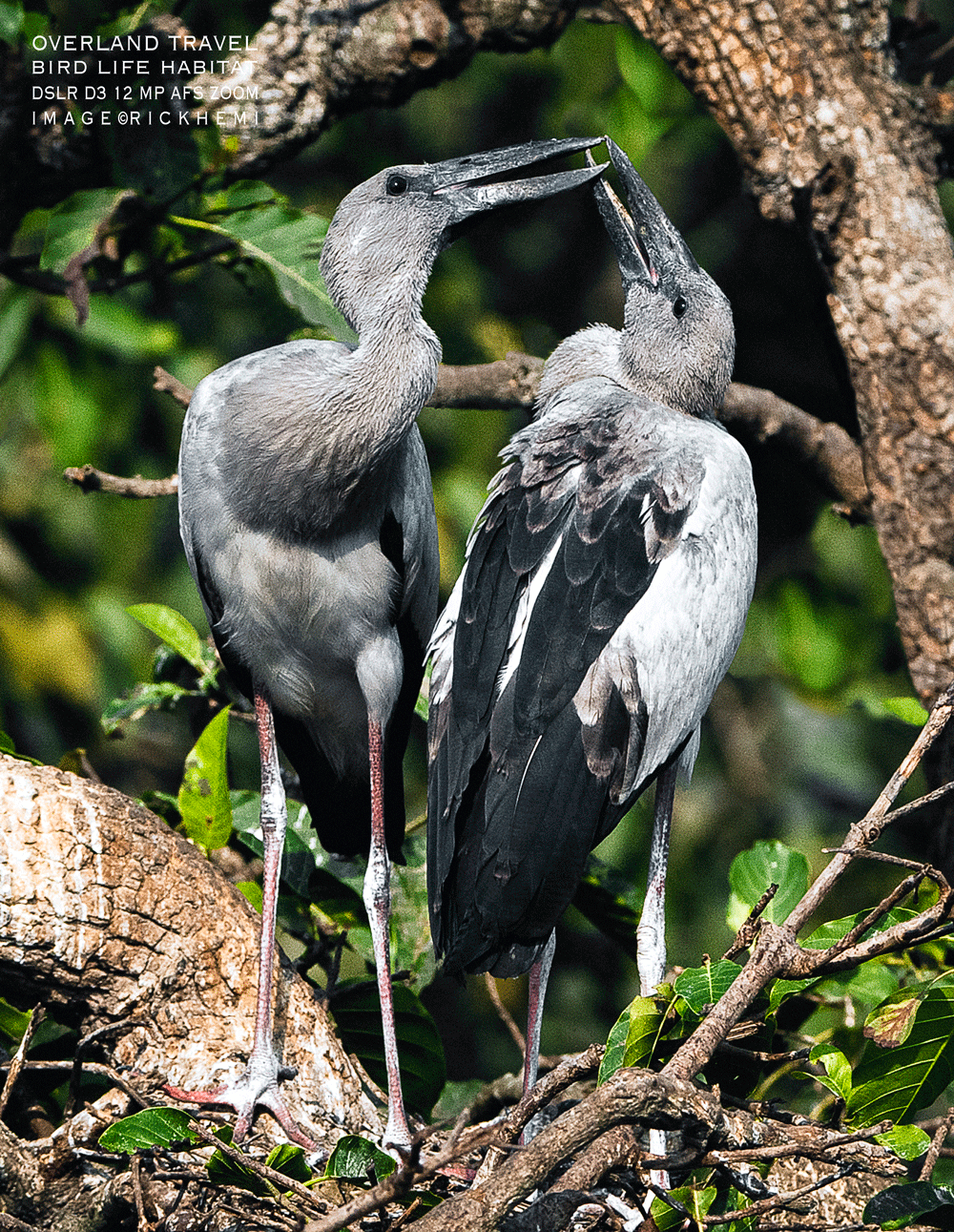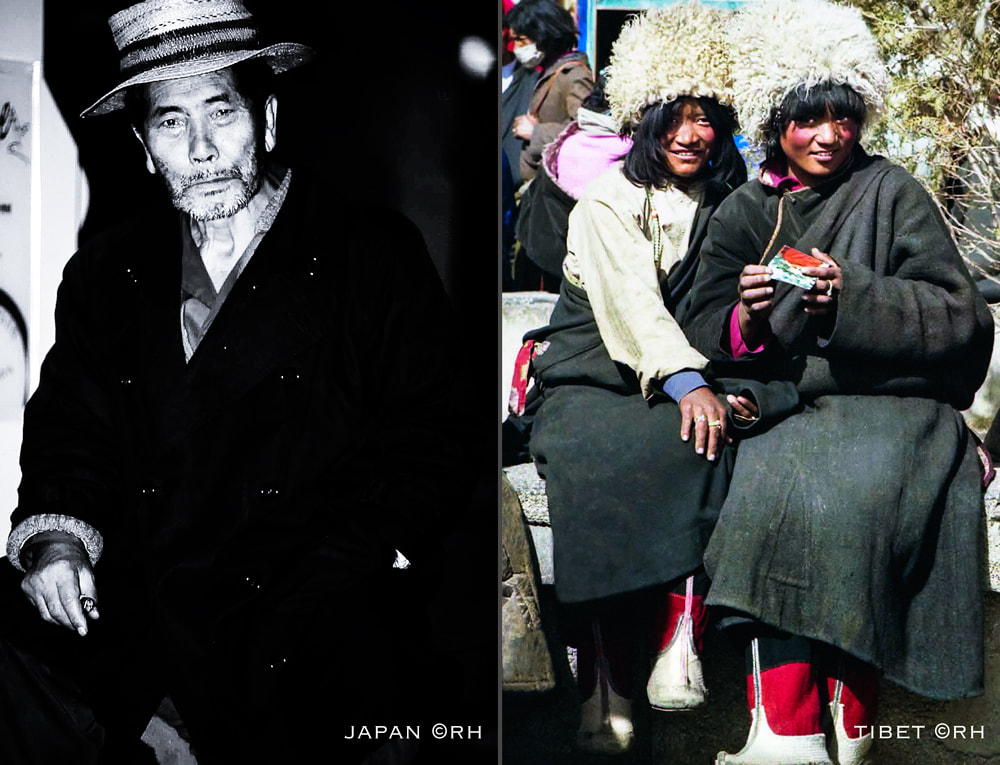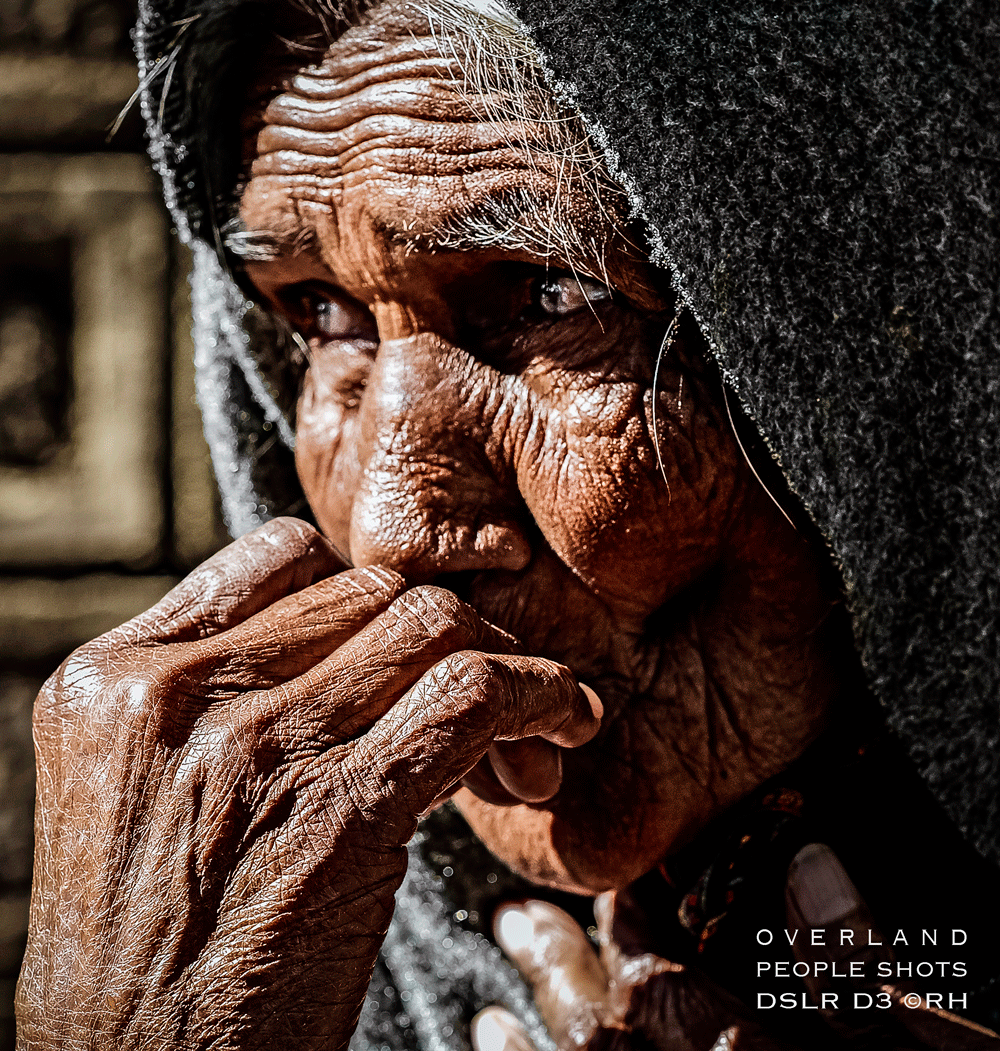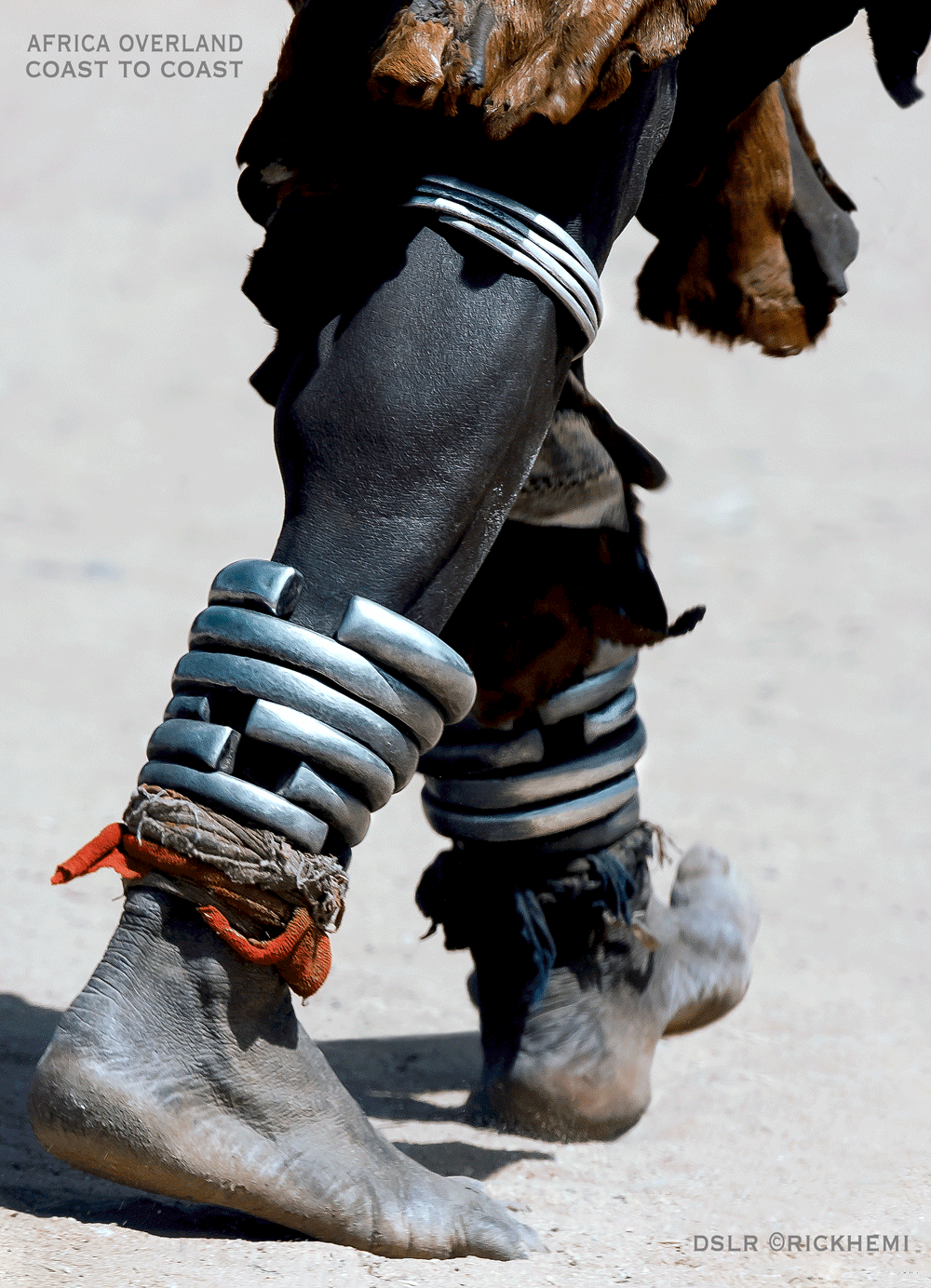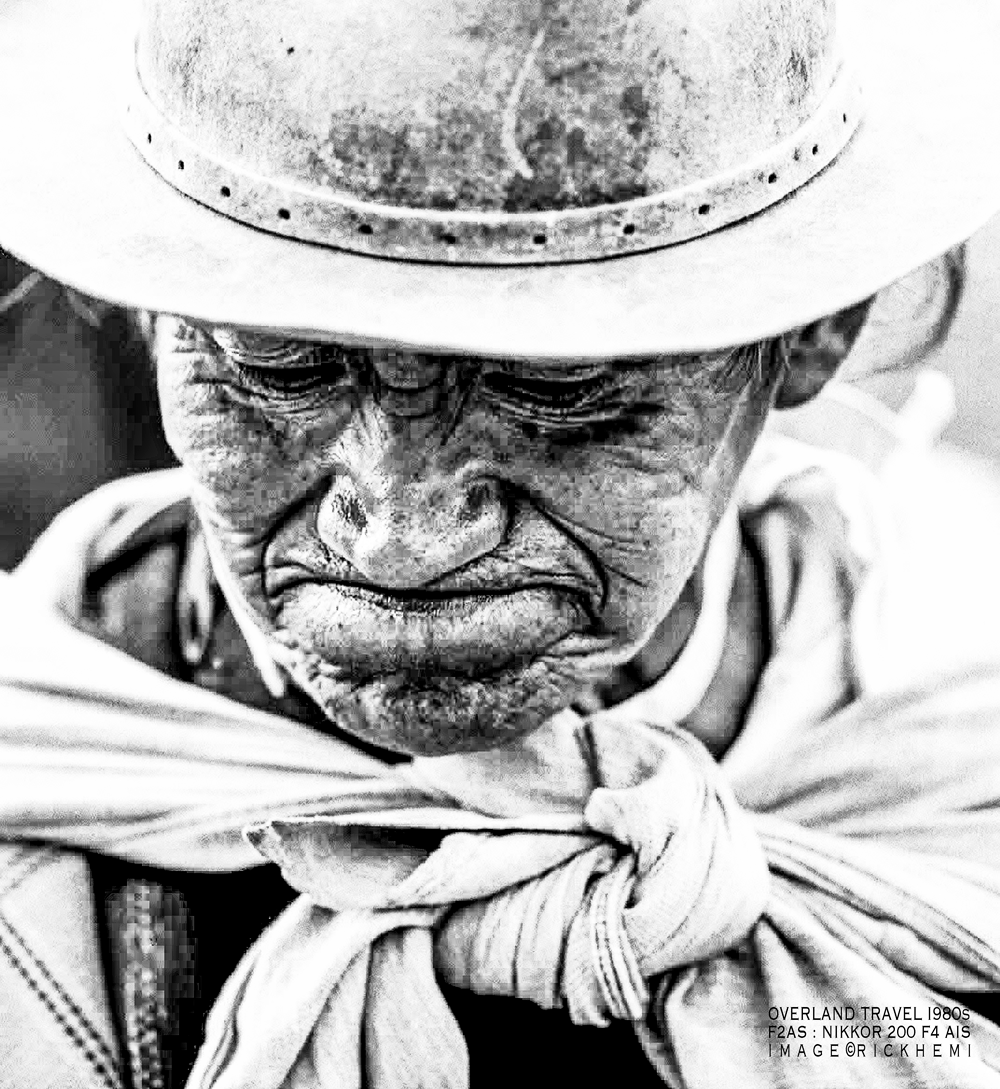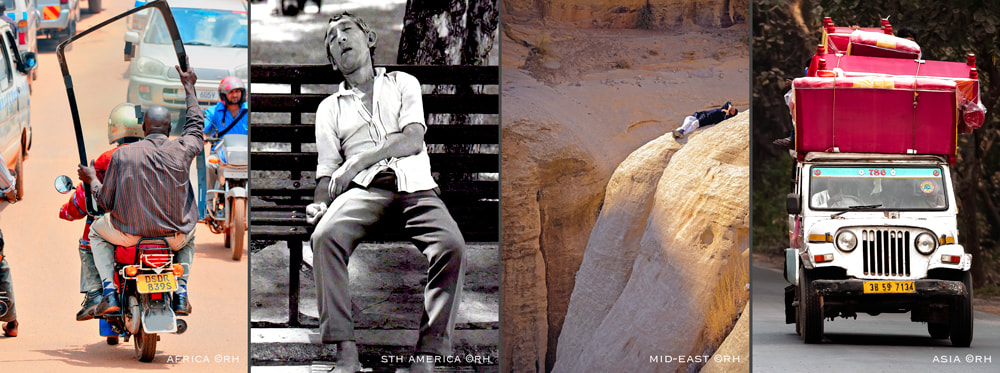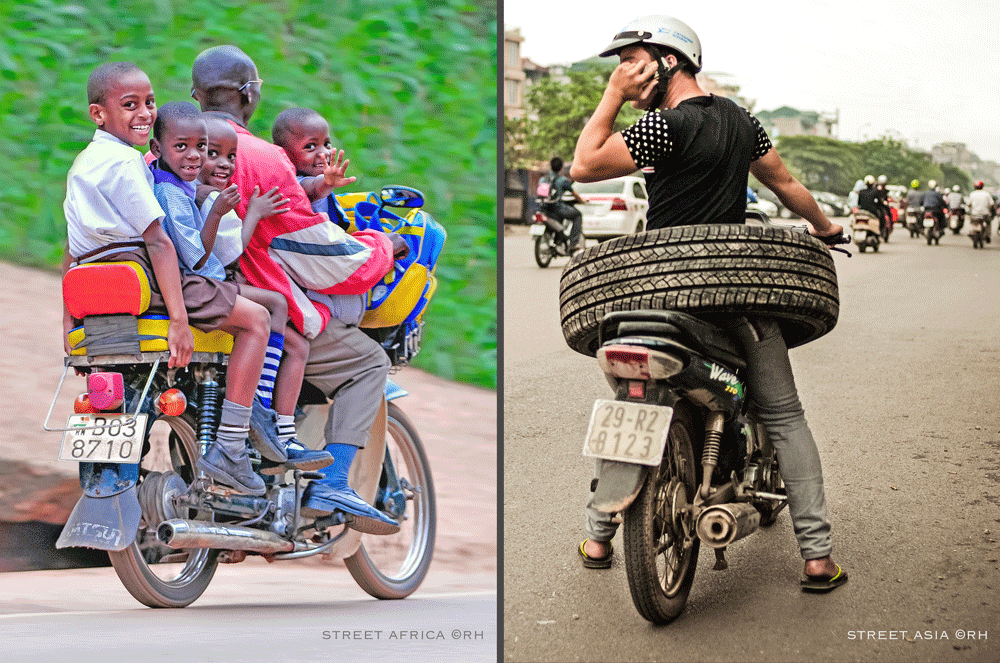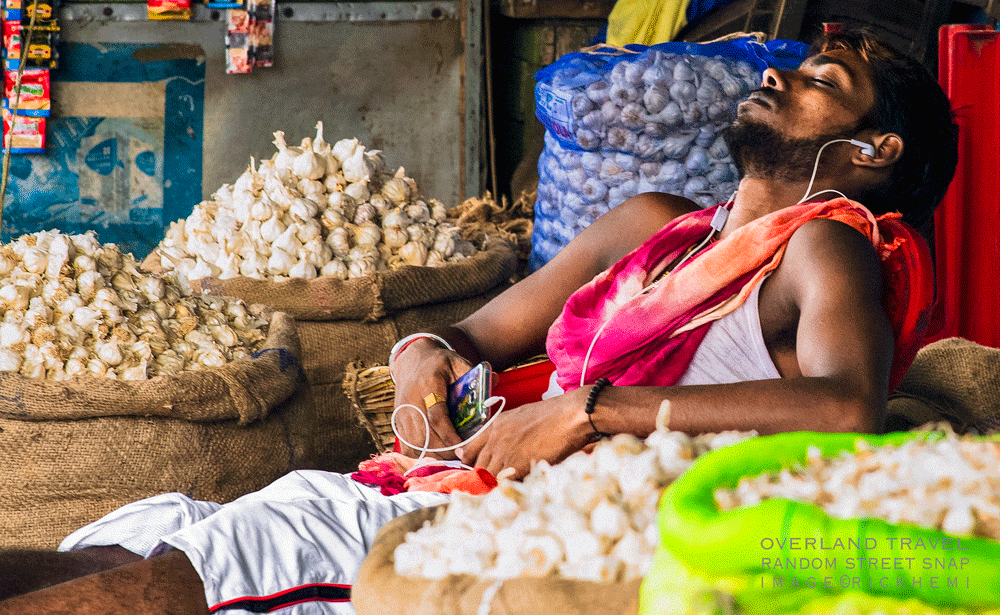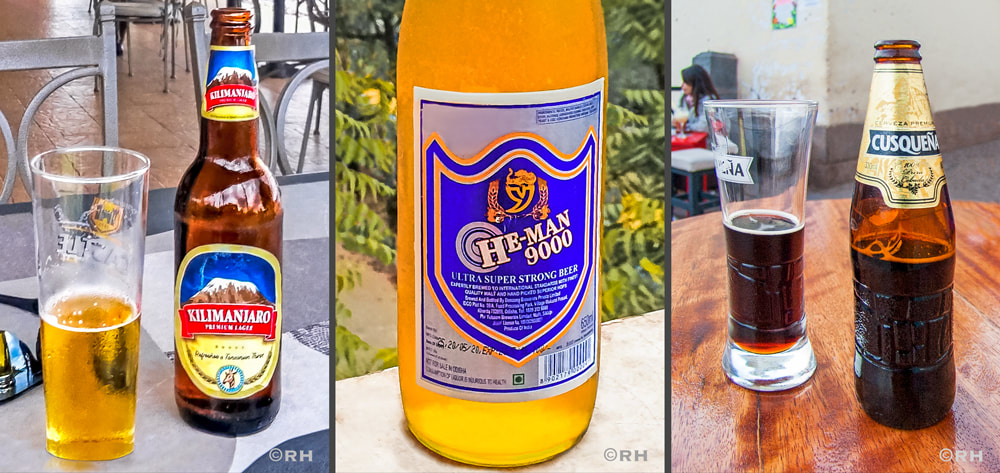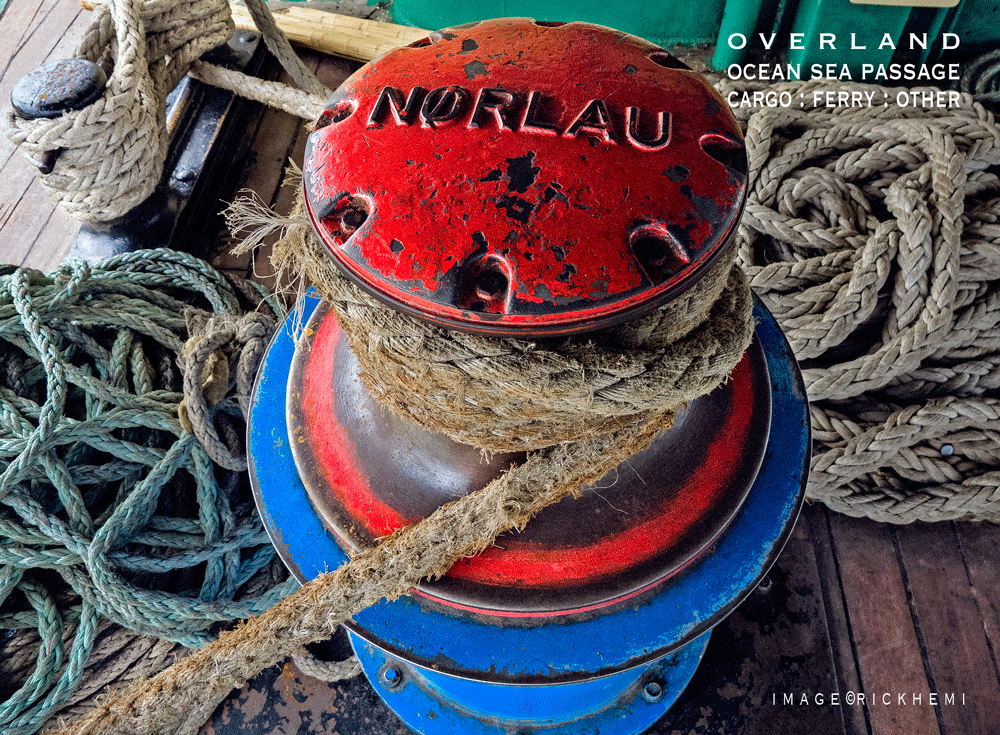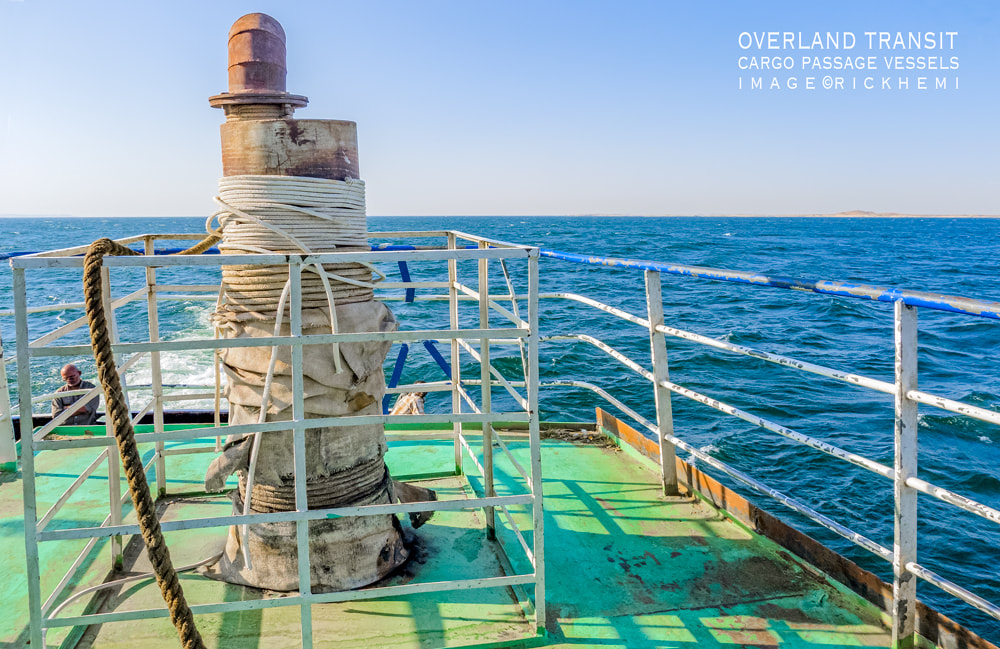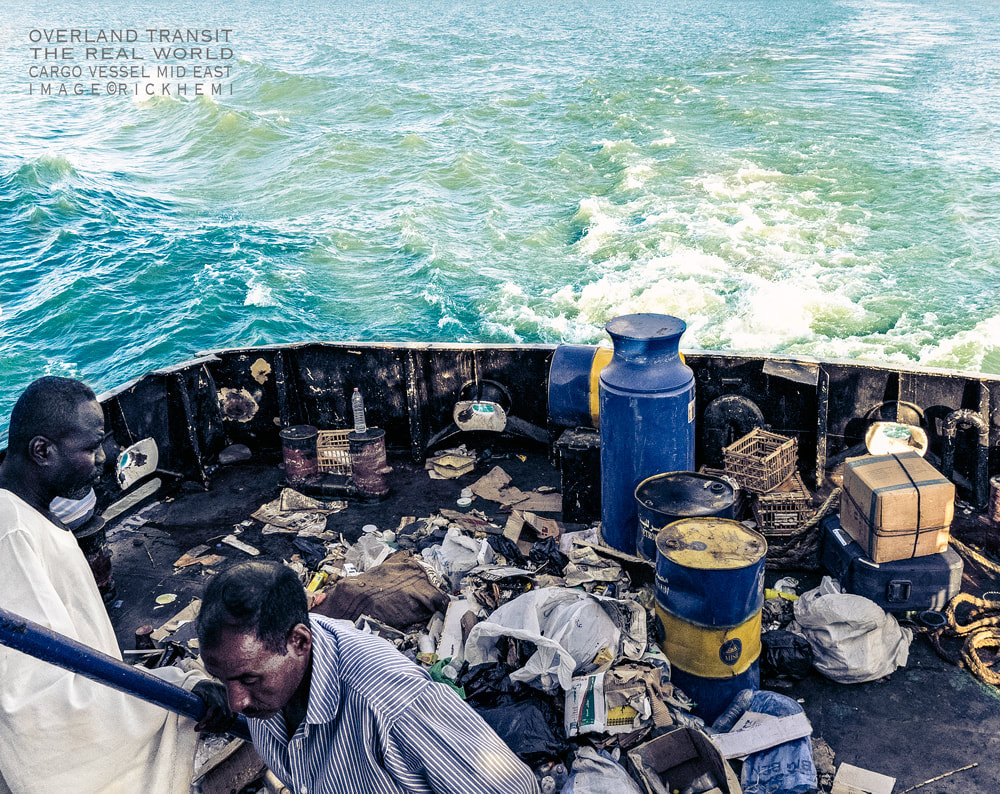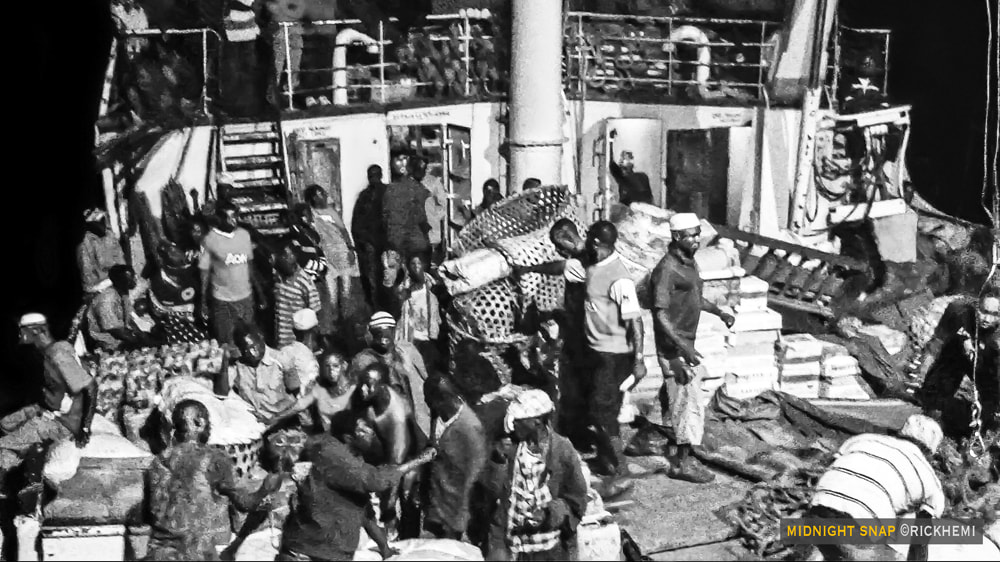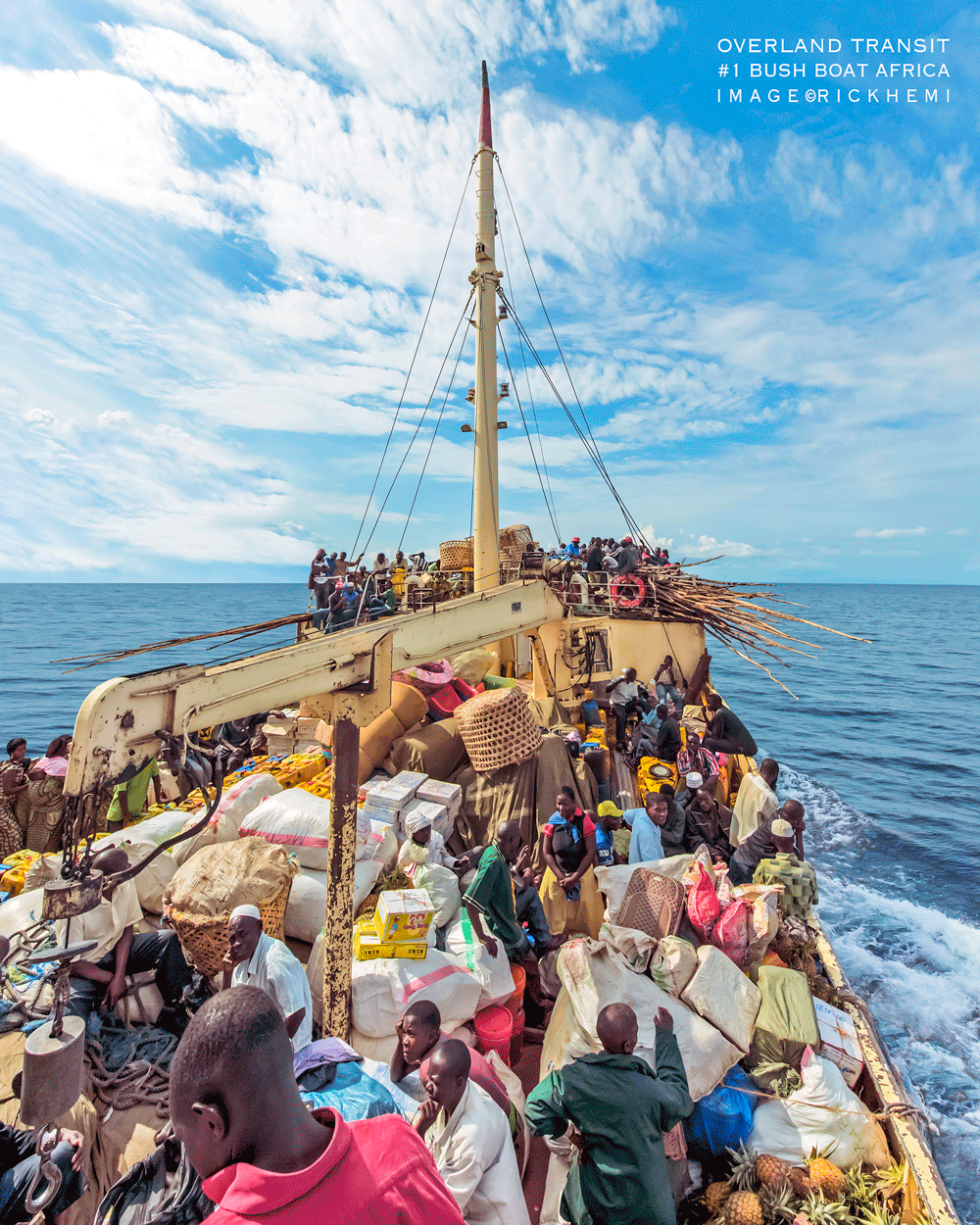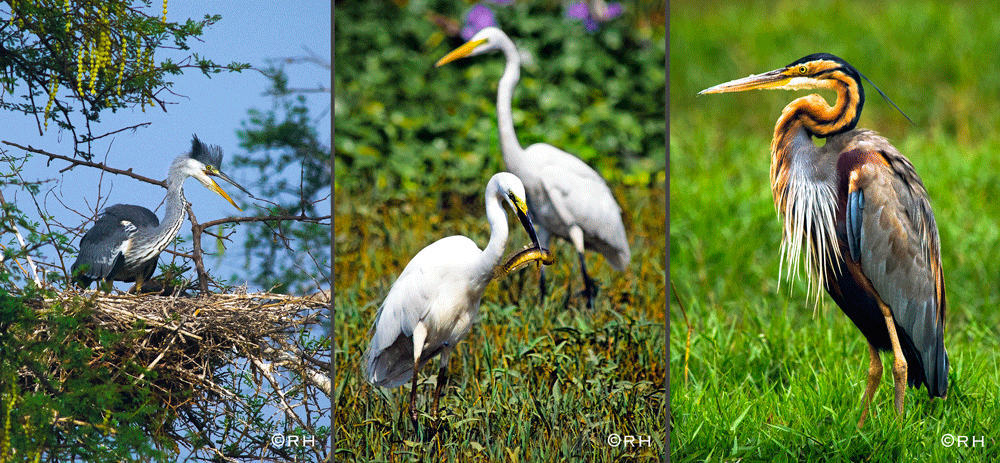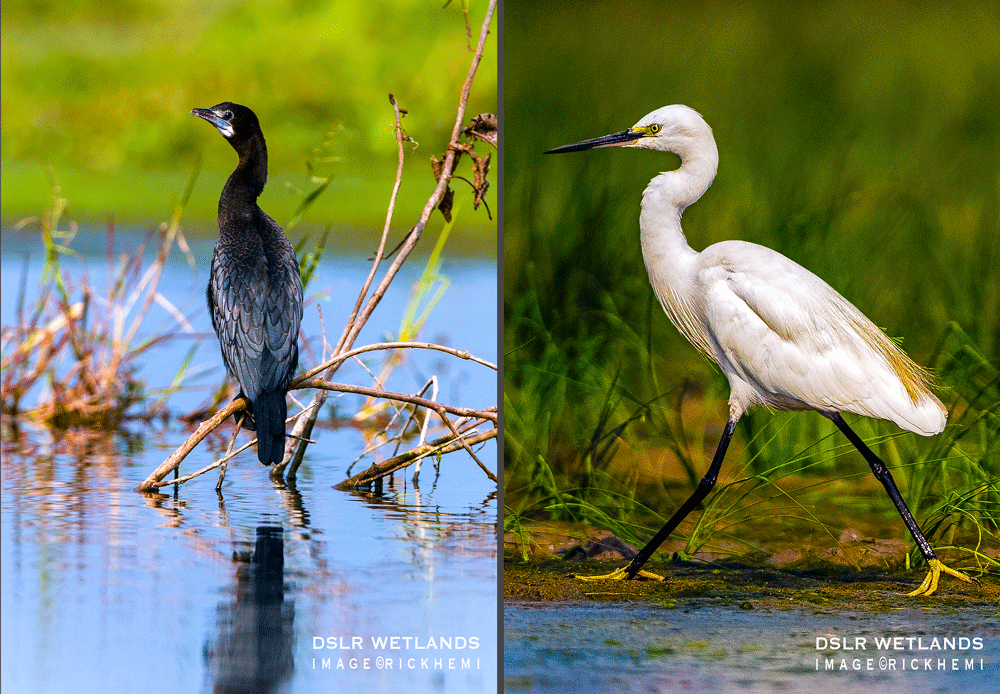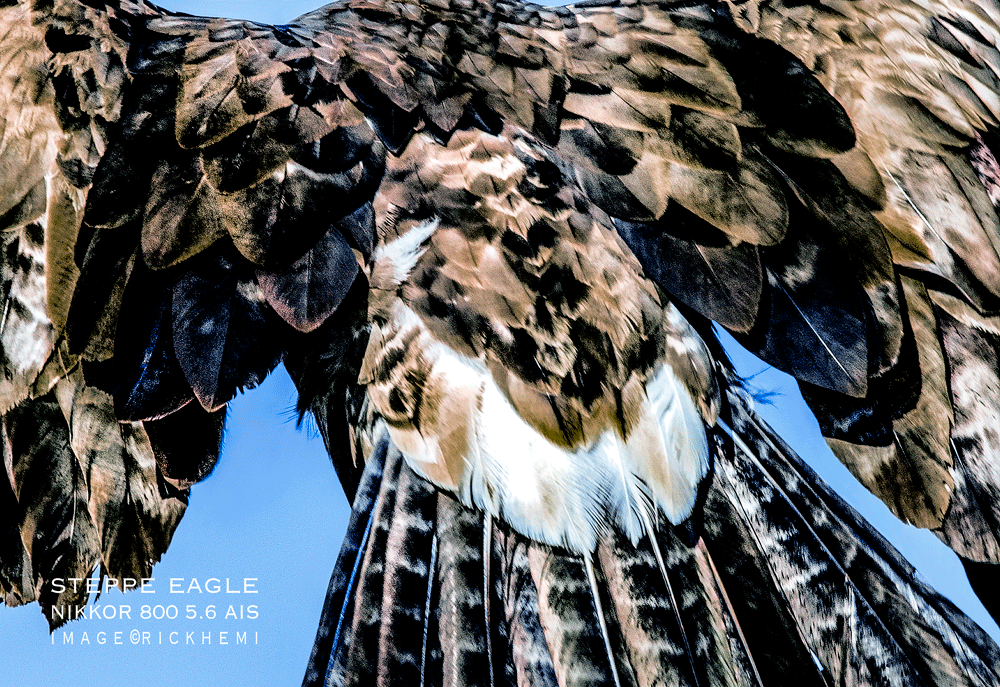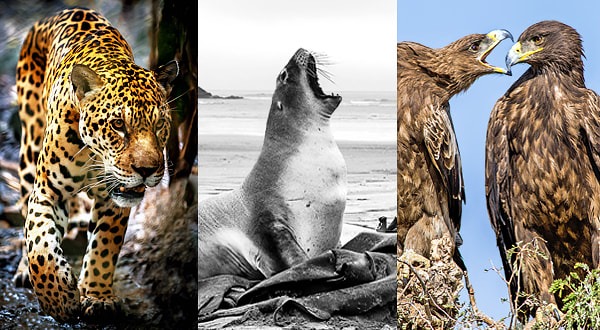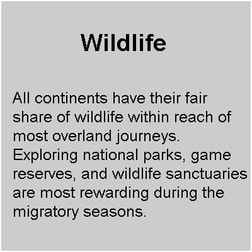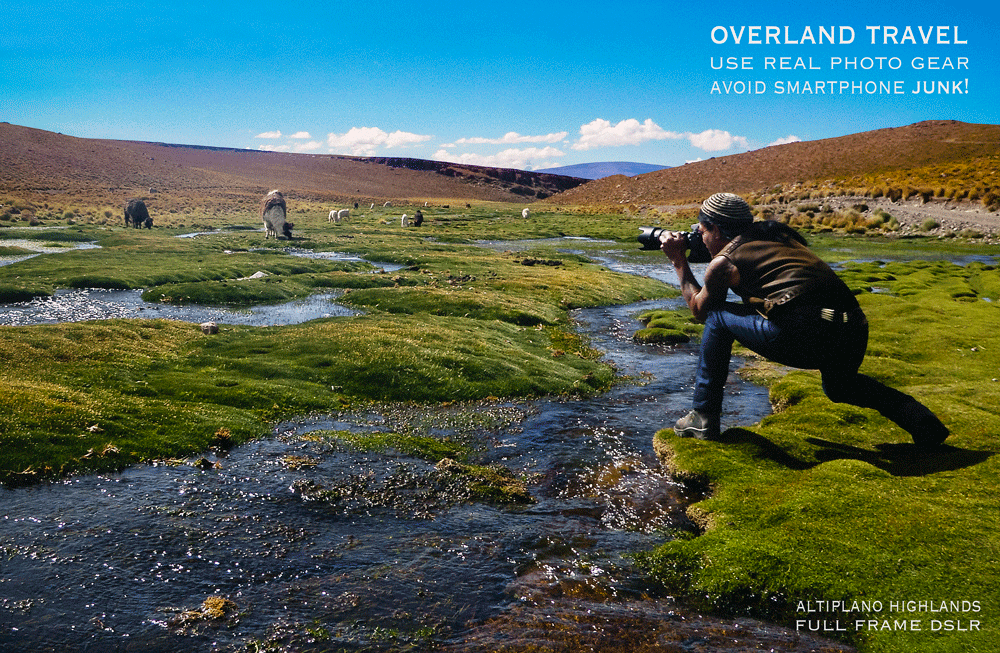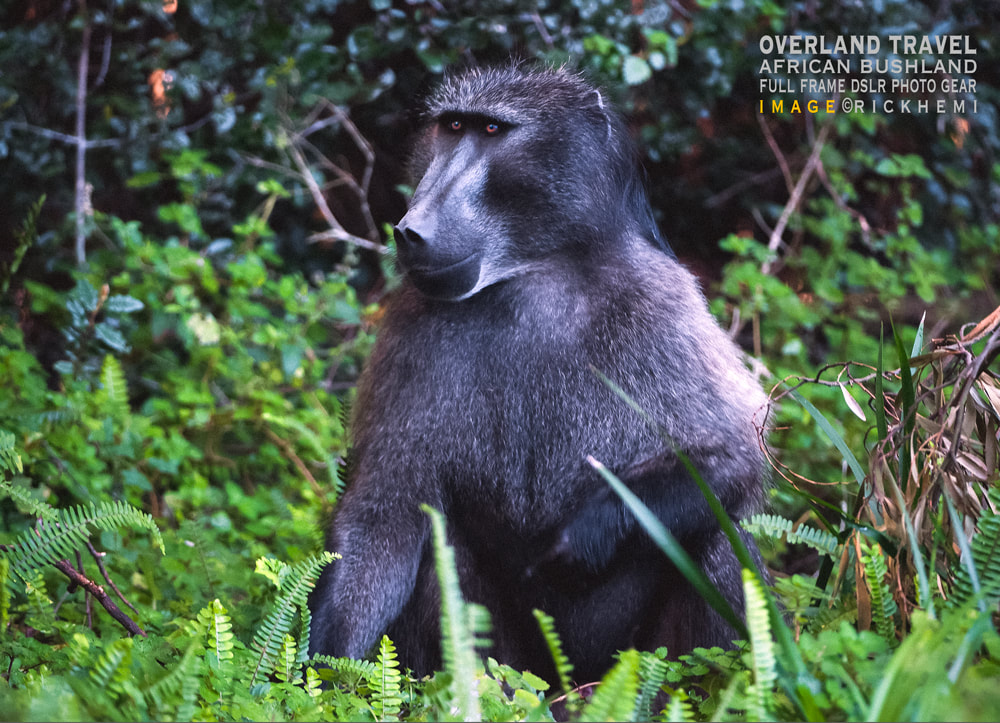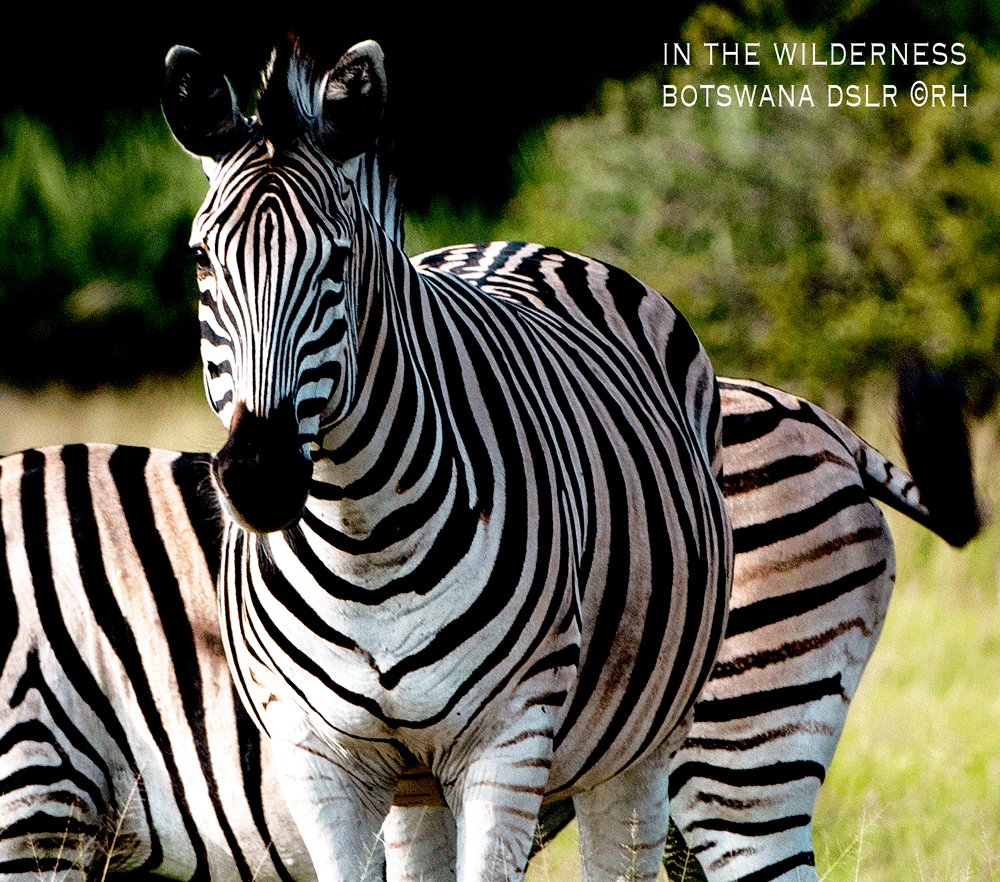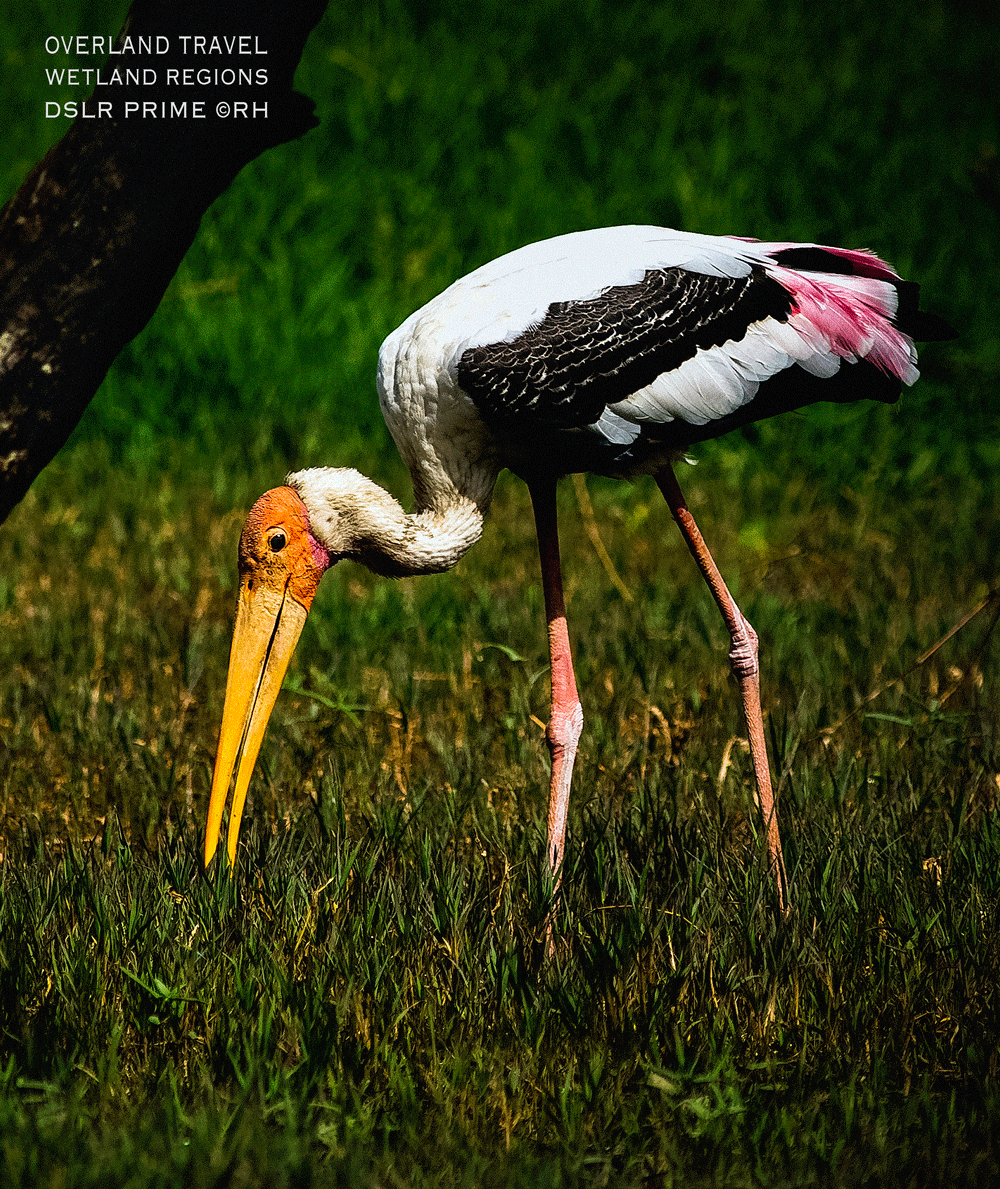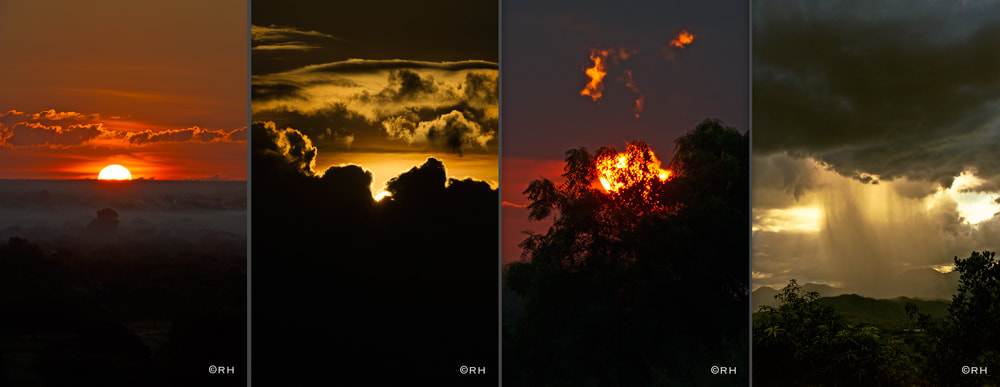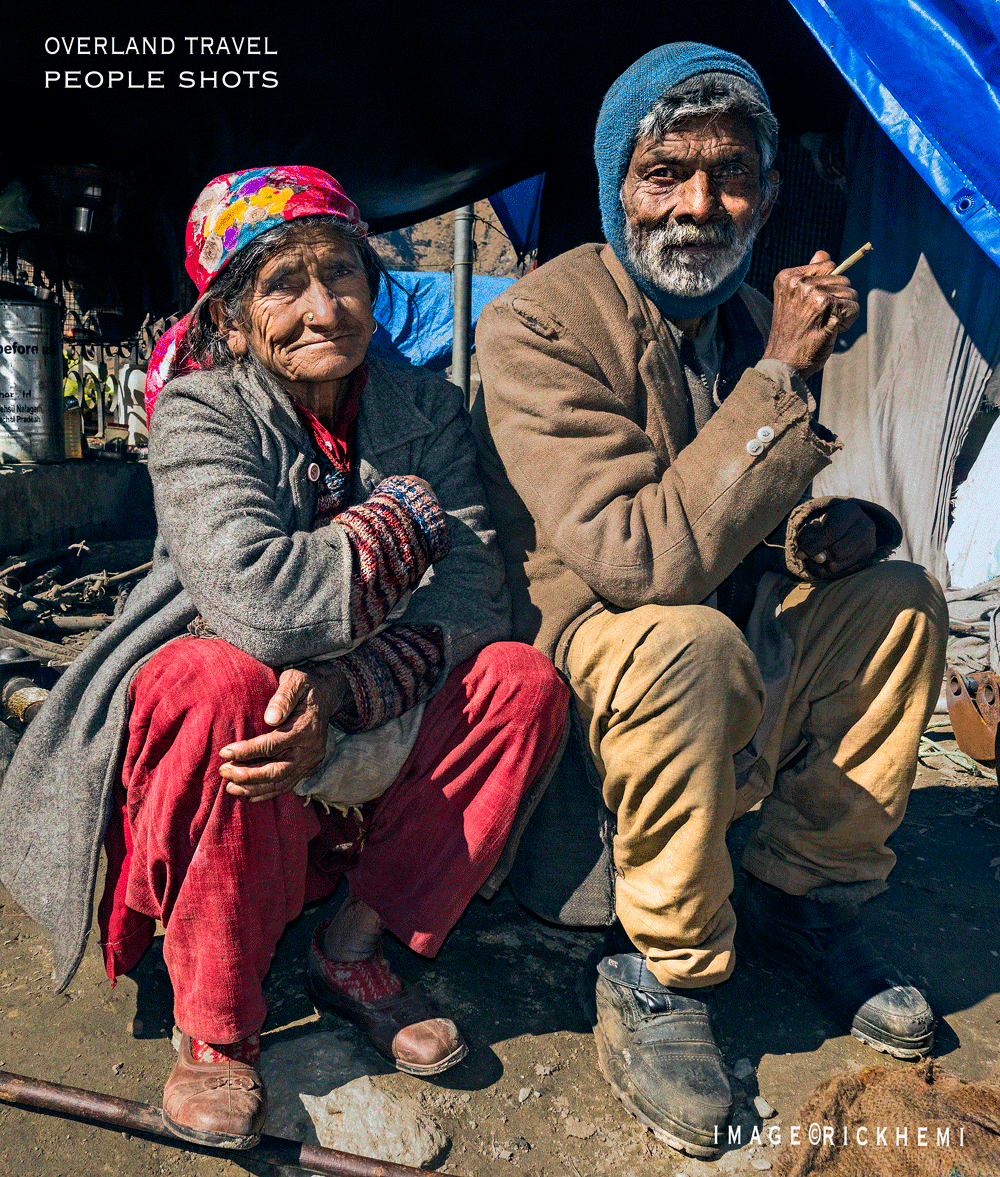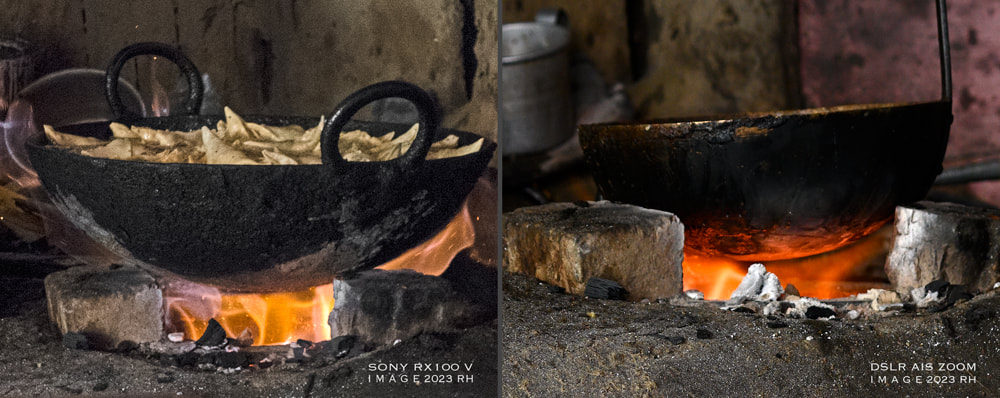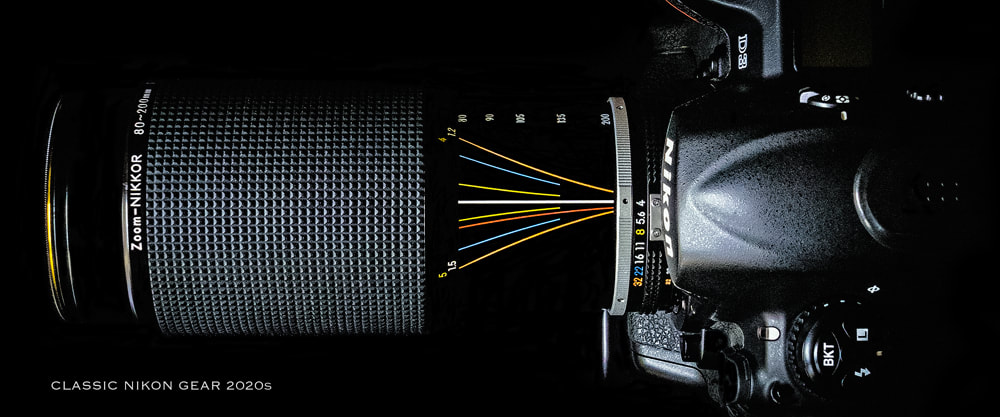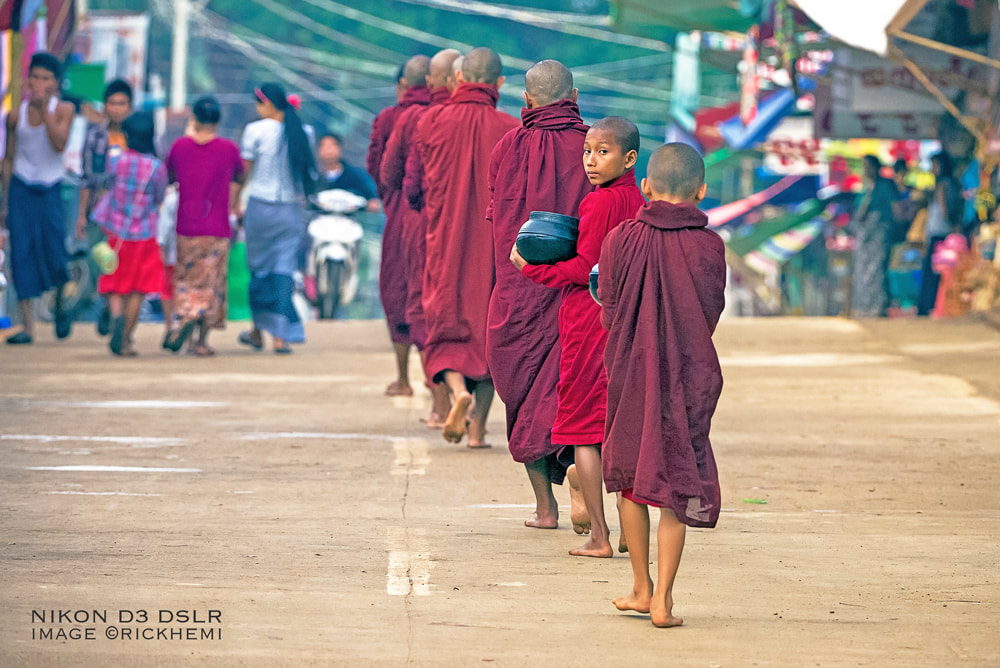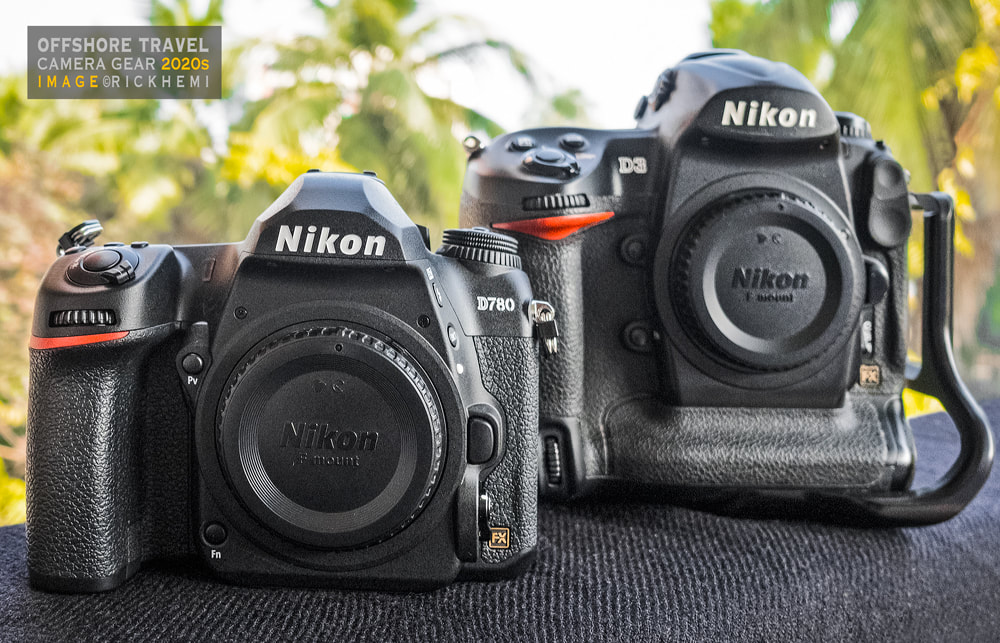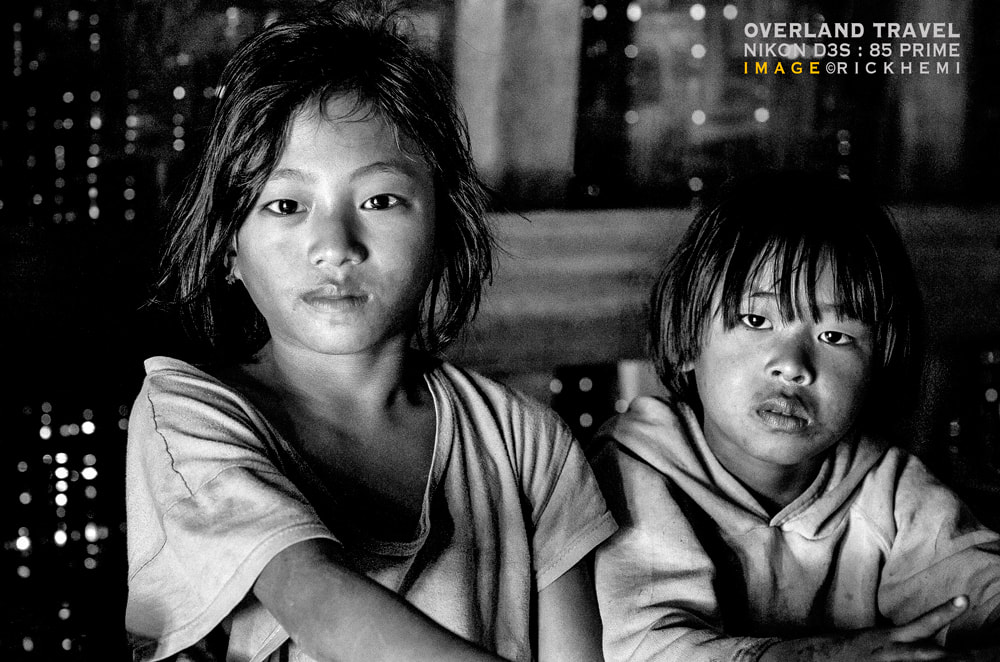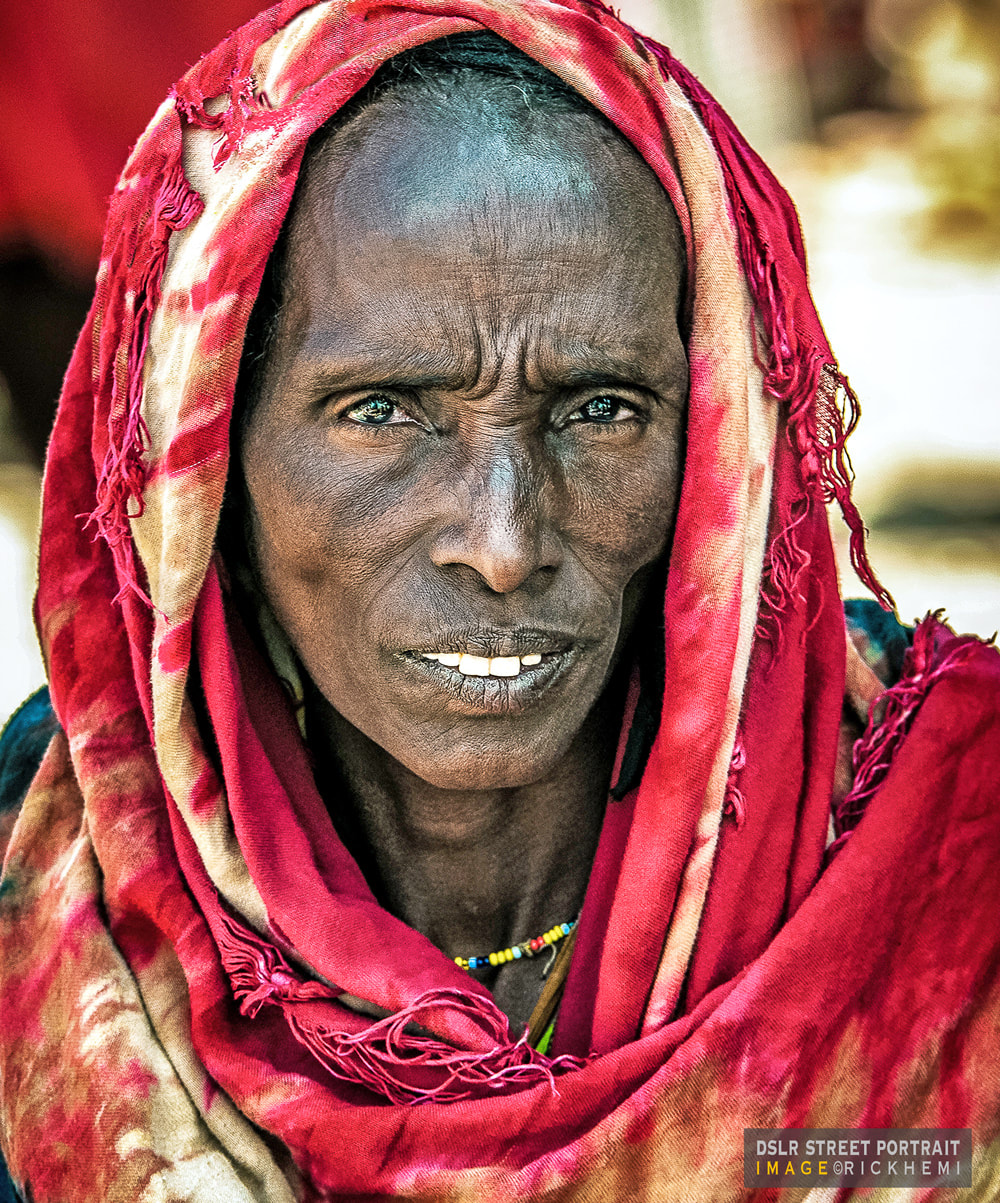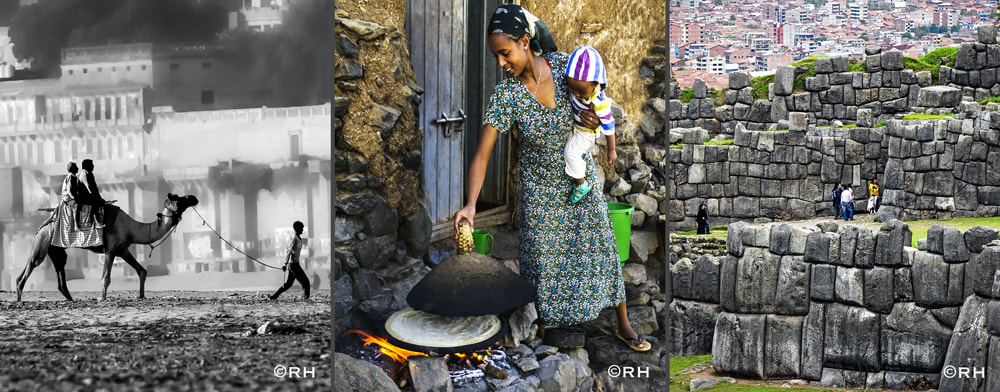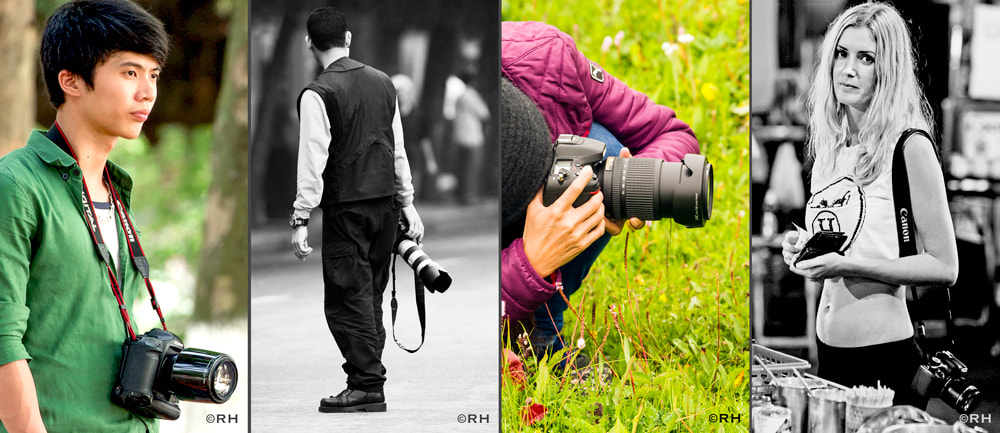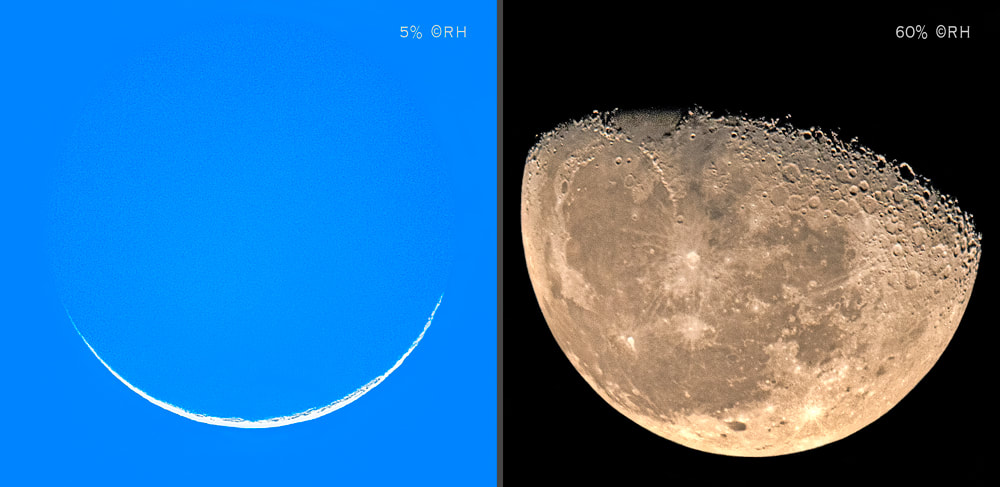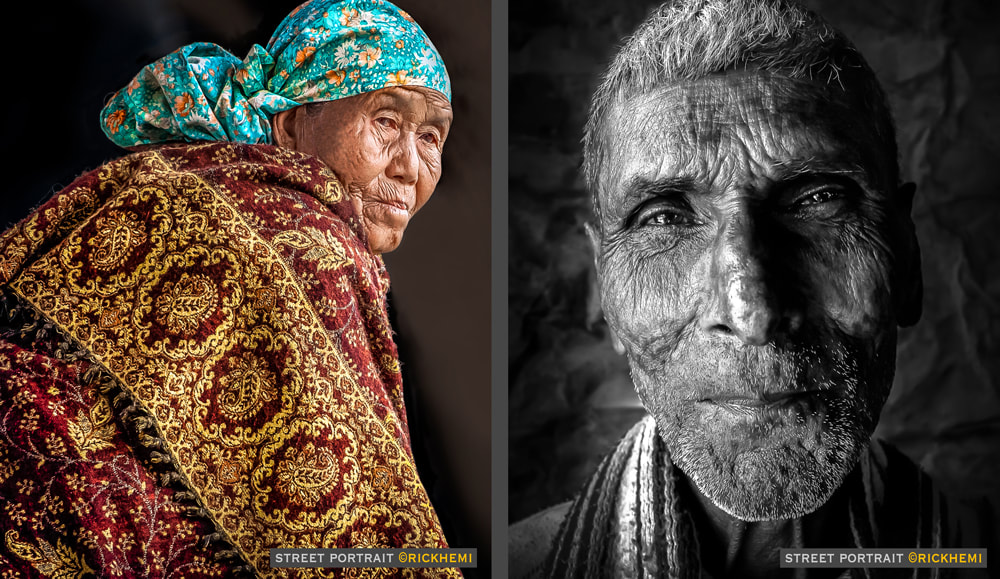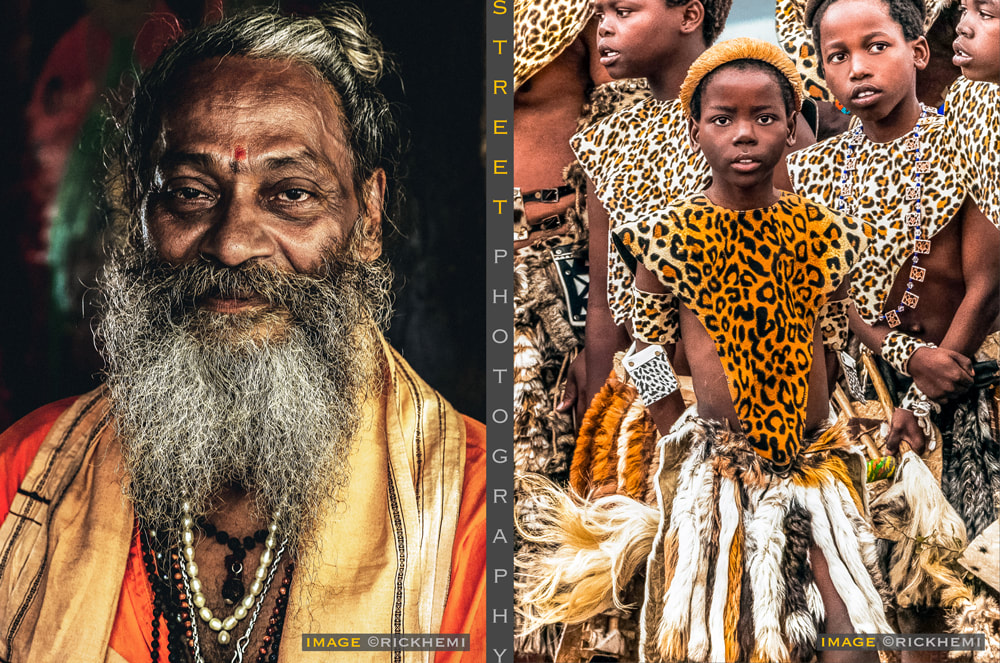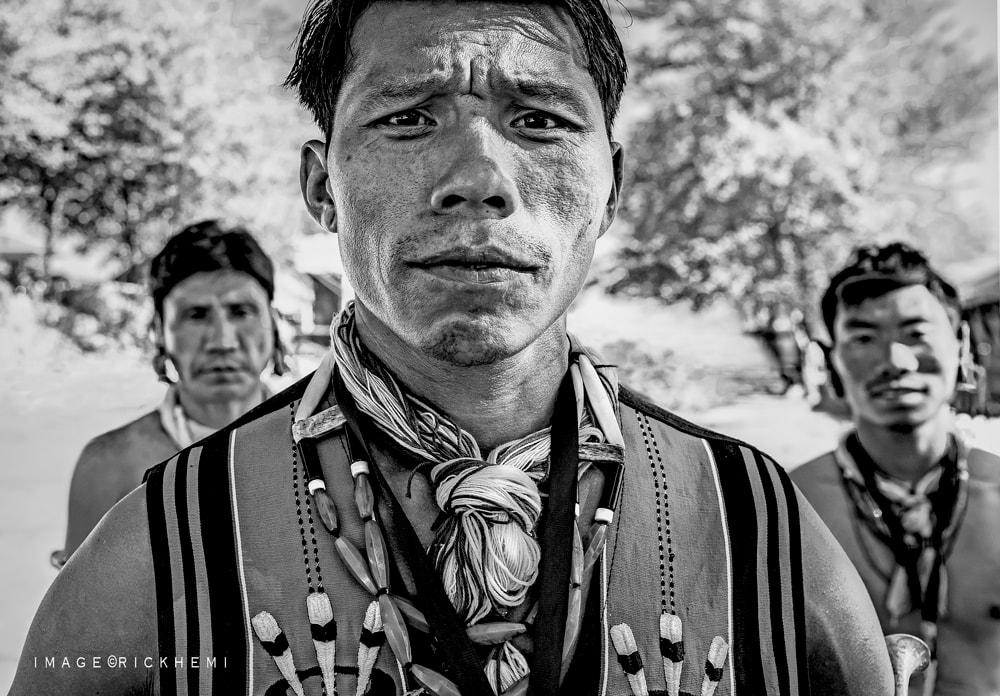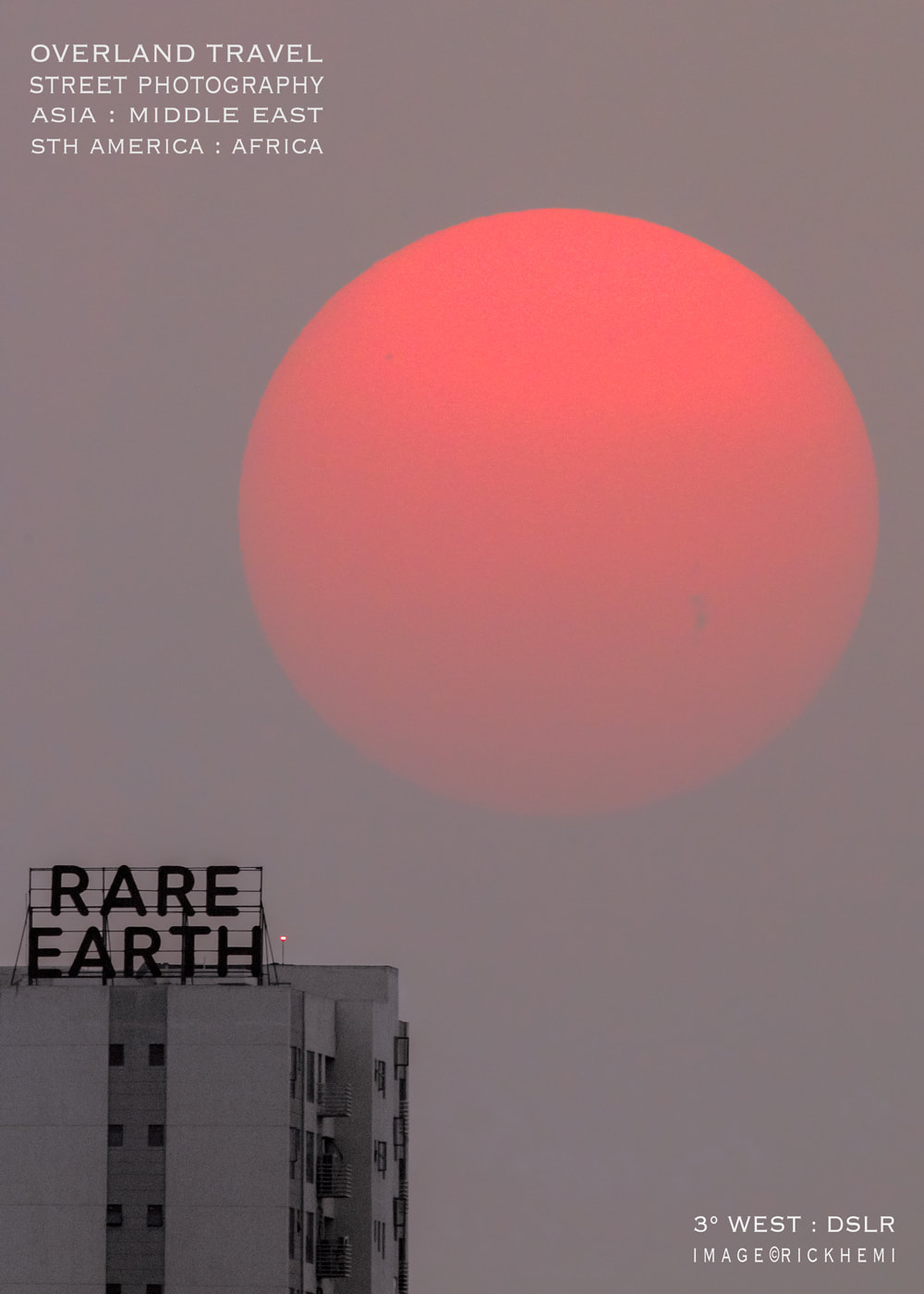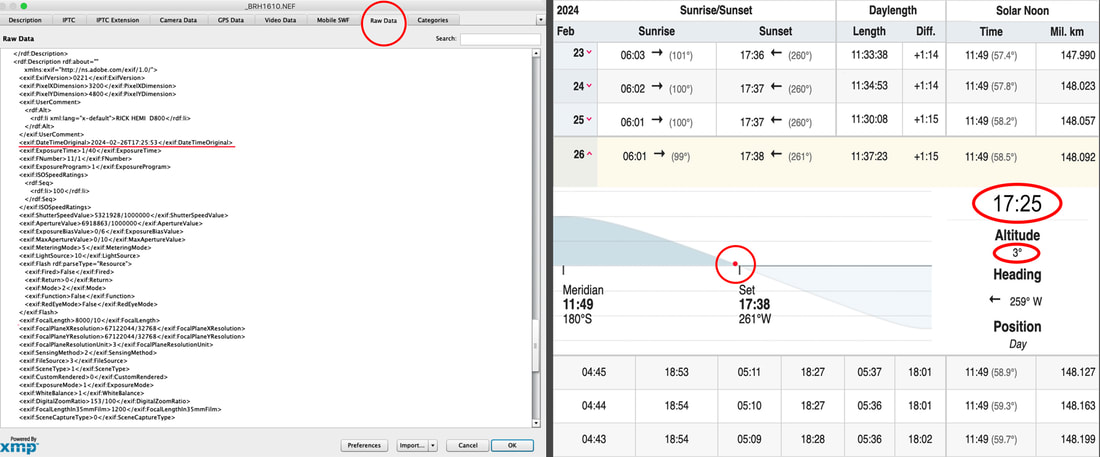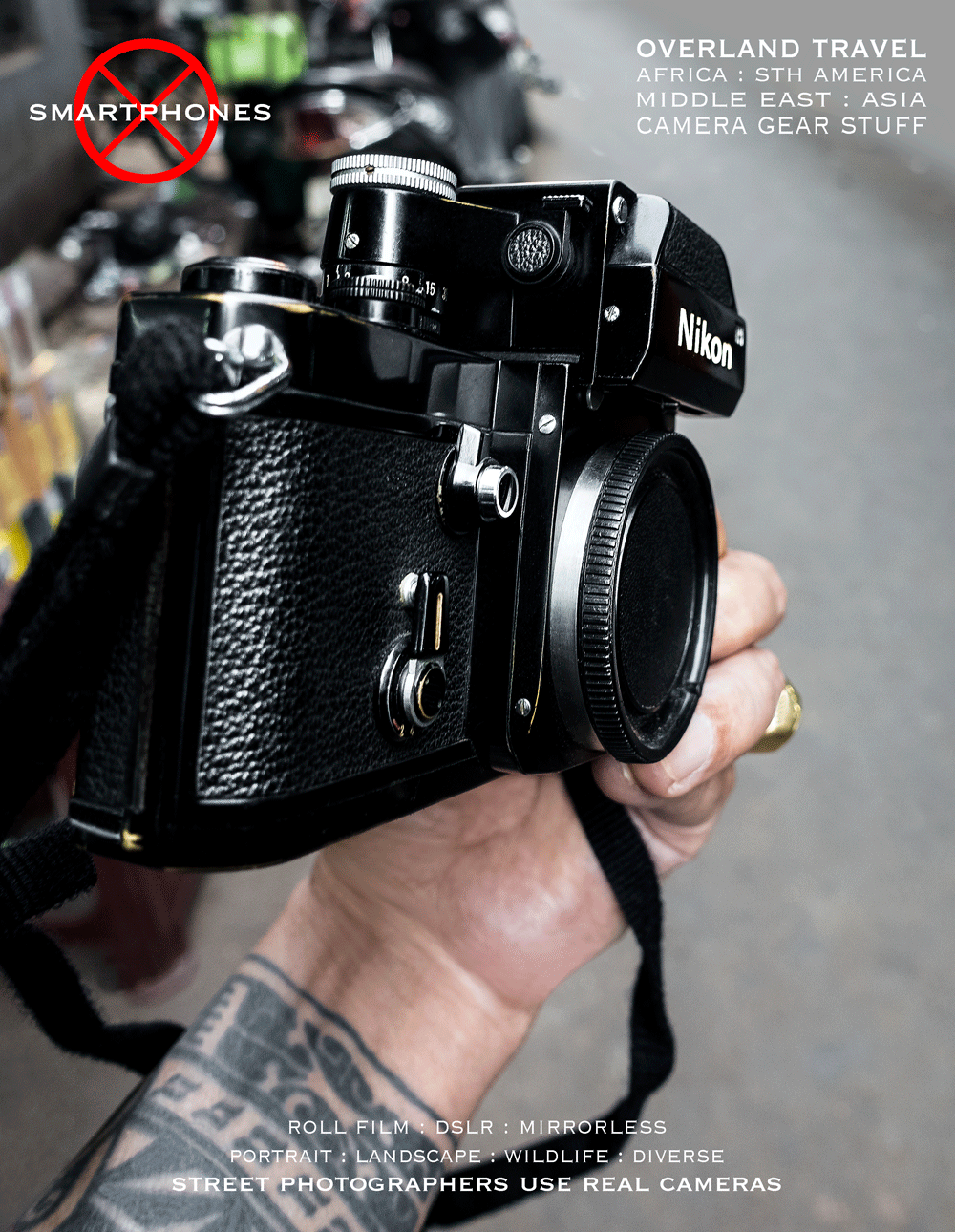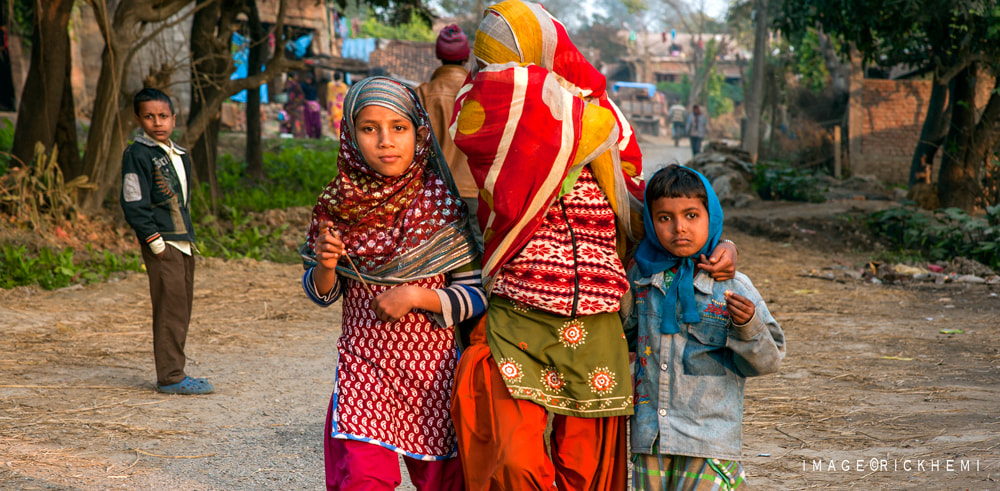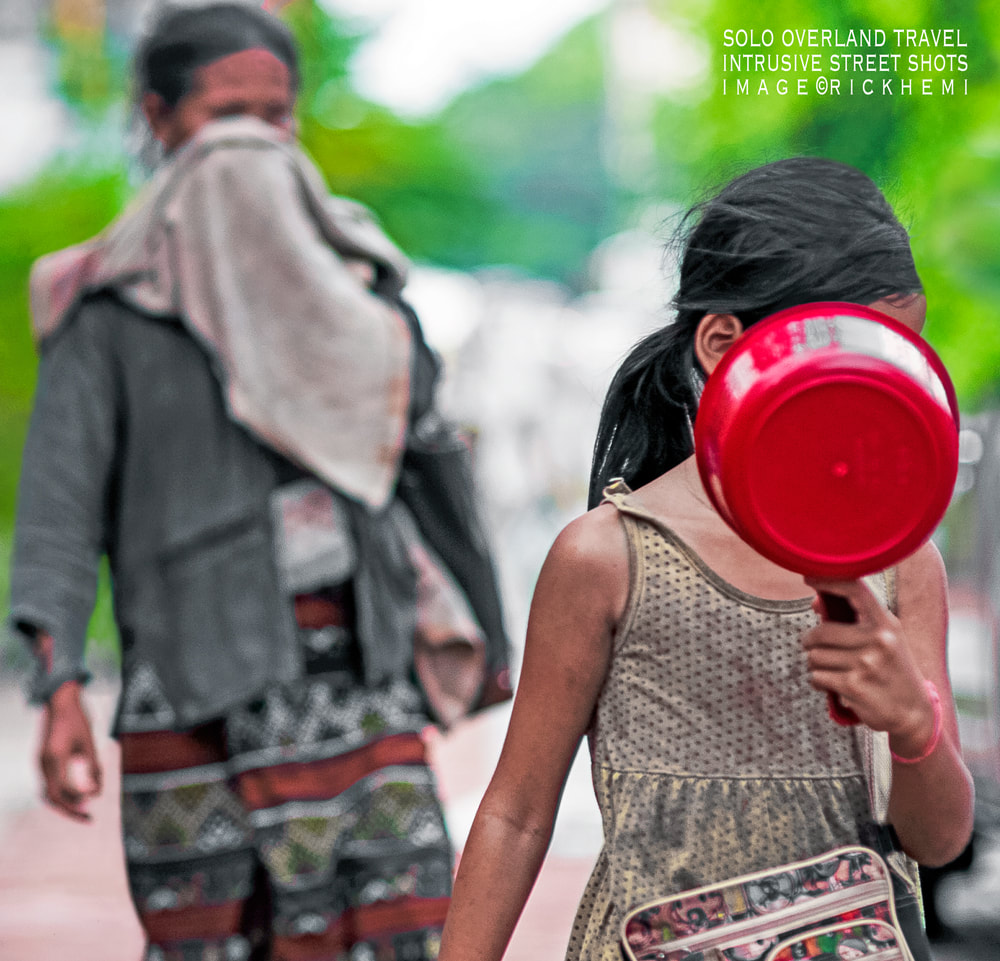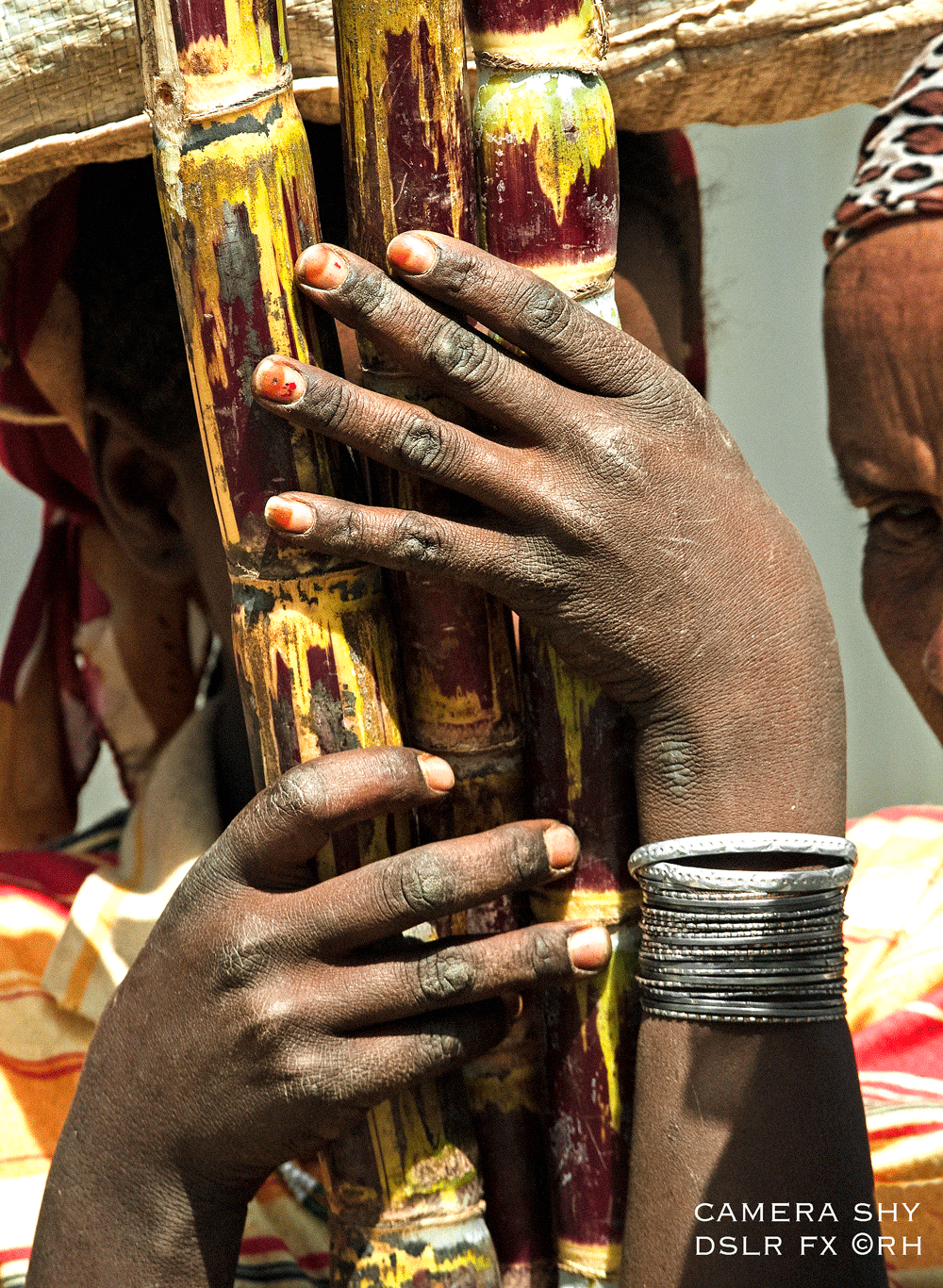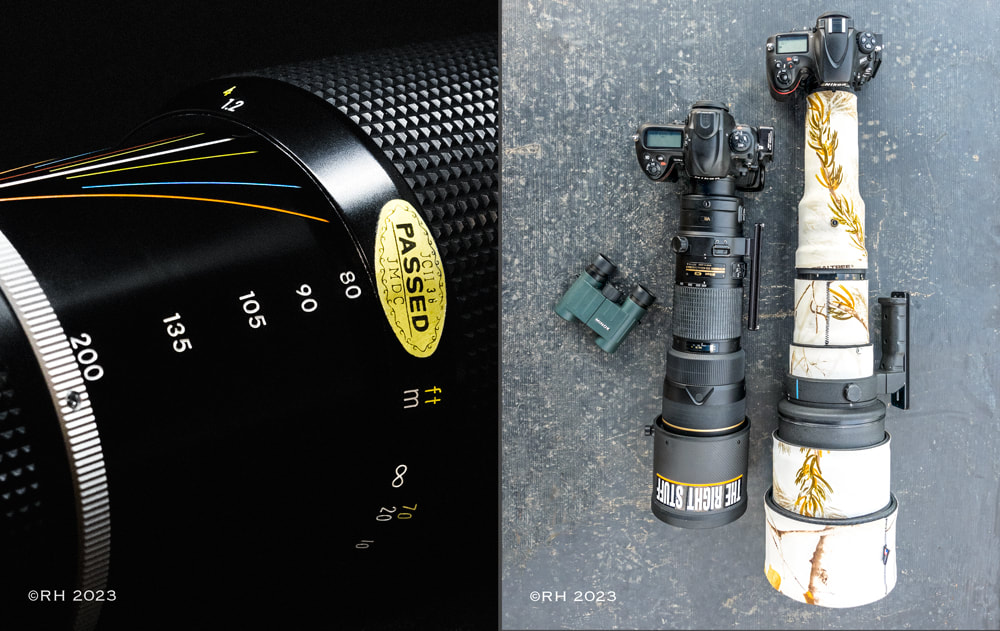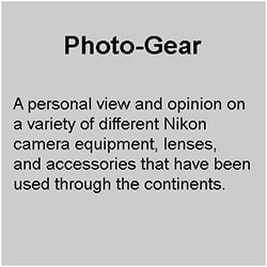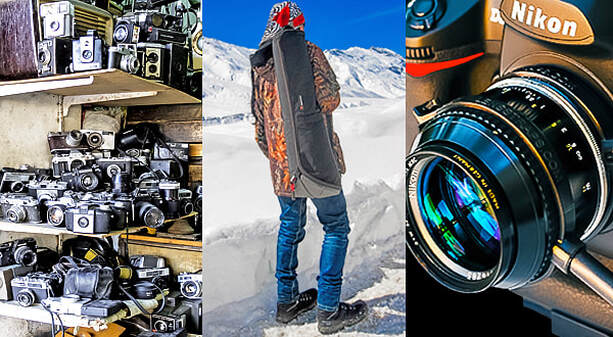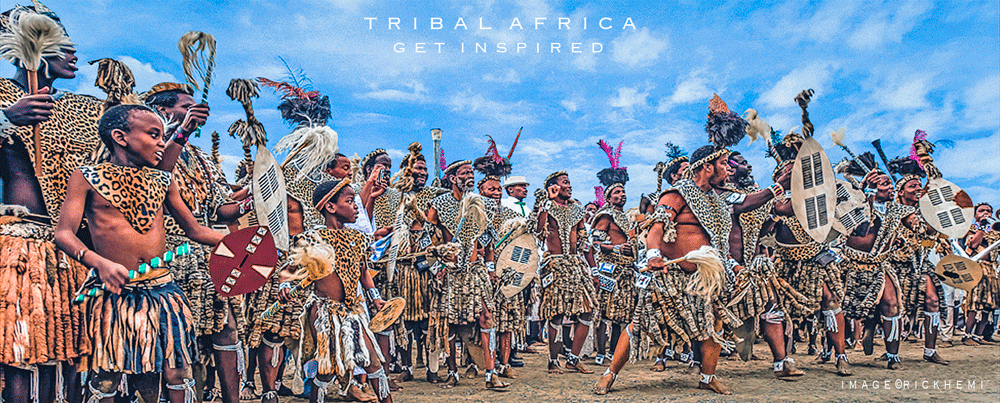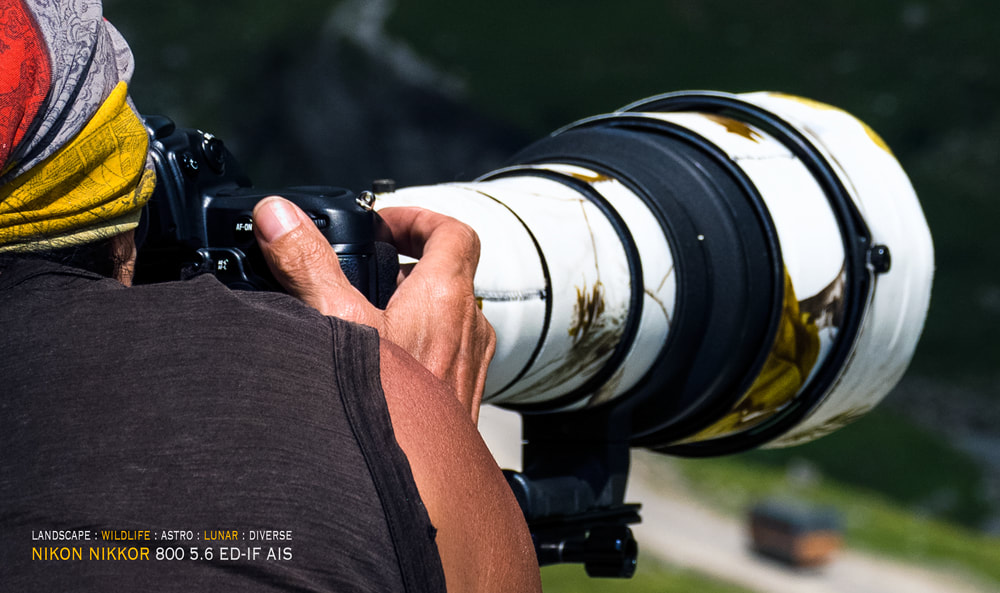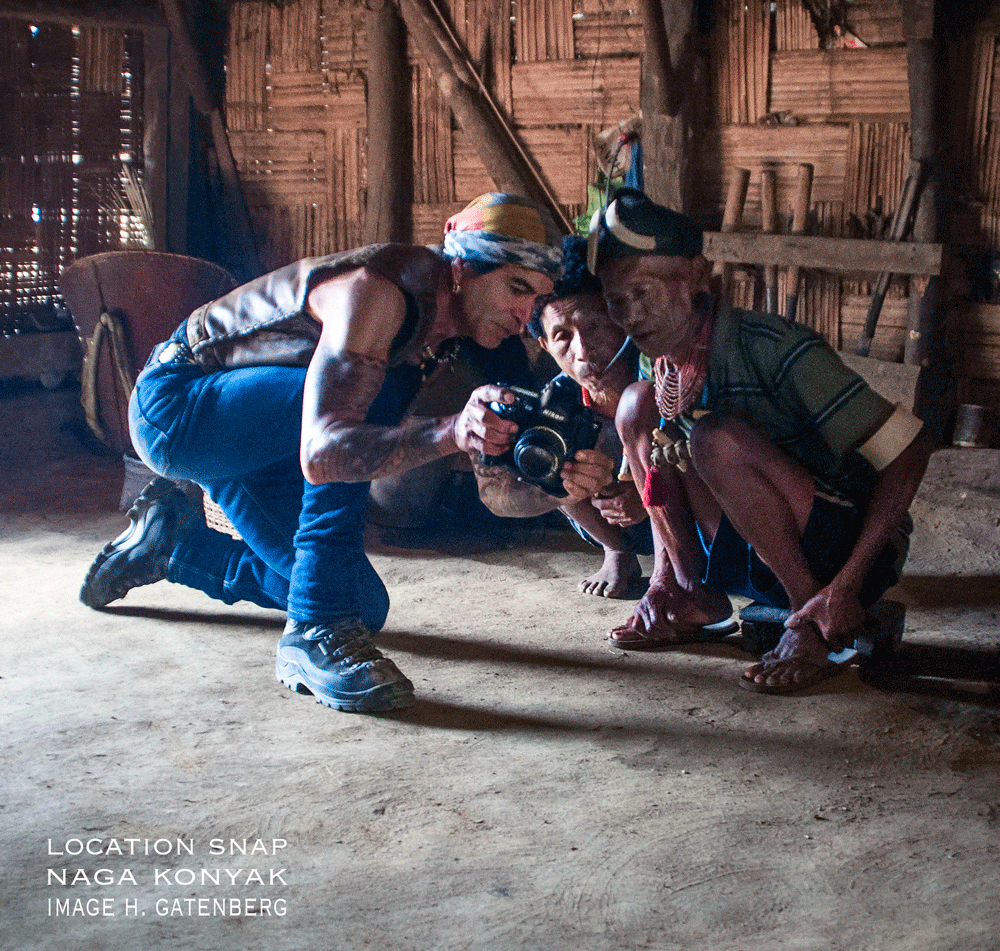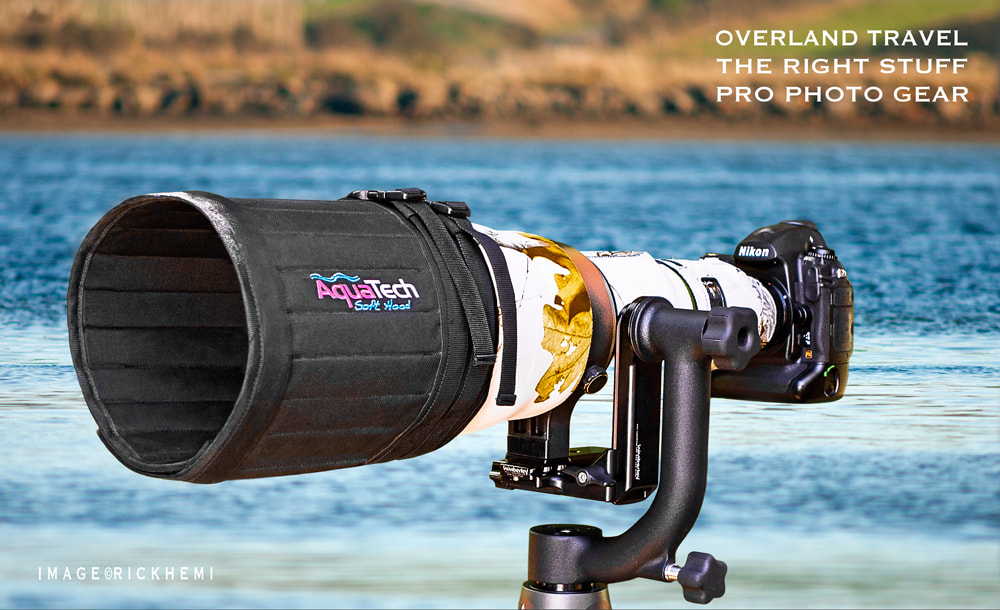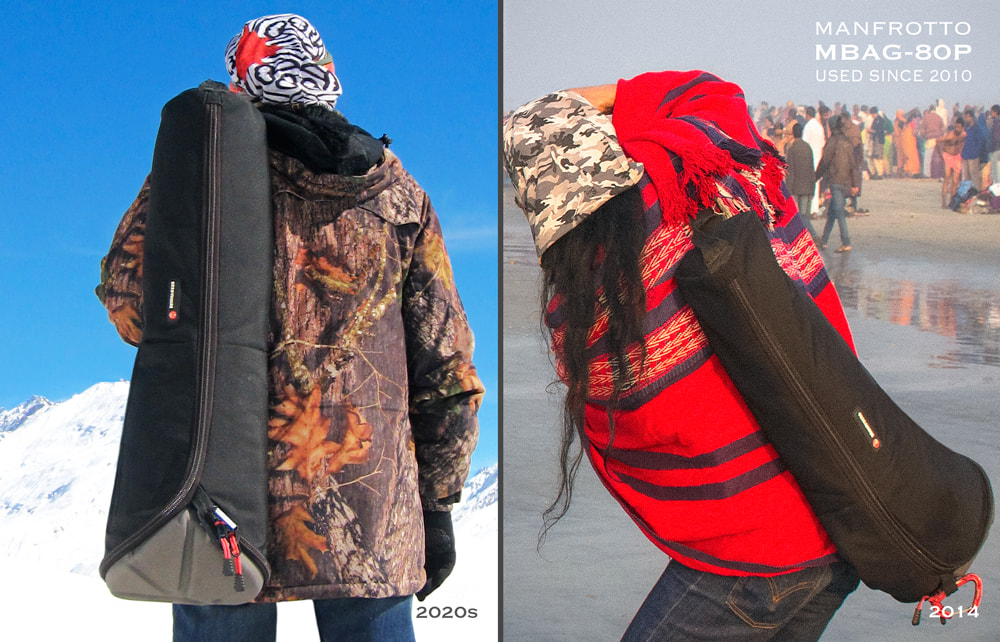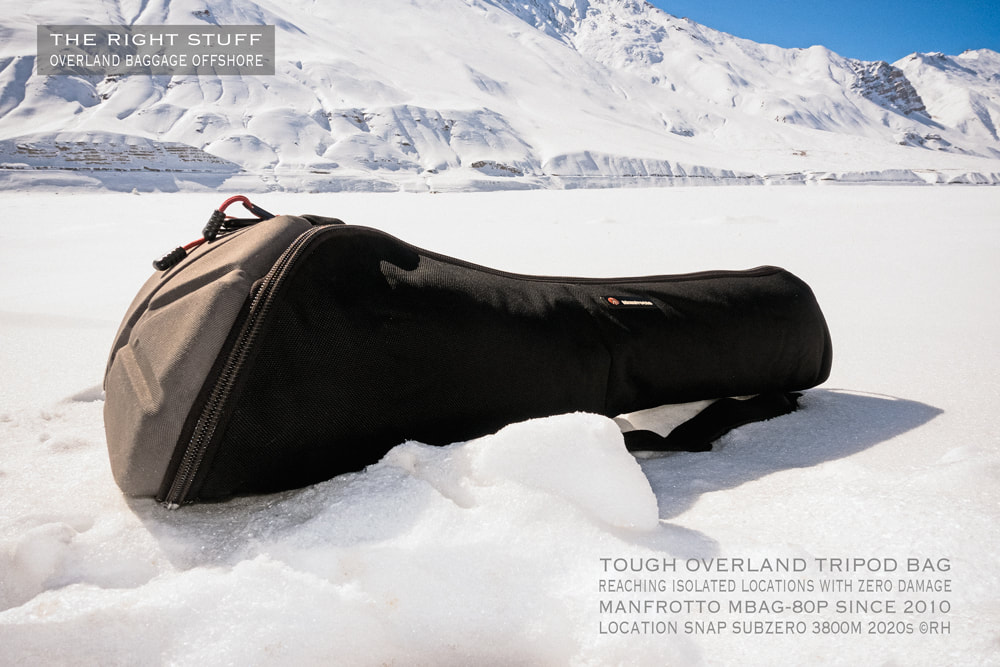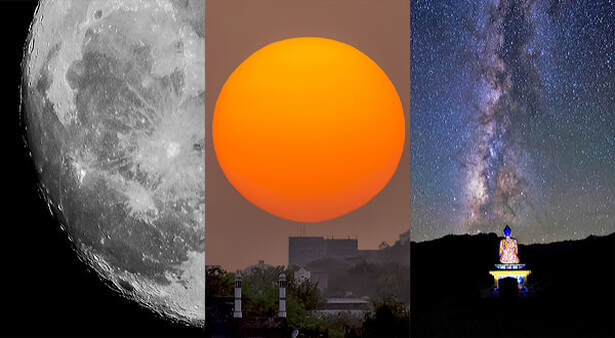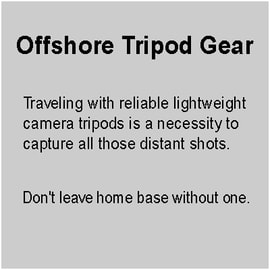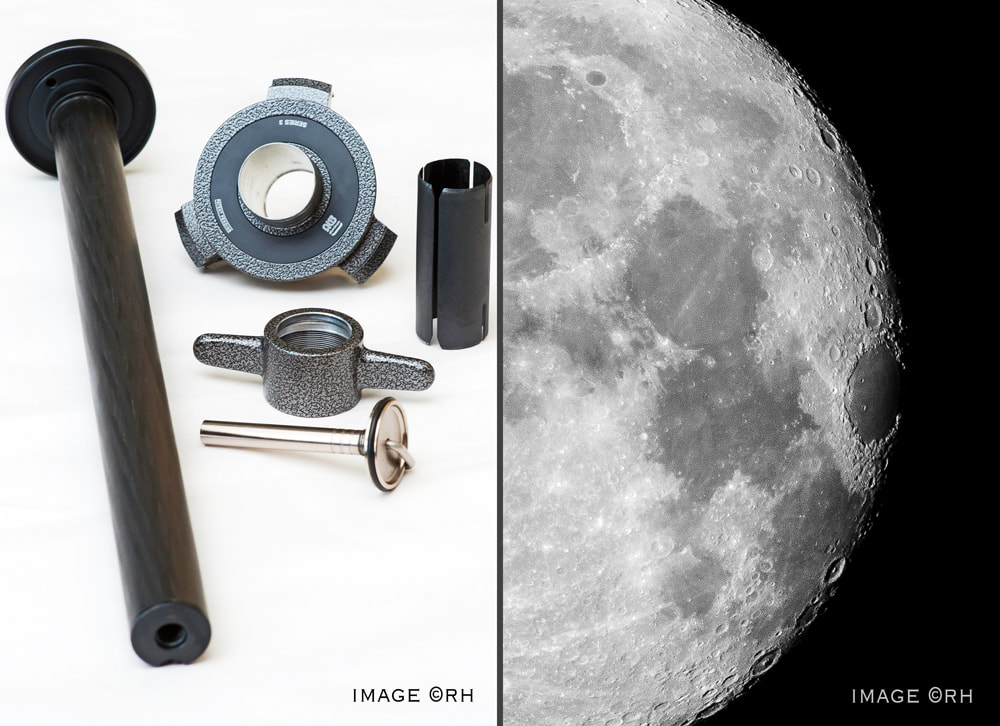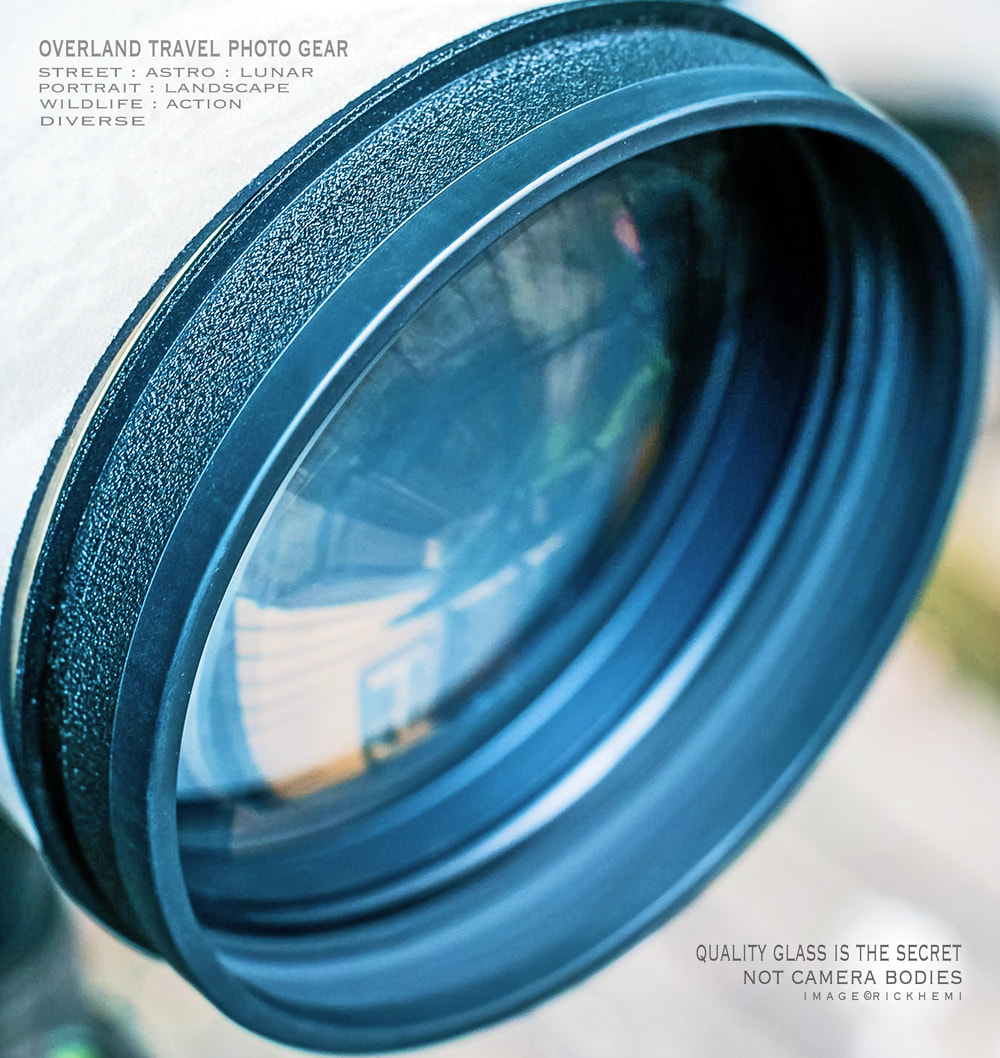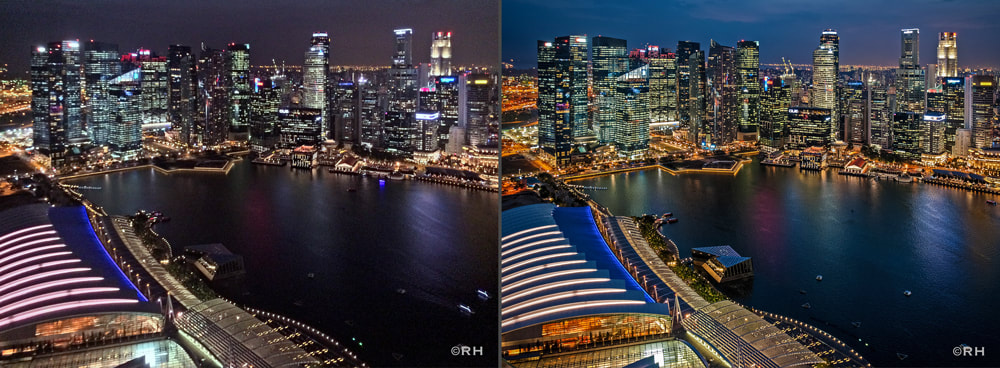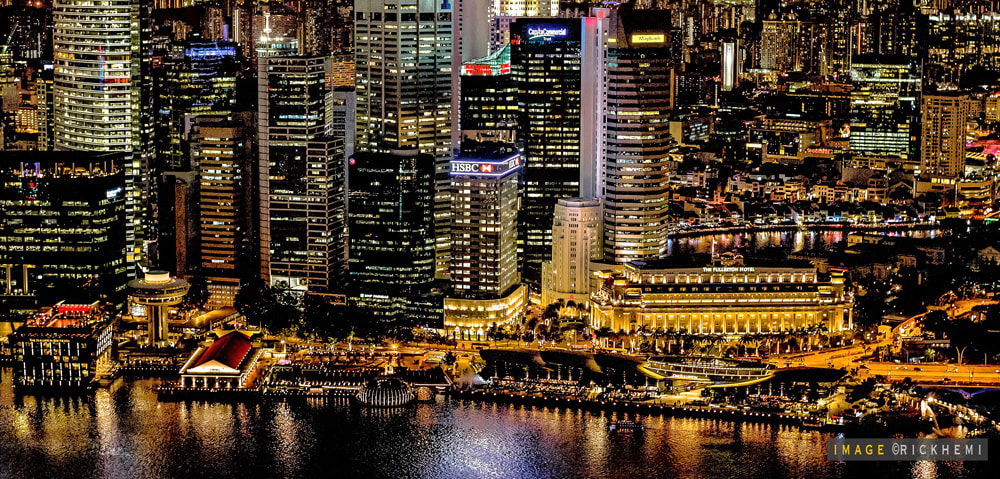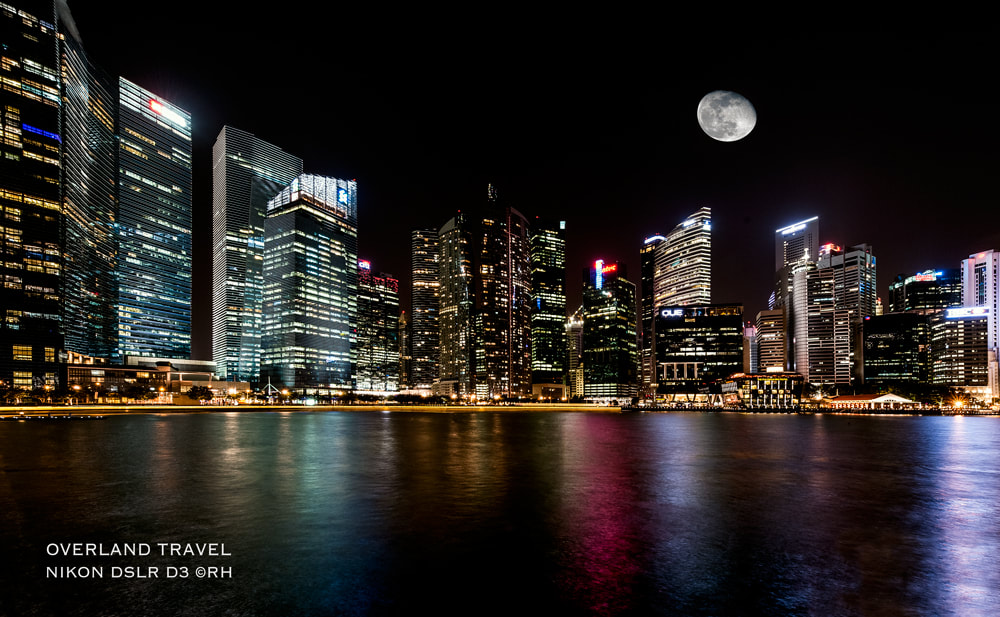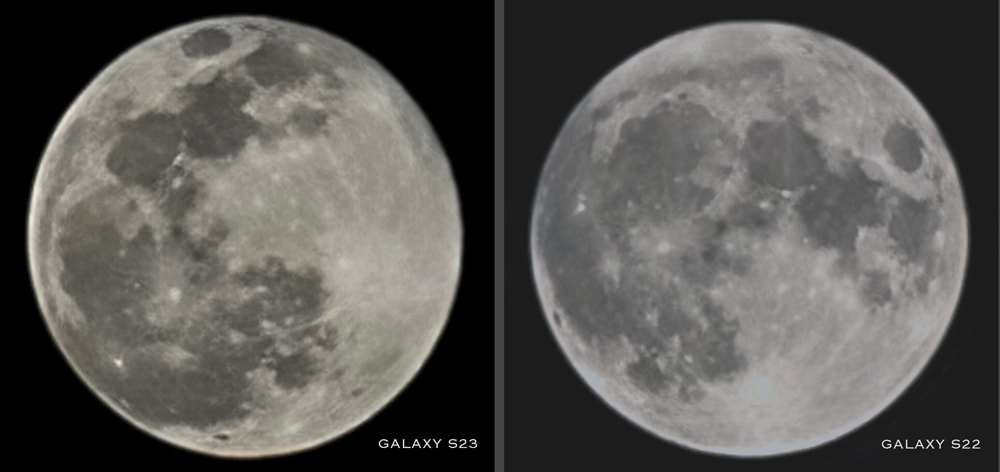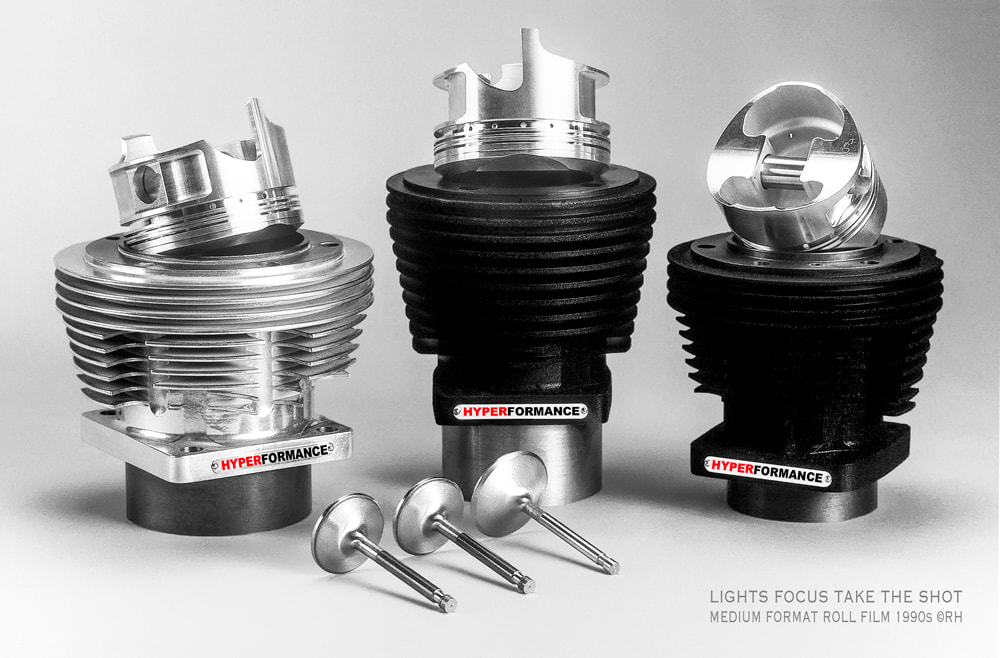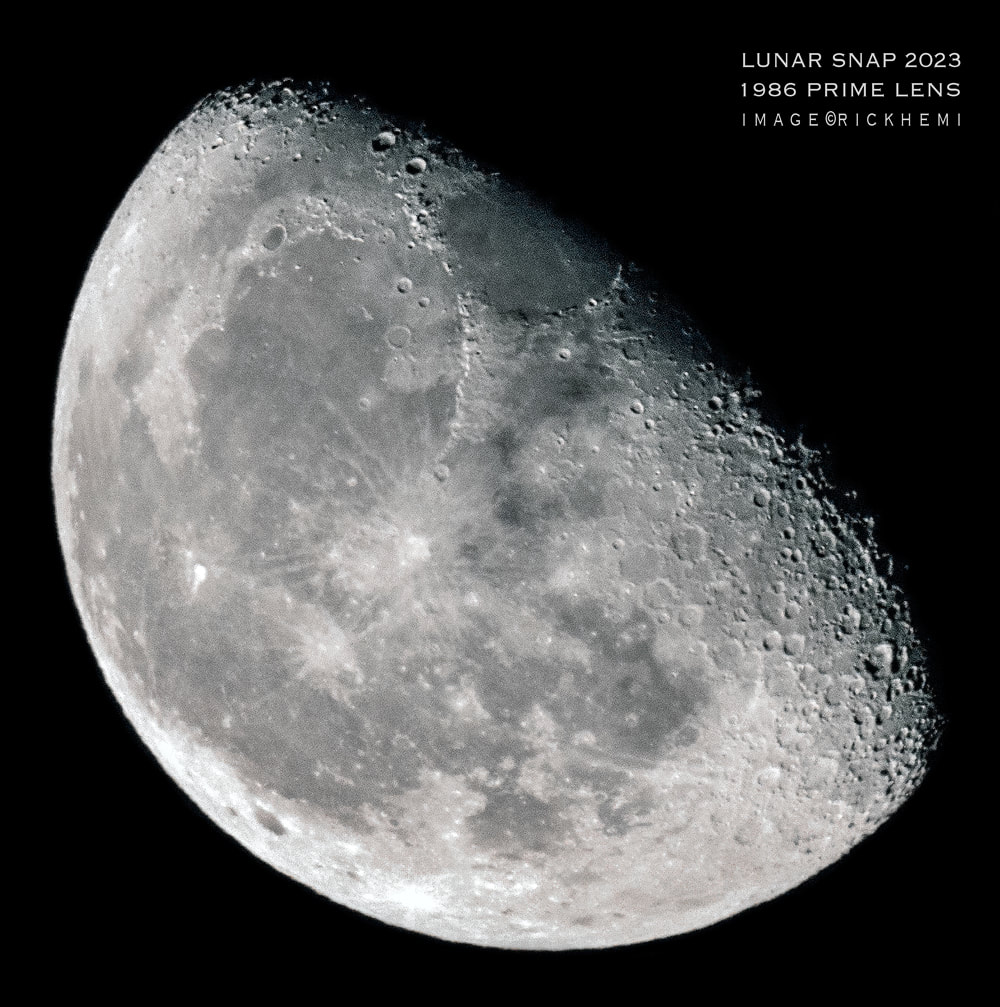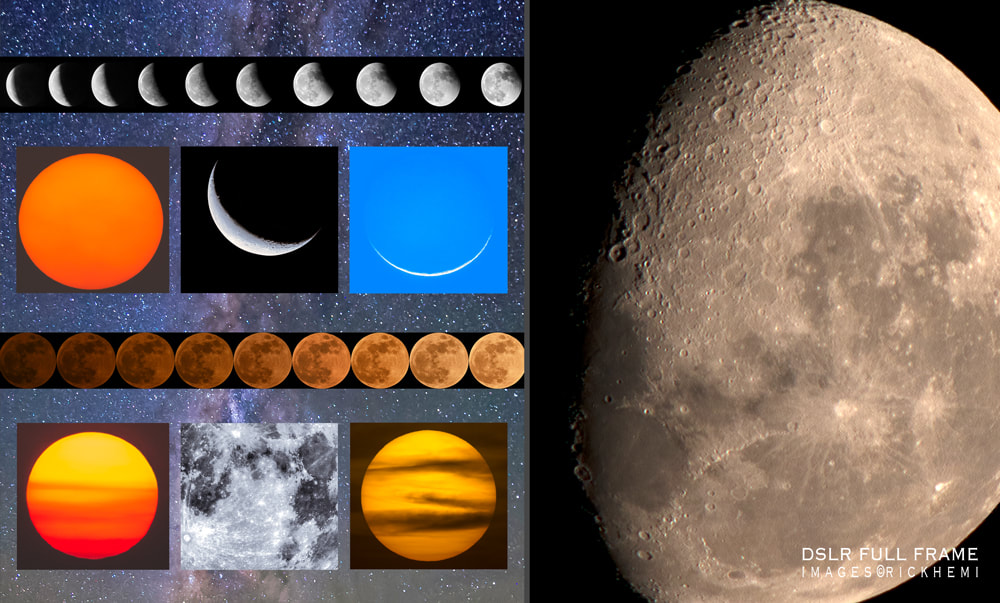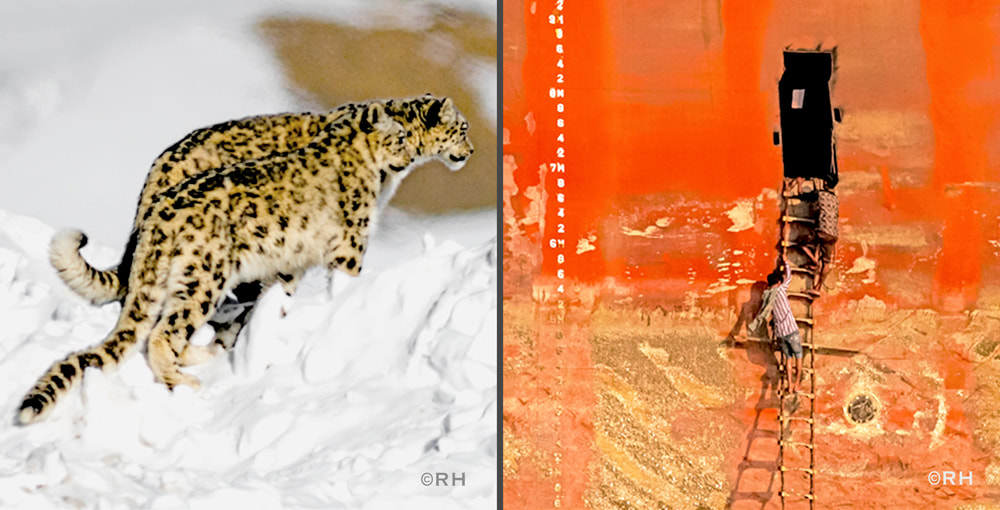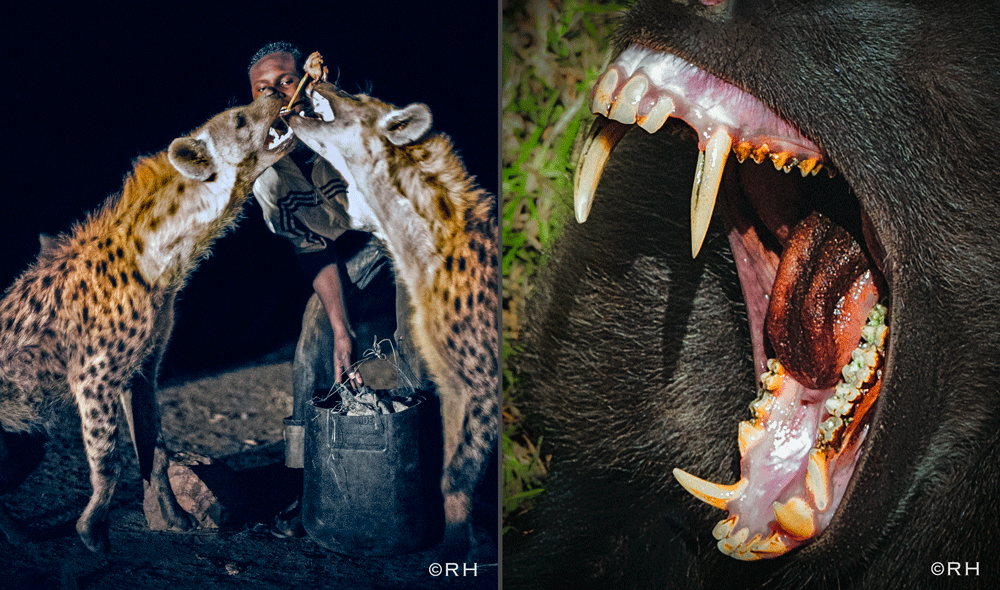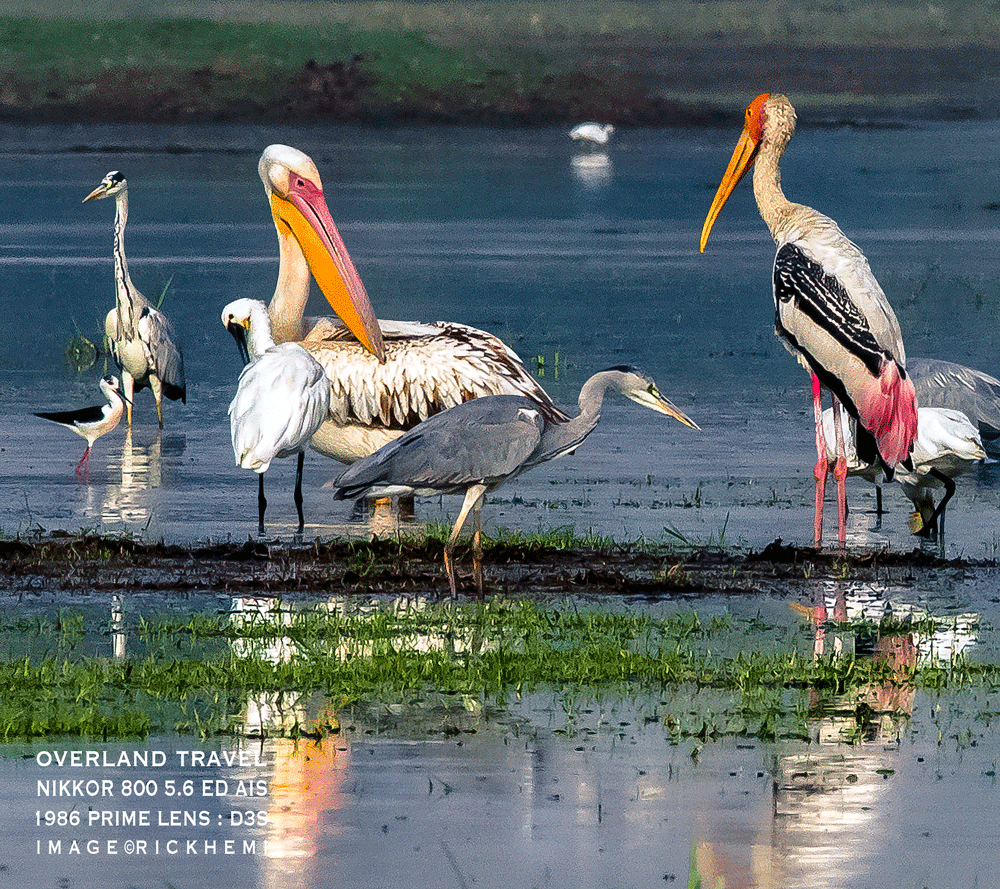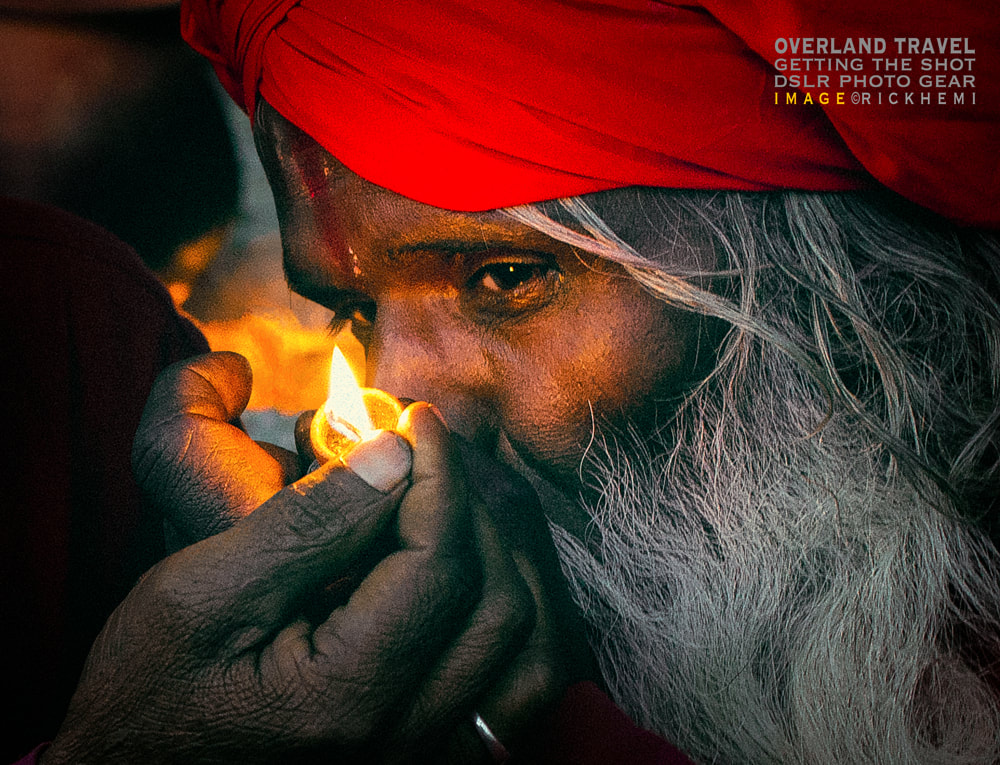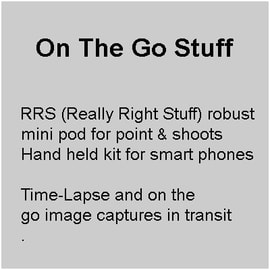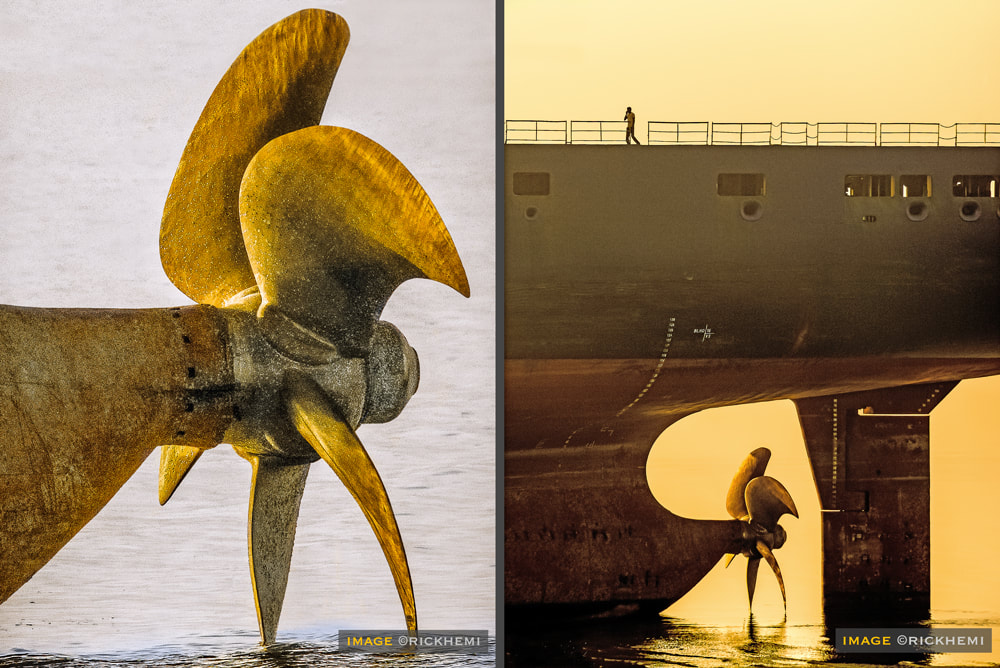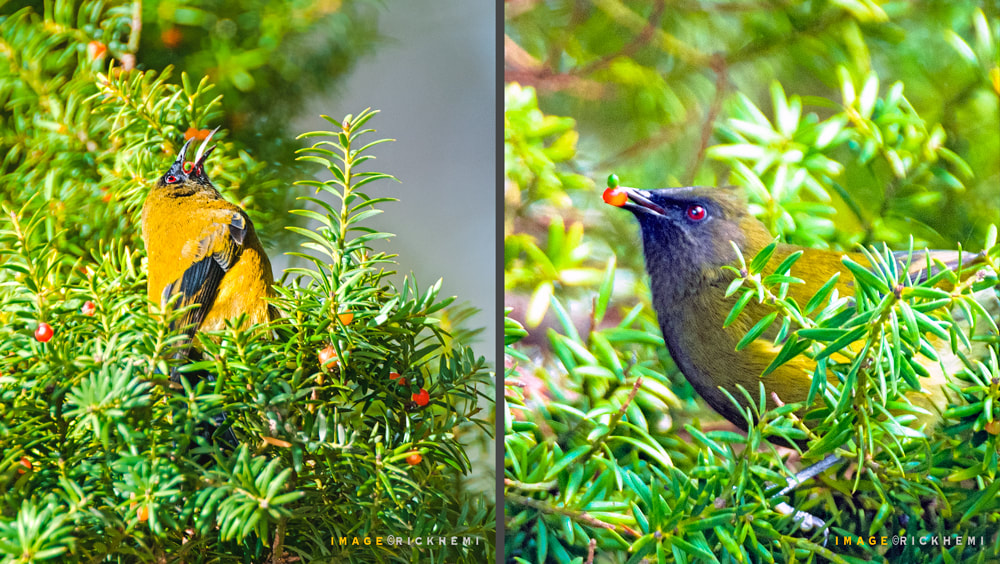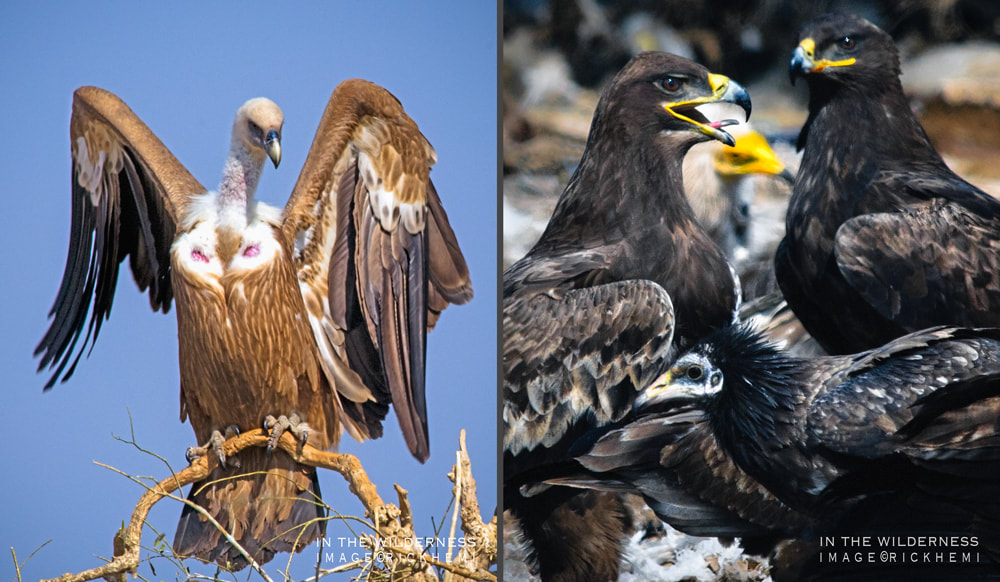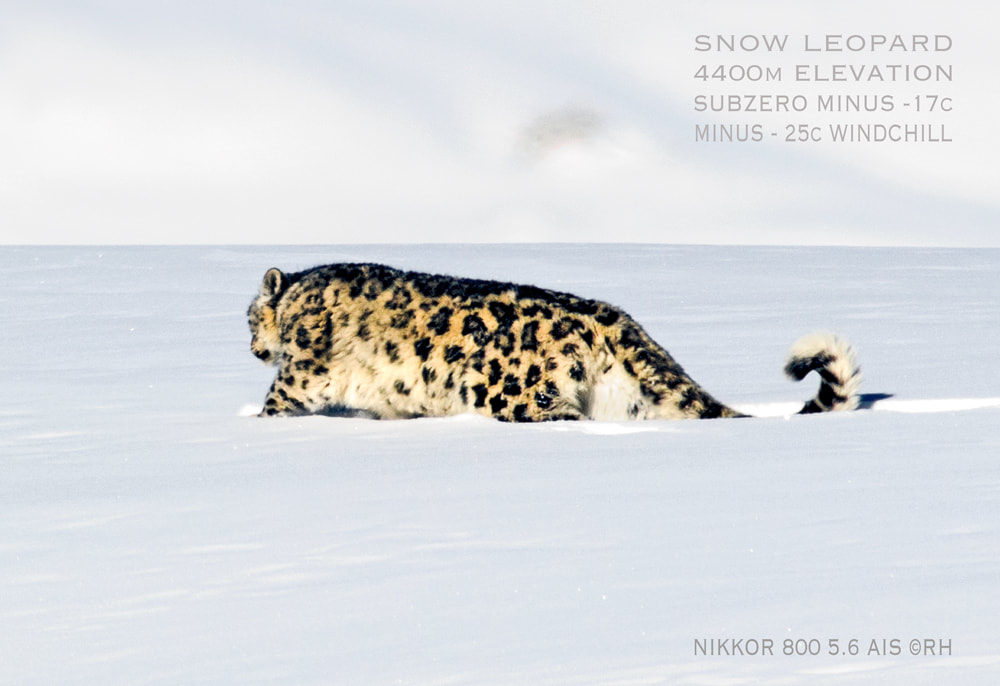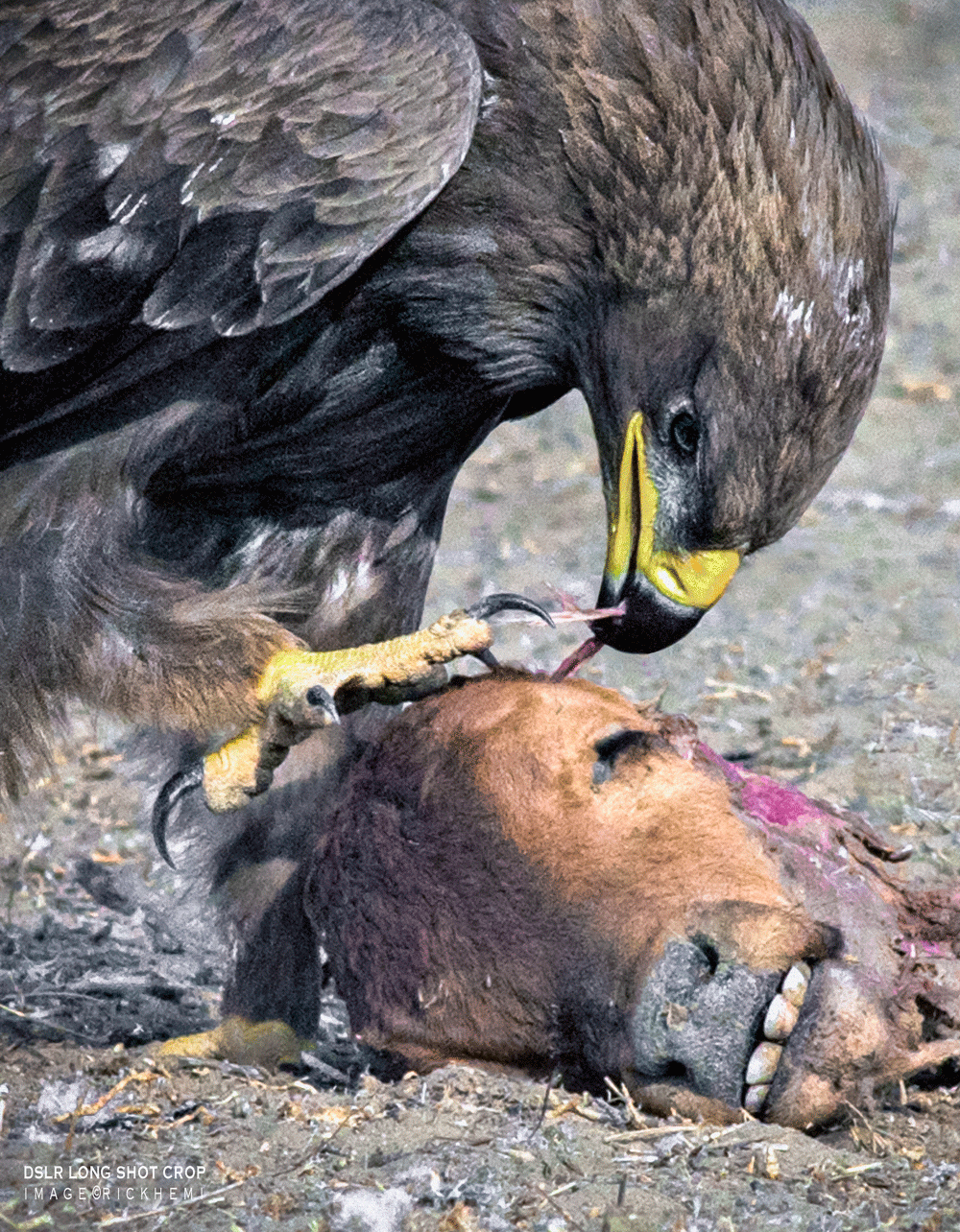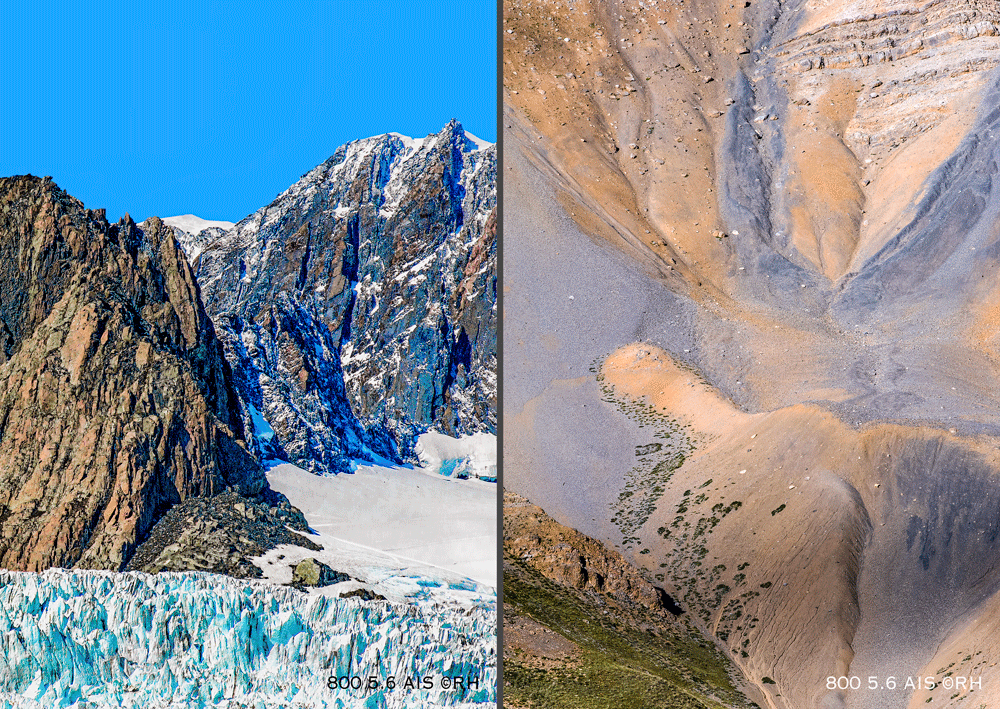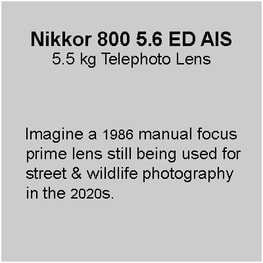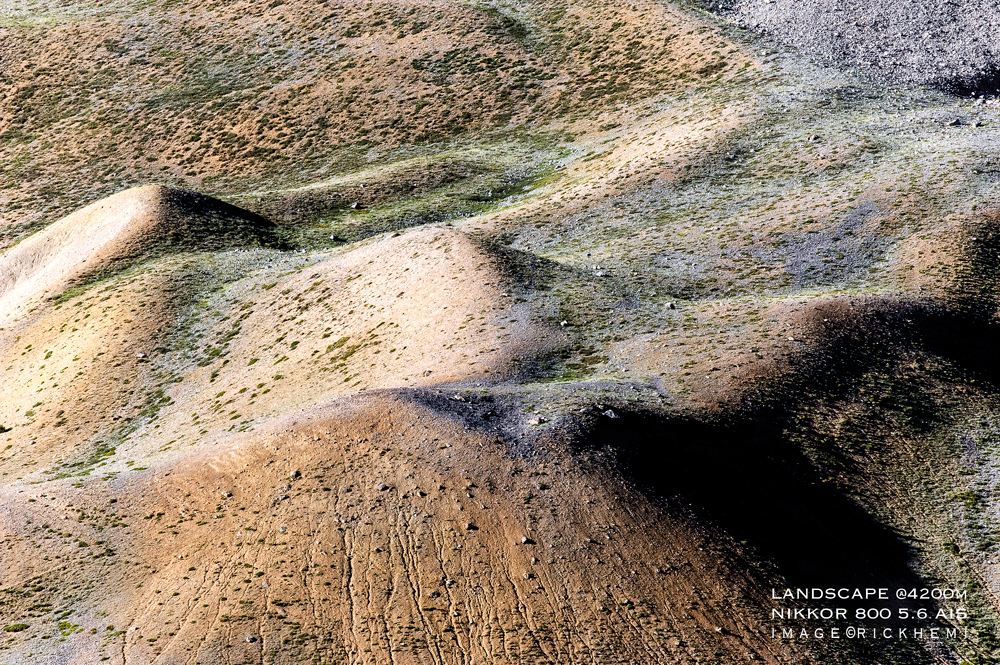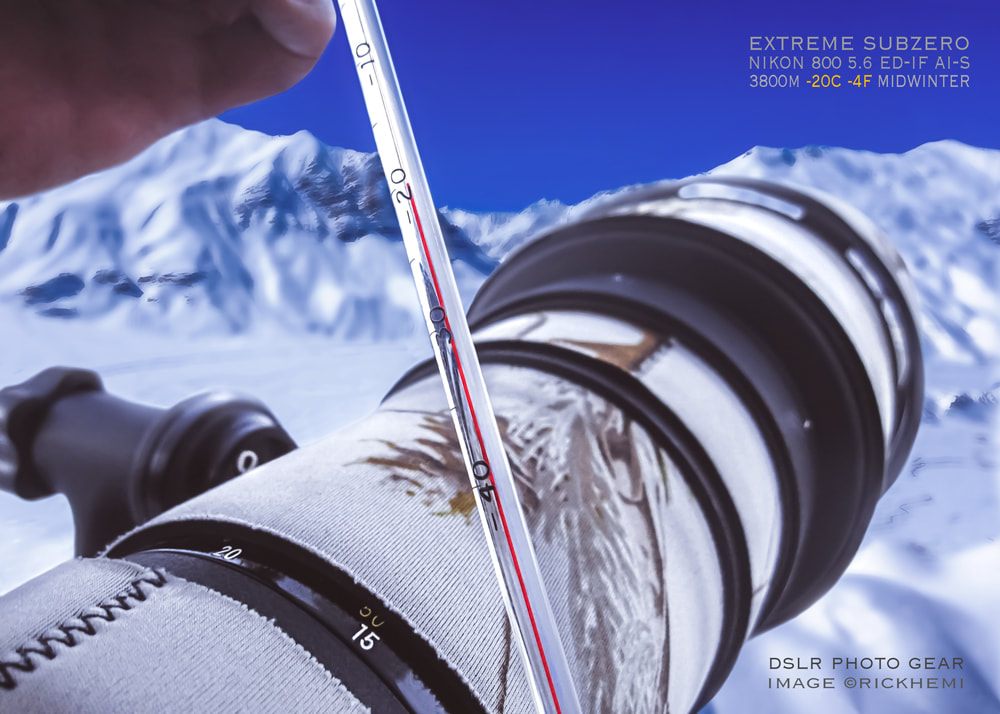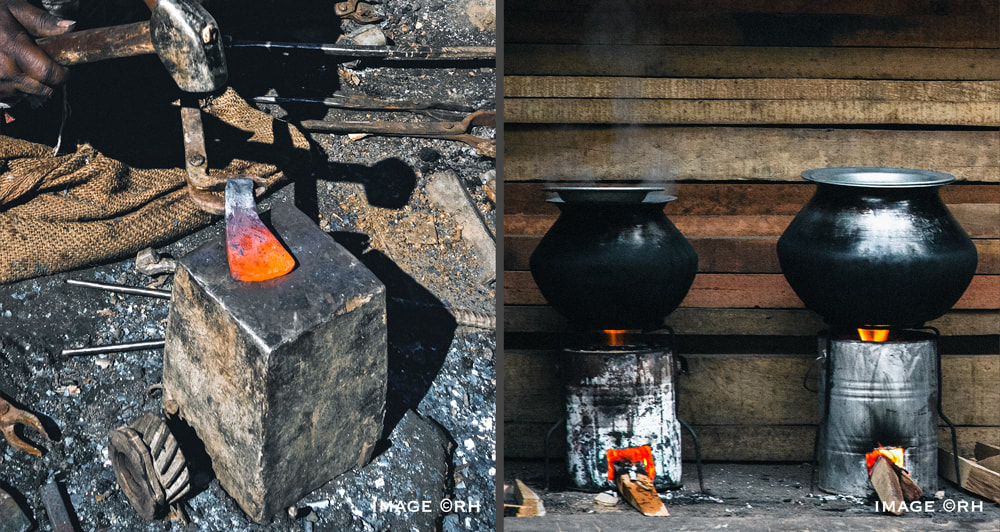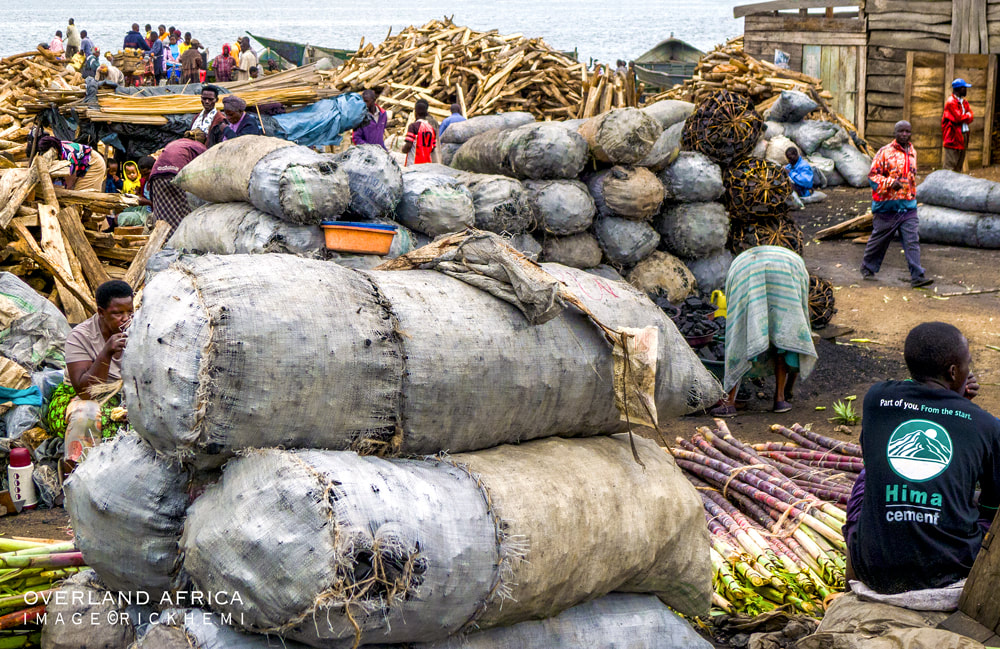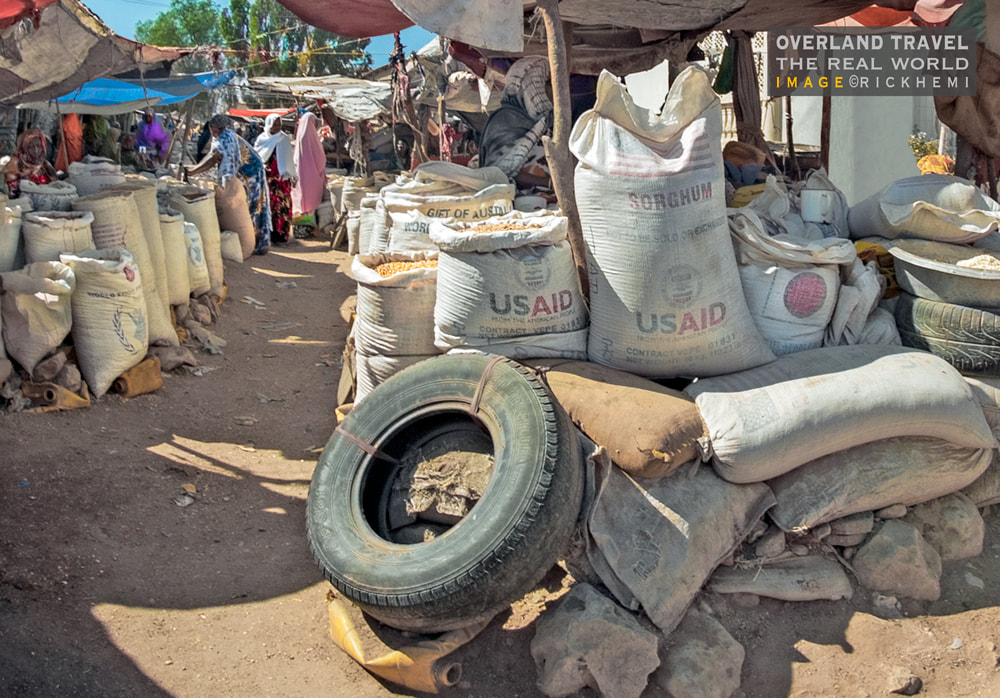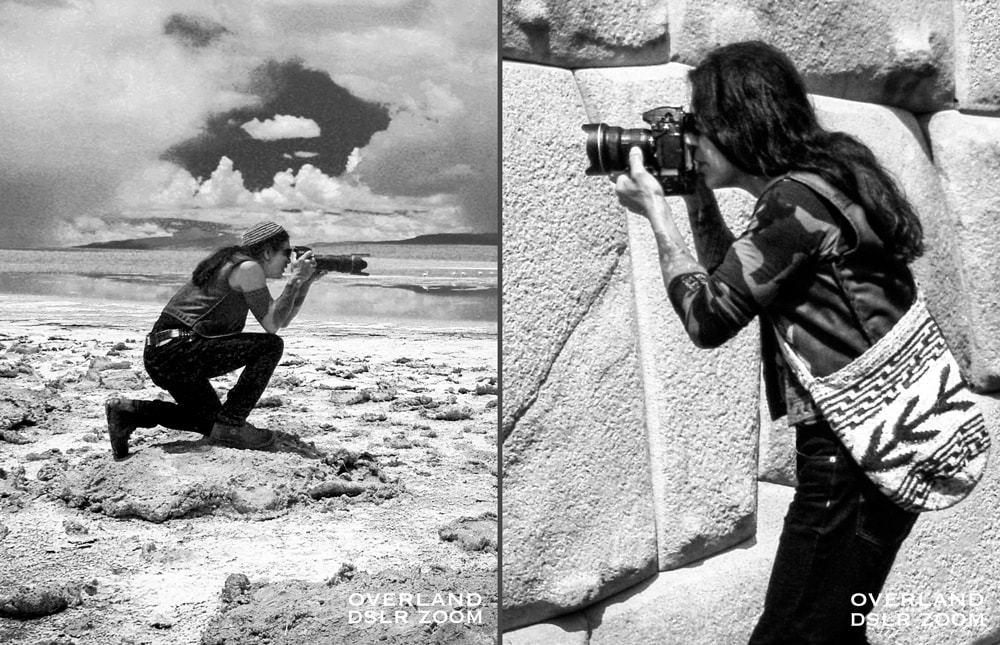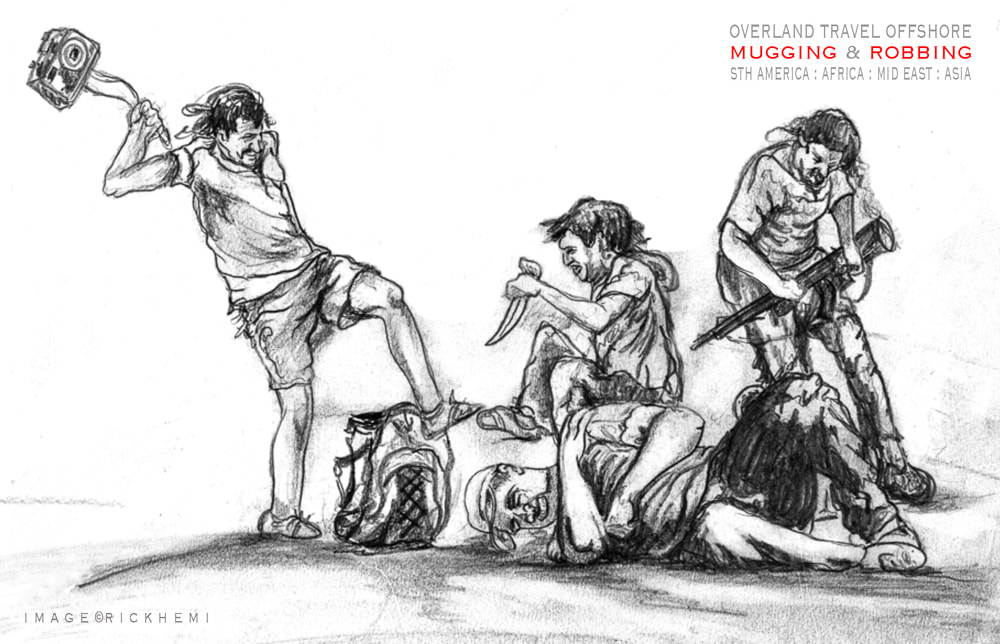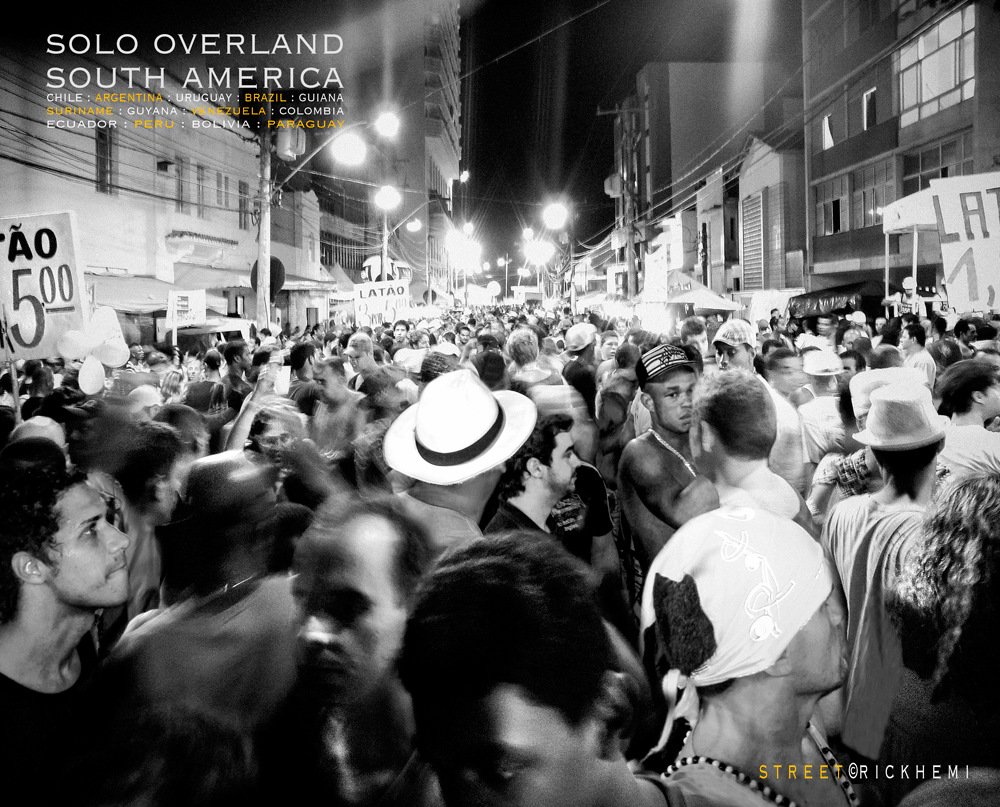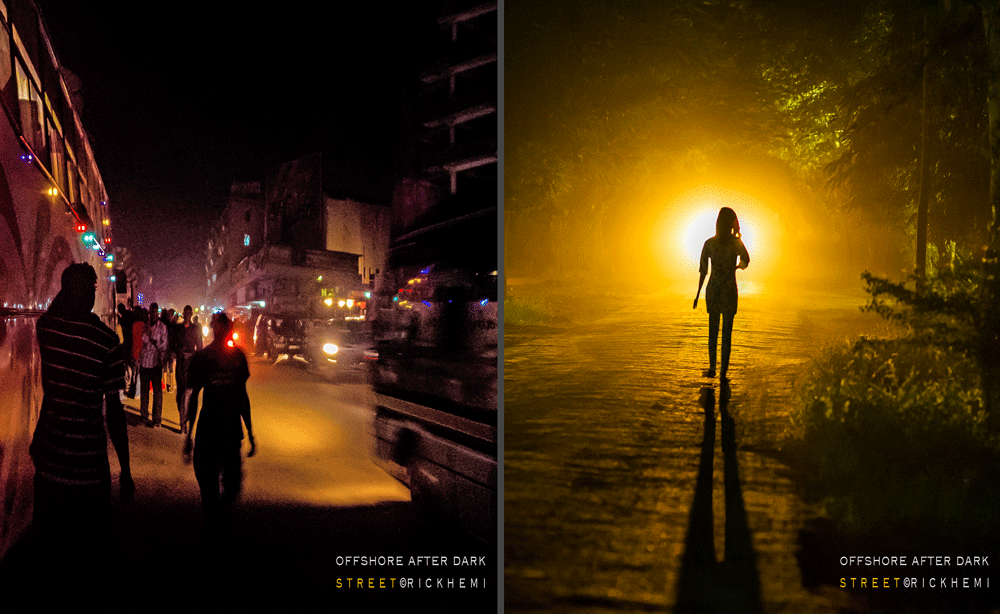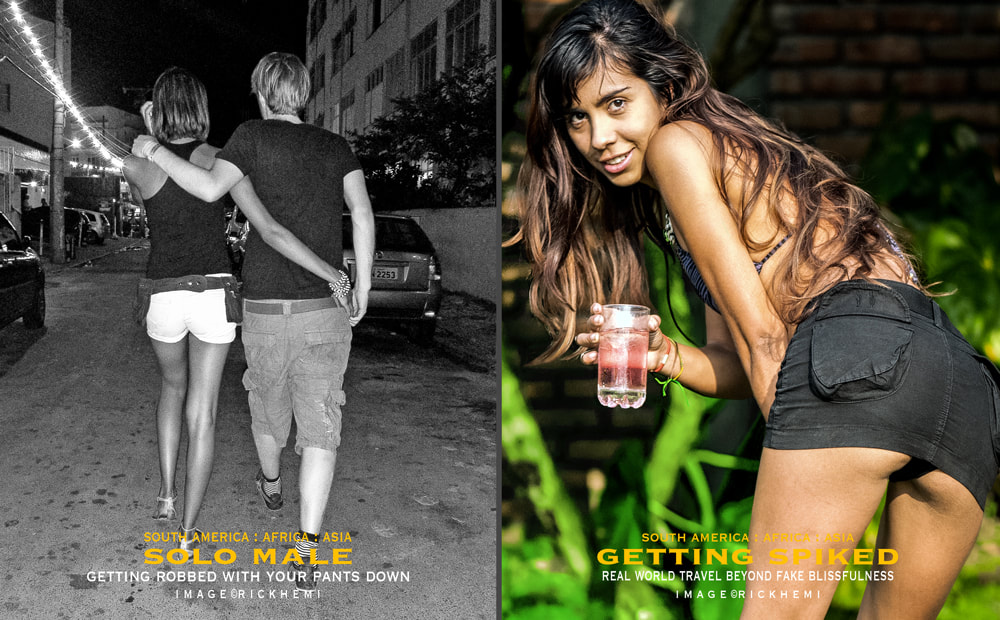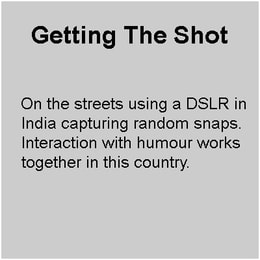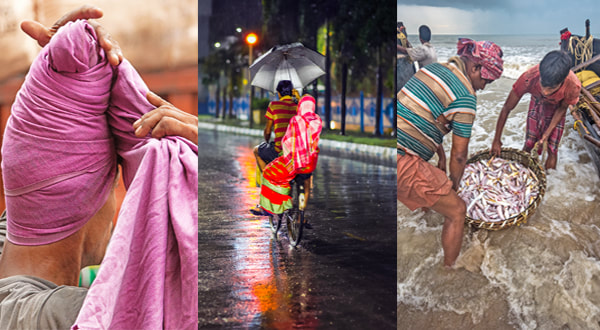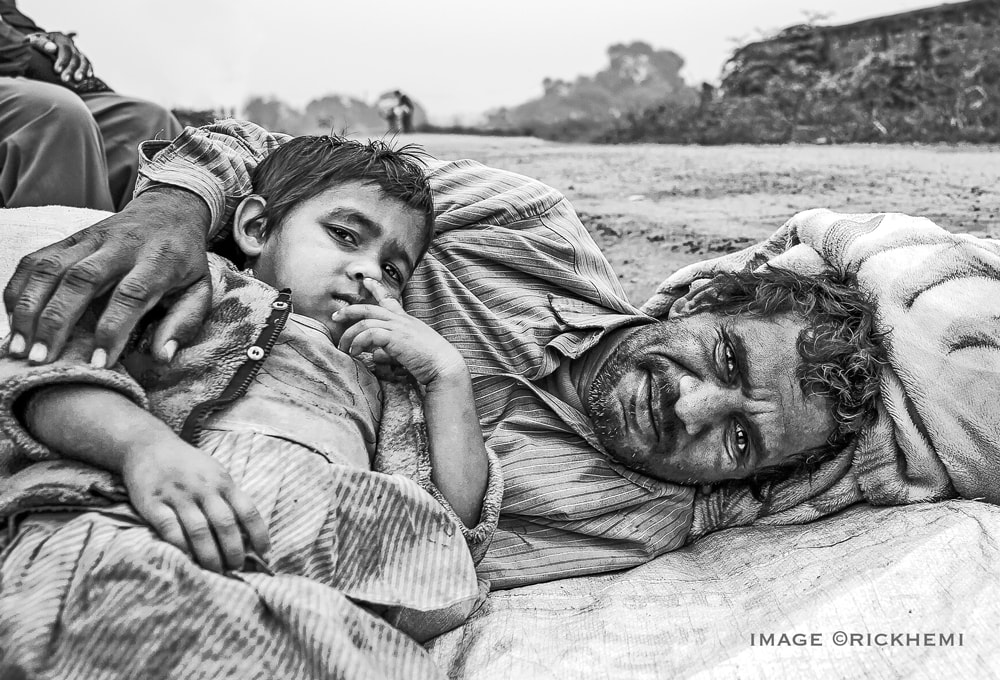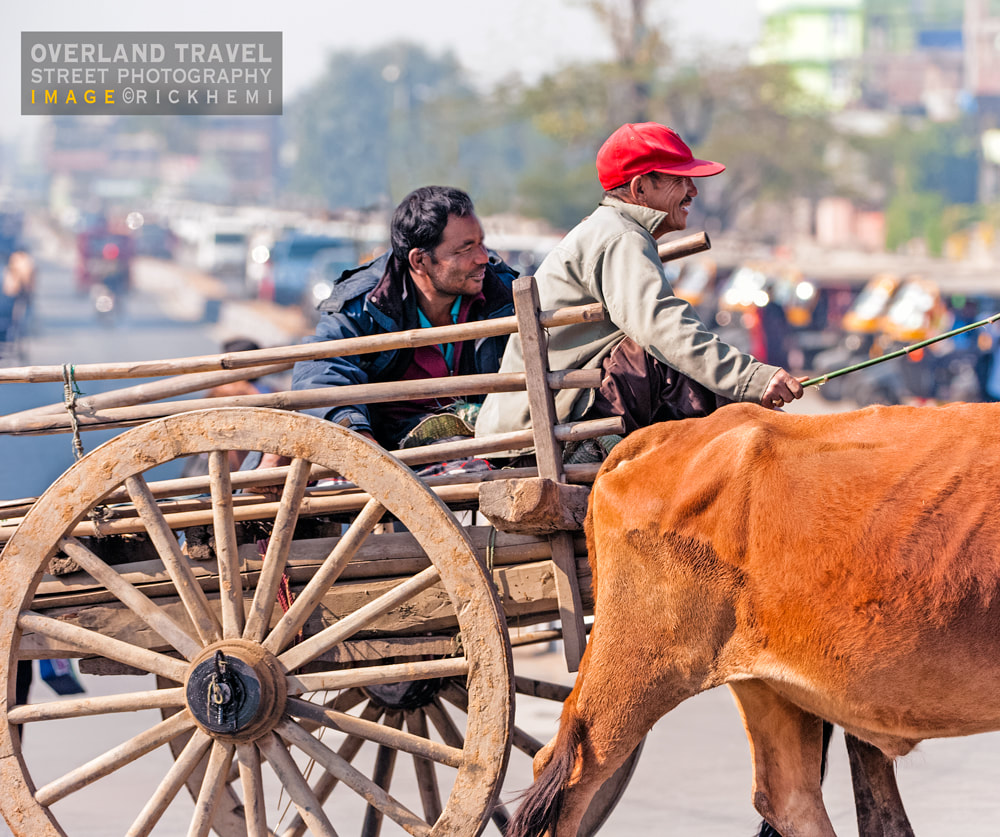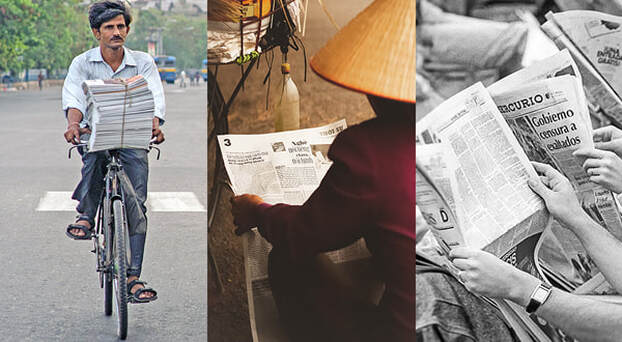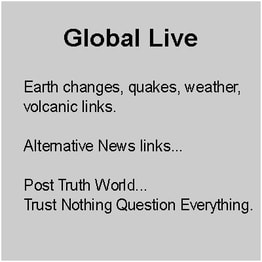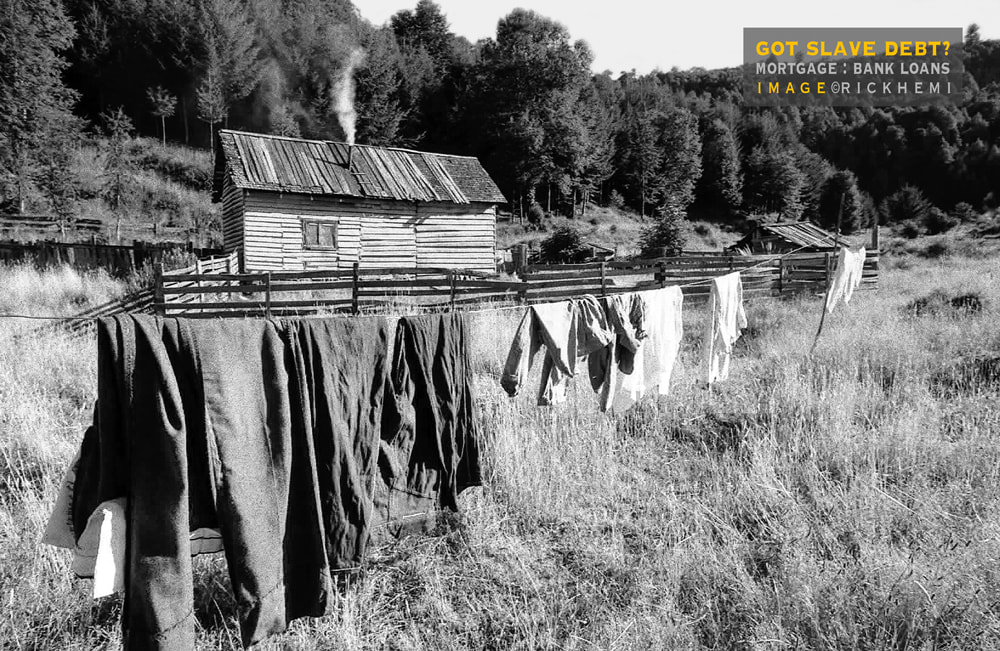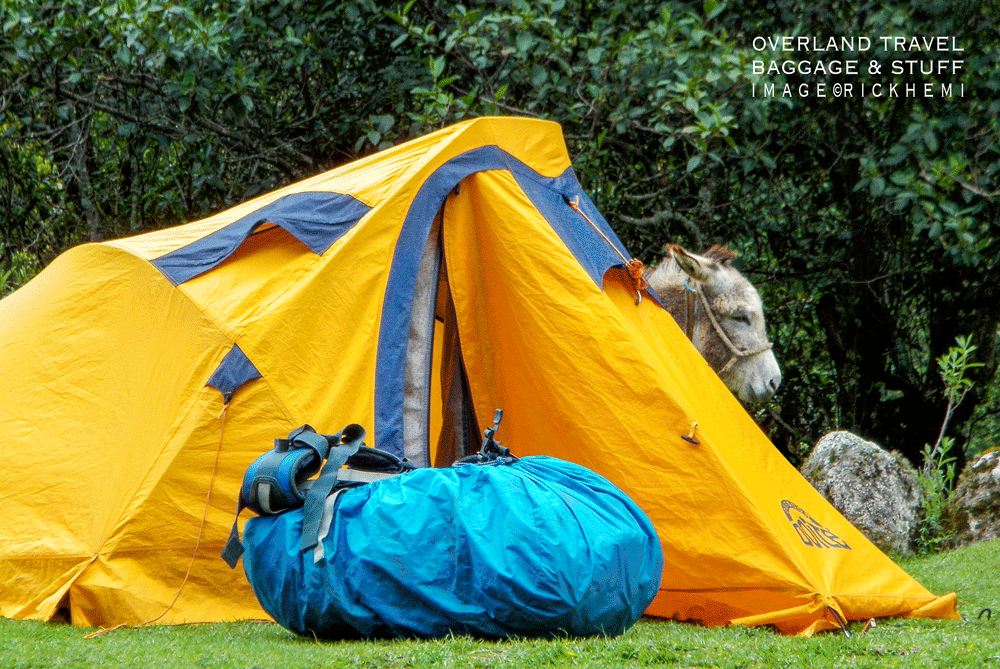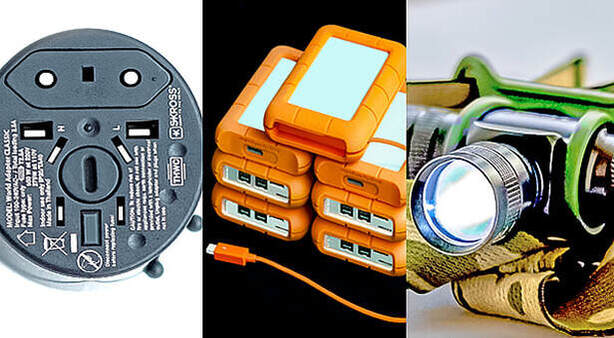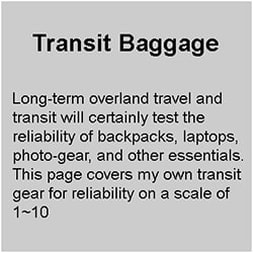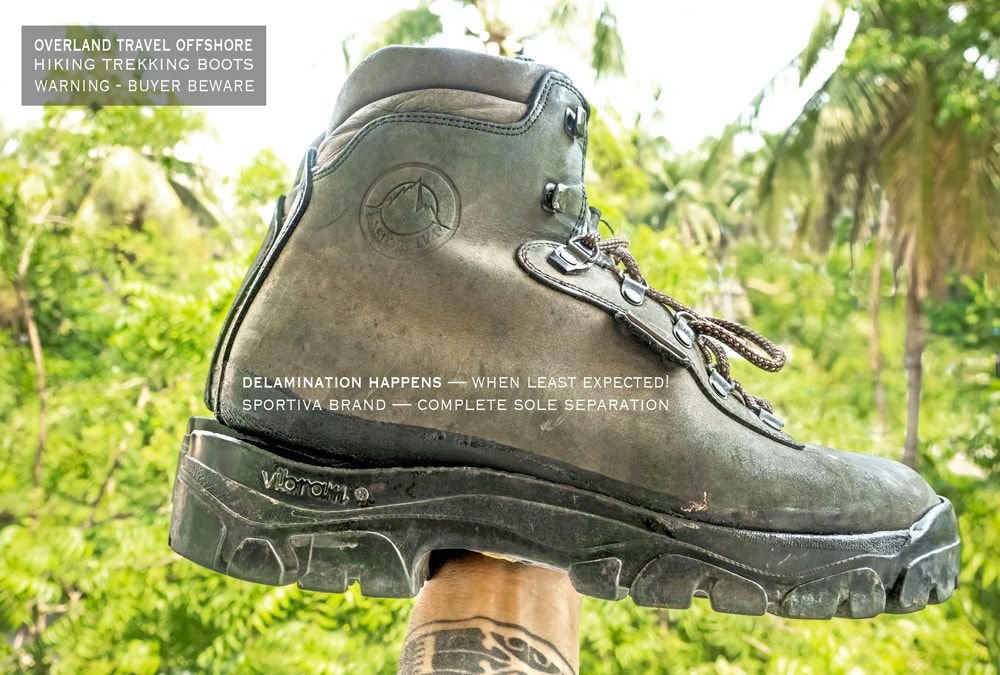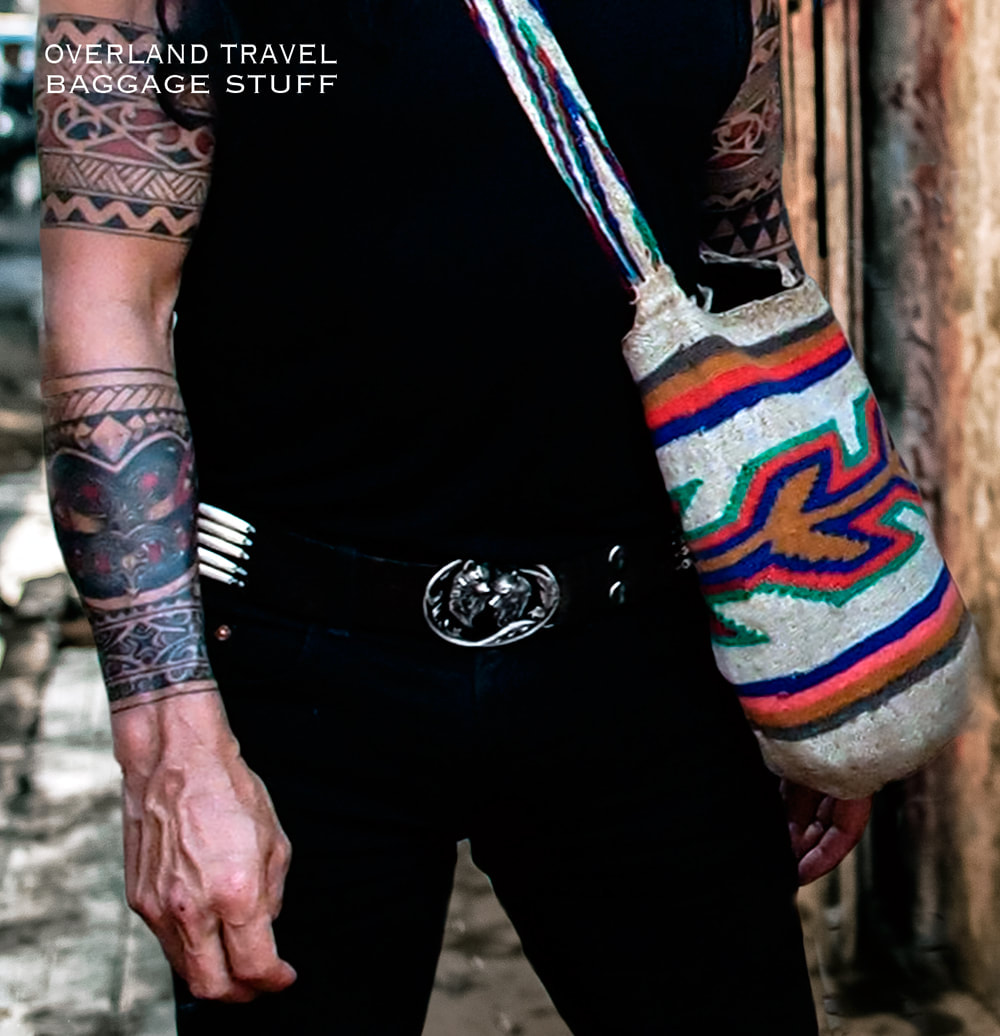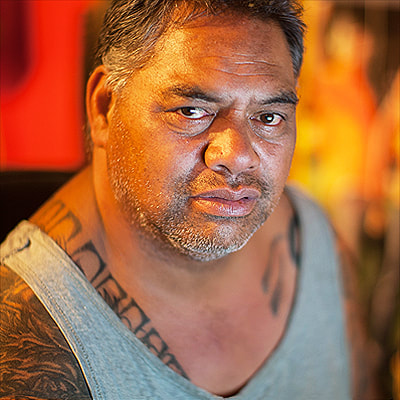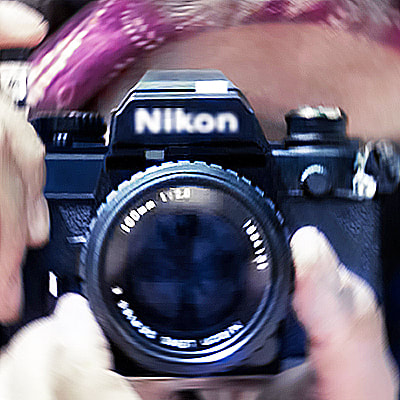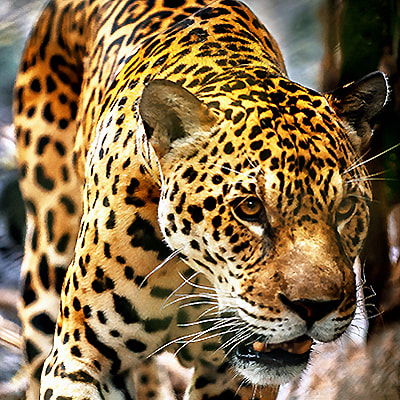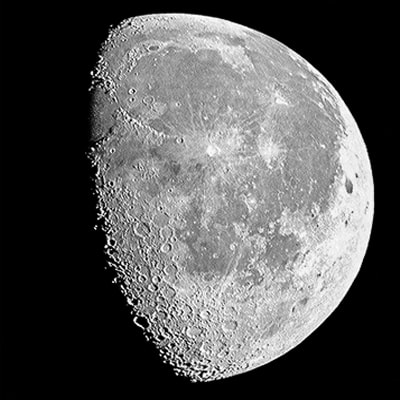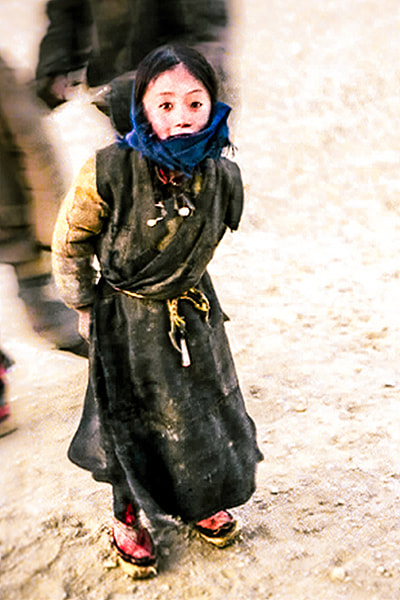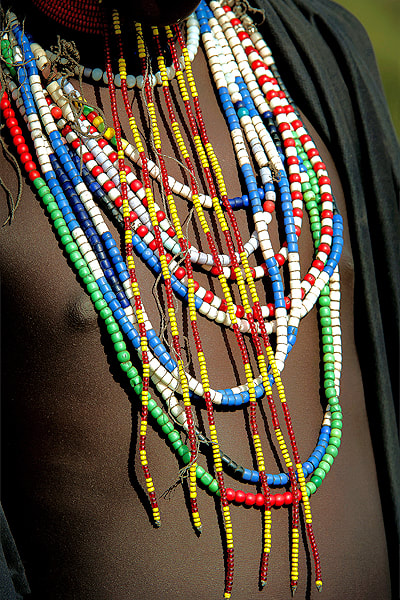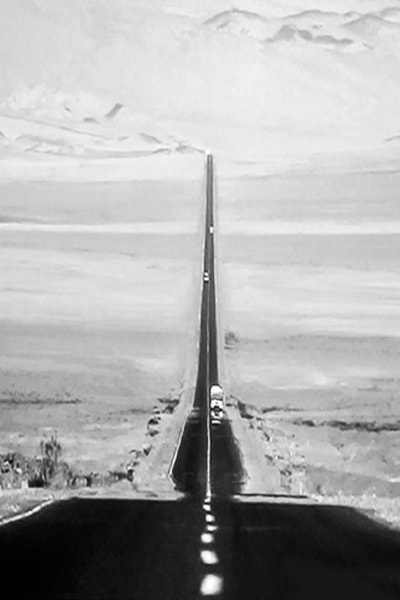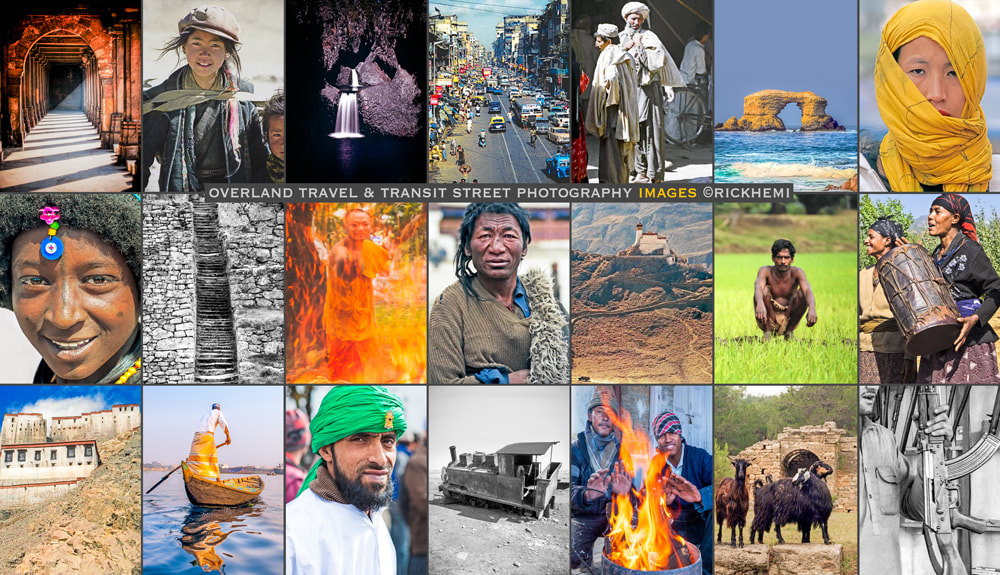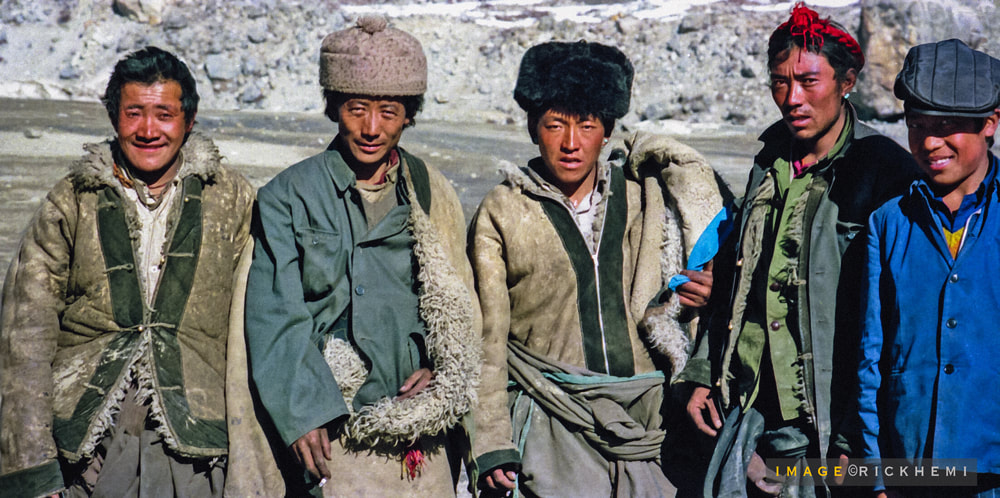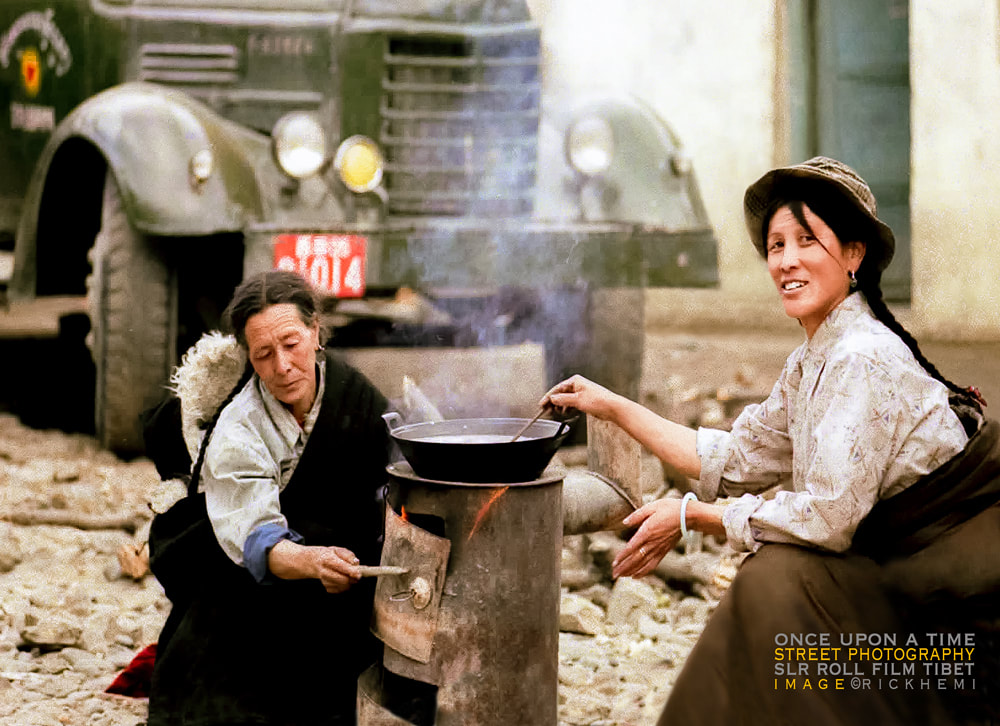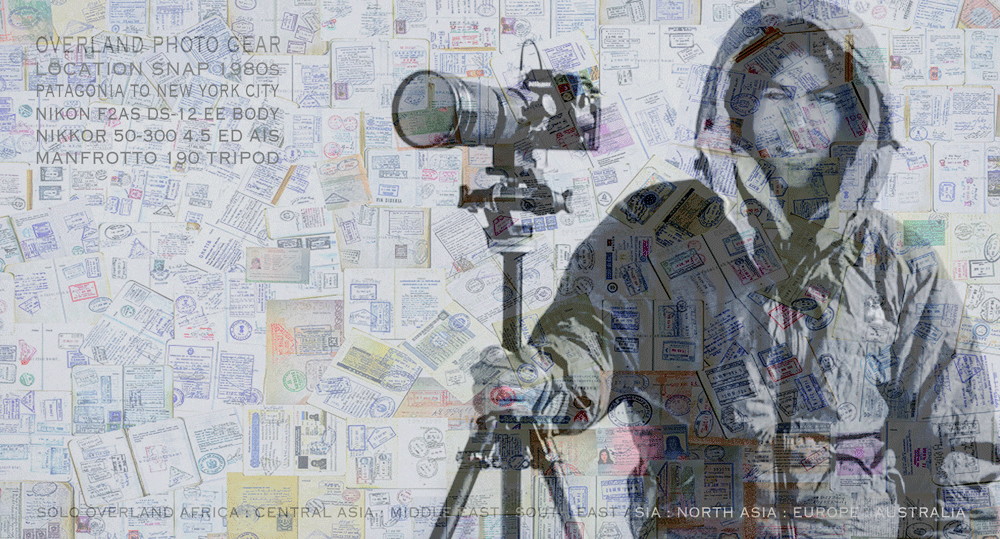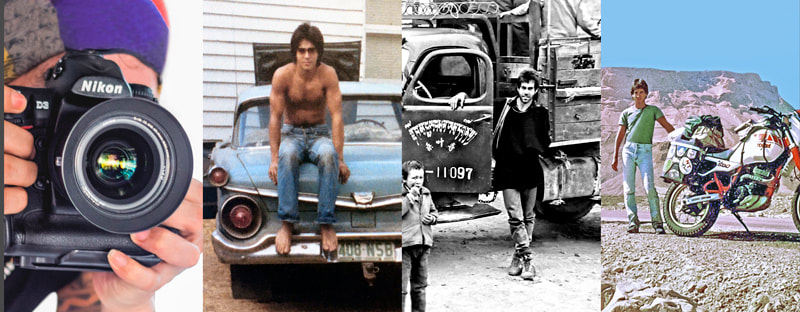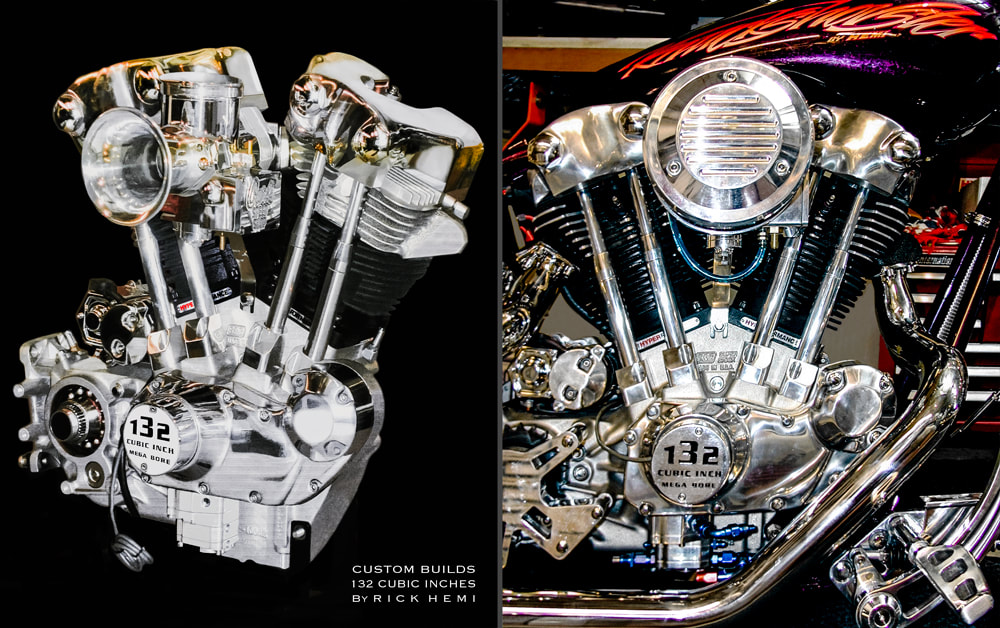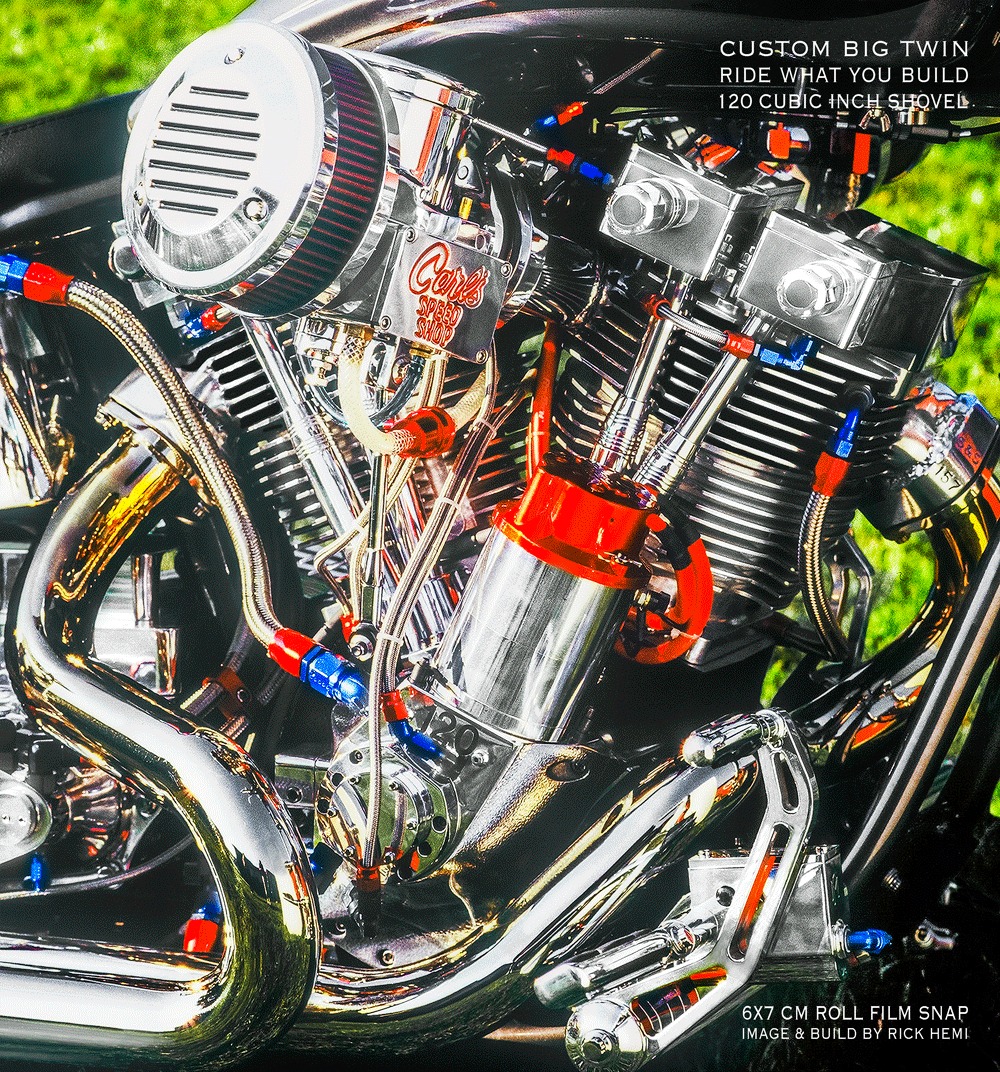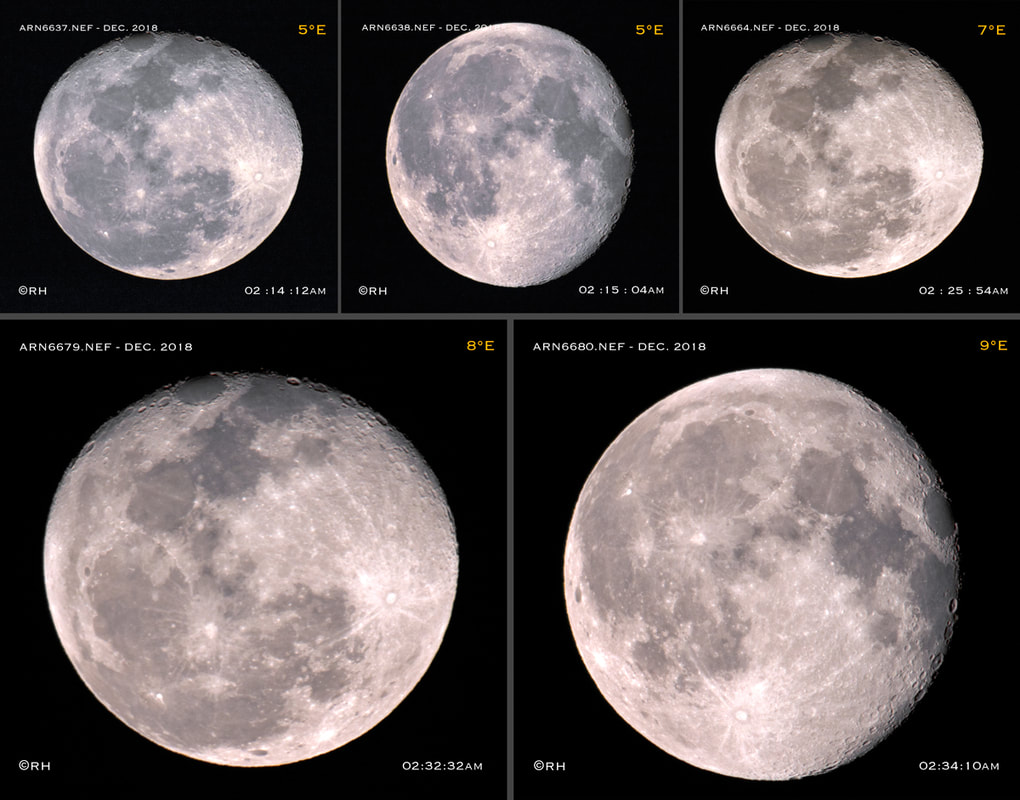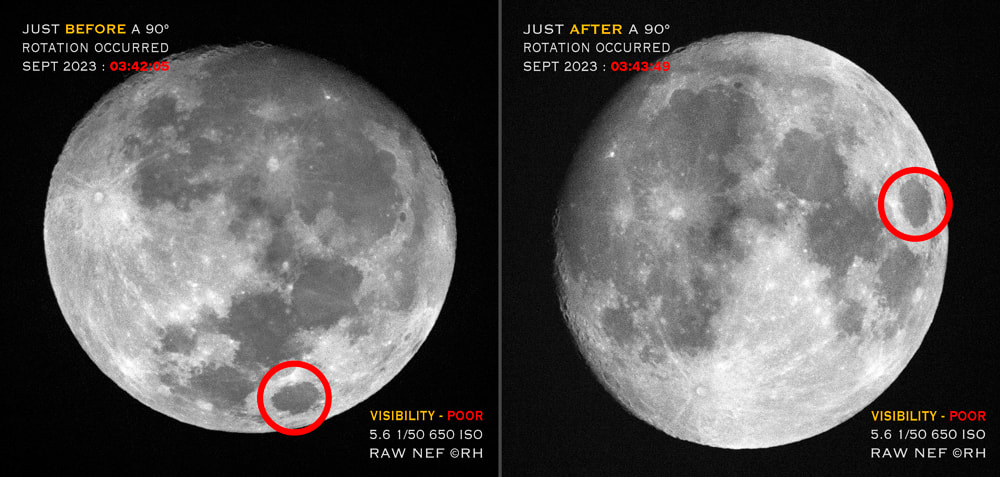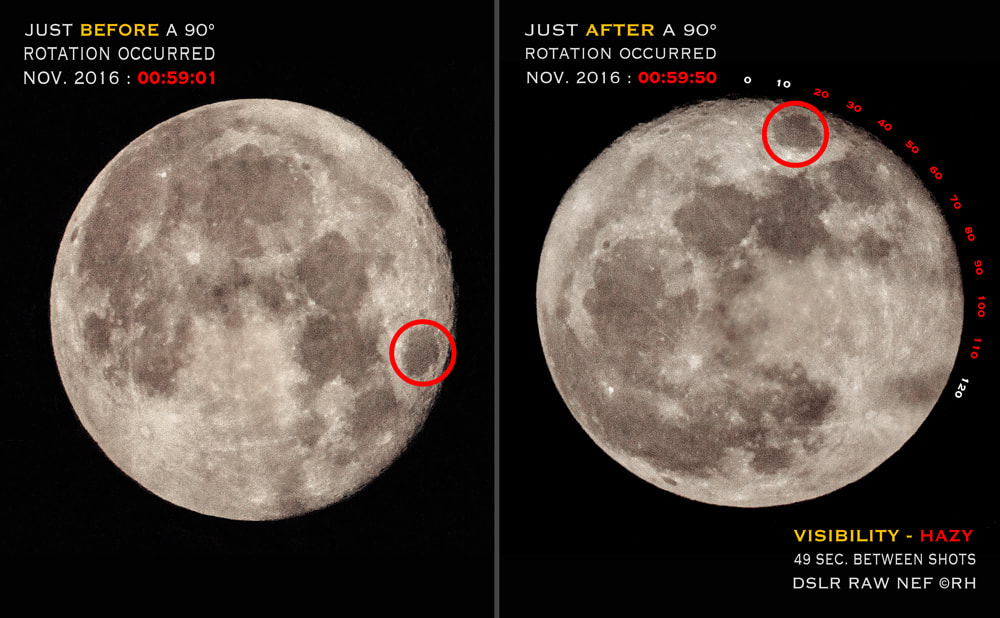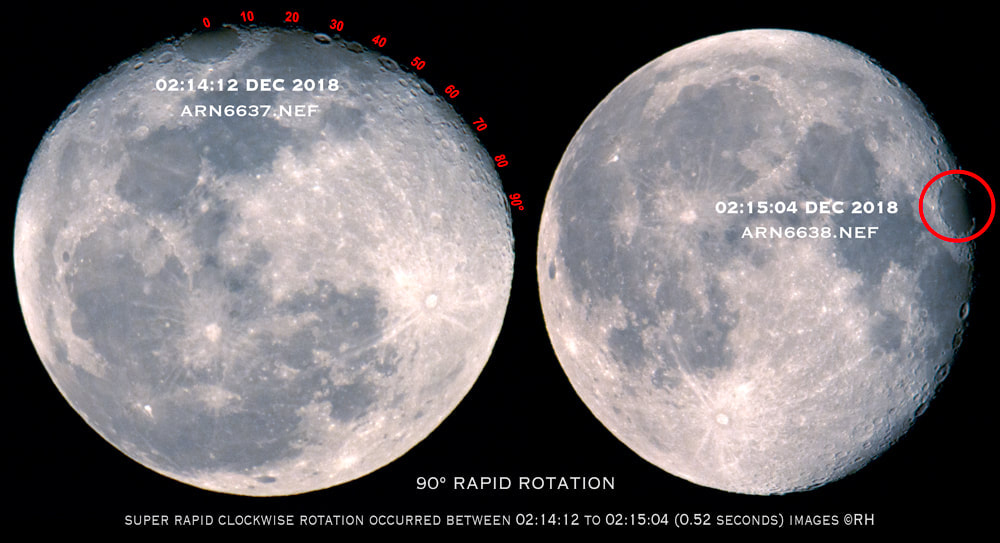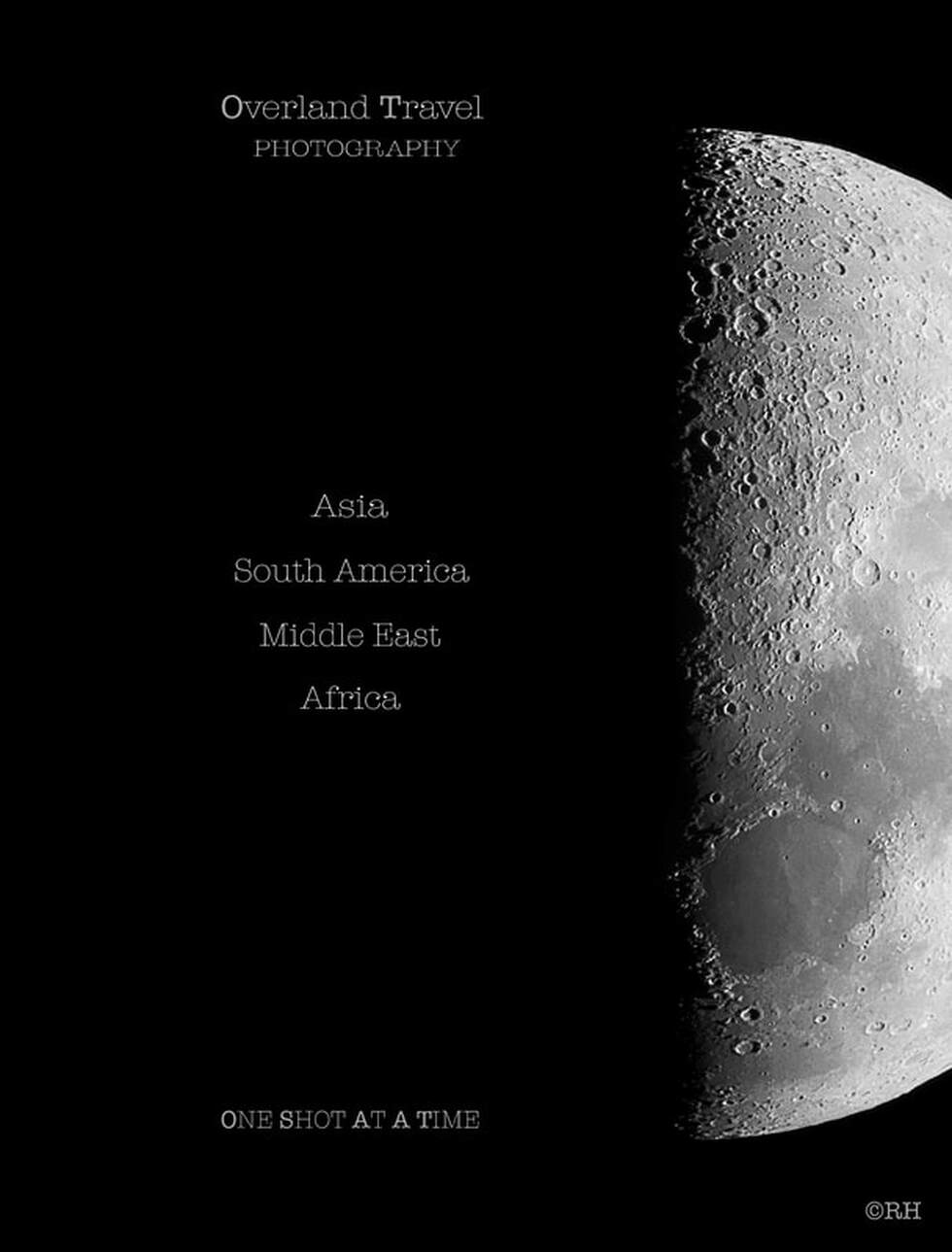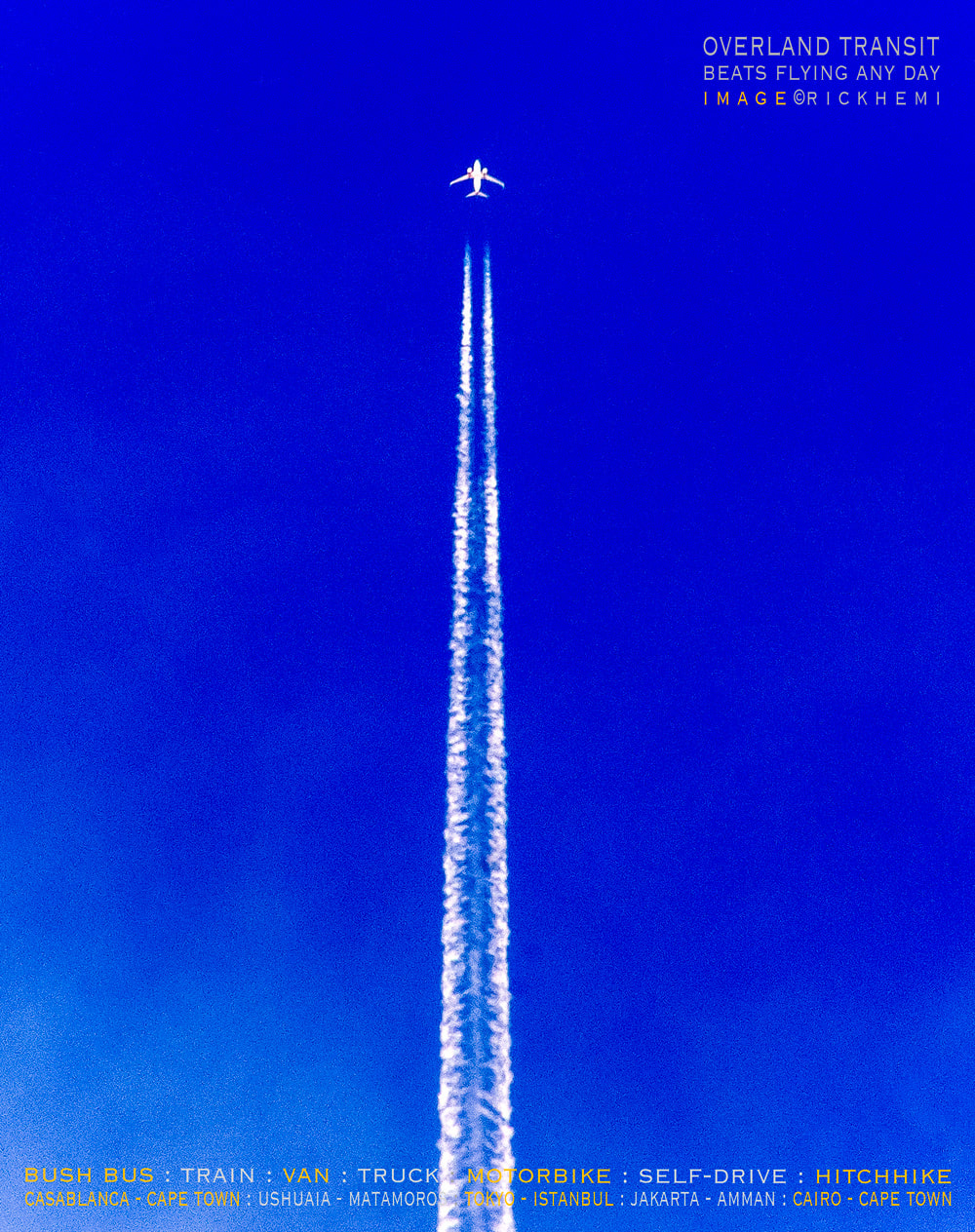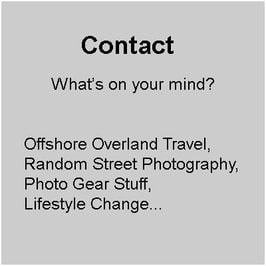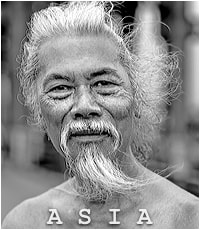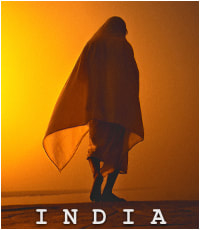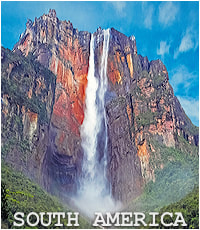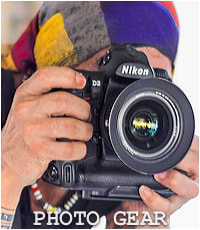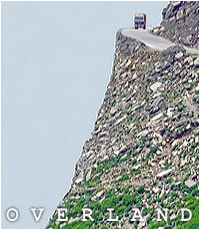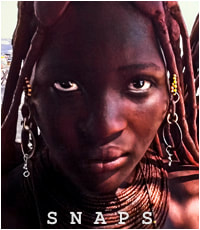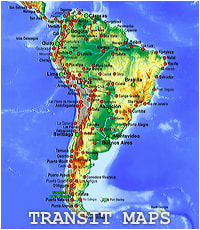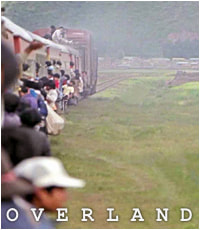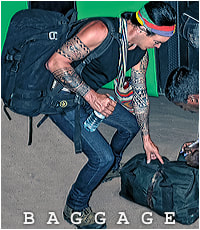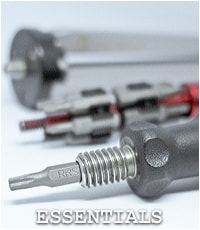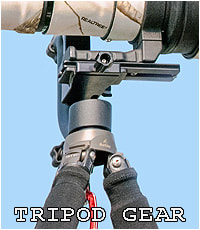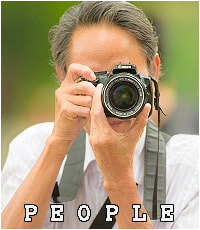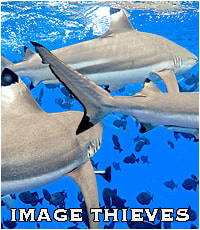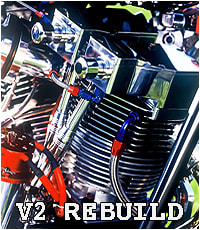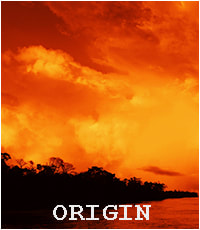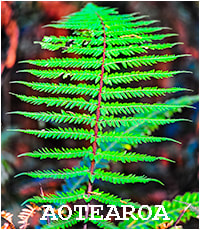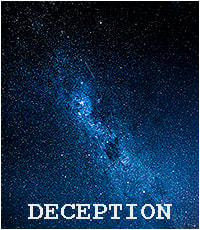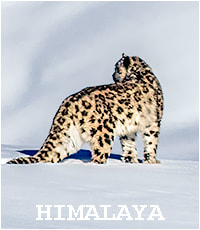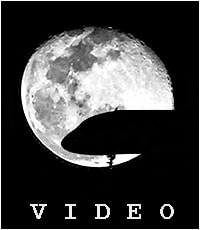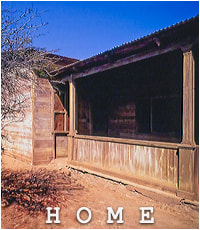Intrepid Overland Travel
Solo Overland Travel through Continents
Random Street Photography - South America : Asia : Mid-East : Africa
A no-frills old school overland travel website full of good content created for independent solo overland travel and transit journeys through the continents. If you're into global fly hopping beach party island travel, tacky cruise ship holidays, or an addicted selfie snapping smartphone traveler — move on. This website wasn't created for yuppie travel. There's absolutely nothing here of interest for you!
Planning out overland routes through certain regions within the continents is always challenging, and at times, extreme or insane, and totally worth the effort accomplishing them. Transiting solo across entire continents using any available means of transport, or hitching lifts, is an exhilarating experience for those without time limits or schedules. The basic information and images throughout this site should provide a touch of inspiration for anyone focused on independent travel and still photography across and through continents.
This site skims through what most solo overland travelers will envision, encounter and probably end up doing themselves in their own unique way. Going it alone cutting out your own itinerary, is the only way to go, to get the real feel of interacting amongst local atmosphere. When traveling solo, many doors open where they wouldn't if there was a crowd i.e. westerners traveling together in packs, or in organized overland packaged tours. Interacting with locals and complete strangers is an automatic priority, and does play an important role through the continents whether liked or not. Randomly interacting with total strangers may seem like an impossible task for those who are afraid to confront it. This is of key importance towards direct communication opening up different types of dialogue. Positive interaction also gives the the opportunity to capture rewarding closeup people shots, street portraits, and whatever else of interest en-route during journeys. Either brush up on your interaction skills with total strangers or stay home.
All images through this website are captures during overland journeys through the continents, by the site owner. Fresh content and info continues to be added at a random pace. Getting through the home page will keep most busy. It covers different overland travel info usually not found in glossy trendy woke travel websites.
This website wasn't created for bias travel blissfulness. It openly shows both sides of international travel that travel blogger influencers and major travel sites tend to ignore, because the side effects of negativity impacts their promotional outlook, and downgrades click bait material they're selling and promoting for income. Many do live in a world of make believe fake fantasy disregarding the real world we live and travel in. Although completing extensive overland travel journeys through western nations, this website doesn't cover the western world i.e. Europe, USA, Canada Aussie & NZ.
Doing hard mileage completing solo overland journeys through continents can't be matched. This website since created has zero ads, no popups, and no promotional clickbait links to hotels, backpackers, tourist ghettos, holiday resorts, overland travel package tours, trendy rehabs, airlines, sea cruises, food shopping fetishes, selfie addicted travel bloggers and yuppie flight baby travel influencers.
Those using smartphone junk browsing this website should instead switch to laptops rather than squinting at images. All pages use grey backgrounds, adjusting brightness, fast internet, Brave, Firefox & Safari browsers recommended. Zero Chat GPT on this website. Everything here is done with a human brain, including grammar mistakes!
Note: Using images, modified screenshots of images, data or maps from this website - even with original links back to this website is INVALID without prior permission and consent by the website owner. website disclaimer : website contact : Are you a website image thief?
What is Extreme Travel? Midwinter above 4000m in subzero temps photographing snow leopards
While most other travel websites concentrate showing their finest getaway images, this website takes a different angle blending together classic overland travel images taken through the decades. Street photography, people shots, street portraits, landscape, bird and wildlife, diverse, and on the go snaps scattered through this website will add inspiration for anyone planning future overland journeys. Still images on this website — 99% : Videos — 01%
Rough rugged no frills overland journey — Bogged down @5100 meters elevation at the Pang La pass midwinter.
My own definition of different travelers 1980s up : The Yuppie - a person who thinks they have traveled but have actually not traveled at all : Groupies - people who are afraid to travel on their own : The Modern Era Hippie - people of all age groups looking for chill out locations to smoke weed and consume other drugs : The Vlogger - 100% addicted profiteering YouTube travelers : The Blogger - self-appointed profiteering wannabe travelers : Fake Solo - a person who hangs around one location without plans traveling anywhere else : The Millennial & Gen Z Generation - flight babies, who have to reach the maximum number of countries in the least amount of time without actually traveling overland getting there : The Narcissistic - the worst fake traveler of all time, fully addicted to self and social media : The Smartphone Traveler - food, shopping, beach party, selfie swiping addicts : Travel Street Photographer - traveling overland using real camera gear to capture images : Real Overland Travel - anyone who completes the hard yards getting through countries crossing entire continents at their own pace using any means of transportation i.e., Morocco to Cape Town, Cape Town To Amman, Puerto Williams to Mexico City, Caracas to Santiago, Jakarta to Istanbul, Ulaanbaatar to Damascus, Kathmandu to Cairo, Lagos to Djibouti, Hanoi to Tbilisi etc.
Overland Travel - Commonly Asked Questions.
: Do you still travel using camera gear on journeys in the 2020s? — Anything but smartphone junk.
: Which countries are your favorites? — Ethiopia and India for all different kinds of street photography.
: What's your best remembered overland journey? — VW Kombi self-driving through South America — twice.
: What's your worst overland travel experience? — Full on hardcore Iranian interrogation during a second visit.
: What's your favorite mode of transportation? — Rough bush buses and self-driving.
: Why do you still use DSLR camera gear in the 2020s? — Using the latest photo gear doesn't make you a better photographer.
: Are you a professional photographer? — Far from it, just a typical street photographer like most other people.
: How do you get your street portraits? — By interacting with subjects first.
: What are your top image captures? -- Something apparently no one else has ever captured - rapid 90° lunar rotations in both directions.
: What do you avoid offshore? — Trendy locations jammed packed with two week holiday tourists.
: Have you had any overland travel regrets? — None, I'd do them all over again at the drop of a hat.
: Are there any countries you won't revisit? — let's just say one journey through Somalia was enough.
: Have you suffered any transport accidents? — None, only a few near mises since '82.
: Have you ever been street mugged offshore? — No, not once, but many other foreigners have from their own stupidity.
: Do you travel light? — I use reliable offshore contacts to store excess baggage.
: Do you use any type of health baggage travel insurance? — I've survived without needing insurance through the decades.
: Have you ever encountered issues offshore with people from different religious ethnic groups? — Very rarely, learning the art of interacting with people from all walks of life using open dialogue is key. Some of the best random street interaction I've experienced have been with Muslims, Jews, Buddhist and Hindus.
: In your opinion, which has been the best decade of travel? — Without doubt, the 1980s postcard era was the decade of decades of overland travel freedom. No one back then were prisoners of the internet or toxic social media - It didn't exist. Freedom to travel and freedom of a person's mind wasn't infiltrated of how it is programmed today. Smartphones have destroyed whatever is left of privacy and freedom.
: Has the offshore traveler mindset deteriorated? — It certainly has. Since the creation of smartphones, we now have a planet full of loony selfie travel social media addicts, and fluffy flight baby travel bloggers. And to top it all off, there's nothing worse than bumping into other western nationals offshore having full blown hive minded wokeness. Individual self-critical thinking has all but vanished. Today, schools and universities don't teach knowledge to students. They instead destroy knowledge replacing it with fake delusional reality. Today you don't get an education, you don't just watch a movie - instead, you get programmed indoctrinations.
: Do you travel blog? — Zero interest, there's more than enough travel bloggers out there to sink a fleet of ships. In saying that, there are a handful of excellent solo overland travel websites, like Marc Surchat's Explore Beyond Limit, that's more than inspiring for other independent travelers.
: Do you use or connect on Social Media Platforms? — I avoid being connected to all those dysfunctional social media platforms. I don't post fresh updates wherever I'm located . This is an ego issue causing people doing that. Many can't live a single day without social media. Life is short, life is worth much more than living inside confined internet circles. Today, people are conditioned, afraid of using whatever self-confidence they may have left. Many have difficulty to interact with people outside their own social media circles, in real time. Let's get one thing straight, I have never lived or traveled to gain or require popularity from others. I make my own decisions, and think what's best for myself, using my own intellect. Best advice — be motivated enjoying the real world, not living inside fake reality.
If You're Going To Travel - Travel... Don't Just Talk About It!
Air travel mileage isn't travel! Below, well over 1/4 million overland travel miles completed by the website owner.
Some of my used visas, solo over-landing through continents since the early 1980s. What's the most important useful item packed in baggage, and used daily offshore? No, not smartphone junk or travel guide books — camera gear! Don't leave home base without it. Those that do regret it in the end.
The value of using real camera gear offshore isn't recognized, until completing at least one overland travel journey through an entire continent. Smartphone camera junk doesn't cut it — no matter the brand, no matter the lenses, no matter how many megapixels they may have. Avoid being fooled by glossy smartphone promo advertising. Mastering all kinds of street photography through the real world requires more than smartphone junk. Instead, look and research what camera gear suits your needs. This usually relates to random street portraits, urban rural street shots, physical landscape, bustling markets, bird and wildlife, arid regions, subzero locations, lowland jungle, astro night sky etc. Some of the best full frame camera and lenses having proven reliability are readily available second hand from KEH Camera USA.
Why I Avoided The Travel Blogger Circus.
The majority of travel blogger influencers today sell themselves off as vivid travelers, but in reality they're not - and they know it. In today's world of online false fluff and plastic, travel blogging is about trying to create an easy cash flow and nothing more. It's about re-marketing travel tourism, as though exotic places have just been discovered, and have never been visited. What? Sorry travel bloggers - there's nothing new under the sun, it's all been done well before most of you were born. Fluffy travel blog sites all share common themes — the butterfly effect "it's so beautiful", "it was so amazing", "oh, how wonderful" — typical soapy tourist click bait that makes you yawn. Many travel blogger influencers out there do create false illusions, having zero experience themselves of completing any real-time solo overland journeys across and through continents using basic bush-bus transportation. You rarely meet them transiting in jam packed minivans for days on end, which all share the same atmosphere, thus being the complete opposite of the usual "you tube and travel blog" fetishes of total blissfulness. In general, travel influencers will surface brush biased rosy pictures with exaggerated fluff excluding anything negative, keeping it under the rug hush hush i.e. 70+ people are murdered in South Africa everyday. Argentinians are desperate, but western travel bloggers must keep the fake wheels spinning. Some travel blogger influencers are just as bad, or even worse than fake MSM news sites — which are many. The Real World is ignored, because it doesn't sell well to make profit. Fake travel bloggers are easily exposed and caught out, using free online travel images to enhance their blogs without even traveling through whatever region they're actually blogging about. Maybe their sponsor handlers should have given them gratis photography crash courses - Guys, you're a dime a dozen faker than fake.
Imagine placing today's world of fluffy Gen Z travel bloggers back in time to the 1980s & '90s. Frustration would quickly set in with trivial issues, like how to read maps, how to rewind and load film cameras, how to manually focus SLR lenses, how to self-manage overland travel journeys through continents without GPS, smartphones and internet. Even setting up tents, cooking food, and self-repairing travel gear would be frustrating. In the 2020s, using your own brain, is thing of the past — You can't make this stuff up.
Below, no it's not a screenshot from a woke Netflix movie. I took the snap while packing stuff up during transit through central America in the 1980s. Image — Nikon SLR F2 & 50mm lens.
Solo overland journeys during the 1980s with film cameras, and a stash of folded greenbacks hidden in a money belt.
Travel cheating is nothing new. It reminds me of an early LP Colombian edition riddled with wrong information. The only way of writing incorrect travel data, is because the writer wasn't actually in Colombia in the first place. The writer had probably retrieved travel information from out dated sources, and had formatted the data from neighboring Ecuador, or on the sandy beaches in Costa Rica? Maybe the writer was too afraid, filled with fear, to actually travel and transit through Colombia during the Pablo Escobar era. I certainly didn't meet foreigners during two separate overland journeys through Colombia's difficult times during 89-1991. It was full on in Colombia during December 89. Bogota central was rocked by the largest bus bomb in the country's history. Avianca flight 203 blew too bits just after takeoff from Bogota airport by a passenger activating a baggage bomb. While up in Cartagena, the notorious Medellin cocaine drug barren Gonzalo Gacha, his son, including five bodyguards were taken out in a fierce shootout. Colombian highway police road blocks were many, with full on baggage and body searches frisking for potential mules carrying narco dollars. The same for two separate overland journeys through Iran in 83 & 87, no other westerners in sight anywhere through the country. I had Persepolis all to myself for three days. The same account for two recent solo overland journeys through Socialist Venezuela. Overland travel fakers are many these days, just wannabe dreamers compared to those out there who actually do accomplish real overland travel journeys no matter the difficulty, the region, or how long it takes completing them.
$30 US a hit wasn't cheap — Used Colombian 90 day visas & entry exit stamps 1989 & 1991
Solo overland roll film Colombia 1989 : Plaza de los Coches Cartagena : central Bogota : central Medellin
The underbelly of the other side of travel blissfulness is rarely exposed in its true content, because the world of travel must be kept in its false form to generate income. Airlines, hotels, travel media, especially travel blogger influencers paint the same rosy picture — Everything is good, nothing bad, there is no evil.
Jammed packed Toyota Hi Ace Van, 29 passengers plus a baby on the dash - Tigray, northern Ethiopia.
Nothings more vibrant traveling overland onboard worn out rattling bush buses through the interior of countries. Using bush boat slow floaters packed with sprawling cargo overloaded with passengers crossing oceans is a close second. At times, there's no escape using jammed packed bush train rattlers, or being inside van wrecks packed to the hilt speeding at full throttle. It's all about enjoying the journey no matter the transport. Reaching isolated locations overland onboard basic transport are the best journeys remembered. At times, the journey itself getting there has more value than the destination itself. Below, motor rickshaw transit India.
Overland Bush Transport - Enjoy The Vibe.
Quick examples of real-time overland travel onboard local basic transport i.e. Indonesia to Turkey, Somalia to Nigeria, Mexico to Argentina, sweaty armpit odors, vomit on the floor, wasted food scraps glued to seats, locals picking their noses flicking the contents at you, the sounds of deep farts with wicked aromas, constant loud snoring, music at peak volume, used as a pillow, multiple cell phones constantly blaring, stale chewing gum and food stuck to your clothes, dog breath vapor, packed and squashed in like sardines, deep throat coughing and spitting in any direction, bush-bus aisles jam-packed with mountains of luggage, unwashed left hands grabbing your seat, minus -20C with no heaters, +48C with no fans or AC, smokey engine fumes knocking you out, washed out roads and bridges, fluids flowing under your seat, irritating blowflies, mosquitos and insects trapped on board, random drug control baggage checks, drivers fighting with passengers, passengers fighting with other passengers, passengers interested in what's in your day pack, uncontrollable baby screams with smelly loaded diapers, windows closed during transit with smells of hot vomit, bus aircon freezing your balls-off, goats, pigs and sheep crowding your space, random groping, passengers rubbing toxic toe jams, passengers sneezing throat mucus directly in your face, baggage soaked in black engine oil below deck, constant rattling clattering windows, extreme high-speed, holding out for load dumps and piss breaks, high-altitude sickness, unbearable heat, the bitterly freezing cold, clouds of endless dust in your mouth, down your throat, and up your nose, non-stopping vibrations, bad unavoidable accidents, intoxicated or drugged out drivers, highway bandit hold-ups, night thieves, standing room only, pushing, jostling and shoving entering or exiting transport, silent robbery, disappearing day packs, contents in backpacks missing, loaded diarrhea pressure on non-stop moving bush-buses, free sharing of ticks and fleas - need I say more? Harden up, don't complain, enjoy the journey.
Personally hitching lifts onboard anything with wheels has been normal procedure for decades through the continents. Most hitched lifts begin at gas-stations on the out skirts of cities. This is where trucks are found in abundance loaded ready to go. International border crossings, is another hot spot for grabbing hitched lifts. Offering lunch, snacks and cigarettes, and using positive interaction with drivers helping out when required en-route is always appreciated. No time limits or planned schedules are mentioned through this website for obvious reasons. Breakdowns stuck in the middle of nowhere happens, resulting in days, or even weeks of delayed transit depending the location, region, terrain and weather conditions. I've successfully hitched lifts through Asia, Africa, the Middle East, and South America without issues i.e. no accidents, no random bandit road hold ups, zero loss of baggage (1982-2022)
Top Left, onboard a truck, stuck during transit through the devils crossing in midwinter. Notice, there's another truck in the the background. It had slid off the icy dirt track laded with goods, and probably remained stuck for weeks on end until a dozer arrived to drag it back up on to the road. Five days held-up in subzero temps averaging minus -20C to -30C at night in the middle of nowhere are those lifetime overland transit journeys always remembered.
Solo overland offshore using basic transportation getting somewhere has good positives. It gives direct communication with locals with real time atmosphere deluxe transport can never offer. The ambience en-route interacting with locals and drivers is far more rewarding. To be honest, the best overland transit atmosphere are onboard bush transport. There are times when super deluxe transport can't be avoided, like in Japan, Chile and Argentina. Real overland travel isn't about getting from one location to another in lightning speed and comfort. Those only using deluxe transportation through continents are either in a mad rush, require soft seats, onboard WC, and have limited time schedules.
Boiled overheated engines, transfer case issues, broken axles, steering gear failure, throttle jams, bent driveshafts, blown engines, clutch failure, water pump seizures, electrical burn outs, exploding wheel bearings and failed brakes, are just a few occurrences I've encountered onboard local transport through continents. Neglect and lack of maintenance are to blame no matter the vehicle. There's the odd surprise, like the Venezuelan above, getting from Maracaibo to the Colombian border without a single mishap in his Chev sedan.
Below, on the go transit snap, another bush bus making its way up along a narrow mountainous dirt road route through the middle of nowhere. Traveling onboard local transport within extreme regions still remains the same. Remote cliff edge road routes rarely have safety barriers, wire strops, or warning caution signage. Going off the edge occasionally happens, usually with idiot drivers from elsewhere speeding, or in the wrong gear, or from vehicle failure. It's solo overland journeys like this that are always remembered.
Overland Journeys - Postcard Era 1980s
The below snap was taken decades ago, on board a local bush boat slowly chugging northward from Bluefields towards Puerto Cabezas. The boat looked like something straight out of Humphrey Bogart's African Queen. Extra fuel was stored on deck in 44 gallon drums. No one blinked an eyelid at those lighting up cigarettes. The need of taking a leak or dumping a load was at the rear over the side. A small group of Swedes, affiliated NGOs in support of the FSLN Sandinista were also on board en-route up river. They were doing their thing, I was doing mine. Today, foreigners are looking for the same overland travel atmosphere well off the beaten track, as far away as possible from worn-out tourist hot spot ghettos. Unspoiled isolated regions like this can still be found, if one has the time, energy and momentum reaching them.
A few isolated regions off the beaten track worth mentioning here are, the Manaus Colombian-Venezuelan border route, and slow boat journey from Juba to north Sudan, or eastward towards the Ethiopian border. These are realistic no-frill journeys (believe me). The overland route from Brazil to Colombia via Venezuela will test how good your travel savvy safety skills are (I've done it twice). These regions are either situated near Red Zones, or pass directly through Red Zones controlled by smugglers and numerous militant groups, buzzing with drug bandits and human traffickers. Travel and transiting through these regions is entirely at your own risk and peril. Snitches are your worst enemy.
Forget about insurance cover, you're on your own, including your baggage stuff. Even though I've personally traveled through these regions without incident, it doesn't necessarily mean a free-pass for anyone (including locals). It will depend who may decide to create a holdup, a robbery, a bribe, or extortion on any given day. It's the luck of the draw. Snitching is the most common cause before targeting foreigners. Getting the latest up to date information from locals on the ground is paramount, but it isn't foolproof. It is certainly better than from any out-dated L.P. or other trendy guide book warnings! Travel guide books cannot help the traveler with local snitches - Got It? It only takes one cell call from local snitches targeting someone of interest. Snitching has always been a profitable pastime. One can thank cell phones for the increased amount of pre-targeted crime. Having the appropriate onward visas entering neighboring counties should already be in order before journeys through the middle of nowhere.
Some frontier immigration and custom border officials do live on corruption pay-offs and bribes. Never pay or bargain with them! The next foreigner passing through will have to deal with the same issue. Good positive interacting skills are required to avoid being skimmed dry of cash and stuff. Those who don't believe me will quickly learn how valuable the art of interacting with people is when the above suddenly happens to you.
Above, a snap taken onboard from another coal burning steamer heading southward through Odisha state, India during the '80s. Woke Gen Z climate change anti-fossil fuel travelers shouldn't watch this in case of triggering syndrome - Diesel V16 EMD GT46PAC 16-710G3B train engines in motion throughout India. Westerners traveling offshore who are "anti fossil fuel wokesters" should check their trains before departure. Hey, if your overland transit journeys are with diesel powered train engines, diesel powered buses, or diesel powered ferry boats, you can always walk, cycle and swim instead. Kerosene Boeing and Airbus passenger jets included. How dumb down and brainwashed woke can one get?
The term "Solo Travel" has been branded, as if it just fell out of the sky during the Millennial/Gen Z generation - What? How dare you... Just to clarify, solo overland travel was in full swing through the continents during the 1970's and 80's. How do I know this? Because I'm still one of those original old school overland travel addicts still going strong today. Those born in the mid '90s up assuming they've seen, or clocked up overland travel mileage around the planet still have quite a few decades of catch up - Good luck on that.
Those who use the term "solo travel" or who call themselves "a solo traveler", "solo female", or "solo male" that jet set across oceans only to relax on the beaches in Goa, Bali, Zanzibar, or to solely hang-out in Taganga, Rio, or Belize, without even clocking up real-time overland travel mileage to reach these destinations are fake solo travelers. Sorry guys zero kudos.
Today, transportation maybe quick and faster, and more comfortable, but what's the rush? And who wants comfort? Using basic overland transportation is what makes any journey stand out from the rest, and remembered as journeys of a lifetime. The user term "solo travel" has definitely been robbed and hijacked of its true meaning and identity. It's become part of the fantasy world of make believe travel. It may sound "trendy" for those who jump on board defaming the true concept and meaning of solo travel.
How embarrassing and fake can one go? Genuine solo travel is about individually traveling through countries, crossing countless land borders, and continuing onward over-landing from one continent to another at their own pace using any available means of transport, no matter what it looks like, or how jammed packed it is.
The death train in Bolivia during the 80's was rough as guts in comparison to how it operates today with pure luxury and zero bribes. Blogger "travel influencers"still think the death train holds the same historical travel status values - sorry, but it doesn't. The only thing left is what the death train ran on — the tracks. In the l1970s and '80s, foreigners were targeted for bribe payoffs when leaving Bolivia to Brazil. Plain clothed police impersonators were rampant through the country. They randomly used all types of tricks forcing unsuspecting foreigners to hand over their passports, and then pay hefty bribes to get their passports back. On the streets, police impersonators used marijuana joints and cocaine to plant on targeted victims to squeeze payouts. Some are probably asking how do I know all this? I was there, many times watching the above tricks being used in real time reality. A quick example, I was stopped by two well dressed locals on the street in La Paz. They flashed police ID and asked for my passport. You could tell they were experienced police impersonators who drained cash from foreigners. Instead of handing them my passport, I opened the the ID page and Bolivian entry stamp page clutching the passport to show these clowns. They quickly moved on looking for another victim. On another occasion, a police impersonator demanded that I hand over my passport for inspection. I replied, "hey not here on the street, let's go into a shop" As soon as I approached the counter, I loudly asked the shop owner to ring the police. The fake cop vanished faster than a bullet.
During the 1980s, street corruption, payoff bribes, random holdups, robbing and thieving foreigners throughout South America was pretty hardcore. Meeting foreigners who were robbed of stuff was an everyday occurrence. One had to be alert and aware of what was happening around them. Nothing much has changed in the 2020s. Newer techniques to extract cash and valuables from potential victims, is rampant as ever and ongoing — But certainly not onboard today's comfy death train journey route. It lost all that steam and charm decades ago.
Which Continent - Do It Now While You Can!
Overland Travel Transit Routes - Bush Buses : Trucks : Vans : Train : Cargo Passage Vessels : MC : Hitchhike : Self-Drive
How ironic, "Do It While You Can" was no joke. The writing was already on the wall in 2017 when this was first posted. The world of travel freedom has all but vanished down the toilet for the unvaxed. We can thank big pharma, WEF globalist governments, elitists and their paid-off minions creating diverse controls on populations. Luckily, I choose a country to reside in well away from western tyranny forcing mandatory experimental mRNA clot jabs.
Maybe you've already planned an overland route through a continent, but there are many who haven't. Deciding where to land, to begin any intrepid overland transit journey determines the direction of transit that usually ends at the tip, or the edge of any of the above overland route maps. Researching the internet on specific overland transit routes through a continent is normal procedure. There are regions that can only be verified on the ground with freshly gathered information from locals, or by other foreigners who have just come from an intended direction of transit. The climax of individual overland travel has reached levels that are unheard of in Safe Regions, but transiting through Red Zones, and volatile overland routes in and around the Middle East, including different regions through Africa is a completely different ballgame. Red Zone locations do change, move, multiply, fester, and re-establish themselves without warning.
This website uses my own overland transit maps through various countries and continents that have been accomplished numerous times using different transit routes. Pre-planned travel through continents at times can suddenly change course, due to border closures, chaotic upheaval, invalid visas, banditry, sudden lock downs, terrorism etc. This is the real world we live and travel in. It's not sugar coated candy like the majority of other travel websites want you to believe — excludes trendy island getaways.
The overland gateway connecting Africa to Europe and Asia through the Middle East, is via the Sinai Peninsula, and ferry boat from Saudi, Oman and Pakistan. The Jordanian-Iraqi highway (Baghdad-Amman) is open thanks to bi-partisan military security forces of both countries. Pakistan has had mixed militia groups within and along its border region with Afghanistan and India for decades. Additional permits are required to travel through these zones. Transiting through areas of the NWF, Baluchistan & Chitral, is entirely at your own risk and peril. Local authorities may or may not grant permission to travel these regions. Afghanistan has returned back to Islamic codes — western wokeness is banned.
Foreigners relying on overland travel guidebooks, like LP in the above regions are on their own. The majority of warnings in travel guide books are already expired well before printing. Always collect fresh multiple sourced information directly from locals of intended transit routes well in advance before rushing off in to the void.
Iran has been relatively safe to travel through for decades. Iran is used as an overland transit hub with international land border crossings in every direction. Western nationals and travel bloggers passing through Iran photographing sensitive key sites, or using drones without prior permission or consent will risk the chance of receiving up to a 10 year jail sentence. a Two Aussie "travel bloggers" thinking they could do whatever they wished were deported after 3 months jail-time in a pawn swap deal! Having valid Iranian visas crossing into Iran is the easy part. If you're a passport holder from countries that are political biased against the Iranian regime, the ease to be suddenly arrested, interrogated, held in Evin jail happens. How do I know? Let's just say I've seen it first hand up close.
Syria's Red Zone regions have various Islamic militia proxies scattered through the country. Reaching Lebanon, or further south to Damascus on to Jordan from Gaziantep-Turkey can be completed on semi-secure routes controlled by the Assad military - at your own risk and peril. Everyday has different outcomes, some good, some bad. Nassib is the southern border crossing from Syria to Jordan.
There are limited ferryboat services from Greece, linking Syria, Israel, Egypt and Lebanon since the Middle East Arab spring and ongoing refugee crisis began in 2012. However, the odd cargo ship out of Alexandria, Beirut, and Israel take passengers, motorbikes, and vehicles. A ferryboat link operates from Muscat-Oman to Gwadar -Pakistan. Saudi tourist e-Visas now makes it more simple connecting to Sudan, Jordan, Egypt, Eritrea and Djibouti by ferryboats and local land transport. Driving vehicles in Saudi can be expensive, if local drivers smash into you, visitors pay the bill even if it wasn't the foreigner causing the accident. Full valid car insurance driving in Saudi is imperative.
Yemen is a Red Zone, it's volatile with high levels of sporadic insurgency through the country. Crossing the Egyptian border to Libya is feasible with valid onward visas. This also applies when entering Afghanistan from Iran onward to Pakistan and India. The Taliban will reopen their land borders when things are fully under their control. Overland travel journeys through the Maghreb and Sahel region is at your own peril i.e. Algeria to Nigeria, Libya to Nigeria. Nigeria to Sudan. In general, plenty of time and patience is required completing transit journeys using basic transportation through most regions mentioned above. Anything's possible, things change week to week, fresh information gathering is important.
Depending on nationality, applying for necessary onward visas of certain countries in northern Africa and the Mid-East is required in advance for neighboring countries i.e. Oman, Yemen, Saudi, Israel, South Sudan, Iraq, Iran Afghanistan, Syria, Chad, CAR, Niger, Cameroon, Nigeria, Libya.
Visas - Plan Well Ahead!
Manually applying for any visa no matter the country or continent, should be done at consulates rather than at embassies, and submitted on a Thursday or Friday. The chances of receiving visa rejections is more common at embassies than consulates. Arriving at consulates applying for visas on a Monday or a Tuesday may be rejected depending if the consular officer had experienced a bad weekend. Looking too scruffy, smelly, or exposing too many tattoos, or males having excessive long hair that looks as if it hasn't been combed or washed for weeks on end can cause issues. First impressions apply and play an important role for any guaranteed visa issue.
In general, consular staff will normally follow a set of rules and guidelines no matter the nationality applying for visas, but there's certainly more than enough evidence from different nationalities across the planet, who've been denied visas for reasons outside normal consular guidelines. Some visa rejections include - nationality, insufficient funds, no exit ticket, passport expiry date, limited pages left in passport, grubby torn passport, convicted or jail time more than 12 months, false data and information on visa applications, applying for a second or third visa of countries that have already been recently visited by passport holders. An Israeli stamp, or an Egyptian/Jordanian entry stamp at border entries from Israel will instantly deny visa issues for Iran, Iraq, Afghanistan, Lebanon, Syria, Libya, Algeria, Kuwait, Pakistan, Saudi Arabia, Yemen, and Sudan.
Valid train or bus tickets leaving from one country into another is valid as an exit ticket to enter into most countries i.e. Joburg to Maputo, Singapore to Kuala Lumper, Delhi to Katmandu, Beijing to Ullan Bator, Buenos Aires to Montevideo, Santiago to Mendoza etc. Visas for South and Central America have almost dwindled down to formal entry stamps at borders for most western national passport holders, although some Latin countries do charge the same visa reciprocity fees i.e. Australian, EU, and US nationals applying for Brazilian and Bolivian visas.
Africa on the other hand, will depend on the route and direction of overland travel, especially if crossing through the entire northern region of the continent. The most important point to remember here, is when any requested visa is denied from one particular consulate - don't give up. Visa may be granted at other consulates, or embassies in neighboring countries without any issues. More about visas here
Fresh Passports - Before Departure
Rubber Stamping through continents fill up passports in no time.
Coming Soon - Central Bank Cashless System : Globalist NWO Under The Skin ID - Agenda 2030
The worse scenario over-landing through continents is running out of space in passports. Being refused visas because passports have reached the minimal of 2 blank pages happens. Never leave it to late replacing passports that have reached their last six months of validity. Some countries may not have embassies, consulates, or missions abroad with nations whom they don't trade with. Imagine being in a country, and requiring onward visas to neighboring countries with insufficient pages, and no embassy replacing full passports. Global agreement with most passport holders is a minimum of two full blank pages with at least six months validity. Immigration officials don't care where they stamp. Asking immigration officers "politely" to place entry and exit stamps on the visa itself, or on to a page with other entry and exit stamps saves page space. If you avoid this simple request, passports will become full of entry and exit stamps on blank pages mounting up very quickly. Updating or replacing, passports before departure saves wasted time and energy running around offshore.
Some nationals maybe fortunate enough to still have additional pages added into passports although now a rarity post 2001. Three sets of 12 additional pages were permitted in New Zealand passports through the 1980s & '90s.
Applying for onward visas into neighboring countries can be an issue depending on passport nationality. Just because you may hold an American, Canadian, or European passport doesn't necessarily guarantee an automatic visa issue. This will solely depend on where one submits their passport for any particular visa, and will also depend on the person issuing the visa. India, DRC and China are examples out of many countries that can be complicated for those applying for visas when outside their country of residence. Imagine traveling half way through an overland journey through a continent, only to have a spanner in the works, because a particular consulate or embassy rejects your visa application — this does happen. At times, western foreigners have been caught off-guard, because of no preplanning in advance leaving required visas to the very last minute, i.e. consular offices of neighboring countries that have either closed down, or randomly rejects visa applications, due to certain nationalities, appearance, or gender. An already issued visa that has expired can also cause complications. Consular embassy staff may randomly request browsing your social media links, and refuse visas because of content, who you follow, or certain friends you associate with.
The cost of flight tickets over certain countries, because of rejected visas isn't only an added expense, it also beats the purpose of overland travel. Returning, back tracking through another route may or may not work, usually adding extra transit mileage to deviate around countries, which at times is difficult to do. This could involve transiting through Red Zone regions known for random banditry holdups, bribes, unplanned donations, and ransom pay-offs. Best advice — think well in advance, collect fresh up to date information on the ground from locals in that region.
Check Signatures On Visas - Or Suffer
Some countries still hand write duration of stay on entry stamps - Always request for maximum amount of days.
Don't expect all border crossings will give the maximum amount of stay that you are actually entitled to. They Don't. Some border crossings use their own set of rules. Foreigners are solely dependent on who's doing the rubber stamping on the day of arrival. One example was at the Colombian Cucuta immigration on arrival from Venezuela. The immigration official insisted 30 days only, but I persisted for 90 days. He offered 60 days, and again I persisted for 90 days. I explained that the run around for extension visas would be a pain in the arse, time consuming and weren't free. I asked him how he would feel if he arrived in my country knowingly he was automatically granted three months and only received 30 days. I got my 90 days. Interacting with immigration officials to get what you want will depend how good your interaction skills are. Since the early '80s, I've been issued all types of different visas. The most common, a single entry 90 day visa with multiple entry 90 day visas running a close second. At times, the request of transit visas is a better choice when back tracking through countries already visited reaching neighboring borders. I've even been issued the odd journalist visa without asking for it. I wouldn't recommend getting journalist visas implanted into passports in the 2020s. This may cause rejection of other needed visas further down the road by consular officials disliking countries journalist visas were issued for i.e. Pakistan-India, China-Taiwan, China-India, Russia-Israel. China, Iran, Syria, Sudan and Israel do snoop looking at used visas in passports. Below, used single, multiple and transit visas.
I had once shared company with a UK national en-route from Pakistan to India. He had just been issued a fresh Indian visa in Islamabad, but as soon as we had passed through the Wagah border crossing, Indian immigration officials escorted him straight back to Pakistan, because the Indian visa wasn't signed-off by the attache. It took the UK national an additional three days turn around, including the cost and energy to get the issued visa signed-off. He was fortunate enough to have enough validity left on his Pakistani visa. The first thing when new visas are issued, is to check for its validity, expiry and signature. There's no use screaming when reaching international land border crossings after days of transit to find out visas are invalid due to not checking them at consulates or embassies.
Occurrences like this happen more often than what most assume. Invalid issued visas to neighboring countries may also give unwanted complications in the country where it was originally issued, especially if visas of that country have expired. This can involve more time and cost to receive added visa extensions, which can also be denied. Some countries do permit overstay limits with added fee charges per each day of overstay, but this may also jeopardize future visa issues to certain countries. It's recommended to leave countries one or two days before visas expire. Let's repeat that again - Never leave crossing land borders on the last day visas expire.
Above, quick examples of clearly signed-off signatures on used visas of Paraguay, DRC and Syria. The echoes from the Globalist closet World Economic Forum, is right on time voicing the replacement of paper passports to digital documents. This is in conjunction with digital heath passports. The entire crashing of economies, the eradication of cash replaced by central bank digital currency, is a part of the 2030 Agenda full reset plan. Enjoy your freedom to travel now before it completely disappears forever. Escaping from 15 minute smart cities won't be possible.
Souvenir Stamps - Passport Issues 2020s
In the 2020s, ripped passport pages can cause entry refusal. Even having the slightest tear of a few millimeters can now become problematic. This also includes passport cover separation of any kind. Other issues that can lead to questioning and entry refusal, are missing passport pages, unstuck visas re-sellotaped, cancelled visas, and wet soaked dried out passports. Keeping passports in plastic zip lock bags will save you hassles that others have encountered of being refused entry on arrival, or before departure via land, sea and air. issue one : issue two : issue three : issue four : issue five : dumber than dumb tourist : I love me influencer
Decades ago souvenir stamps weren't an issue — today it's an issue. Passport containing souvenir novelty stamps - no matter what or where they're from, can null and void passports invalid on the spot by immigration officials. Of late, there has been an increasing amount of foreigners arriving into various countries with souvenir and novelty stamps in passports that have had their passports revoked. Of course, this solely depends on officials who may randomly seek and discover weird looking stamps having nothing to do with immigration. This issue also includes certain airline carriers before departure, by checkin and flight officials flicking through passports. Western passport holders usually have no problems arriving back to their own countries with multiple souvenir stamps in passports. In the today's craziness, it's highly recommended to avoid being a risk- taker. If caught, the cost of replacement passports and delayed travel time is at your own expense.
There were zero issues with souvenir stamps before 2010, especially not from airline check in staff (as if baggage weight tariffs isn't enough). I had a few of my own souvenir stamps scattered through previous passports from the 80s, before novelty stamps became trendy postcards.
An ongoing issue causing problems, are used or valid Israeli visas and stamps in passports, especially for those over-landing through the Middle East and north Africa. Although it's automatic procedure to have Israeli stamps placed separately on paper, entry stamps into Egypt via Taba, Gaza or from Jordan will cause issues further down the road. Certain Arab and African consular and embassy staff have stringent rules checking passport pages for entry-exit stamps from Israel. Jordanian border officials may place entry stamps separately on paper, like the Israeli's do, but this does not help when applying for onward visas, and then crossing into neighboring countries. Having no entry stamp entering Egypt and Jordan will immediately set off alarm bells by Syrian, Iraqi and Iranian border officials. Consular staff through the Mid-East and north Africa are well aware of this. I've had several experiences by Syrian, Sudanese and Iraqi consular staff flicking through every page of my passport, hunting for Israeli entry exit stamps in and out of Jordan and Egypt.
This applies to Lebanon, Syria, Iraq, Saudi, Yemen, Iran, including various north African countries. Carrying any type of Israeli made souvenirs, like money (shekels), trinkets with Hebrew inscriptions, clothing and bags with Israeli labels, or smartphones and camera cards containing data and images taken in Israel will cease travel of the previous mentioned countries. If searched and caught with any evidence of being in Israel may result with heavy interrogation, jail time, and deportation, at your own expense. As of late, the geopolitical change with Arab nations recognizing Israel involves more than 19+ countries.
Asia - Solo Overland
Random Street Photography : People Shots : Street Portraits : Bird & Wildlife
If your camera gear can capture images like these examples through Asia — you're good to go. It's not about having the latest trendy expensive photo gear that makes a good still street photographer. Reaching isolated locations knowing what your lens(s) are capable of capturing, is paramount for positive results. Researching what camera gear is good for your needs, especially lenses, before purchasing, is a must do priority. Older upmarket pro-prime lenses still produce quality captures. There's nothing worse than traveling through continents having taken thousands of images that could have been better. Do avoid traveling relying only using smartphone cameras! Like most street photographers, we all suffer off-days with subpar creativity caused by user error. When at certain locations that may have taken days of transit getting there, knowing your camera gear capabilities gives peace of mind. Below, manual focus 1986 800 5.6 ED AIS prime.
How much time does one require traveling overland throughout Asia? At least twelve months minimum to experience what each individual country has to offer. Don't be like the usual idiot jumping from country to country using air transport, and then boasting they've traveled all of Asia in three months. Nothing much changed here. Make believe travelers have been around since the 1980s, and become worse through each decade. The Asian highlands are best during the winter months when tourism is at its lowest. Capturing images like above left are only seen during peak midwinter. Getting through the Asian lowlands will take months of overland travel from Indonesia to Pakistan. Even Taiwan, Japan and south Korea takes a minimum period of 3-6 months. Plenty of time and patience is required for the Asian continent.
Street photography offshore, is more than taking snaps at UNESCO sites, beaches and food. Capturing people shots of locals doing daily routine habits has inspirational depth than any thing else combined. These random snaps below are quick examples of real time local atmosphere. Images were taken with a dinosaur Nikon D3 12 MP DSLR.
Asian boat traffic is flat out busy during daylight hours. Passing time down at estuaries will capture similar snaps just like below. One can also purchase fresh caught fish directly from fishing boats when arriving into port — DSLR FX.
Getting out and about viewing Asian bird and wildlife is plentiful, if done in the correct seasons. It's advisable to research known locations well in advance for satisfactory results. Migratory birds are best viewed during the colder months i.e. November to March. Big cats seen within their habitats (not zoos & safari parks) solely depends on location and accessibility. Timing and patience viewing bird and wildlife can't be avoided, including two or three return visits to certain locations. Using real photo gear capturing stills of bird and wildlife (not smartphone junk) is a must. I don't promote camera brands on this website, only stuff I've been personally using for years that's proven reliable. Nikon, Canon and Sony all have quality cameras and lenses. KEH camera USA sell used photo gear one can dream of at affordable prices.
Don't be fooled like others rushing out buying the latest camera gear for still photography. It doesn't make you a better street photographer. Both image captures above and below were taken using what most classify in the 2020s, as dinosaur photo gear. Knowing what's best for your individual needs covering different kinds of subject matter is a good start. Researching what other street photographers travel with offshore helps those looking for photo gear that constantly works, most of all — Reliability. Never be fooled by trendy glossy advertising camera gear clickbait. Above image, 2012 Nikon DSLR D800 & 1986 Nikkor 800 5.6 ED AIS lens. Below image, D3S & 1977-81 Nikkor Noct 58 1.2 AI ens.
Overland travel street still photography only requires camera gear capable of capturing subject matter at any given time. These examples show just that. There are those out there who can't wait putting their hands on the latest 500 megapixel mirrorless. In actual reality, most street photographers don't need more than 24 megapixels, and that's more than adequate. Even older 12MP full frame cameras easily capture random street images, just like below, using prime lenses. Canvas enlargements taken with 12MP cameras don't just stand out when hung on walls — they grab your attention.
Backup Cash Stash - Middle Of Nowhere
By the close of 2025, globalist central banks will force nations under their control to switch from cash to CBDC!
Cash may be non-existent in your own country -- Through continents cash is still a player until globalist controlled CBDC fully kicks in, starting from 2024-25. Cash notes have been silently removed, and not replaced into the public domain since 2019 — in all countries. Swiss based, Bank of International Settlements (BIS) are the direct cashless digital globalist mafia.
A supply of cash is recommended in the middle of nowhere, where ATM's are non-existent, or have been removed. Latino, African, and Asians through their respective continents use and handle cash every day. When crossing land borders, exchanging local currency from one country to the next has never been an issue - with minimal loss of exchange rates. When major earthquakes or other climatic disasters occur, including outbreaks of war, the first thing to shutdown are ATM's running empty of cash. At certain land border crossings through Africa, money changers are waiting for you. Haggling for the highest rate is normal procedure. Fresh clean bills are accepted anywhere. Grubby torn notes with scribble or food stains may be rejected. Purchasing US dollars offshore is another option, until the dollar becomes worthless, or switched to digital crypto. This disastrous event, is in the works and will probably occur in or around 2024-25. Future global innovated personal under the skin technology to buy and sell without the need of smart phone apps isn't that far away. The Globalists, bankers and elites are always two steps ahead i.e. create multiple crisis, administer economic downturn events, and already have plans how to fix what they actually first created i.e. food crisis, fossil fuel crises, migrant crises, fertilizer crisis, climate change crises, plandemic crises, endless war crises, and the collapse of countries - all by design! One things for sure, when power grids and infrastructure are pummeled by hurricanes, cyclones and earthquakes, cash is still king - Aussie fires : Haiti quake : South African floods : Pakistan floods : Turkish quake : New Zealand cyclone
Coming Soon - Globalist controlled central banking digital imprisonment - wake up call
It's still legal to carry $10,000 USD cash without having to declare it offshore. In saying that, it is now risky having a pile of USD that could considerably devalue overnight. Carrying original purchase transactions of cash stashes is recommended. This verifies to border authorities proof of where the cash came from, if searched. Carrying gold and silver is legal and isn't an issue, if purchased with authentic invoices. China, Nepal and India do have security checks at all land border crossings and airports specifically targeted for gold, narco drugs, and cash smugglers.
Not long ago, I had met a nervous looking Japanese dude in Venezuela, who shared a ride with me to the Brazilian border. I had asked him if he was carrying cash dollars, which he was. I told him the previous day to hide his cash down in his ball-bag area, so he wouldn't lose it during security checks before departing Venezuela.
On arrival at the border, we were escorted into separate rooms for baggage search. Venezuelan border officials know foreigners carry cash, and the usual hiding places where cash is hidden. Without showing proof of original Venezuelan cash exchange invoices, border customs seize whatever they find — for free. After a thorough inspection, I bumped into the Japanese guy waiting outside, who looked deeply depressed. He lost his hidden cash supply found in jean pockets and shaving bag. If he would've taken my advice, he'd still have his cash stash! Only wise people listen to good advice. Many people today have deaf ears thinking they know better.
Overland Travel - Drug Addicts, Sellers & Mules.
It's far better to be stone broke and free rather than rotting away in hot sweaty jail cells!
In the mid 90s. I was in Peshawar, a well known gateway hub to Swat valley and beyond. The hotel had a rooftop hangout where foreigners from around the planet would congregate. On one occasion, the bench table was packed out full of fellow travelers. Someone had loaded up a chullim of hashish and passed around. When the chillum reached me, I casually handed it on to the next person. From across the table, a heavily stoned out Aussie asked me "what are you doing here".
Are you one of those many foreigners who fly to exotic destinations just to dabble in drugs to feel good? If so, you're supporting drug tourism, and you're part of the issue. Travel websites promoting offshore drug tourism are also part of the problem. Just like fluffy yuppie travel websites creating boring clickbait. Some travel websites in 2023 push the offshore drug scene narrative with "how to find and buy drugs on the road of destinations where you can expect them, and how to take them safely" using fog cloud disclaimers. We were born with brain cells — Use them.
Through the decades crossing continents, I've met some weird strange foreigners, some, who had nothing better to do than wasting months hanging out at shambhala hashish hideouts, MDMA full moon beach parties, and the obsessed reaching the Amazon taking ayahuasca jungle poison. Dropping acid, smoking meth, and snorting cocaine isn't a healthy pass time — It's a health hazard. Westerners will actually fly the air mileage to Colombia, Goa, Ecuador, Peru and Bali to enjoy swallowing piles of MDMA, snorting cocaine and smoking meth, just because it's hip and cheaper. Turning from a soft drug user into full time hard drug sellers, or becoming drug mules is about cash flow. The majority of drug mules are usually stone broke in debt, an addict, or just plain greedy to make fast bucks The following links are just the tip of the iceberg - Kiwi male drug mule busted with 2 kilos of crystal meth - Bangkok Sept 2018 : Foreigners busted selling cocaine - Bali June 2019 : Bolivian female drug mule busted with 3 kilos of cocaine - Nepal Dec 2019 : Bolivian female drug mule busted with 13 condoms of liquid cocaine - Mumbai India March 2020 : Brazilian drug mules busted with 15.5 kilos of cocaine - Bangkok Airport Feb 2022 : Aussie busted for crystal meth drug trafficking - Bali Nov 2020 : Mumbia-Goa ferry cruise ship full on party drug bust Oct 2021 : Four foreigner drug mules busted 17.5 kilos of cocaine - Bangkok June 2022 : Drug deal gone wrong? Nigerian & Vietnamese couple murdered discovered naked in shallow grave - Thailand July 2022 : Brazilian, British & Mexican nationals busted distributing cocaine - Bali July 2022 : South African drug mule busted with 21 kilos of crystal meth - Manila airport Aug 2022 : Kiwi busted with incoming package containing cocaine, Meth, MDMA - Bali Aug 2022 : Brazilian drug mule busted with 40 cocaine capsules inside stomach - India Aug 2022 : Brazil female teen busted with 3 kilos of cocaine Jan 2023
Flying out from Nepal, India or other regions of Asia with small amounts of cannabis can give some serious prison time. An Israeli female citizen en-route from India to Tel Aviv via Moscow recently received seven and a half years jail for carrying 9 grams of cannabis found in her checked baggage transiting through Moscow airport. This was probably an internal Israeli-Russian affair of political wrangling. It's always the citizens that suffer — not politicians or government.
The Pacific islands have clamped down hard on cannabis. Smuggling hashish in Pakistan is no-brainer. Little Guyana has increased severe penalties for cannabis growers, cannabis drug mules, ganja street sellers, and users. Thailand has cannabis busts every week.
Countries that do have relaxed rules for cannabis and hashish doesn't mean that one can freely carry loaded backpacks full of weed and hashish across international borders. Thailand had recently legalized cannabis for recreational use, and now will be banned in 2024 — smart move Thailand!
Wild weed is what it is — weed. This particular location has ongoing issues with invasive bush weed.
Smoking weed and hashish legally in foreign countries, is one thing (Uruguay, Argentina, Israel, USA, Canada, EU). Getting caught in countries with grey rules can end-up bad with heavy fines and wasted energy. South east Asia and Latin countries are slowly reforming cannabis laws, but until it becomes official, cannabis is classified as an illegal drug. There's more on drug busted westerners in the Asian and South American pages.
Avoid consuming and posting images of yourself using illegal drugs outside your own country on blogs and toxic social media platforms. Self incriminating evidence can be used against those ignoring this warning.
African herdsmen through the heartland are known for their marijuana crops.
Old tricks, like mailing narcotics hidden in souvenirs using alias names, or swallowing piles of cocaine capsules, with some dying from a busted capsule, hiding narcotics in baggage cavities, or strapping and taping drugs on the body are smuggling techniques still being used today — Midnight express 2.0. In general, international land-air-sea border drug custom agents are up to speed with new drug smuggling tricks and techniques. Beware of scam dating sites hooking up love romance offshore. They say love is a drug so powerful, it can literally blind people's self-critical thinking skills.
Weed is legal and sold only in a handful of countries. It's common for Western pot heads of exaggerating how many countries actually allow unlimited weed to be grown, harvested and freely consumed — without regulations. You read articles like "Did you know some 200 million people around the world use weed on the reg" Say what? 200 million people were smoking weed in the 1960s — Nothing new here.
A local strolling down the street chewing on Khat from a fresh supply sourced from local sellers, north east Africa. Below, a legal Khat seller doing good business selling fresh Khat in Jijiga.
Hitching rides on board private yachts to Australia and New Zealand from Panama via Tahiti (one), Tonga (two), Samoa (three), and Fiji (four), can be risky. Boat owners may have loaded the hull with blocks of cocaine or fentanyl. Foreigner drug mules are caught and busted non-stop around around the planet. Some are even arrested before flight departures, or when crossing international land borders. Snitching is common practice. Foreigners are commonly used as decoys for a percentage of reward bounty. In most instances, westerners with debt burden, and those wanting fast bucks become drug mules. Fresh drug mules don't even bother researching data or the fate from others previously busted. Airport body X-Ray machines easily detect internal swallowed loads of narcotics. The risk factor of being caught automatically multiples when re-entering or departing from the same country on too many short flight visits. Body x-rays and facial recognition is alive and well through most airports. Collected facial data and passport information today is globally shared. Intelligent drug kingpins will instead drop their narcotic loads offshore in international waters to evade detection.
Cannabis smuggling from India to Sri Lanka, Nepal to India will give hefty jail-time. Severe penalties are enforced for even the smallest amount of both soft and illegal narcotics. Below, Afghani hashish being plastic wrapped for local supply.
I had asked the seller how long do the rolling pins last. He smiled and said "if business is good — one month"
A warning to those posting images, like above and below online. Ensure the photographic content, is of your own work. Keep original images with EXIF Metadata and location when files were originally taken. The possibilities of being placed on global three letter agency data bases happens, even with class B drug images. There are chances of being interrogated, on arrival in your own country. It may result with custom handlers withholding smartphones, laptops, external hard drives, almost indefinitely. In today's mad world of invasive intrusion (AI), anyone can be falsely accused and implicated of anything they have no relation to, until proven innocent. This applies especially within regions where hemp, hashish opium, and other drugs are commonly produced — just because you were there. Below, wild mountain hemp.
South America - Solo Overland
Random Street Photography : People Shots : Street Portraits : Bird & Wildlife
Just like Africa, South America requires a minimum time period of 18 months getting through the entire continent. Each country will easily clock up three months, especially Argentina, Chile, Bolivia, Peru, Brazil, Venezuela and Colombia.
Travel beyond Pureto Montt, is best done from late spring to autumn (October to April). Patagonian winters are harsh constantly funneling southern Antarctica winds northward. There is only one way of fully completing the continent properly, which is, by zig-zagging coast to coast, east to west, or vice-versa while traveling north or southbound. Caracas, Bogota, Santiago and Buenos Aires are the suggested arrival points. Avoid landing at Sao Paulo, La Paz and Lima. This will cause doubling back through parts of the continent that have already been completed.
Losing yourself in South America is the easiest thing to do. Either jump on a bus, or self-drive, and just keep on going until there's no more highway. You will most probably end up somewhere along the Andean chain, southern Patagonia, or at the jungle edge in Suriname. All three regions contain different ambience that can only be appreciated by being there. For the best outdoor experience, traveling with your own tent, cooking gear, and knowing basic first aid is a good start.
Two sides reflect South America. Extravagant upper class lifestyles and poor neighborhood locations. Barrios are scattered throughout the continent. In the real world, it's about surviving chasing pesos by any means necessary. Street crime, banditry, cocaine and corruption has been an integral cancer embedded in Latin society. Traveling blending in through the continent helps avoid becoming targeted. Robbing foreigners of stuff, is sport. Only those who wise up quickly traveling overland leave South America with all the baggage they arrived with.
Midwinter through the southern Andes is spectacular. Those used to subzero temps will enjoy this isolated region for it's peace of mind and tranquility. It is said, if people can handle being within locations of total silence for weeks on end, they have strength and energy to overcome almost anything. Anyone looking for an escape exit well away from toxic social media circles, the Andes in midwinter will auto-deprogram refreshing your mind. Don't think — just do it!
Overland Road Journey - Self Drive South America
Overland Road Journey : Make Your Dream Reality : Self-Drive : Stop & Start : Total Freedom
Are you tired using public transportation? I've driven VW Kombi vans several times through South America. Don't think about it - Just Do It! Purchasing your own VW Kombi to transit through South America is a great alternative. Imagine, being able to stop where you wish, drive where you want, and at the same time saving hotel and transport costs — all in one hit. Driving solo, or sharing fuel costs with a friend through South America in a classic VW Kombi isn't something new, it's been around for decades, and those like myself know how good it is to have your own personal transport in this continent. Clocking up driving mileage from Brazil heading south to Patagonia, and then northward through Chile, Bolivia, Peru, Ecuador, and into Colombia is wild, a crazy road trip adventure of a lifetime. This is a great option for those who wish to remain in South America for 1-2 years. You can even store your vehicle and return at a later date, and then continue where you left-off. One can also resell vehicles to other foreigners - more info on VW Kombis in the Overland-Transit page.
Below, first light, Rimac barrio, Lima — 2.7 km long shot, DSLR full frame, AF-S 600mm f4 ED, 60% cropped enlargement from original NEF file.
Illegal Smuggling For Profit - Hefty Fines & Jail Time
Today, randomly collecting plants, seeds, flowers or capturing exotic reptiles like lizards to smuggle out of any country will land you straight into a jail cell. Lengthy prison sentences, including hefty fines, and deportation with black-bans for future visits has now become common practice. This also applies smuggling endangered animal skins, and bones. Eco-Trafficking wildlife - dead or alive, without official government certification to export should be avoided.
Quick examples : Japanese national caught and arrested in Indonesia smuggling more than 250 reptiles : Japanese national jailed in Ecuador for 2 years $4000 dollar fine smuggling insects from Quito : UK national caught at Heathrow customs smuggling Kestrel and fish eagle eggs from South Africa - jailed for 3 years : Belgian national arrested at Lima airport with 20 live birds now faces a 5 year prison term in a Peruvian jail : National Geographic - Amazon bird eggs are black market gold Smugglers just never learn, their greed for quick cash blinds them in the end - Kenya : Norway goes rouge culling smuggled wildlife and exotic birds : Insane animal reptile bird smugglers busted : Jail time killing snow leopard for hide skin - Pakistan
Gold smuggling is another no brainer. Decades ago, broke Westerners turned themselves into gold smuggling mules couriering kilos of gold bars out of Hong Kong to Nepal and Japan. Today, gold smuggling by air and road is still a booming business. Gold smuggling mules are rampant in Colombia, South Africa, the Sahel region, DRC, China, Nepal, Myanmar and India. Panama and the UAE are known gold smuggling gateway hubs. Flying or crossing international land borders with smuggled gold is asking for jail time. Custom officials are very familiar with all the usual stash cavities i.e. trolley baggage tubes, hollow laptops, false shoe and boot bottoms, false batteries, fuel tanks, air filter cavities, driveshafts, inside engine sumps, chassis, dashboards, inside spare wheels, in door wells, machinery, gearboxes, engines, auto transmissions, containers, rolled up tarps, driveshafts, exhaust systems, engine bays, inside car seats, furniture, and especially spray painted gold worn as jewelry etc.
UAE : Colombia : Panama : South Africa : DRC : Nigeria : Ghana : Nepal : India : Bangladesh : Myanmar
Nepal - Chinese national busted with 1kg of gold hidden up his arse : Nepal - 4 tonnes and 33kg gold smuggling novel : India - 55kg, 51kg, 84kg, 66kg gold smuggling busts : Colombia - the Panama gold route : India - Butt gold smuggling becomes trendy : South Africa - 73kg gold smuggling bust Tambo Airport : Ghana - Gold smuggling to the UAE : Afghanistan - 90kg gold bust at Dushanbe Airport bound for UAE : Singapore Airlines flight attendant busted with 1kg of gold : India - 80kg gold bust hidden in machinery Hong Kong air cargo : Bangladesh Dhaka airport - 0.6kg gold bust found up passenger's arse
Overland Travel - Live Ammo In Baggage
Are you crossing international borders? International Flight? - Check baggage for live ammo or suffer!
Don't even think to carry any type of primed or spent (used) ammo shells no matter the caliber size in travel baggage. Westerners who have been caught are automatically interrogated, and in some cases fined jailed and deported. Foreigners caught with live or spent ammo cartridges are automatically placed on an international data base watch list. Check all travel baggage before crossing international land borders or air fights if someone else helped or re-packed baggage. Getting busted crossing borders with narcotics, illegal drugs, seeds, reptiles, weapons and ammo will result with delayed travel, fines, jail time, and deportation. Aussie busted with illegal hand gun and ammo Ko Samui airport.
Crossing international land borders, arriving or departing from airports with any type of ammo will result in interrogation, fines, court proceedings, deportation, jail time, including being black banned to reenter countries. Watch out Airport bullet in bag scams : Middle East : Bali : Bangkok : Phuket
Foreigners traveling offshore with valid firearm or gun permits issued from their country of origin are also subjected to the same penalties carrying live or spent ammo in baggage crossing international borders. Even though the Middle East may have enough spent brass laying on the ground to sink a ship, it's advised to leave these collectible souvenirs behind. Like in the 1980s, .32 cal pen guns crafted by local gunsmiths in Dara Adam Khel were readily available for 10 bucks. They were like Swiss chocolates to foreigners until reaching airports and land borders. Below image, a Dara gunsmith using basic tooling building a mini 10 gauge single shot — classic 1980s overland travel snap, Nikon F2 roll film. (low res only)
Africa - Solo Overland
Random Street Photography : People Shots : Street Portraits : Bird & Wildlife
Random street photography, people shots, portraits and street hustle through the continent has the same vibe — positive.
All that's required, is an outgoing personality, interacting skills with total strangers, and last, but not least — camera gear.
Way back in the mid 80s, a local in Arusha, Tanzania, said with a grin "the call of the wild will bring you back again." Well, he was correct. Since then, I've returned to Africa numerous times overland via Spain and the Mid East, including a long haul flight onboard a 747-400 from NZ to Joburg. Traveling solo overland through Africa hasn't lost it's appeal, even with all those newly constructed Chinese bitumen highways. There's still plenty of rugged backwater road routes scattered through the continent. Basic bush buses and packed out vans are still commonly used through the upper central heartland West to the East Coast. Time, lots of time with no schedules is required traveling overland at your own pace.
Below, typical early morning road route chockablock with cow goat herders, sellers, workers and watchers.
Africa has you covered in all directions. Reaching isolated locations solo, one requires using 4WD rentals, or jumping onboard basic transportation, usually in vans and on the back of trucks. I've used all the mentioned methods through different time periods across the continent. Using basic transport has the best overall experience feeling real African atmosphere. As always, having plenty of time without rushing through Africa from coast to coast, north to south, west to east, requires at least a minimum of 12 months — and that's pushing it. Before transit journeys through the middle of nowhere, fresh up to date information of the latest upheavals, border closures and red zone movements may cause changing route directions at short notice.
It's been said, never return to the same locations expecting the same ambience due to cosmetic changes. Maybe within large cities and touristic coastal locations, but not in wilderness regions like above and below. Lifestyle living within isolated locations hardly change. They aren't heavily influenced by fashion, food fetishes, flash cars, or from daily MSM TV propaganda. Rural living through Africa is about survival and traditional heritage — something western civilization lost decades ago never to return.
Just another day in Africa. The first thing one notices getting through this continent, is how most Africans look more fit and healthier compared to Westerners. The average African spends more time outdoors than indoors. They're not into group woke think agendas, like in western nations. Life in Africa is all about survival day to day. Painting rosy pictures on a pillaged continent plundered by the West has no value here.
Smuggling Exotic Wildlife Hides - Jail Time
Isolated tribal regions ,customary wildlife dress wear - Cheetah : Leopard : Hyena : Meerkat & Snake skins.
The only locations where it's legal for killing big cats and other exotic wildlife are within the boundaries of isolated tribal regions. The customary tradition of wearing wildlife animal skins is seen through parts of Africa, Asia and the Amazon. Purchasing exotic wildlife skins within these zones is illegal. Foreigners who are tempted ignoring illegality rules and regulations will be severely punished with fines, jail time and deportation. Don't even think about it! The only legal solution, is to marry into an isolated tribal community, and then go hunt, kill and wear your own exotic wildlife skins as much as one wants.
Photographing wildlife skins and animal bones - No Problem : Smuggling skins & bones for profit - Big Problem
Purchasing wildlife skins anywhere offshore without having legal certification certificates will automatically result with a hot grilling by customs authorities with hefty fines. Possible jail-time, including deportation and black-banned for future visits into certain countries may result. Those purchasing illegal wildlife skins and exotic bones are only helping a global black market to continue and flourish. Smuggling wildlife skins and bones is a thriving market - Don't be part of it! Leopard skins India : Leopard skin South Africa : China admits to smuggling Tiger skins : Russian Chinese smugglers
Middle East - Solo Overland
Random Street Photography : People Shots : Street Portraits : Bird & Wildlife
There's more than enough historical archeological sites to visit through the Middle East. Even though most historical sites have been heavily trodden down through the decades by tourism, don;t be put off by it — visit them while you can. A few to mention, are Karnak, Baalbek, Masada, Giza, Palmaya, Ziggurat of Ur, Petra, Persepolis, Jabal al-lawz and Bisotun.
Although the Middle East has continuous conflicts spread through the region, there are also locations far safer than in Western countries having rampant crime, like South Africa and USA. Getting through the Mid-East, is straight forward, if fresh issued visas for neighboring countries have been done in advance. Middle East bus transportation has been pure luxury for decades. Rough bush buses and vans still exist off bitumen tarmac along isolated routes in Syria and Iraq. Hitching lifts, is like anyway else, either at international border crossings, or at the last petrol fill station on the edge of towns. Avoid carrying illegal narcotics throughout the Middle East. This includes soft drugs, like weed and hashish. Iran, Saudi, Kuwait and Iraq enforce stiff harsh penalties on their own citizens — especially drug smugglers.
Minimum overland travel duration getting through the Middle East is three months. Normal overland border entries are through Turkish, Egyptian and Iranian land borders. By sea, cargo passage vessels operate weekly from Pakistan to Oman, Iran to Qatar, Sudan to Saudi, Djibouti to Yemen. Pre-booking sea passage journeys should be done well in advance prior before departure, including onward visas.
There's plenty of different subject matter to photograph through the Mid-East. Street markets and bazaars will keep most busy. Caution is necessary taking closeup shots of local women in public, even if fully covered. Consent to photograph certain subjects is required beforehand — Be polite or suffer the consequences.
One thing I've learnt over the decades offshore, is capturing adequate amounts of subject matter at locations visited. The chances of returning through certain regions may never materialize again, especially through the Mid-East. Regret sets in months, or years later when more images could of easily been taken at previous locations visited. Even this simple DSLR snap below, taken while sipping on black coffee at Petra made it to the home page for it's ambience.
Jordan and Egypt are both easy countries to travel and explore without hassles. Syria, Iraq and Yemen on the other hand contain certain red zone locations scattered through them. Steering clear of American military bases is good advice. In coming Israeli and Iranian missiles pointed at random targets happen. It's up to the individual traveler knowing the latest updates, by collecting fresh up to date information from local sources. As always, it's at your own risk and peril traveling through sensitive regions through the Middle East.
Solo Overland - Red Zone Territory
Don't expect red carpet roll outs in territories under control of Islamic Militia Groups.
Snaps I've taken in towns that were constantly bombed within war zones through the Middle East.
Like the previous decade, the risks haven't changed in the 2020s. The chances of being kidnapped within territories controlled by Islamic terror groups operating through Africa, Asia, and Mid East. Gathering fresh information from locals, and researching local media will give informative updates on current internal affairs. Trusting data from global travel media networks, or travel guide books won't get you far in Red Zone territory. The majority of "travel guide books" with printed matter on brief warnings of Red Zone locations are already obsolete down the toilet, done and dusted even before printing! Red Zones are constantly on the move, expanding and shifting into new territories each month - Africa is certainly proof of this. Being naive, or dumbed down is one thing. Westerners traveling like blind bats into Red Zone regions controlled, or influenced by local Islamic militia groups are pushing the boundaries, and can easily end up returning home in body-bags. Repeat the last line a few times to let it sink in!
There's no such thing as zero risk passing through Red Zone territory — You're on your own.
Red Zone Definition - Any region or area containing uncontrolled insurgency, local militia group, random sporadic attacks, highway armed holdups, hostage taking, drug smuggling, rebel controlled territory, direct war conflict, banditry, extortion, high risk loss of life, zero safety. Red Zones randomly shift moving into new territory.
Red Zones are many, now expanding constantly through Africa. The Middle East has never ending cycles of conflict rotating non-stop through the region. Locals residing within or close to red zone regions are attacked, shot, robbed, raped, and murdered everyday. The travel industry, including the majority of western travel bloggers, only give an account of what they can promote positively, leaving out all the unnecessary negatives within the real world. They ignore reporting on insurgency right next door of what they're promoting — follow the money! Western foreigners traveling overland through any continent will eventually end-up deciding whether it's worth the risk passing through Red Zone regions, and even remaining within certain Red Zone regions, for a month or two. Many do it, I've also done this numerous times.
Just because someone recently passed through Mali, Syria, Libya, Somalia, DRC, or Venezuela doesn't mean everyone makes it through without some form of random highway attack, mugging, extortion, ending in rape and loss of life. Is it worth it? Do you feel lucky? Some have thought they were and didn't make it, because of having zero alertness and Ending up in a body bag only happens once. Example - Senegal, 2 Spanish females in transit raped and robbed
They say the last idiot hasn't been born yet. Westerners offshore looking for quick fame like this Gen Z yuppie was either born with extremely low IQ, or no IQ at all. No doubt, body bags lay in waiting for western travelers like this — Avoid this kind of travel tourism, or just join the army and head to the front line and die a soldiers death.
Returning home in body bags includes foreign aid-workers -six french nationals intercepted in their vehicles and killed - Niger Aug 2020 : Boko Haram execute five aid workers : Al Shabab kill 16 injure 43 in up market beach resort hotel : ISIS, seize northern port town Mocimboa Da Praia : Islamists behead 20 - Tanzania : ISIS insurgents behead chop up 50 people - Mozambique : ADF-Nalu militia Irumu slaughter 46 pigmies - DRC : Al Shabaab suicide bomber kills 20 injures 30 in restaurant - Mogadishu : 300 school girls taken by Islamist Boko Haram : Jihadists slaughter 132 civilians - Mali June 2022 : Jihadists slaughter 12 - Togo July 2022 : 17 killed 20 injured al-Shabaab July 2022 : 600 hostages freed from Islamic State Mozambique : ISIS kill 190 Christians in two months June-July 2022 : Islamic State stops minibus 2 Christians beheaded - Mozambique Aug 2022 : Jihadist kill 21 - Mali Aug 2022 : 20 dead 40 injured Hyatt hotel - Mogadishu Aug 2022 : Jihadist kill 42 soldiers - northern Mali Aug 2022 : Nigeria led the world in Christians slaughtered for their faith in 2021 (Oct 2020 - Sept 2021 - 4650 deaths), up from 3530 the previous year - Nigeria 2023 DRC 2023
How about being dropped-off from a bus around midnight along a stretch of highway with baggage and photo gear on the outskirts of Maracaibo, Venezuela. The sound of gun fire close-by, speeding locals driving past with headlights-off, and everything is closed, locked down and chained-up for the night. Getting held-up by highway bandits, or dragged-off buses by militants, or harassed at road-block check points by corrupt army and police extorting cash bribes is something I'm familiar with in certain regions through Africa and South America.
Scenarios like above materialize and do happen, and usually always unexpectedly without warning. Westerners outside of their safe comfy-bubbles confronting the above for the very first time, will probably fold with shaky knees peeing their pants. Traveling through certain overland routes do have various levels of risk, with each day ending with different outcomes — One day can be good, another day bad.
In the real world of solo overland travel, it isn't fake or mocked-up, the opposite of many YouTube travel clips just for 5 mins of fame. The exposure of flying visits in and out of "dangerous" capitals for very short time periods, just enough to complete travel clickbait YouTube clips, is common. War tourism, is another pot of rotten fish. Idiots probably go to Red Zones, because they're bored of watching Netflix reruns — fake travel flight babies. They will use local guides keeping them street safe within unsafe countries. Hey guys, you know who you are. You're an embarrassment. I don't know what is worse, MSM or fake travel. Other overland travelers, including myself shake our heads sideways laughing at you. How about completing solo overland journeys crossing continents on your own?
Military rule has reached coast to coast through the Sahel region — You're on your own getting though these countries.
The spread of military rule and Islamic insurgency pushing through Africa, is at all time highs. The latest, Niger could be a French Pentagon exchange. The rape of African mineral wealth by European colonialists maybe seeing their last days. This depends where Nigeria stands, along with Benin, Ghana, Ivory and Senegal, if these countries have been corrupted by Western nations (bankers, globalists, other), to wage war against their Sahel neighbors. Time will reveal if this bloody conflict takes hold. It's normal procedure globalists play their cards supporting both sides of conflict — a win win situation either way. Globalists only care about how much wealth they're able to extract from impoverished nations.
Certain regions of Central and South America are also hot spots for random highway banditry. Within areas close, or within Red Zones, locals will talk, spreading news quickly through the region whenever any western foreigner is spotted en-route. Also, when arriving into towns and locations embedded with pro-insurgent administration handlers. It's called snitching - Got It? Radical groups through the course of history have always been dependent on locals snitching on one another, and especially when foreigners suddenly arrive on their turf out of the blue. Drug cartels are no different, they too rely on snitches. British couple and local guide gunned down by ADF while on safari - Uganda Oct 2023
Randomly taken hostage can happen in broad daylight at a bar, or from inside hotel rooms, on the street after dark, during a safari, or traveling in a bus. If taken hostage, your Government may not provide support or payment bribes totaling suitcases of tax dollars to save your skin. If taken hostage, various forms of moderate to extreme torture abuse by rogue bandits or Islamic handlers on locals and westerners happens.
The dramatic force of physical and psychological trauma affects people in different ways for those who have never experienced it! There's nothing like a sudden surprise visit to your a hotel room during the middle of the night, to be hooded, and dragged into the boot of a vehicle and whisked away. This isn't describing some low budget Netflix movie here, this is how real time random hostage taking begins. Getting interrogated, abused and slapped around and locked up in isolation is normal procedure. Western females will usually end-up being raped multiple times on a daily basis, and convert to Islam to stop harsh abuse. Western female hostages converting to Islam during captivity will remain silent about their rape ordeals after release. Depending on which militia group plans an abduction, executions may occur within a week, three months, or longer if ransom demands fail.
Most westerners traveling near or within Red Zone regions underestimate the ease of being abducted with some probably wishing they had never passed through a Red Zone region thinking nothing will happen to them. Highway bandits, and Islamic militia groups all share common values and interest. To force, extract, plunder, and take what's not theirs without remorse. Locals living within Red Zones are abused, tortured, shot dead, culled, butchered and beheaded around the clock non-stop, so don't expect any red carpet roll-out just because you're a Western foreigner passing through militia turf. More in-depth Red Zone overland travel advice and data in the Overland Transit page. Mozambique's ongoing Islamist insurgency — now a humanitarian crisis.
Chaos, divide and division between religious and political groups, is purposely created by globalist establishments.
As of 2021, there were approximately 18,000 UN troops in DRC, and the slaughter still continues right under the noses of UN troops without them blinking an eyelid. The UN also had 14,500 troops in South Sudan with eyes wide shut. The UN had 26k troops in Darfur, and that region is still a mess. Somalia, Sierra Leone, Yemen, Lebanon, Bosnia and Herzegovina are classic wasted failures of the UN mafia bandwagon. Never forget the Rwanda massacre of 800,000 Tutsi bears blame directly at the French Government, Clinton Admin and UNC under Kofi Annan's watch — That slaughter could of been stopped.
UN resolutions aren't worth the paper they've been signed on, even before the inks dry. The UN, and Bill Gates WHO are nothing more than cash grabbing globalist mafia organizations — including their affiliated proxy NGO groups. The entire breakdown collapse through third world countries, is systematic — Western nations are next.
UN sex abuse scandal : UN peacekeepers DRC impregnated 60 girls and women as young as ten years old. Infertility movie — World Health Organization (WHO) population control experiment.
Depopulation agenda programs throughout Africa have been ongoing for decades using tainted food & vaccinations.
We are told time and time again by the fake global MSM, the Sahel region is only about squabbling cow herders — wrong!
Even though with the flood of Islamist groups through Africa, certain western agencies with high authority have been supplying endless caches of weapons to these groups since 2011 — Now who could that be? In 2013, I had forewarned of a future Islamist spread through the continent. Globalists, bankers and mineral wealth land grabbers are to blame. It appears a MSM/Pentagon map (Oct 2020) confirmed my own map created years ago of what is now factual data.
One has to question the origins of who was responsible of creating these Islamic militia groups. Meanwhile, the booming weapons trade into Africa, funded and supplied by various well known nations, is at breakneck speed. Nothing is what it really is. The deception is so great most won't believe it!
The UN have been in Africa for decades. What have they accomplished? Massive migration flows to Europe.
Openly displaying religious symbols traveling through continents should be avoided. The planet has become increasingly polarized with triggered divisional faith hate — all by design, pushed in MSM by their controllers (TPTB). Wise people are able to sift through propaganda narratives of what is really happening. Globalist agendas are always two steps ahead plundering wealth, sustaining power, and creating what they're good at — Creating Fear. Without division of populations, globalists would quickly be eradicated, and they know it.
India - Solo Overland
Random Street Photography : People Shots : Street Portraits : Bird & Wildlife
Why has India been one of the top go to destinations for decades? It's simply because India contains more than what most other countries can only dream about. It includes arid desert, rugged highlands, coastal lowlands, Himalayan alpine tundra, rain forests, humid tropics, dense jungle, migratory birds, diverse wildlife and ancient cultural heritage. India is well known, as a street photographers paradise for good reason. Personally, India gets 10/10. One requires ample overland travel time exploring through this country.
Pushing your ultimate wilderness wildlife experience beyond safari parks, is as close as it gets in India. There's certainly no limitations or disappointment of what can be suddenly spotted and photographed in an instance before quickly disappearing. Any wildlife challenge involves location, timing, patience and pure luck. Photo gear (not junky smartphones or point and shoots), is required capturing images like above and below. Arriving to India without real photo gear — no matter the brand name will regrettably end up with a collection of subpar image captures that could of been avoided.
Below, typical rural flatlands through India during the cooler months. Paddy planting is in full swing. Birdlife is abundant. All that's required, is time and energy exploring these regions. Traveling with camera gear is a must.
Looking for rugged wilderness freedom? Look no further, the Indian Himalaya will satisfy even the fussiest traveler beyond their expectations. The Indian highlands above 4000 meters during peak midwinter, is the great escape well away from urban sprawl. It's the ultimate region to experience high altitude open isolation in extreme subzero silence. Viewing local bird and wildlife well away from safari parks is an added bonus i.e. ibex, serow, Himalayan red fox, lynx, snow leopard, black eagle, bearded and griffon vulture. The best time, is from the second week of January through to the third week of February — Subzero clothing required.
Extreme To Extreme - Solo Overland Transit
Rough Bush Buses : Self-Drive : Truck Lifts : Desert Sand Taxis : Slow Trains : Hitchhiking : Cargo Vessels
If you've clocked up extensive overland travel transit mileage through the decades, one has probably experienced and seen all kinds of extreme stuff off the beaten track. We're not talking about fluff puff travel here, like getting flat tires driving to beaches, or dropped cells phones taking selfies within tourist ghettos. Extreme visions are normally seen in remote regions deep within the continents. We live within a crazy upside down planet that's getting crazier every year, especially in western countries pushing triggered wokeness hysteria. Escaping offshore well away from wokeness cancel culture gives the opportunity to hit the highway absorbing the real world without all the make believe. This is not implying the grass is greener elsewhere, it's not. Evil is present alive and well no matter where one decides to travel.
Traveling within extreme humid regions for weeks on end will certainly test anyone's patience. Humidity levels above 90% can activate (SFS) Short Fuse Syndrome. The Amazonian, African and Asian mosquitos show no mercy. They will drill and suck the blood out of anyone who's not protected off-loading West Nile, Malaria, Yellow Fever, Dengue, Encephalitis, and Chikungunya virus parasites to anyone — for free.
Overland transit journeys through the Amazon, sub-Sahara and across the Himalaya, Hindu Cush regions are all great challenges, and virtually unbeatable in overland travel terms. It certainly beats lazing around on shorelines all day long.
Overland travel to extreme locations - on the edge of active volcanoes : midwinter above 4500 M in subzero temps.
Getting there reaching extreme locations is part of the overland journey experience. Hardcore transit journeys en-route are those that are always remembered. There's still plenty of rough dirt track highways out there off the beaten track. Experience them before they all disappear or virtually impossible to reach caused by global agenda reforms.
Solo overland journey break locations are a mixed bag depending on personal choice. Normally, at isolated spots up in mountainous regions, or down along warm water coastlines. At times, an opportunity arises that can't be ignored or refused, like swimming amongst 4+ meter long sharks beyond reefs. We're not talking about tame dolphins here. Being bitten or attacked by sharks happens. Certainly far more exhilarating than laying on sandy beaches sipping pina coladas all day. Kiss goodbye to your camera gear at this depth if not securely attached.
Blistering desert sunset — manual focus 1986 Nikon Nikkor 800 5.6 ED-IF AIS prime.
Freezing your balls off or frying to bits in blistering heat becomes real-time reality during transit journeys through the continents. You won't find comfort during hardcore overland journeys. The icy bite high up in extreme altitudes penetrates straight through bush-buses into your bones. Forget about on-board heating, it doesn't exist. A thick blanket like locals use does the job. Dropping an urgent load in minus 25C with a wind chill factor feeling like minus 40C is painful; it may cause bleeding, but don't freak out, it's normal, just refrain from eating heavy solid foods. Breakdowns are common with repairs sometimes taking days on end to repair. Avalanches blocking high-top road tracks aren't cleared until snow dozers arrive. Extra food supplies will stop the hunger pains. Boiling unbearable dry or humid heat is certainly a test for many who are not accustomed to experiencing their skins sizzling, and constantly sweating. Dehydration, sunstroke, and heat rash during transit across desert environs are normal occurrences. Forget about air-conditioning, it doesn't exist. Guzzling down hot water becomes reality.
Classic midwinter high altitude journey subzero minus -25C @3900M, hitched lift on the back of an open truck.
The whiff of bloated animal carcasses during transit becomes apparent above 40C. This is witnessed at times transiting across northern Africa and the Mid East, with aromas of rotten carcasses swirling through the atmosphere for miles on-end. Wherever there are carcasses, the vultures will be also, including other raptors and birds of prey making the location a prime area for bird photography.
There's no actual description for the smell of rotten carcasses in semi-desert environs. It certainly doesn't bother birds of prey with hungry appetites. Eagles and vultures weren't even bothered how close I had approached them while they were feasting on fresh remains. I easily understood why there weren't many locals around except for myself viewing this open wilderness carnivore restaurant.
The stench was vile, but hey, what a paradise to photograph birds in the wild. It didn't take long setting up photo gear grabbing long-shots on a tripod of Mongolian Steppe eagles, Egyptian vultures, and Eurasian Griffons, all hypnotized in a feeding frenzy, and all at one location. Next time you're on the road traveling along a remote isolated dirt road in the middle of nowhere, and suddenly smell something dead up ahead, you could be in luck photographing two and four legged carnivores eating breakfast.
Street Photography - Use Common Sense Offshore!
Westerners traveling offshore should already acknowledge what not to photograph beyond the grey area.
Westerners traveling offshore randomly photographing near sensitive locations, government buildings, or taking images within isolated areas that may appear to look OK should think twice depending which country they're traveling in. For example, foreigners should totally avoid military complexes, naval ports, and air force bases using video and camera gear in Iran, Saudi, India, Pakistan, Israel and China. Arrest and interrogation is normally automatic in these countries. This also applies in desert locations in the middle of nowhere, including border regions that may be classified as sensitive zones. Entering the above countries illegally crossing borders, or entering as tourists, but working as journalists is asking for trouble. So you really want to become an offshore journalist? 102 journalists imprisoned in China - Sept 2021 : 11 journalists killed in 9 months Africa - Oct 2021 : In total, 55 journalists and media professionals have been killed in 2021 : Slaughter of Journalists in Mexico Jan-July 2022 : Journalists flee Nicaragua Aug 2022
It's better off to be safe than sorry just for that "must have image, video or blog snap" that can cause full blown stress involving jail time and deportation. If possible, do request for photography, video and drone permits first rather than taking risks that some have found out the hard way. Saudi regulations : French tourist May 2020 jailed Iran : 2 western blogger influencers jailed 3 mths Iran : 3 Belgian tourists jailed 3 mths Iran : 3 American hikers jailed 26 mths Iran : 2 German journalists on tourist visas jailed 4 mths Iran : 2 Swedish jailed 13 mths Iran : The last dummies haven't been born yet, this couple were warned not to go to Iran, but their over inflated egos got the better of them - Kiwi influencers detained in Iran for 4 months July 2022.
Below, When traveling offshore through different regions, one encounters riverside locations where inhabitants congregate bathing and washing naked. This is notably witnessed in the African heartland where various tribal groups exist. Although in most cases, there is minimal issues to photograph semi-naked adults within their tribal communities. Avoid crossing the grey area refraining capturing images of naked children. Riverside locations are normally hectic and busy with naked children running around in all directions.
Note, the below image, is solely posted here, including on other pages through this website as an advisory warning. This image is posted here for maximum impact. Avoid exploiting children naked or clothed. 1 voluntourism : 2 child photo props : 3 UK Crown law : 4 Banned naked child photo exhibit Sydney : 5 Child tourism
Travel Vaccinations - 2020s
Decades ago, I didn't question if vaccinations were unsafe. I got the necessary jabs for offshore travel into certain regions for added protection. Actually, it wasn't until '85, that I received my first shots of yellow fever and cholera, after six months of travel through central and eastern Africa. There were more concerns about reentering back into the western world avoiding the hassles, if not vaccinated, and placed into quarantine, or rejected entry. Even the Iranians checked the yellow fever time stamp in the 1980s. Fast forwarding to the 2020s, we are now living on a planet fully addicted to Big Pharma needle inoculations. Those not mRNA jabbed and boosted at least 3 times are frowned upon by work and sports colleagues, doctors, hospitals, educational institutes, government, MSM, and especially between family members. The division and dividing of people against one another has never been greater — all by design. Below image, when vaccines were by personal choice, not by force — Those days don't exist anymore unless one resists mass formation syndrome — lack of self critical thinking.
Weaponizing fear through 2020-21 was a lockstep agenda with all the usual suspects. I had to question how the "virus" was so intelligent. It could bypass those eating in restaurants with masks down. It knew when people were 6 feet apart. The virus was so super intelligent knowing when night curfews began and ended. Even fear itself was shaken by all the idiots that sadly fell for it. Somehow, the flue had totally disappeared during 2020-21. How could that be? A mission impossible event easily exposed by the switching of flue symptoms to Covid symptoms to increase maximum fear. The African continent was only 6% vaccinated and the virus has vanished. Most African nations were stocked up with Ivermectin - that's why. Another, India with 230 million people in Uttar Pradesh took doses of Vitamin C, D, Zinc and Ivermectin. Enough said. What's coming down the pipeline, is globalist control over all people and nations. Canadian Chris Sky nailed it perfectly in May 2020 — creating slave class populations fully dependent on government.
WHO QR-coded integrated (multi modal ID) health passports will become enforced and mandatory by 2025-26. Without one, forget about offshore travel. Even driving interstate outside your own region (15 minute smart cities) will require up-to-date "virus" vaccinations and permits to leave — Think about that for a second. The entire purpose of 15 minute smart cities, is to reduce your "so called" carbon footprint. It's all about reducing the amount of miles one travels, drives, flies, including reducing the amount your eat. Meanwhile, globalist elites fly, drive, and travel wherever they please, and eat fillet steaks and roast lamb without conditions. By 2030, populations will miserably succumb by their own weaknesses falling under the control of the UN/WHO globalist digital health, bug eating CBDC cashless beast system, aka NWO
Intelligent people scroll right past fact checking links. Instead, they use self-critical thinking researching factual data from books and alternative media seeking truth. Not from lying MSM and globalist puppet minions. Example 2021-22, there has never been in recorded history 1450+ deaths of fit healthy sportsman and athletes within a short time period caused by the same symptom. One has to question, if Aussie cricket legend, 52 year old Shane Warne would still be alive today, if he wasn't double mRNA vaccinated. Canadian singer, Celine Dion was in full concert mode in march 2020. Celine had to be fully mRNA vaccinated in 2021 to continue her USA tour. All concerts through 2024 have been cancelled, due to having rare "stiff person syndrome" (muscle stiffness and spasms). Before 2020, reportage of body tremors, and uncontrollable muscle shaking was unheard of. This rare neurological disorder suddenly increased in 2021-22, especially with females, ironically when mRNA and vector vaccines were rolled out. Breast cancer alone has gone through the roof — USA, 45 and younger females 2019-21 had a baseline of 26,000. 2022 — 47,000. In the first six months of 2023 — 297,000. What has caused the dramatic spike in breast cancer? Certainly not climate change. Vaccine related injuries and sudden deaths are staring right in front of people's faces. People living continuously in fear jabbing themselves are only weakening their own immune systems. Autoimmune heart disease skyrocketing 2021 onward. Vaccine related injuries and death since 2021 - The Covid Blog — Let's not forget those "surprise outbreak" warnings spoken by the usual suspects. Traveling onboard local transport offshore is now Russian roulette. The increase of sudden accidents caused by vaccine related injuries since 2022 only makes it worse. Life and vehicle insurance payouts has broken global records for obvious reasons.
People that received mRNA vaccines and booster jabs who personally ridiculed anti-vaxxers through the 2021-22 period now have personal issues dealing with self-pride. Many have succumbed to various adverse effects, in some cases even death. Swallowing one's pride, is a difficult path to change when still clinging on to it blindly for little reason.
Solo Overland - Still Photography
Random Street Photography : People Shots : Street Portraits : Bird & Wildlife
The normal reasons for not capturing lunar astro shots, is cloud cover or inadequate camera gear. For satisfactory lunar captures, 400mm+ zoom and long prime lenses on most DSLR bodies, 2007 up mounted on tripods work. Capturing lunar shots, is best done in manual mode, no matter what's used. Although camera and lens settings do vary, the normal aperture shutter speeds begin with f/8 @ 50-125 Sec, f/11 @ 50-125 Sec. With full frame DSLRs, mirror up, delayed shutter. Also adding extra weight keeping tripods stable, including a small amount of weight placed on top of lenses directly above the tripod hub, is recommended for heavy lenses 4kg over. This suppresses vibration caused by wind and remaining camera shake. Astro captures can be taken with wide angle lenses having f/2.8 apertures. Opening depth of field to f/4 is the normal starting point with shutter speeds between 15-30 seconds. Adjusting aperture, shutter and ISO settings from 400-3200 will give different results. Capturing star trails requires camera shutters open between 15 minutes to 2 hours, or more. For those wanting to get into real Astro-photography, you'll need the right stuff — Dick Locke's Astro website
Capturing people shots offshore with manual focus lenses is typical old school. It's more than rare in the 2020s bumping into other still street photographers using classic manual lenses. Now and then, I'll attach a Nikkor 105 f/1,8 AIS on DSLR bodies using it for the day. The above captures, at a road side transit stop were taken with the 105. The advantages of shooting in manual mode gives full control of camera settings. Over 30% of images in this website were taken in manual mode. Manual mode fear began taking hold when multi-modes were established — aka the lazy photographer was born. Shooting in manual mode, is far more creative and self-satisfying.
Offshore overland travel and still photography is never ending. Every location stop through the planet has something worthy to photograph. One only requires time and patience, there;s nothing worse than being in a rush. Those in a rush are usually on super tight schedules having limited time limits. With years of overland travel mileage behind me, all I can give as good advice, is to have time on your side, plenty of time without schedules. Ask any seasoned overland traveler, they'll say exactly them same thing. They will probably mention to travel with some form of camera gear.
Overland travel offshore capturing still images like above is with real photo gear - Not smartphone camera junk!
It's normal for most to retreat indoors when volatile weather occurs. This is actually one of the best moments to capture images of natural forces of nature. The above shot was taken using DSLR full frame photo gear around midnight during the most insane period of this event. It was impossible setting up a tripod on the rooftop due to the intensity of lightning strikes and drizzle. The end result, a stacked image using 12 single frame captures. Stills like above, show the difference between those who travel using camera gear, and those relying on piddly smart phone and point & shoots. Always think about the end result, to either have crappy subpar shots or good image captures ending as canvas and glass enlargements on the wall — You decide.
Full frame DSLR prime lenses have you covered no matter the distance or subject.
The deception traveling offshore only with smartphones taking images has been pushed hard since 2016. A sheep herd mentality if there was ever one. I never jumped on that train. Social media users traveling offshore love using nothing more than their smartphones. It's virtually impossible not bumping into swiping selfie addicts replenishing their daily dopamine hunger. Although smartphones do have some positives, smartphones are the most invasive tool ever invented. Governments and 3 letter agencies also love smartphones. The ease of watching, tracking, listening and controlling users can't get easier — even when smartphones are switched off. There's a difference between smartphone only travelers and those like myself who travel using real camera gear — the mindset.
Yes, there are limitations traveling offshore using dinosaur DSLR camera gear. No wifi, bluetooth, limited user friendly and no 4K video. This isn't an issue for still photography. The less added junk put into cameras is a good thing. If you're unable to manual focus, set aperture and speed with fingertips, your photographic skills are limited. Above, an example of manual focusing with a 2009 DSLR FX 12MP body from 50 meters distance.
Overland travel websites without isolated rugged landscape images means two things. Either they haven't traveled through rugged regions off the beaten track, or have failed taking interesting landscape shots during journeys like above. Snaps were captured from 20+ kms — Nikkor 800 5.6 ED AIS manual focus prime lens.
Nubian pyramids at Meroe, Sudan during a second solo overland journey through Africa.
Canine closeup — AFS 200-400 f4G VRII. The lens has captured literally thousands of overland travel images since 2010. It's still being used in the 2020s for all types of photography with zero issues or problems.
A jet silhouette hauling through the night sky @30K feet past a 97% full moon backdrop. And no, this isn't some mock photoshop jet cloned into the image — original unedited video clip here
Using a dinosaur 2007 Nikon D3 12 MP body in the 2020s — Say what. That's a 16+ year old camera that should have retired somewhere back a decade ago. Certainly one of Nikon's full frame legacies proving their older stuff was legendary and still is. Newer lightweight camera gear doesn't make you a better photographer. It may help climbing to elevated levels to capture images like above. In the meantime, the 2007 D3 is still being used offshore for daylight street still photography.
Anyone familiar doing overland travel street photography will easily recognize the above images were taken with SLR roll film in the mid-1980s. They say every street photographer has their own individual footprint from the way images are captured. Their maybe some truth in regards to subject composure and composition angles. What I do know, is vividly remembering all the locations where images were originally captured in this website. Top left, 2am street snap, Sapporo. Top right, an image for an image. Trading Dalai Lama photos guaranteed random street portraits of Tibetans in Tibet. It's images like this the CCP government dislike — anything related to ethnic religious freedom is banned.
You don't need the latest camera gear for overland street photography — Don't be fooled by glossy advertising.
Browsing through this website, one will notice jabber here and there on dinosaur camera gear. It's because I'm still using older model DSLR bodies, like the 2007 D3 in the 2020s. Nothing about stuck in time. The D3 just works perfectly for all kinds of random street photography with any lens attached to it. The D3 hasn't missed a beat, never failed, or had any issues from when it was first purchased, second hand in 2013 with 11K actuations. Random rapid people shots with unique composure vanish within a matter of seconds, never to return. The D3, 85mm 1.4 prime captured the above subject.
Above, DSLR full frame image. Below, a random street snap taken in the 1980s with an F2AS & Nikkor 200 f4 AIS prime. The 200mm captured hundreds of street snaps just like below with Tri-X 400 through south & central America, Europe, and Asia The lens was sold off in the mid-1990s. I still use a Nikkor 80-200 f/4 AIS zoom today. The majority of Nikon's manual focus lenses 1977 up were quality built, like tanks. In the roll film days of overland travel, capturing moving street subjects was all about concentrating to get that one shot.
Overland Travel - Random Snaps
Where do you capture daily snaps like these examples? Not in the western world that's for sure. Almost anywhere through the continents, especially across Africa and Asia. Depending on location, one requires rapid response time taking subject shots on the go. Hesitation has no place here. You either capture, or miss that one shot that's gone, never to return. This is also good practice for fresh street photographers developing their skills using real camera gear. The overland transit pages one and two have all different kinds of street image captures taken through the continents.
A considerable part of still photography offshore are random people shots within their environment. Getting out and about strolling through streets and markets will easily capture similar humor snaps.
Overland Self-Driving - Licenses & Permits
Before heading off-shore, the renewal of driving licenses and international driving permits should be in order. Many forget this when the time comes around to purchasing, or renting vehicles or motorbikes. Driving licenses cannot be updated off-shore. International driving permits are only valid for twelve months with some countries ignoring them completely, although in most cases, highway police will request foreigners for their international driving permits at road block check points. Those driving without international permits can be refused to drive, or even fined. In some instances bribe pay-offs maybe requested, but don't count on it. Applying for local international driving permits may or may not work, but as for reference only, I have had success with foreign international driving permits since the mid 80s. Kenya, Paraguay, and Iran are a few to mention, showing a valid driving license was all that was required. Those assuming they can drive through continents without valid driving licenses, or without international permits are only asking for trouble. Argentinian, South African and Venezuelan highway police have been corrupt for decades milking locals and foreigners dry. This also applies sporadically through Nigeria, Cameroon, DRC, Niger, and the sub-Saharan Sahel. Those who are fortunate enough to have valid UN cards normally get a free-pass through most of Africa without having to deal with bribe handouts.
Just because you're offshore having the time of your life, consuming alcohol while driving is just asking for trouble. Getting caught behind the wheel intoxicated, or evidence of fresh empty cans and bottles of beer scattered on seats and floor end with the same results - Arrest, jail time and fines. Random breath testing throughout S. E. Asia has been common practice for years - watch out. The African continent is different country to country. In some cases, foreigners driving under the influence or sipping on beer are hit with hefty bribes. Underpaid and corrupted police is nothing new in South Africa, Nigeria, and South Sudan. On one occasion, I was stopped by South African police who tried to pin a bribe for alcohol consumption with zero evidence of any alcohol consumption - there you go.
South America is a different kettle of fish. Sipping on beer while driving is permitted in most countries as long as the legal alcohol limit hasn't been reached. Even though with lax laws to consume alcohol while driving, South America is the bribing continent of all continents. Believe me, I've personally experienced all kinds of highway bribes driving coast to coast with Argentina and Venezuela being the worst. The best advice when offshore, is to avoid driving when intoxicated. Safety comes first, not stupidity that can suddenly turn nasty for yourself and others. Below, thirst quenchers, African ales, Asian lagers, South American black malts.
Ocean Transit - Cargo Passage Vessels
Reaching one continent to another onboard cargo ships for next to nothing can still be achieved in the 2020s. It's all about timing, and knowing the right contacts. Forget about major sea vessels out of Europe, north America and other western nations. Bureaucracy, insurance and other absurd regulations killed that years ago. Smaller obscure shipping lines docked in ports through African, Asian, and South American coastlines offer better results. One has to accept rejection, sometimes more than a dozen times before being accepted. Passports must be in order, with at least two years validity before expiring. Visas, if required must be valid beyond the arrival time of destinations. Any nationality that doesn't require visas to onward ports of call, will need confirmation by letter or email, issued directly from that country's embassy at the same seaport embarkation. Looking clean and spick, not like some drugged out hippie will give positive first impressions. If the purser, or captain says yes — you're good to go. Baggage is unlimited, not like airlines — No Drugs!
Above, in transit on board a cargo passage vessel in the Middle East. There are numerous seaports throughout the Mid-East connecting to neighboring countries. I've had passage on a few of them, some rough as guts, others newly commissioned. Onward visas must be valid before tickets are issued. No onward visa no ticket. Even if visas are not required, an official letter from consulates maybe requested before passage tickets are issued. Personally, I haven't encountered this problem, but I've met other Westerners who have. Always purchase departure tickets a week in advance before visas expire. More on cargo vessel transit in the overland transit page
You know when you're onboard bush boats getting from one country to another. In some cases there's no choice using whatever transport is available at the time. One things for sure, bush boat vessels have the best atmosphere.
The M.V. Leimba, an original pre-world war one German vessel constructed in 1913. The vessel was still operational in 2020 sailing lake Tanganyika laden with cargo and passengers with different voyages to DRC, Rwanda and Zambia. Decommission of the MV Leimba solely depends on submissions by interested parties for a total refit of the vessel placing it out of service for numerous years until completed.
In neighboring DRC, the possibilities of transiting in either direction up or down the Congo river, is from Kinshasa and Kisangani using various types of barges and boats. This avoids the more expensive "touristic tours" found online. The short overnight ferry journey either way from Sudan or Egypt on lake Nasser also remains as vibrant as ever. Those looking for classic transit originality can still find rough as guts slow bush boats, and the odd dhow scattered through the continents.
The only refusal I've ever experienced was a lift on a dhow from Pemba to Tanga in '85. I had reached Pemba by cargo ship no problem, but local Pemba port authorities decided that it was far too dangerous to slow float by dhow back to the mainland, and to take an inboard fishing vessel instead. No matter the size of ship, if it's poorly maintained and overloaded sailing in rough seas, it will sink. Below, the number one bush boat in Africa having packed out vibrant atmosphere.
Solo Overland - Bird & Wildlife (Not In Zoos)
There's numerous locations for peace and quiet offshore. Spending time out within wetland habitat escaping the mad world, is certainly one good location. Visiting wetlands, is best during the winter months when migratory birds flock to these regions. Having some form of camera gear will capture wetland birds just like the example snaps above and below.
Wetland regions vary from one another. Some wetlands lack migratory birds, because of limited fish stocks. Other wetland locations can be full, overflowing with surplus amounts of fish stocks. In general, if there's large amounts of migratory bird life at any location, this is a positive sign the rivers and estuaries are full of fish. It's recommended knowing in advance how healthy wetland locations are saving wasted time and energy reaching them.
Don't expect capturing good still images of eagles in the wilderness with smartphone junk — travel using camera gear.
Capturing closeup images of eagles and raptors in the wilderness solely depends what camera gear is used. Many in the 2020s assume their smartphones are capable of taking snaps just like above. Welcome to dream world fantasy. In general,
within wilderness regions, far away from zoos, eagles and raptors keep their distance and take sudden flight if disturbed. One requires camera gear capable of reaching out as far as possible, and still retain reasonable quality when cropped and enlarged. Using point and shoots and smartphones capturing bird and wildlife within their habitat — no matter the brand name, are not the expectations they're promoted to do. Avoiding disappointment is simple enough by using real camera gear. Above, a 70% crop enlargement of a steppe eagle from it's original 12 MP file size.
Getting up close photographing certain wildlife in the wilderness is an impossible task to accomplish. The risk level is real, the chance of being attacked is real. That's why even most fenced in game parks display countless warning signs to avoid hopping out of vehicles. Taking random strolls inside dense African bush land should also be avoided, unless one wants to experience a brutal ending of life.
Photographing random wildlife well away from zoos within their natural habitat requires using real camera gear. It's not even debated. People that have done research on this subject quickly find out amateur and professional photographers alike, use semi and pro camera gear stuff. There are many reasons for this, one being satisfied with image capture results. Anyone traveling overland who actually believes their smartphone junk will capture anything and everything, is beyond foolishness. Avoid becoming one of them. Instead, travel and use real camera gear.
Below, lowland bush snap — full frame DSLR zoom DX mode. Capturing distant images, like below, an alpha, requires full frame long reach zoom or prime lenses. Anything else used within open wilderness, is a useless pipe dream ending with subpar results i.e. point and shoots, 4/3, rangefinders, and most of all — smartphone camera junk.
You don't require the latest photo gear to capture wildlife in the wilderness. What is needed, are lengthy quality zoom or long range prime lenses with enough focus magnification without disturbing subjects. Good used cameras, lenses and photo gear can be purchased at major camera outlets. KEH Camera USA, is known for large stocks of 2nd hand stuff.
Avoid arriving to wilderness and wetland regions trying to capture bird and wildlife using smartphone junk. You can only manage this in zoos, or in confined animal theme parks. Only fools ignore good advice, and there's plenty of fools out there, that do end up becoming disappointed. How do I know that? I've met them through Africa, Asia and South America, struggling to capture wildlife well past the focus zone of what their smartphones are capable of capturing. Animals in the wilderness are untamed keeping their distance and space. The more time one spends at locations, the more chance there is of spotting wildlife at those locations. It's also normal returning to the same locations the following day that may have had different wildlife wandering through it during the night.
Random DSLR full frame Image captures using manual and auto-focus lenses in Asia and Africa.
Traveling With Camera Gear - Is It Worth It?
Random Street Photography : People Shots : Street Portraits : Bird & Wildlife
Any long-term overland travel journey without basic photo gear will end up regretful for those deciding only to use smartphone camera junk. At least an up market point and shoot, or combo full frame DSLR and point and shoot will cover almost anything one captures. Brand names today aren't important! They have become clones of each other's designs.
The most important of any photographic equipment, is how reliable it is out in the field — Not all the glossy advertising on new releases. Photo gear during travel journeys will be put to the test within changing environments in sweltering heat, subzero cold, dusty and humid conditions. Drops and knocks may instantly fail certain camera models, while others just keep on keeping on. Camera reliability comes first when out in the middle of nowhere - choose wisely.
Overland travel through any continent isn't complete without having camera gear. To at least have something to capture random people shots of locals, landscape, and wildlife should be considered. Using smartphone cameras are better than nothing, although smartphone cameras do have limitations at best, when it involves wildlife, fast moving distant subjects, Lunar, Astro, including shots taken in low light without flash giving blurry grainy results. Looking at viral videos taken with smartphones seen online, tells you one thing about quality results — use camera gear with real lenses instead.
Above, different time periods capturing random people shots using auto-focus, zoom and manual focus lenses with full frame DSLR bodies. Below, there are rare occasions when full frame cameras are left in hotel rooms while out and about. A 20 MP point and shoot, normally used for location snaps, captured this couple. Just because something is newer, lighter, multi-user friendly, with all the latest upgrades doesn't mean it's any better. Honestly, my 1995 AF 85mm 1.4 prime lens and 12MP D3S would've given better results.
Still Photography - Lens Quality
The difference between point and shoots and full frame DSLR cameras used in low light, is significant. Color shift and grain becomes apparent with point and shoots. No post processing or color enhancement have been added to the above images. Interesting of all, the DSLR snap was taken with a 1981 zoom Nikkor 80-200 f/4 AIS lens @1600 ISO 1/80 Sec. That's a 40+ year old zoom lens. At times. rapid decision adjustments with point and shoots cannot be done. By the time adjustment changes are made, subject matter has already disappeared, lost forever. Point and shoots come in handy for daylight location snaps. There's no argument here, it's all about lens quality. Much more important than camera bodies.
Using classic manual focus lenses in the 2020s reflects part of the overland travel roll film days. The above Nikkor 80-200 f/4 AIS was the last manual focus zoom lens (1981-98) produced by Nikon. The zoom lens coupled to a DSLR D3 weighs in at 2.2Kg. A tolerable weight for anyone used to using heavy camera gear. Why use such older lenses in the 2020s? It's about brushing up personal skills manually focusing, manually setting exposure, concentrating capturing one single shot. Today, camera users prefer lightweight auto-focus photo gear without the need of figuring out how to do things manually. The fast, quick as possible method without really doing anything has created the lazy photographer mindset.
Overland travel street photography - Is it worth the effort? It is if you want to capture images like above.
The majority of images through this website were taken with older dinosaur Nikon D3 & D3S 12MP bodies. They still continue working effortlessly in the 2020s. Older full frame pro-bodies have a proven track record for reliability within any environment — even in low earth orbit. DSLR bodies are snap happy workhorses that capture still images all day non-stop. Camera brands today are almost identical to one another. Personally, lenses have always been more important than camera bodies. Camera bodies can only capture whatever lenses can deliver. One good lens, is far superior than three cheap lenses with poor optics (construction, elements, maximum aperture). Camera bodies have different levels of weaknesses, strength and reliability. Weatherproof isn't waterproof. Sand, dirt, dust, grime, vibration, solid drop, wet damp humid zones, blistering heat, including subzero regions will test camera bodies and lenses to their limitations. Camera gear is only good as the person using them. Maintenance shouldn't be ignored when traveling with camera gear between different temperate zones. Two or more backup batteries are also recommended. The ease of purchasing OEM camera batteries offshore for certain camera models, is an impossible task when needed. Stock up on OEM batteries well in advance before overland journeys begin.
The Nikon D780 FX may have all the bells and whistles, but has too much overkill. The D780 uses a Z6 sensor. When in live view mode, it's impossible to look through the viewfinder. All the fancy D780 selling points "auto-focus is superb", "this added feature is awesome" — Only in live view mode! The D780 is nothing more than a Z6 placed into a full frame body that's able to use F mount lenses — Nice one Nikon (pun intended). The dinosaur D3 DSLR, is still my favorite go to full frame body in the 2020s for street photography.
The 2007 D3, is still getting used in the 2020s. Why is that? Because the D3 is the perfect still camera. The D3 has a magical hold and grip design. The weight of a D3 is perfect, and image captures are on par, even with its 12MP sensor, when used with the right lenses. All I can say, the D3 since 2013 has captured amazing people shots, random street portraits with prime lenses. The D780 compared to the D3 has a tacky plastic feel about it. Nikon covered all their bases on this model keeping the DSLR design afloat. Most semi-pro DSLR camera bodies, like the D780 will handle overland journeys through countries across continents. Are DSLR cameras dead? No! Even 30 year old medium format 120 roll film cameras are still being used. The great mirrorless deception.
The weak link with all cameras and lenses, is when they're suddenly dropped. One simple drop can destroy lenses in seconds - then what? Wet drops, fungus and dust particles shows no mercy — no matter the brand name. Quick snap shots on the go are easier done with anything with a lens on it, even with smartphone junk. The best advice, if your older camera gear works, and still produces good still images, then why waste time and money upgrading?
2007 D3 still being used for all kinds of street photography in the 2020s.
Today, we have smartphone travelers and those who travel offshore using real camera gear. When I show quick selections of images, people usually ask what I had captured them with. When I tell them (usually smartphone camera users) they were taken with DSLR 12 MP bodies with various lenses from the 1980s — they don't believe me. There you go, so many people thinking newer is better — Really? Best advice, avoid following glossy advertising pushing newer updated camera models make better stills. Camera manufacturers 2016 onward have concentrated more focus on video — not stills.
Forget about selfies... they're a dime a dozen. Getting out onto streets interacting with total strangers, capturing closeup people shots, random portraits using camera gear helps strengthens anyone's self-confidence - try it, it works. Offshore overland travel photography isn't about self. It's about what the eye sees around them. Those having trouble pointing cameras in the other direction unfortunately have symptoms of NPD. Every location presents an array of different ambience. The inspiration to capture images of anything but yourself, begins by avoiding using smartphones. Switching smartphone junk off when out on the streets makes a difference in positive ways — use real camera gear instead.
Overland Journeys - Use Real Camera Gear.
Take good advice — Don't travel offshore just with smartphone junk, no matter the brand, or how many megapixels they may have. Smartphones use tiny small sensors. This becomes an issue when cropping, enlarging long shots, enlarging moving subjects in long shots. Another issue is grain, lots of grain in low light subject matter. Smartphone cameras also have problems with coma (blobs of light). A good example of this, is the Nikon Coolpix P1000 point and shoot. The P1000 uses a smartphone sensor. Even with 125X zoom, the P1000 fails to produce tack sharp quality images beyond 100 meters. Enlargement long shot crops look like laptop TV screenshots. There's enough reviews about this if researched thoroughly. Most new updated camera releases come with over-exaggerated advertising hype. This includes all smartphone junk. YouTube idiots pushing the latest brands are the worst culprits — Beware of them. They're only there to boost clickbait royalties and commission — nothing more.
Instead, research what others have used through their overland travel journeys, across Africa, Asia, South America and Mid- East. You will be surprised what camera gear has been used and remained reliable and still being used. The majority being DSLR. At the end of the day, the real question is, who do you trust for good advice — couch potatoes on YouTube that have done no serious or little overland mileage using camera gear, or people that have? Before turning into a smartphone traveler, which I suggest avoiding, look at the long term of how your images will turn out when enlarged and cropped.
Those born into the world of smartphone cameras are led to believe their smartphone cameras are as good or even better than the need of using real photo gear. One can only thank false make believe global marketing assuming smartphone cameras have you covered for everything. Hold up there, not so fast. Until smartphone cameras are used by professional photographers capturing catwalk fashion, sport, bird and wildlife, which isn't going to happen for obvious reasons. Those heading offshore relying on their smartphone cameras to capture images will be more than disappointed. I've met more than enough smartphone travelers to give that advice. Honestly, their images look like crap — excludes selfies.
Every street portrait tells a story, the location, where it was taken, the reason why it was taken, and the level of interaction with each subject before and after the capture of it. Traveling with photo gear will not only give the chance of collecting a wide variety of images for freelancing and canvas, it also opens up a realm of personal creativity during any travel journey for those who pursue it. Street still photographers, like myself are many, with each having their own visions and concepts of individual taste. It begins each time when walking out on to the street, no matter the location, country, or continent.
And yes, I still use a couple of 12 megapixel full frame Nikon bodies. Yes, they're heavy tanks, but totally robust and reliable in any environment. What ever choice of camera, ensure it can handle drop abuse, and extreme heat, subzero conditions. Screaming will do you no good at all when cameras fail in the middle of nowhere - which happens more often than most assume. Non working cameras in the heartland of Africa, or up in the Himalaya are impossible to repair at short notice.
Smartphones offer little or no inspiration for street photography. Smartphone cameras are designed for lazy brain people. Switch on, touch screen, upload to social media, get the likes — repeat the same rhythmic pattern daily. Getting past smartphone camera addiction, for many, is more than difficult. Those using smartphones aren't street photographers, even though many think they are. It takes more than using smartphone junk to constantly capture good images traveling overland through continents. If this website only used smartphone images (which is avoided), the website would look like other trashy travel websites. Street photographers worldwide use real camera gear capturing their stills for good reason. There are zero limitations using real camera gear. There are to many limitations using smartphones.
Think about it, a 38+ year old manual focus prime lens captured the above shot — forget about smartphone junk! The sun @3°W elevation just before total fading. As you can see, there is no horizon at this level. The sun is simply moving further away and beyond this particular location's perspective view point. Off-course, this is difficult to digest for anyone at beach sides, ocean fronts, and mountainous regions. They really think the sun is setting below the horizon — FX DSLR & prime lens DX horizontal format. Below <exif DateTimeOriginal> of when Raw NEF image was captured.
Below, my first overland travel camera, an SLR Nikon F2 Photomic, just like the one below. As a seasoned overland street photographer, I wouldn't think twice using an F2 or F2AS or F3HP with quality prime lenses, instead of any smartphone junk — no matter the brand. The below street image was also taken using a real camera.
Random People Shots - The Boundary Line!
Slums : Ghettos : Markets : Street : Closeup : Worshipers : Police : Military : Political : Drug Addicts
Street photographers will rarely show negative intimidating street images like above and below. These examples are here for that reason. Capturing random street subjects is normally a 99.9% positive outcome. There are certain instances when people will cover their faces, or turn their heads away when approaching cameras. People have reasons for doing so, usually in regards to ethnic and cultural values, feeling intrusive, shy or embarrassed to be photographed. The local above was actually smiling and laughing just before this shot. This is what a quick miss random street portrait looks like.
Pushing the limit taking random street snaps of strangers should be avoided unless some form of interaction or permission was already established. Using basic interacting skills with people is simple enough to do. Determining if people want to be photographed, is by the simple positive or negative gestures subjects reflect. Pointing cameras in the faces of a complete strangers usually doesn't go down well. This may result with verbal abuse, deletion of images, assault, and even cameras smashed. Taking random street images of women in the Middle East, and north Africa without consent to do so, is definitely a no-brainier. Interacting with strangers first, is the polite way to photograph without having confrontational issues. Now and then, someone that may not like what you're doing from within a crowd of people can spoil a positive vibe, by causing incitement for no reason at all. If this happens, which occasionally does happen, it's best to move on without escalating the situation. Within certain tribal territories, fees to photograph subjects should be agreed upon in advance.
I've seen some nutty crazy foreign travelers and tourists over the decades, some who were arrested for taking images of people within sensitive regions knowing it was risky to do so. The end result was either their roll film, flash & SD cards were removed, or having cameras seized — know your limitations.
In Sudan, a German couple were caught early morning photographing locals on the footpath who were still asleep. The police literally smashed their cameras to bits in front of them. Western males photographing closeup shots of veiled Muslim women in public, is only achieved if prior consent with subjects were first established. There is no grey area here, especially within Muslim communities and countries i.e. Saudi, Iran, North Sudan, Chad, Somalia, Libya, Afghanistan, Pakistan etc. Respect those who don't want to be photographed.
Overland Photo Gear Stuff - 2020s
Random Street Photography : People Shots : Street Portraits : Bird & Wildlife
1: Forget about brand names 2: Know how to use your camera gear 3: Travel with reliable stuff.
Some photo gear above is old. I mean really old from the 1980s — all working perfectly, capturing different subject matter in the 2020s. It's not about being stuck in time-warps using older stuff. Good quality camera gear has constantly passed through the decades. Those following the bandwagon that newer is better rely more on what the camera can do, instead of using brain cells — aka the lazy street photographer. Choosing the right camera gear for your needs begins first by researching individual lenses and camera bodies of their capabilities and reliable track record. Nothing is worse than having camera gear failing what it should do while in the middle of nowhere in central Africa, Patagonia, or up in the Himalaya. We're not talking about three week vacations here. It's about long haul traveling with no time limits knowing that your photo gear won't let you down.
The advantage of traveling with a selection of lenses is undisputed. For reasonable lunar astro shots, a lengthy zoom or tele-lens is required. Closeup street portraits are usually taken with 85 and 105 primes. Bird and wildlife in the wilderness are captured using long range primes. Images like below are with wide angle zooms. There is no one lens does all. The only point and shoot capable of doing all of the above, is the Nikon Coolpix P1000, which is not weather sealed, and jittery stabilizer. Nikon and Canon's earlier DSLR bodies can't be ignored — even in the 2020s for street still photography.
All major camera companies have to sell their latest stuff - right? Or, they will crash and burn and become bankrupt within a short time period. To keep afloat, camera companies require to update camera and lenses, now at supersonic speed flooding the consumer market every few months or so. With little choice, they phase out previous top body and lens designs having proven track records. In the meantime, capturing random stills has hardily changed. Any quality made lens and camera body dating back to the 1980s is good to go. Its all about that one shot that counts. Becoming a slave photographer sorting through hundreds of 60MP raw files isn't photography — Keep it simple.
Camera bodies no matter the brand, don't make quality images. It's the lens optics producing image quality. Just ask any professional wildlife, landscape, portrait photographer what they use. Post processing any image to tweak, enhance, or rendering it, if taken with wing-bling lenses mounted to any camera body won't make the final result any better. The latest camera bodies are just upgrades with maxed out megapixels, and "user friendly" controls and functions. I still prefer using older camera bodies, like the D3, D3S & D800 for still street photography.
Courtesy plays a role for street photographers. Without it, one can easily become disrespectful acting out like mad insane paparazzi. Knowing basic interaction skills when capturing closeup images of total strangers is a must. Showing image captures to subjects, like above is automatic procedure. Notice the camera gear being used in the above image, a DSLR D3 and Noct Nikkor 58 f/1.2 AI manual lens.
Overland travel offshore pro-camera gear tips 1. use reliable quality baggage 2. load and offload your own baggage.
Not all photo gear is good photo gear. Never become fooled anything newer is better — it's not. In many cases, some switch camera brands, only to find out a few months later they should of kept their lenses. Quality built lenses are rarely replaced by those understanding their value through years of using them. Lenses from different makes and models can be used with adapter rings. As for camera bodies, capturing stills (not video), is easily accomplished with any full frame body, even older DSLR's, if good quality lenses are used. With larger prime lenses, one item that can be replaced, are those large bulky front dual hoods. Original OEM large prime lens hoods are cumbersome taking up valuable inner baggage space. AquaTech replacement foldable hoods, like above, solve issues when traveling overland offshore. Traveling with tripods and tripod heads has never been disputed since the creation of photography. Studios, the fashion industry, sport photographers, bird, astro photographers, landscape and wildlife photographers use tripods for good reason. If you're serious, or an amateur photographer heading offshore — traveling with the right stuff will help giving better results.
Above, location snap Africa, Nikon 6KG AF-S 600 f4, full frame body, gitzo, markins, wimberley. Below, 2007 dinosaur Nikon DSLR 12 MP D3 captured this shot with an AFS full frame Nikon zoom mounted on a tripod.
Solo Overland Offshore - Tripod Baggage Stuff
You know what good reliable overland travel gear is, by how long it's been used and still being used.
Using tripods capturing stills is nothing new. There's no dispute here. Intelligent street photographers offshore know the importance of using quality made tripods capturing images. Traveling overland offshore with tripods isn't questioned. Camera tripods are an essential part of overland travel photo gear no matter the subject i.e. landscape, astro, bird and wildlife, diverse. More importantly, is how tripods are man handled, and transported offshore reaching isolated locations with minimal damage. Arriving to locations only to find your tripod is damaged and unusable can be avoided, if tripod gear, is packed down inside quality made tripod bags. I've used the same Manfrotto MBAG-80P since 2010, not only for tripod gear, but also as an additional bag holding two full frame cameras with attached lenses at certain locations.
You would think by now most people would comprehend that just because any product design is old — it's not dead and buried with newer designs being better. They're not! Only fancy glossy advertising is better hypnotizing people. Just look at a Nikon DSLR 2009 D3S or D800 with good prime lenses. They still capture great images in the 2020s — if you know how to use them. The MBAG-80P has had zero issues, no rips or zipper problems since first purchased. It's even fell off the roof of a 4WD barreling down the highway at full speed cartwheeling on bitumen tarmac. No damage to tripod gear and other fragile stuff packed inside it. During transit onboard local bush buses, trains, boats, motor rickshaws, on the back of trucks, the MBAG-80P has an outer cover, and doubled strapped at the top and bottom keeping the zipper from stretching and contents from rattling around. It's not just about enjoying timeout at isolated locations. It's about reaching those locations with minimal damage to baggage and contents. There are people out there that have suffered camera gear damage because of using cheap poorly made baggage.
Using tripods with added weight attached under tripod heads stops most vibration issues. Depending the model tripod, some come with adjustable center stems, like below. Although they help reaching more height, they also add vibration when adjusted to maximum levels. This is noticed when using extra heavy lenses and full frame DSLR bodies. Removing center stems replacing them with aftermarket tripod hubs is optional. I've used a Markins hub on a series 3 Gitzo for over 12+ years with zero issues. The tripod is normally used with a Wimberly WH-200 gimbal head, seven kilos of camera gear, and ten kilos of added weight. The rig has surpassed all expectations for reliability in extreme subzero temps, below minus -30C to arid desert heat above +51C — for weeks on end. Below snaps, Nikon full frame DSLR & prime lenses.
Avoid low grade cheap lenses. Using quality made lenses for travel journeys becomes appreciated for those who know the difference between subpar and good image captures. Before any future overland journeys, think seriously to travel with a couple of quality lenses to cover street snaps, people shots, landscapes, bird & wildlife. Image, Nikon AF-S 600mm f4 ED.
Overland Travel - Smartphone Junk
Don't just rely on smartphone cameras for perfect image quality captures no matter the brand name. Smartphone cameras of late are promoted to be as good as point and shoots, M4/3 and DSLR cameras, but in reality they're not! Low light portraiture and distant subjects, especially wildlife will be unsatisfying, and even more unsatisfying when images are cropped and enlarged. The deception that more megapixels in smartphone cameras increases image quality, is an old ploy that's been around within the digital camera world for years. Smartphone cameras use smaller sensors. They are good for selfie lovers, location snaps, and on the go video and time-lapse - that's about it.
Have you ever tried enlarging images taken from smartphone cameras to 400% from their original size? Or cropping 50% of original images taken from smartphones increasing them to 400%? Long distant shots of moving subjects, including landscape, bird and wildlife can result in disappointment looking like TV screenshots. Below DSLR full frame snaps.
Smartphone Cameras - Pet Dogs & Cats - YES : Close Up Zoo Animals - YES : Distant Bird & Wildlife - No : Astro Lunar - No
Capturing close-by snaps, time-lapse, and videos on the go are the usual limitations of what most smartphone cameras can handle. Skeptical cell phone addicts will probably debate this, but the truth of the matter is proven by enlarged cropped long shot images, smartphone reliability, and functionality. Comparing cell camera images to high end point and shoots, M4/3 and DSLR full frame cameras has no match. All smartphone cameras struggle producing the same finished qualities compared with images taken with cameras using quality lenses. Just look at what professional wildlife photographers use, including wedding photographers, sport and fashion photographers - End of subject of the great takeover smartphone camera debate. Traveling overland through continents for 12-18 months, only using smartphone cameras to capture images will become very dissatisfying. One will also have to trust the reliability of any smartphone's construction for bash, bump, drop and grind. Speed and quick functionality to capture images, whether in low light, moving, or at distance, is something smartphones struggle to do, resulting in sub-standard degraded quality. One only requires to look online at endless videos taken from smartphones showing blurry grainy results. Who wants to travel only using smartphones anyway? Wait for it, the beach and bar selfie addict and food fetish snappers.
Smartphones are nothing more than high tech spying snooping tracking listening devices, keeping eyes on every move one makes, whether switched on or off, no matter the brand name. Smartphones are a government's best friend. Chinese flagship Xiaomi smartphones : iPhone spy App.
Top left - smartphone camera, not sharp, color shift - Rating 3/10 : Top right - cropped Nikon DSLR 12MP D3, AFS Nikon 14-24 f2.8G, raw nef, sharp Rating 8/10.
Above, handheld, 1977 Noct Nikkor 58mm f/1.2 AI prime and 2009 DSLR 12MP D3S - How about that? And the image has been heavily crop enlarged from its original size.
A non-stacked, non HDR single still frame taken with a dinosaur 2007 full frame 12MP DSLR D3 mounted on a tripod. Even an old D3, if used with quality prime lenses will give positive results. Some of the top DSLR full frame camera bodies used, and still being used for all kinds of street photography were made between 2007-2015. Travel overland using real camera gear — not just with smartphone junk.
Smartphone cameras are wannabe cameras. Above, Samsung Galaxy 2022 S22 & 2023 S23 lunar snaps - Rating 0/10. My manual focus 1986 Nikkor prime lens captures better lunar snaps, than the above crappy smartphone shots. People do become hypnotized, having eyes glued gazing at endless glossy advertising promotional stuff. The ongoing megapixel hype, especially with smartphone junk, is continually used as a major sales gimmick. There are endless suckers out there falling for such advertising. In 2025, smartphones with 500 megapixel cameras will replace older 450 megapixel versions. It's always something a little bit better than previous junk. The must have latest addiction for many, becomes a never ending obsession. Everything advertised newer is better, or is it? Even in the 2020s, smartphone camera sensor quality for enlarged cropped stills look like TV screen grabs.
I had used numerous medium format 120 roll film cameras through the 1990s that matches the digital world. Above, late 1990s example (copy only) 6 x 7cm 120 roll film. Below, a recent snap with a 1986 manual focus prime lens. Think about that for a second. Dinosaur photo gear did, and still captures quality images, whether up close in studios or long shots. So in short, it depends how hypnotized one becomes following chasing the latest trends, or just plainly ignoring the hype using what already works. People have become increasingly lazy, dependent on the fastest method to do anything.
Offshore smartphone travelers can only dream about capturing in focus sharp distant long shots like below. I've tried them, all having the same outcome — disappointment. DSLR eclipses, sun shots, 19% lunar, 5% lunar, astro.
Social media travel quick-snaps taken with cell cameras are usually a dime a dozen. Images captured using real camera gear finished in canvas blowups displayed on walls is gold. The difference in quality is massive. Think seriously traveling long-term offshore, if only using cell cameras - Don't be like others following the crowd who've regretted doing this!
If you want to capture in focus long shots, use real photo gear — not smartphone camera junk.
Every man and his dog traveled offshore with SLR camera gear through the 1980s and '90s era. No one really questioned what others were using. It was normal to shop around for additional lenses at duty free shops in Singapore and Hong Kong, or hunting for good used second hand stuff in Japan. Today, many have traded their DSLR's for lighter weight mirrorless point and shoots. The Nikon Coolpix P1000 point and shoot, is one of them. The P1000 uses a 1/2.3" sensor, so really, the P1000 is a super telephoto zoom lens attached to a smartphone. A tripod is required for this particular camera to get those grainy long shots. The P1000 has unbalanced weight when fully zoomed out at 3000mm mounted to tripods. In saying that, point and shoots capture quality images compared to what they used to be two decades ago. I travel with point and shoots, mainly used as backup for random snaps during overland journeys. In the lightweight age, many assume and misled smartphone cameras have replaced real camera gear, as though they can capture anything and everything one desires.. Certainly for video, but not for still shots. I've been down that path never to return. Even distorted pixelated images displayed on smartphones look like 1st prize winners.
How many out there that have regretted not traveling using real camera gear offshore is unknown — But it's a lot!
Image captures using full frame early model DSLR cameras with dinosaur prime lenses from the 1980s and 1990s.
Overland Travel - Long Prime Lenses
Those wanting closeup wildlife image captures shouldn't expect any of the latest high tech smart phone cameras to do the same, only in Zoos. Use real photo gear when visiting wildlife national parks and sanctuaries through the continents. Long prime lenses ranging from 600mm up will get the shots without fail.
Above, enlarged cropped long shots with an AFS-600 f/4 in DX mode. Capturing Bell birds eating Totara berries is no easy task. Knowing your camera gear, especially new equipment before heading offshore is good advice. Many believe DSLR full frame photo gear is dead in the water. The mini lightweight age of using smart phone cameras is overflowing. There's virtually zero possibility to capture distant shots without using long prime lenses. Smart phone cameras, point and shoots, and M3/4 cameras struggle capturing distant wilderness bird and wildlife. One only has to research professional wildlife photographers of what they use to capture their shots. They certainly don't use smart phones or point and shoots. The impossibilities to even get up close enough, even if it were possible, will scare off bird and wildlife to suddenly move elsewhere without hesitation.
If you're one of those that must have the latest camera gear stuff to capture still images like these examples, you're just like many others following the deception that everything newer is better. Unless photography is your only source of income, you don't require keeping up with the Joneses. All you need, is the right lens capable of reaching out far enough to capture distant subjects. The above long shots, taken at different wilderness locations are 75% cropped from their original 12 MP NEF files showing that lenses are more important than camera bodies. Using crappy lenses with expensive camera bodies will give the same results — Disappointing. Both above images were taken with a 14 year old 2009 Nikon D3S & 1986 Nikkor 800 5.6 ED AIS manual focus lens. I've used the 800 5.6 lens, now 37 years old, with numerous full frame Nikon DSLR bodies within different environments down to minus -33C to +51C.
If you can self-scout snow leopards without local spotters & guides in subzero midwinter conditions. Do it — I did.
Long large heavy prime lenses have more positives than negatives. They're able to capture images kilometers away holding sharpness. Once you end up using powerful prime lenses, there's no going back. Wildlife subjects at distance are in your face, including landscape and street subjects. The downside using large primes is weight, bulkiness, and the need of tripods and lens pack. Personally, lugging heavy photo gear across countries through continents for street and wildlife is part and parcel of any overland journey. Below, how do you capture shots like below? No, not in zoos, normally within natural bush-land regions using long range prime lenses.
Overland Travel - Manual Focus Prime Lenses
Taking landscape stills with the Nikkor 800 5.6 prime is on tripods only, because of its bulky length and weight. Once the lens is set up, it's like most other manual focus lenses — a breeze to work with capturing shots. The 800 5.6 prime hasn't missed a beat since 2016, when first traded for another lens that got little use.
The amount of 800 5.6 ED AIS lenses still in use and active in the 2020s is unknown. I would assume over half, or even less are still operational that haven't succumbed to hard drops, smashed and damaged beyond repair since 1986. This makes the 800 5.6 ED AIS one of those rare quality lenses with 3 ED optics Nikon were famous for.
Below, the Nikon Nikkor 800mm 5.6 ED AIS lens on location @ 3800M (12500 ft) in minus -20C. This classic tank lens has clocked up numerous overland journeys covering over 30k kilometers by train, self-driving, bush buses van and 4WD. The lens has survived through freezing subzero temperatures and blistering +50C desert heat without a single issue. The 800 5.6 lens has proven itself to be a reliable workhorse within any environment. If you can find one — don't hesitate, get your hands on it. There were only 3004 of these units produced from 1986-05.
Solo Overland - The Real World
Random street images like these are captured within the Real World. Forget looking for the same street ambience in the western world. Those days are well gone, disappearing decades ago. People living within the real world are tough and hardened. It's about survival by any means necessary to create basic incomes. There's no stimulus cash handouts, unemployment benefit or pension checks. You're on your own with whatever skills one has to survive. It's a wake up call to western civilization, who are fast tracking in the opposite direction towards total government dependency and control over their populations.
What's one of the main essentials locals use within the Real World? Coal, that's right, also known as black gold for cooking and warmth. Maybe the dumb downed western world prefer their electric controlled smart meters that can be switched off, and manipulated by government. Smart cities are next. You know - Climate change. There are no smart meters in the Real World. Coal is everywhere. When you've done some serious overland journeys through central Asia, India and Africa, one quickly notices coal is the preferred fuel at affordable prices. Above, coal & wood supplies central Africa.
The first paragraph of this website wasn't written as humor. There's a clear distinction between Western yuppie flight babies and overland travelers. I bump into them from time to time. Their outward attitude remains the same having little or no experience of any real travel. Having difficultly reaching their blissful beach destinations after an eight hour flight is beyond a joke. Fantasy travel through the real world doesn't exist. It never has and never will. Personally, I feel sorry for these type of travelers. They have limited vision outside their own egos. Below street snap - Somalia.
This also applies to people who follow the latest trends thinking anything newer designed is better. Anyone can have the latest camera gear, but lack vision capturing subject matter right under their noses. They would actually be better off using smartphone junk instead. Watching to much TV is dangerous — Brain fog is real. Only fools follow trends. Below, a recent edge of town machine shop snap — 1994 Nikon 28mm 1.4 prime, 2012 FX DSLR.
Offshore Random Mugging - Nothing New Here!
Isolated Beaches : Night Walks : Spiked Drinks : Drugged Food : Bribes : Highway Holdups : Snitches
One thing hasn't changed since the 1980s — Looking after your own baggage & stuff is your own responsibility.
Any foreigner traveling offshore can randomly be mugged, attacked, robbed and raped at any given time. Becoming an easy target depends on location and surroundings. It also depends on individual awareness. Mugging and robbing tourists is just like sport. The winner takes all, usually with thieves and bandits ending up with all the loot. In the real world, everyone has the chance of becoming a statistic from aggressive mugging or rape. Whichever country or continent, just ask locals about the latest street crime assaults within their neighborhood. Foreigners are like pieces of jewels, they stand out, they look the part, displaying themselves off going about their daily routine. It could be at trendy sidewalk cafes, at bars, a mountain view point, inside hotel rooms, strolling down beaches, in a cab or during bus transit through the middle of nowhere. The majority of foreigners who've already experienced being assaulted, mugged, beaten and raped all say the same thing "I never thought this would happen to me" I've personally spoken with numerous foreigners through the decades that have been random victims of mugging, banditry, and rape. Everyday foreigners are robbed of stuff. Only those who are witty, street wise, and alert leave continents with the stuff they arrived with. In Brazil street thieves are shot dead with no mercy.
South America - Extreme Africa - Extreme Asia - Moderate Middle East - Low
On the other hand, street thieves and bandits acknowledge there are plane loads of fresh foreign tourists arriving daily, like these 36 dutch tourists who lasted 49 hours from arriving to departing South Africa. There are different types of street thieves and bandits, who use all kinds of innovative tricks. Daylight thieves are less aggressive than night bandits, although foreigners who've resisted of being robbed by gunpoint in broad daylight have been shot and killed. Mugged and robbed of stuff, presumed murdered within 8 days in Africa — 22 year old Gen Z German tourist Hout Bay, Western Cape 2023 You can also be shot dead offshore without warning — Oaxaca
Midnight point and shoot snap strolling through a bustling street thieves paradise.
One only requires a quick research how many thousands of western foreigners are robbed of stuff yearly through South America. Some are robbed and mugged twice in the same day, others robbed twice within a week, some robbed losing their day packs, passport and cash just a few hours after arrival into the continent. Do I feel sorry for them — No! It's idiots like this that cause others who value their baggage and stuff to also become targeted. Leaving South America after 18 months travel with zero loss of baggage, only happens to people who are fully focused and aware of what's happening around them. There's no room for idleness thinking. And we're not talking about tourist ghetto hangouts here. Anyone robbed of stuff within trendy locations have no hope beyond tourist safe zones. Stay home if you suffer brain fog.
At times foreign tourists think they can do as they wish with no consideration to the law - Kiwi bothers arrested, Thailand
Anywhere offshore, there is zero space for complacency i.e. trendy hotel rooms, cheap accommodation, cafe hangouts, bars, nightclubs, beaches, parks, transportation hubs, markets, including when in transit onboard anything with wheels.
Rooms do get robbed, spiking of drinks and food does happen, getting robbed of stuff on the street happens.
Highway road bandits within isolated regions are your worst nightmare. They show no mercy. Intelligent thieves and bandits work in together with local snitches. Snitches can be hotel maids, bartenders or cafe staff, street sellers, or bus ticket sellers, bus and taxi drivers. Snitches quietly watch your every move, your daily walkabout, your nightly hangouts. Snitches probe your valuables, your cash, your cards, your laptop, baggage and photo gear. Snitches are paid-off handsomely usually with a percentage share of sold-off booty. Snitches are your worst enemy, they are invisible, incognito out there watching you. Brazil is a fine example how to legally deal with vigilante MC bandits Aug 2022 : Highway cash in transit thieves (CIT) dealt with in South Africa Sept 2023
Offshore, observing what's happening around you, who's staring at your stuff more than needed, and those asking too many over-friendly questions are the usual suspects. Let's not forget, foreigners do rob from other foreigners. Some are probably wandering how not to be robbed of stuff? Thinking like how thieves think is a good start. Knowing when the last bus was held up by highway bandits before boarding transport into bandit prone territory has worked for me since the 1980s. More on this touchy topic in the overland transit page
The majority of mugging, robbery and rape happens after dark with zero warning — Avoid being complacent!
Getting raped abroad happens more often than what most assume. Many rape victims prefer remaining silent, some having to cope with mental trauma issues for the rest of their lives. Rapists aren't racist, they'll rape anyone at any given time when it suits their evil deeds. There are different kinds of rapists, the common spike drink rapist, the drink till you drop rapist, the night street stalking rapist and group gang rapist. There's no country on the planet free from rapists. I just need to look at my own country verifying this.
There is no full proof method stopping, or knowing who will become a rape victim. Rapists are out there, lurking around within trendy bars, night clubs, iconic landmarks, beaches, dim light parks, inside hotels, shortcut alleyways, including hiking trails and other isolated locations.
Rape examples — tourists gang rape tourist : tourist rapes tourist : tourist raped on beach : tourist raped beside beach : tourist gang raped : tourists robbed and gang raped : tourist raped near Eiffel : tourists robbed and gang raped : tourist gang raped on beach : raped and murdered : raping paradise (gang raping, raped and murdered, or just raped) — more on raped abroad in the overland transit page.
It's true, the last idiot hasn't been born yet — Avoid being robbed with your pants down or raped with spiked drinks!
Solo Overland Travel - Positive Motivation
Bustling Cities : Urban Sprawl : Rural : Isolation : Safe Zones : Red Zones : Monsoons : Subzero : Blistering Heat
A common occurrence amongst western foreigners on the road, is with who they travel with. Whether it be couples, old friends, associates or small groups, western travelers normally enjoy more time associating with the company of other foreigners. After 12 months or longer on the road, motivation levels of people differ, and can influence fellow travelers boosting energy levels and moral. This can also have zero effect on those who are are already completely drained and worn out. Overland travel street photography relatively works in the same way. Some foreigners may have no interest in street photography, while others are fully charged heading out the door each morning at sun rise, and arriving back after dark. If you think traveling overland through countries across continents is difficult enough, try walking through streets capturing satisfying images. Having the motivation, but with zero interaction skills won't get far. One easy solution, is by meeting-up with other foreigners or locals doing daily street photography who already have these skills. Tagging along with street photographers for short-time periods will automatically increase positive results. Above image, father and daughter huddled together along a stretch of isolated highway. Below, capturing street scenes like this in 2020s is simple enough.
Offshore Long-term Travel - Debt Burden
Nothing in this world comes for free - Why clock up mountains of unneeded debt?
Shark Loans - No : Gambling Debt - No : Deferred Payments - No : Bank Loans - No : Mortgage Loans - No
Got heavy debts hanging around your neck? You're not alone, many live in mountains of debt. Being debt free before departing home base gives total freedom without having headaches further down the road that can mount to sudden additional interest payments and headache. Becoming slaves to your own debt is a no-brainer. It catches many off-guard who constantly borrow from avoidable shark loans and bank traps. Think old school - if you can't afford paying for something - Don't purchase it unless you've already got the funds to buy it. It's that simple.
Having a healthy cash stash to fund offshore travel is about the best advice one can give. Finding sponsors funding long-term travel journeys comes with pros and cons. Living in constant debt, or clocking up even more debt while offshore can easily turn some people living in fake offshore lifestyles and illegal activity. Ending up broke and mixing with the wrong crowd usually happens to those with empty pockets trying to find an easy way out living their dream.
Running out of cash becoming a drug mule, a gold smuggler, a boiler room fraudster, or peddling drugs to other foreigners to fund lazy offshore lifestyles is nothing new. It was around in the 1970s, 80's and 1990s. Foreigners caught and busted doing illegal activity usually doesn't end well. Locked-up confined inside hot sweaty jail cells for years, or even decades, and deported and black banned from countries happens to those who throw the dice at their own fate.
Traveling offshore having zero debt allows total freedom. Also, don't think the grass is greener somewhere else, if you think it is, you've tricked your brain feeding it with incorrect data of what reality really is offshore. Nothing on this planet comes for free. One has to either work for it or become a villain. The upcoming prison planet using digital control for health and travel documents is fast approaching. Best advice, travel now while you can before Agenda 2030 wipes out all freedoms.
People in the 2020s living beyond their means riddled in debt will find it even more difficult as the planet roller coasts towards 2030. Middle class living will become almost unaffordable for many, especially with soaring food prices, electricity and automotive fuel costs. Those living in slave debt up to their necks, as though things will return the way they were before 2020 are in for a brutal awakening. If you're a middle class home owner with mountains of debt — Downsize now while you can. Trusting banks is at your own risk, rather spread backup financial assets into holdable cash, gold and silver (avoid proof & collector coins). Below, I took this image in southern Patagonia. What makes more sense, an easy affordable lifestyle with zero debt, or a living a lavish lifestyle full of debt? You decide.
Getting out of slave debt is of your own responsibility - Downsizing to affordable lifestyles is a good start.
In the 2020s alluvial gold prospecting has skyrocketed around the planet. Most people who do gold prospecting have their lips tight sealed tighter than a bull's rear end. Alluvial gold can be found in most countries. One only requires the time and energy finding it. Manually hand panning and using makeshift slush cradles are the minimal requirements. The best time finding gold, are after heavy rains and floods, which washes unearthed gold deposits further downstream. Gold deposits resettle along the bends of meandering streams and rivers. Extracting dry river bank dirt can also be rewarding.
Those traveling offshore with cash to burn can easily buy used gold as investments. In some cases, used gold pieces, like rings, necklaces and watches can be purchased under the official gold price. Acid testing gold is required determining carat strength. Items made in 9ct and 14ct gold should be avoided unless it's well under the official gold price. Lower carat gold is identified by its cooper tinge color. For safety, purchasing used gold items offshore must have seller's receipts and correct contact details. Below, used gold items I've bought in the past well under their weight price value.
The US dollar & fiat money - Replacement CBDC controlled transactions eradicating all cash will kick in around 2025-26. The consolidated centralized control of Crypto currency by government is ongoing. Private crypto wallet enterprises is where it's at. Beware and caution is required with Fidelity, and especially EFT Bitcoin in BlackRock accounts. One private crypto wallet that's confiscation proof, as of 2023, is Monero. It's your choice and risk using crypto currency. As always, do your own research and risk assessment with any
Have you created a backup plan avoiding globalist controlled CBDC? Only fools ignore warnings.
Gold and silver will become valuable assets in the near future. BRIC countries China, Russia, Brazil and India have already dropped the USD. The dependency of Western countries relying heavily on BRIC nations will suffer the most. It will only take oil producing Saudi, Iran, Nigeria, and Libya sliding away from the USD to create what many have been forecasting for decades — Worthless currency. Before this happens, globalists will create 2-3 war fronts. Banks will close their doors, bank savings will be purged, and western nation pension funds will become non-existent. Moving cash out of banks purchasing solid assets will at least ensure backup safety.
Private businesses are already force closing. Those owning land and real estate property with heavy mortgage loans will lose their land. 15-minute smart cities aren't what most think they are. I've warned people for the last decade downsizing removing all forms of bank debt. Most ignore such warnings, because the majority of populations believe what their governments and globalist controlled central banks tell them. Time is now short. More in the global live page
Travel Baggage Stuff - The Good Bad & Ugly
There are those who travel with cheap made junk and others that have been traveling offshore with the same reliable stuff year in year out. There's no escape from bash, drop bump and grind getting through continents. Anyone that's been through Africa, Asia and South America using local bush buses know exactly what I'm talking about. Comfort is minimal, with baggage and stuff tested to the limit. We're not talking about trendy one month offshore beach getaways here. It's all about baggage stuff that survives and fails in real time offshore.
We assume by the thousands of glossy marketing promotions seen online, that products and their design are good to go — anywhere with guaranteed results with minimal issues. That's a big lie. Failure of certain design flaws just keep on happening, even with famous brands flooding the market with the same continuous problems. An example, a pair of Sportiva hiking boots that failed in real time offshore in 2023. Both boots completely delaminated (sole separation) — wait for it, by ocean salt air and nothing more. They never touched salt water, and if they did, they would of probably fallen to bits within minutes. This is the third pair of Sportiva boots that have failed the smell test since 2009. Sportiva boots Lhoste GTX and Karakorum had the exact same sole delamination issues under 12 months of usage.
Warning — sole separation with Sportiva hiking and trekking boots cannot be repaired with quick fixes of cement glue. More on Sportiva boot issues in the baggage page.
Below, a handmade Colombian mochila that's been used weekly clocking up overland mileage through all the continents since 2009. It's still in good condition with no rips or tears, and still being used in the 2020s. Note, since the early 80s, I've never walked the streets no matter the country or continent with passports, cash or cards in bags. That's probably why I still have all my expired passports intact.
Solo Overland - Some Favorite Snaps
Traveling offshore well away from home base grabbing street snaps, portraits of locals, landscapes, wildlife and anything else of interest that catches the eye is common practice. A few quick links of personal favorite overland travel snaps I've taken through the continents from the 1980s onward. My number one country for street photography here
We've all taken street images that may have seemed worthless at the time they were captured, but as the years pass by, they become more appreciated. Just like real estate and wedding photographers, they will only use their top show case images promoting their websites. Their clients will never see all those subpar, out of focus and half missed shots. It will kill their businesses. Through the decades I've taken my share of no brainer overland travel snaps. Out of focus, and under or overexposed shots happen. It's nothing to be embarrassed about. The worst, is when someone else takes disappointing location snaps of you who haven't a clue how to hold real cameras. 10 favorite travel snaps.
On the go solo overland travel street snaps keep their value no matter how old they are. I've lost count the times I've regretted of not taking more images at certain locations of locals, landscape and street scenes. If your inner instinct says Yes, take more images, and to stay another day or two, do it without second thoughts. The chances of returning to certain locations and regions may not materialize again for years to come, or not at all.
Today more than ever, countries can close their borders or place added bureaucracy travel restrictions at the drop of hat. The surge of volatile upheavals and internal strife hasn't disappeared in the 2020s. It's increased. To freely overland travel will become more complicated as we approach the globalist digital takeover of us and our planet.
Above, Tibetans posing for a quick group snap during a roadside truck break en-route to Lhasa.
Once upon a time, one could freely travel solo overland throughout Tibet without permits or restrictions. Reaching Xinjiang province was either through the lower or higher road routes in Tibet. This was before the sleeping red giant changed gears into overdrive crushing all forms of travel freedom. I was fortunate enough to travel through Tibet capturing hundreds of images of everyday life of Tibetan people. There was the added enjoyment of hitching lifts on the back of trucks to get somewhere. Transportation was minimal, rough as guts and basic. At times, I had no choice, but to stay at Chinese military base camps, because of the lack of accommodation. Although the Chinese regarded westerners as foreign scum, they liked our money revenue. On one journey in central Tibet, I had traveled with a Japanese dude, who understood and spoke Han and Mandarin. We had a large Tibetan map sprawled open on the ground when suddenly half a dozen Chinese soldiers appeared. They crowded half crouched gazing at the map and began muttering a few words with courteous smiles before departing. My travel companion understood every word they had spoken "you western dogs, you western pigs" Below, Tibetans preparing their daily intake of Yak meat soup on the outskirts of Lhasa.
Overland Travel Journeys - Coast to Coast
Overland travel street photography through continents requires more than smartphone junk — Use real camera gear!
The about page isn't only about overland travel. Scratching just under the surface without digging deeper than required of lifestyle, product design, property development, landscaping, photography, automotive and MC builds. Life is worth as much as one values it. There's more to living than TV, sport, netflix, MSM, social Media, selfies and smartphones.
Below, blast from 99, a gas guzzling 132 cubic inch hardtail rocket. Building your own custom stuff the way you want it, begins by a single thought. All it takes, is dedication to finish whatever was started. 120 c.i. big twin shovelhead build
Many will certainly disagree the gasoline days are over until stiff increases at the pump bites. The writings on the wall, by design. The 2030 globalist agenda, is to make gasoline so expensive and unaffordable for users — beginning in western nations. Some reading this probably think this is hogwash, but those who've done their own research know what's up ahead. 15 minute smart cities, smart meters, controlled cashless system, the ban of fire stoves, gas ovens, water bores, bio metric surveillance, more dependent on government, AI integrated internet control, drones and robot street surveillance, bugged out smartphones, iPads, laptops & TVs, the continuing mass influx of African Mid-East migrants into Europe, and the US through their open borders. No one would believe a decade ago International airports and flights would become heavily reduced in western nations — LTT UK : short haul flights France : rest of EU
Global boiling aka climate change, a fear gaslighting protocol used for anything and everything to gain power and control over global populations. Geoengineering has increased fuel to the fire of earth's misery — insane humans acting out as little evil gods. The Antarctica is melting, polar bears are dying — global boiling. Increased floods and drought — global boiling. Increased fires, volcanic eruptions and earthquakes — global boiling. The increase of sudden deaths and cow farts — global boiling. Holes in the ozone layer and birds falling out of the sky — global boiling. The big freeze and Increased shark attacks — global boiling. Oceans rising and dinosaur fuel — global boiling. Do you see the pattern here? Using all kinds of fear tactics over populations to gain control, is the oldest weapon. Let's not forget, EV is nothing more than fully controlling humans to mainframe tracking power grids. Good luck on that when power grids fail during deep freeze temps. EV is non-sustainable.
Anyone residing, connected to CBDC 15-minute smart city grids, can suddenly have their cashless accounts, smart power, smart water and fake food supply shut down in an instant. The globalist controlled beast system isn't fantasy — It's real as it gets, and you're in it, if you obey, submitting to their commands.
Note: Antarctica is not melting down. Polar bears have increased in their numbers. Floods and drought have been common occurrences throughout the centuries. Lightning strikes ignite fires, climate terrorists deliberately light fires. Volcanic eruptions date back to Vesuvius AD 79. Earthquakes date back to Biblical times.
How do you see through climate change propaganda? By who is funding it, their share and stockholders, By looking at where rich climate change, global boiling fanatics reside — Al Gore $8.9 million ocean front villa, Montecito. Bernie Sanders $3 million beach front property. Zucherberg $49.6 million property, Pila beach, $53 million property, Larsens Beach. Dicaprio multi-million dollar beach front properties, Malibu and Blackdore Caye Island, Belize. John Kerry $11 million beach front property, Marthas Vineyard. Bill & Melinda Gates $43 million beach front property, Del Mar. Obama $14 million beach front property, Marthas Vineyard, $8.7 million beach front property, Oahu, Hawaii. The banking industry, is still selling 30 year mortgage beach front properties in the 2020s.
Climate change propaganda, is nothing more than to enforce sustainable electric green light protocols of Agenda 2030. Rising oceans at unprecedented levels can be questioned. One look at Statue of Liberty, Ellis Island in 1886 and 2020 shows zero change in sea levels. Direct causes of climatic upheavals throughout time, is from electromagnetic energy.
Above, typical Lunar captures through the night sky from East to West showing angular perspective view.
NASA, in their own words "Finally, the Moon appears to tilt back and forth like a metronome. The tilt of the Moon's orbit contribute to this, but it's mostly due to the tilt of our Earth" — Earth's axial tilt actually oscillates only between 22.1 and 24.5 degrees, if following the imaginary line. Everything is imaginary — It has to be with everything beyond low Earth orbit.
Below, for the record, multiple super rapid 90° rotational lunar shifts, all rotations were captured within 20 minutes. 90° Lunar shifts occur suddenly through 12-24 hour cycles. Without even going down the NASA rabbit hole of CGI and composite fakery. Trajectory landings, takeoffs, and walking on the moon's surface during rapid rotational shifts, is impossible. This includes all other space junk that's supposedly landed on the moon. Putting it in perspective, if the same one second rapid rotations occurred on Earth — you would immediately feel the event. Oceans would wipe out coastal landmass and cities. Everything we are led to believe beyond low Earth orbit by NASA, is nothing but fictional artwork staged on earth. Until NASA can produce clear sharp real time up to date images and video feed of Earth in its full shape and form — which NASA has failed to do so since its creation, imaginary deception is used. The images below debunk the 69-72 moon landings. The truth, which most can't handle, is that NASA has never traveled past low Earth orbit. People will still keep believing the deceptive lies being produced. One can either stay asleep in fake reality or wake up from what's been falsely told. More on this 'A Street Photographers Viewpoint' HERE
Multiple super rapid 90° lunar rotations with all 90° rotations occurring under 20 minutes, December 2018. 02:14:12 — 02:15:04 (52 seconds), 02:15:04 — 02:25:54 (10 minutes 50 seconds), 02:32:32 — 02:34:10 (1 minute 38 seconds). Total span time between RAW ARN6637.NEF and RAW ARN6680.NEF — 19 minutes 58 seconds.
Recent rapid 90° anti-clockwise lunar rotation, Sept 2023. There was one minute 44 second lag time between these two captures when this 90° anti-clockwise rotation occurred. These 90° rotational shifts happen within seconds — no minutes. Notice the vertical shadow line in the top right image. Top Left, 2023-09-28 T03:42:05 Top Right, 2023-09-28 T03:43:49 Original Images were captured in RAW (ARN8278 NEF & ARN 8279 NEF).
Most of us through the years have either heard, read or researched all kinds of information, if in fact NASA's 1969-72 Apollo missions landed on the Moon. Finding real truth data can't be more in your face when you self-capture one second 90° rotational shifts. Not one time, but on numerous occasions capturing real time evidence. This tells you no humans, not one, has walked on the Moon, nothing has landed on the Lunar surface. These 90° rapid rotations no doubt proves this. Everything we have been told, and still being told are deceptive lies. The lies just get bigger, because they have to. More info, including RAW NEF EXIF Metadata here "A Street Photographer's Viewpoint"
Since capturing numerous super rapid 90° lunar rotational shifts since 2016, one must question the NASA Apollo lunar landings, including other countries that have claimed to have landed space junk on the lunar surface. Rapid 90° lunar rotation shifts occur without warning through 12-24 hour cycles. A heliocentric earth model, if sudden 90° rotations occurred, like above — you would immediately feel it. Oceans would flood landmass, wiping out coastline ports and cities within seconds. During rapid lunar rotations, astronauts on the lunar surface would of experienced these split second shifts. They would instantly be flung off the Moon's surface, including their junk into deep space. There has been total silence on 90° degree rapid one second rotations. What does that tell you? No conspiracy here — Just partially exposing NASA's 'low earth orbit only' space program, since 1958. It's also highly suspicious, and probably connected to the carpet ban, to independently travel beyond 60° south to Antarctica. A fast track treaty was created in 1959. Nothing is what it appears to be, as we have been educated to believe.
Midnight snap of Orbs captured in the Sahara using a point and shoot. The propaganda deception of "intelligent aliens" secretly hovering around the planet, is alive and well Pentagon 2023. Anyone with half a brain should acknowledge any "intelligent aliens" would of exposed themselves to mankind centuries ago, taking over the human race eradicating global population. This has never happened. It's more logical to assume certain hierarchy within designated bloodlines control the fate of mankind, by using whatever secret advanced technology to subdue, pacify, and indoctrinate global populations into submission. A major upcoming event to be pushed through MSM, is the "Alien UFO" threat — A Norad, Darpa, NASA, Pentagon wet dream conspiracy they want you to believe.
Below, overland travel street photography, is anything of interest catching the eye. It includes closeup macro-photography and distant long shots. Lunar captures are more than simple. All required, is a tripod, any camera body, 12MP up, 400mm lens capability, and the usual settings between f5.6 to f11.
Solo Overland Transit - Africa-Asia-South America-Mid East
44,000 feet up in the sky sitting in a chair isn't travel — Boots on the ground is travel.
Through the decades, I've met numerous foreigners midway through overland journeys who have boasted of their travels covering the four corners of the planet. Digging a little deeper, one finds out most add on air mileage as their travel mileage. Personally, that has nothing to do with travel. Air mileage is only reaching destinations to begin travel when your boots touch the ground. Digging more deeper, many travel only to reach single locations without any intention of crossing international borders. It could be in Africa, South America, Asia or the Mid East. Without rubbing salt to an open wound, this is the difference between holiday and yuppie travelers, compared to long term travelers transiting through continents. Overland travel from one region to another taking 12 to 18 months to complete, is real travel mileage. Certainly not sitting in a seat 44,000 feet up in the sky. Those out there who've done some serious long term overland journeys offshore know exactly what I'm talking about - hats off to you. This includes all those who've also captured all kinds of street photography just like what is spread through this website.
Design by DivTag Weebly Templates
